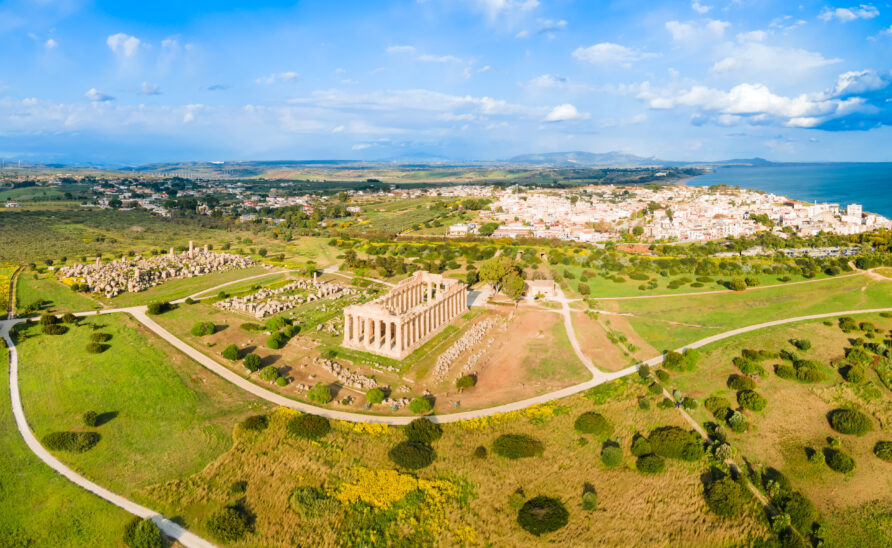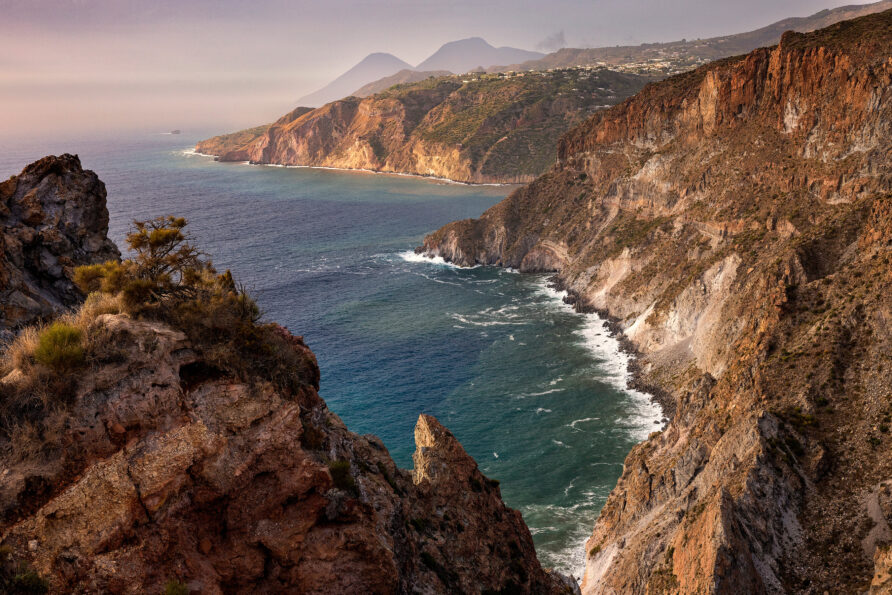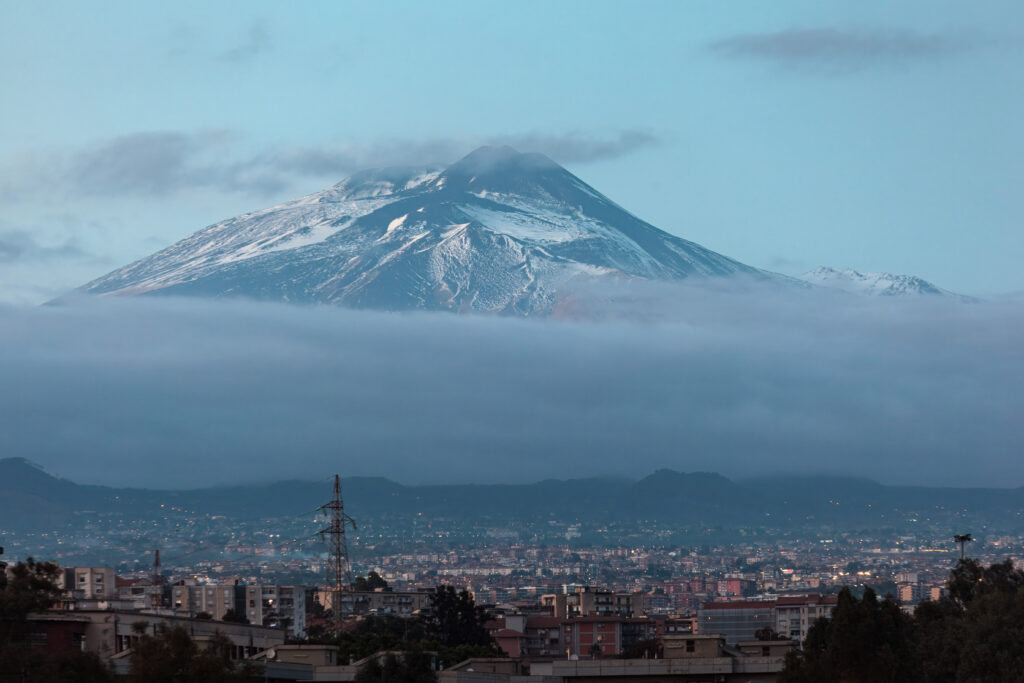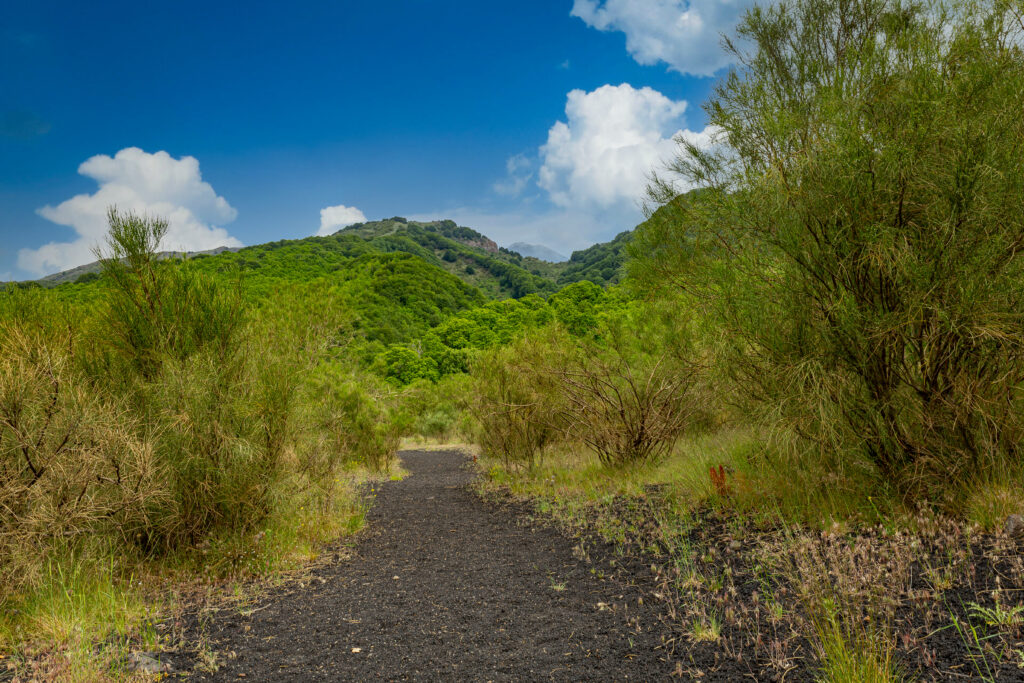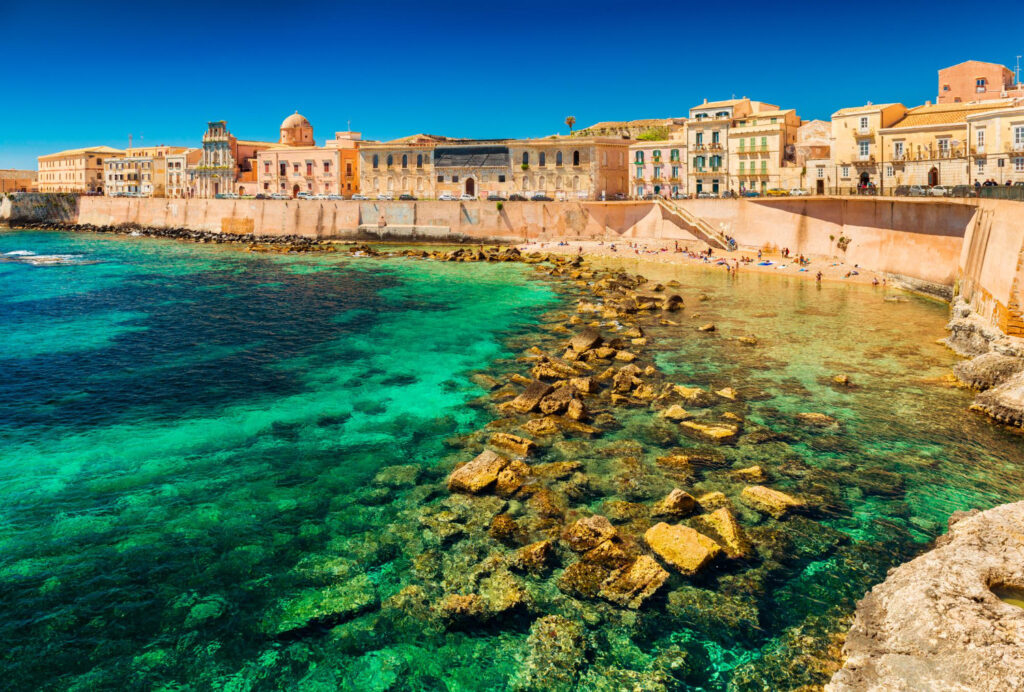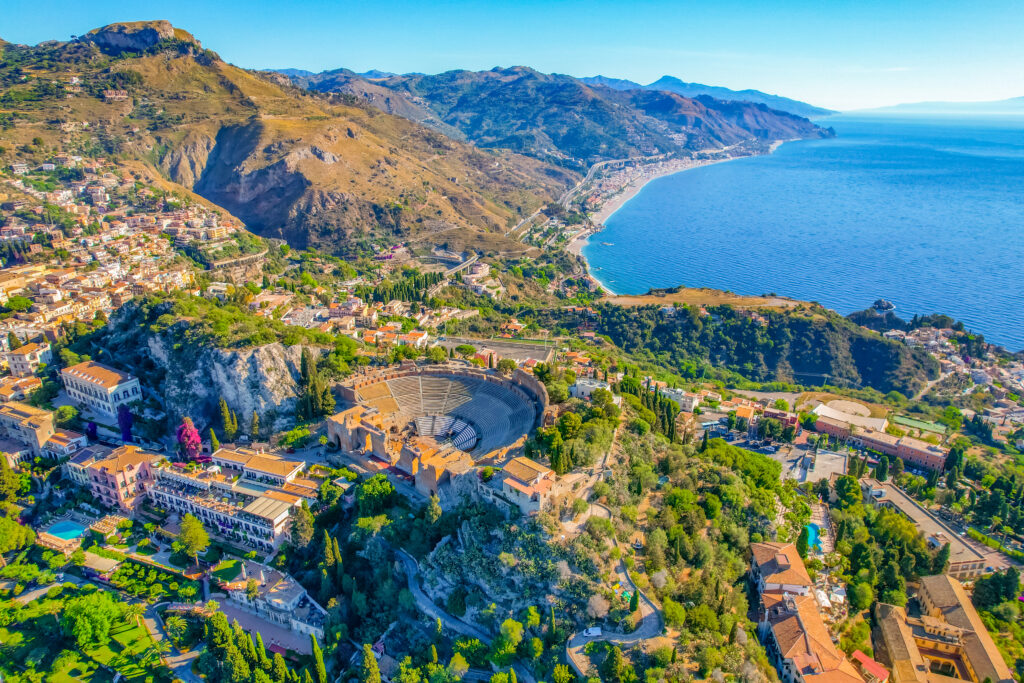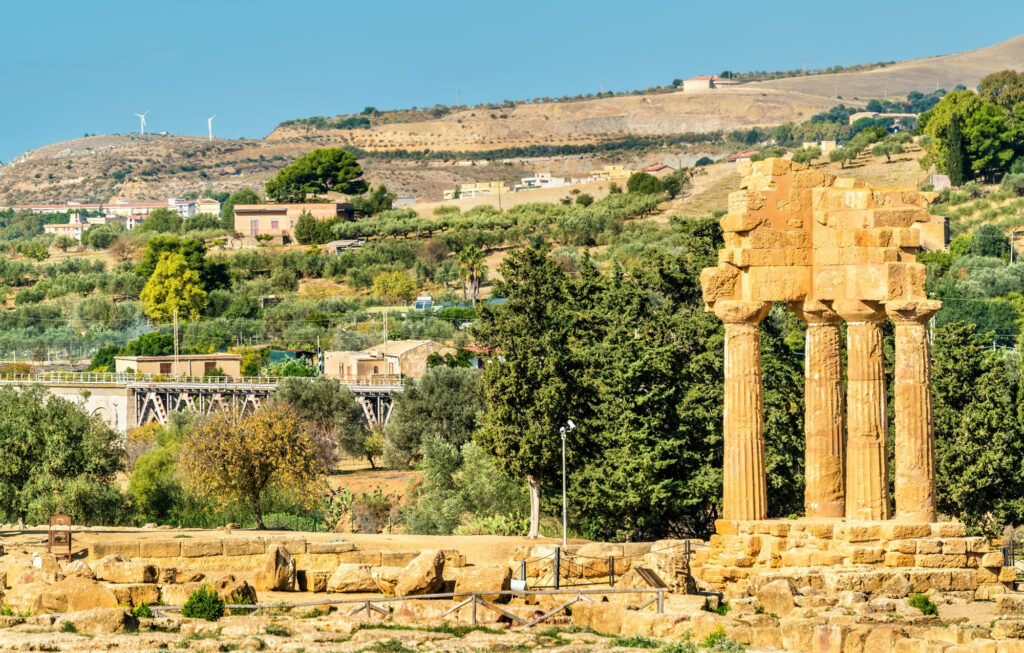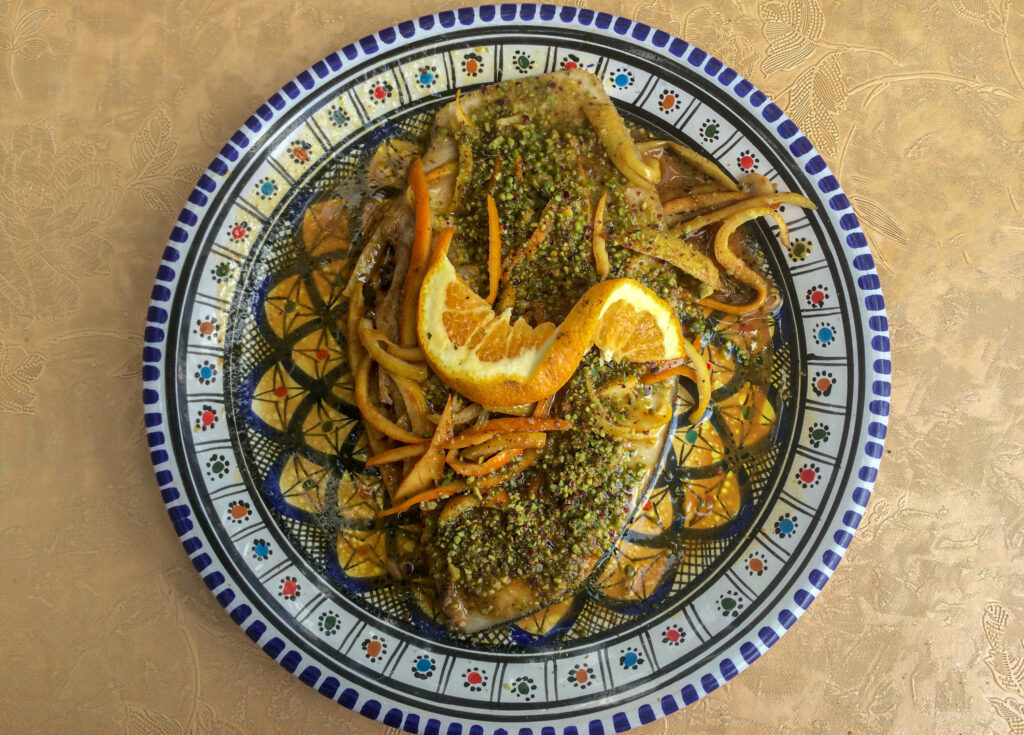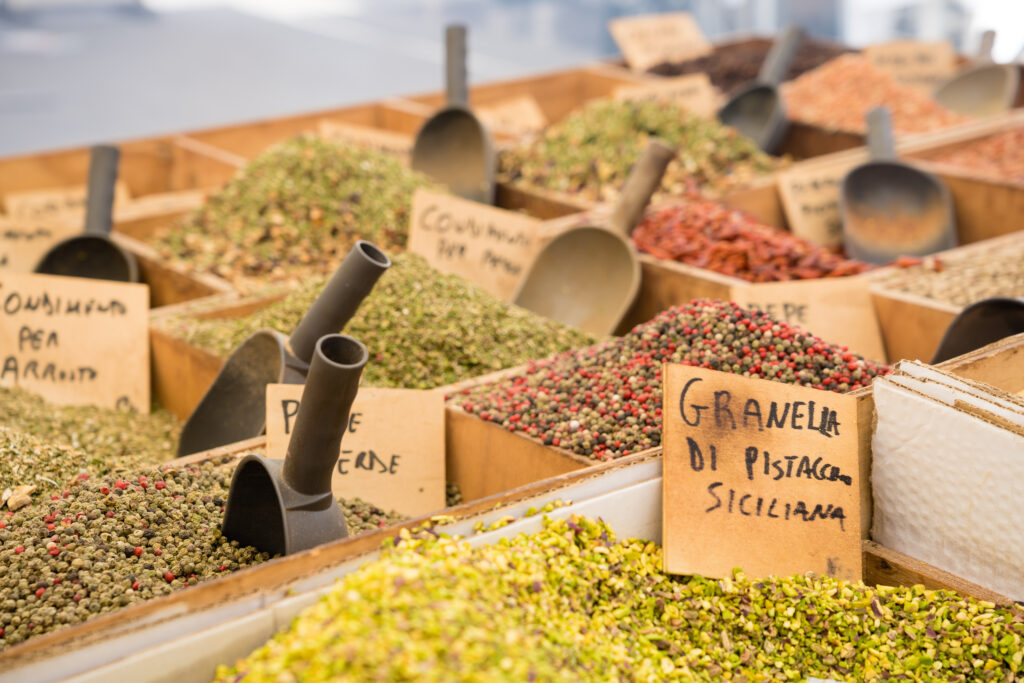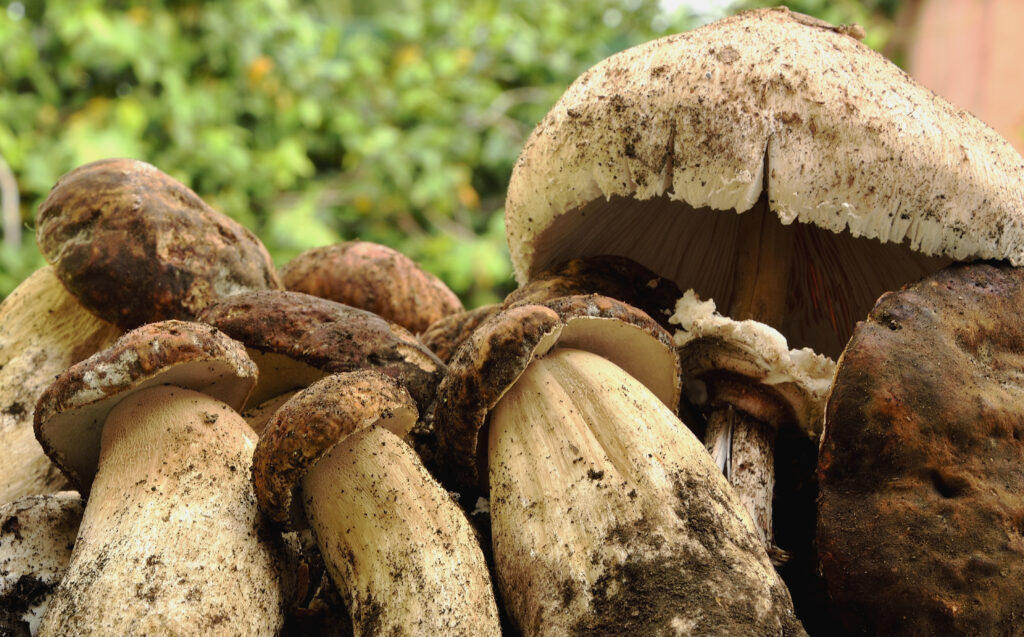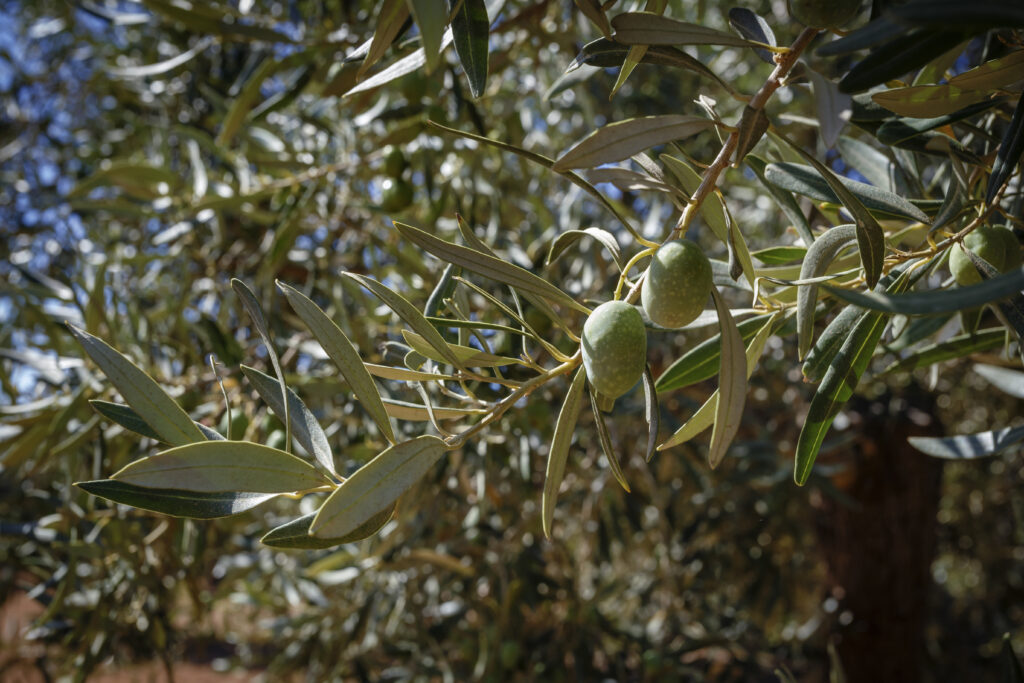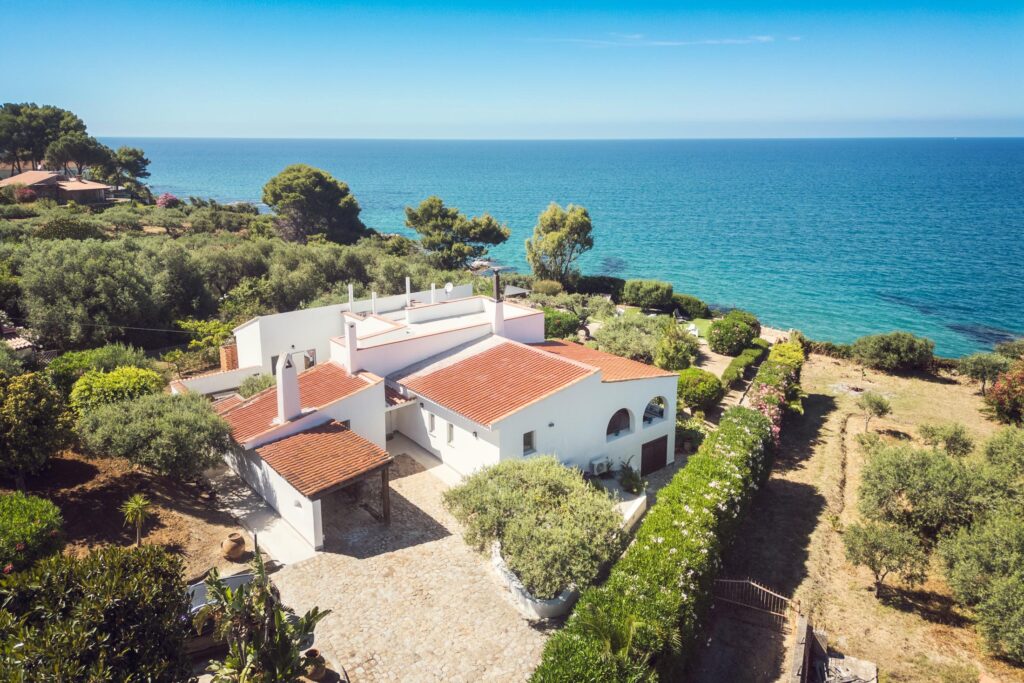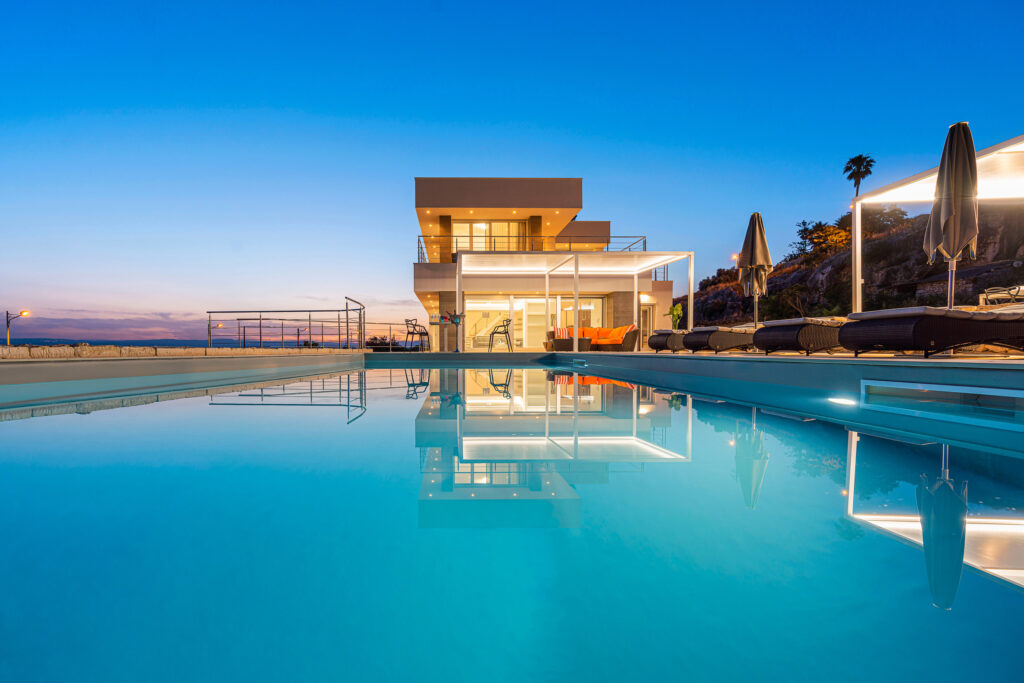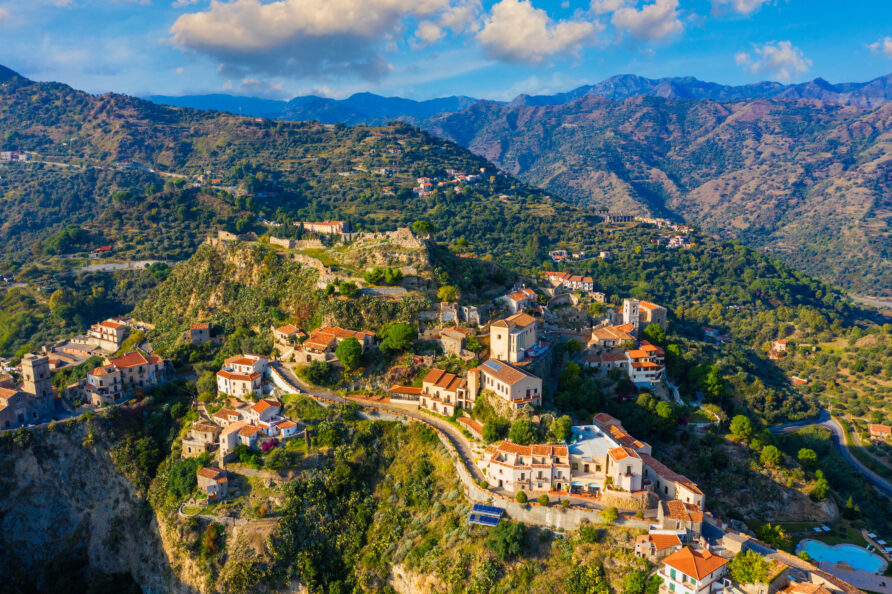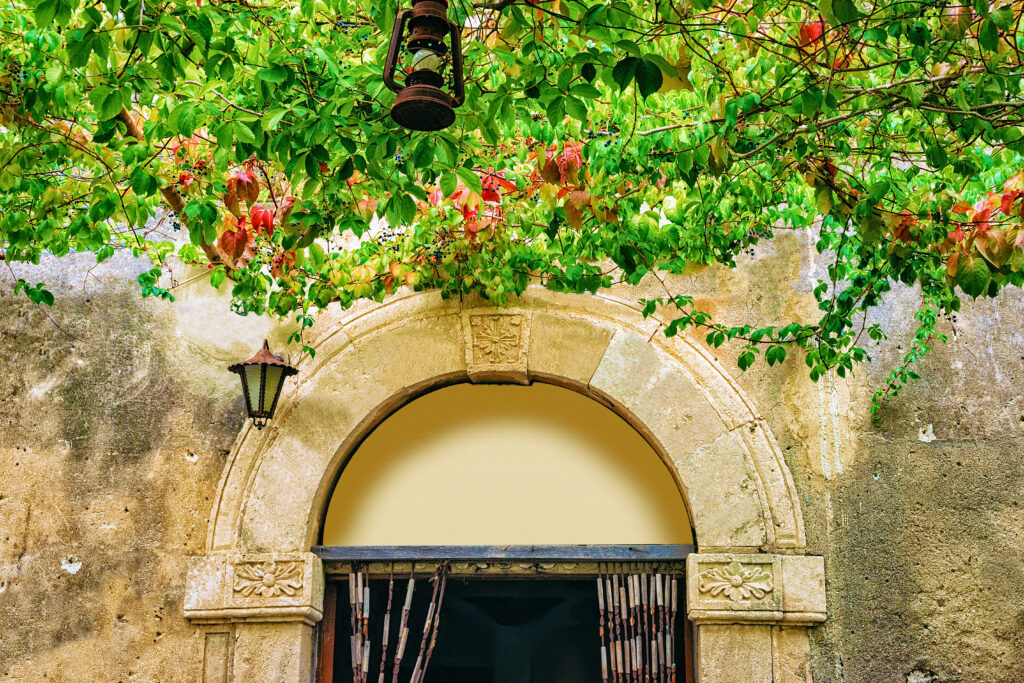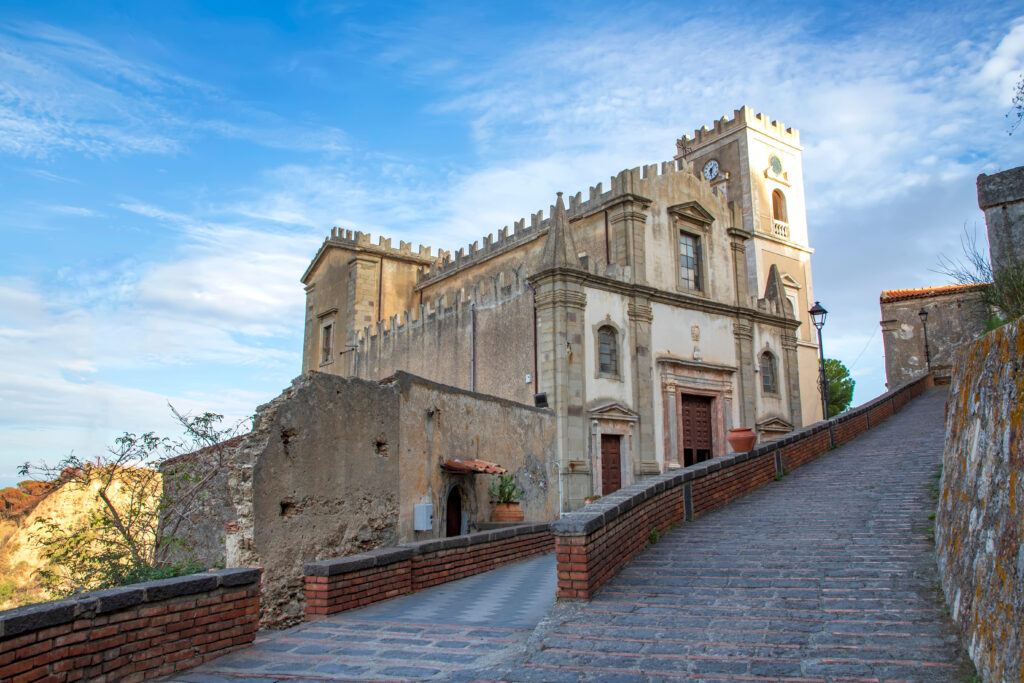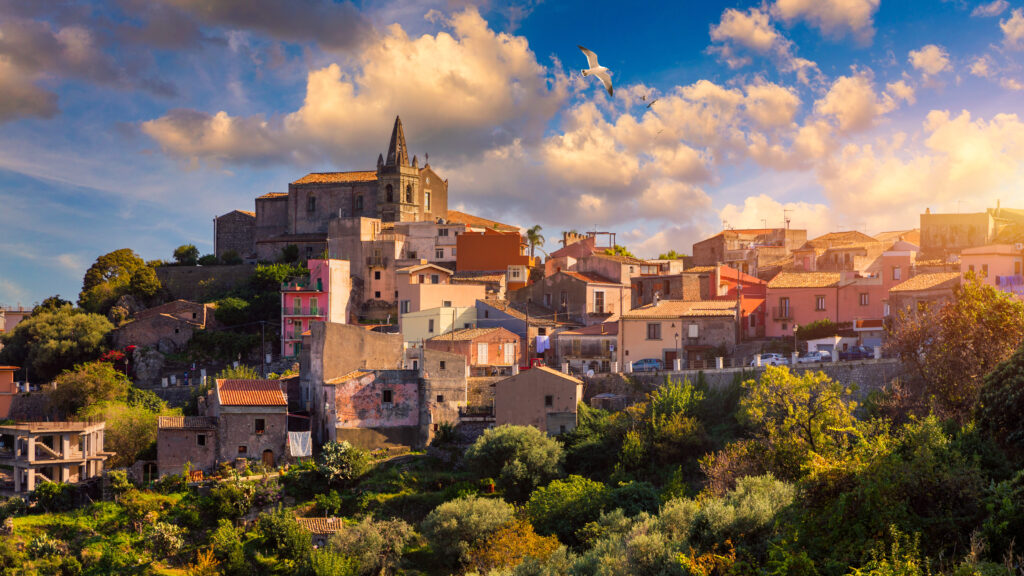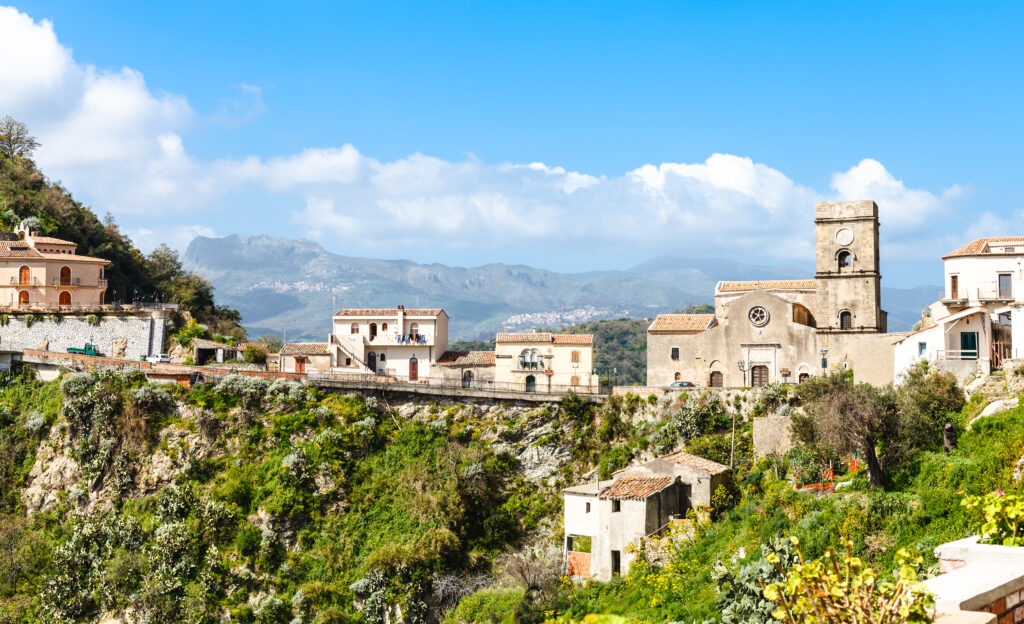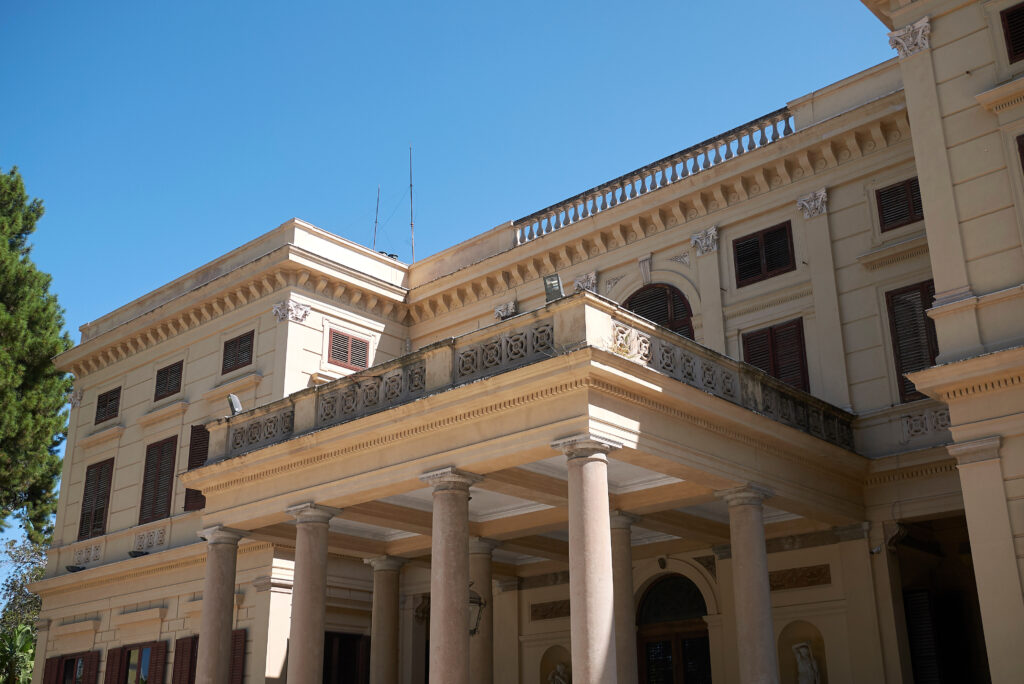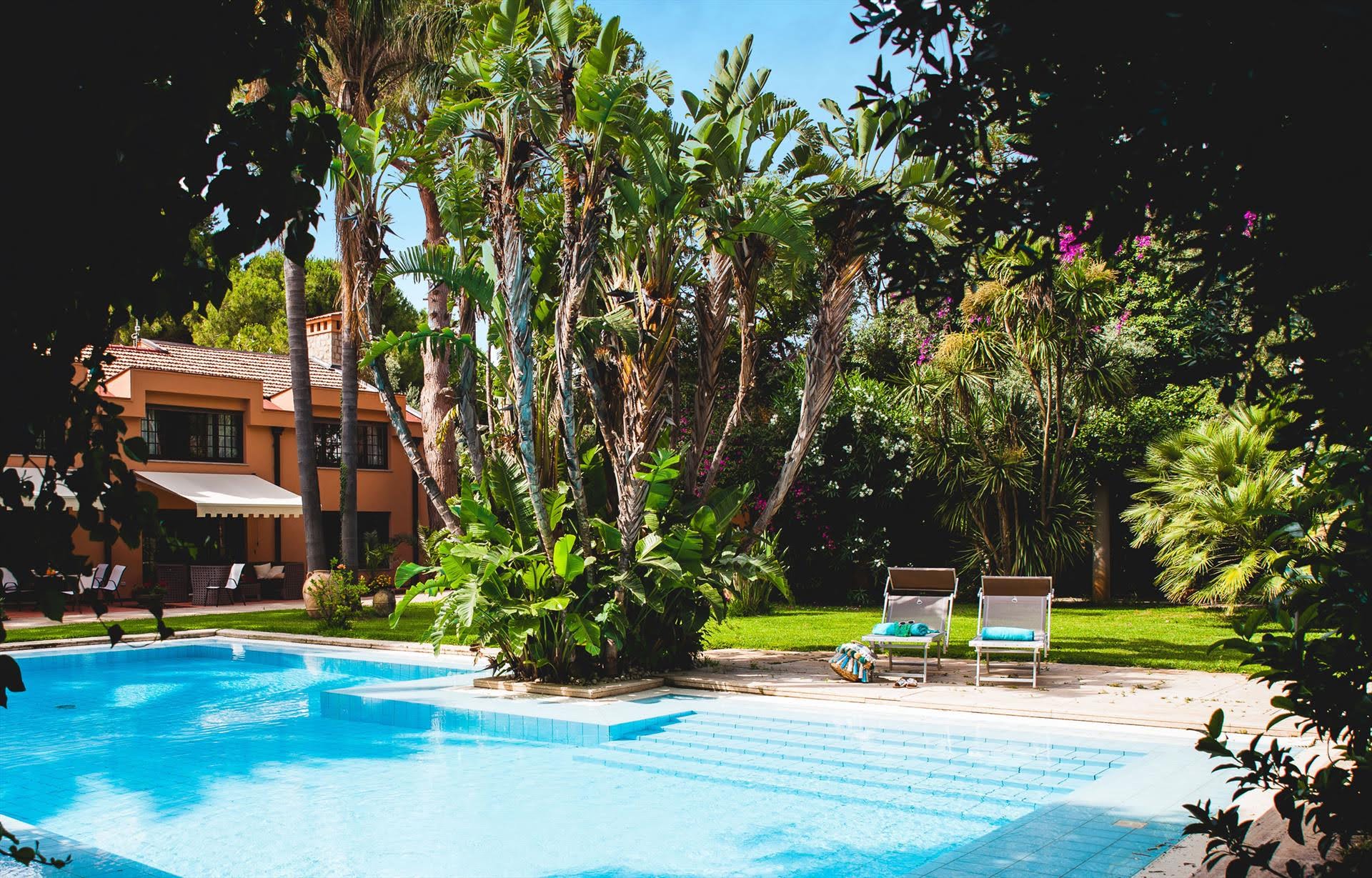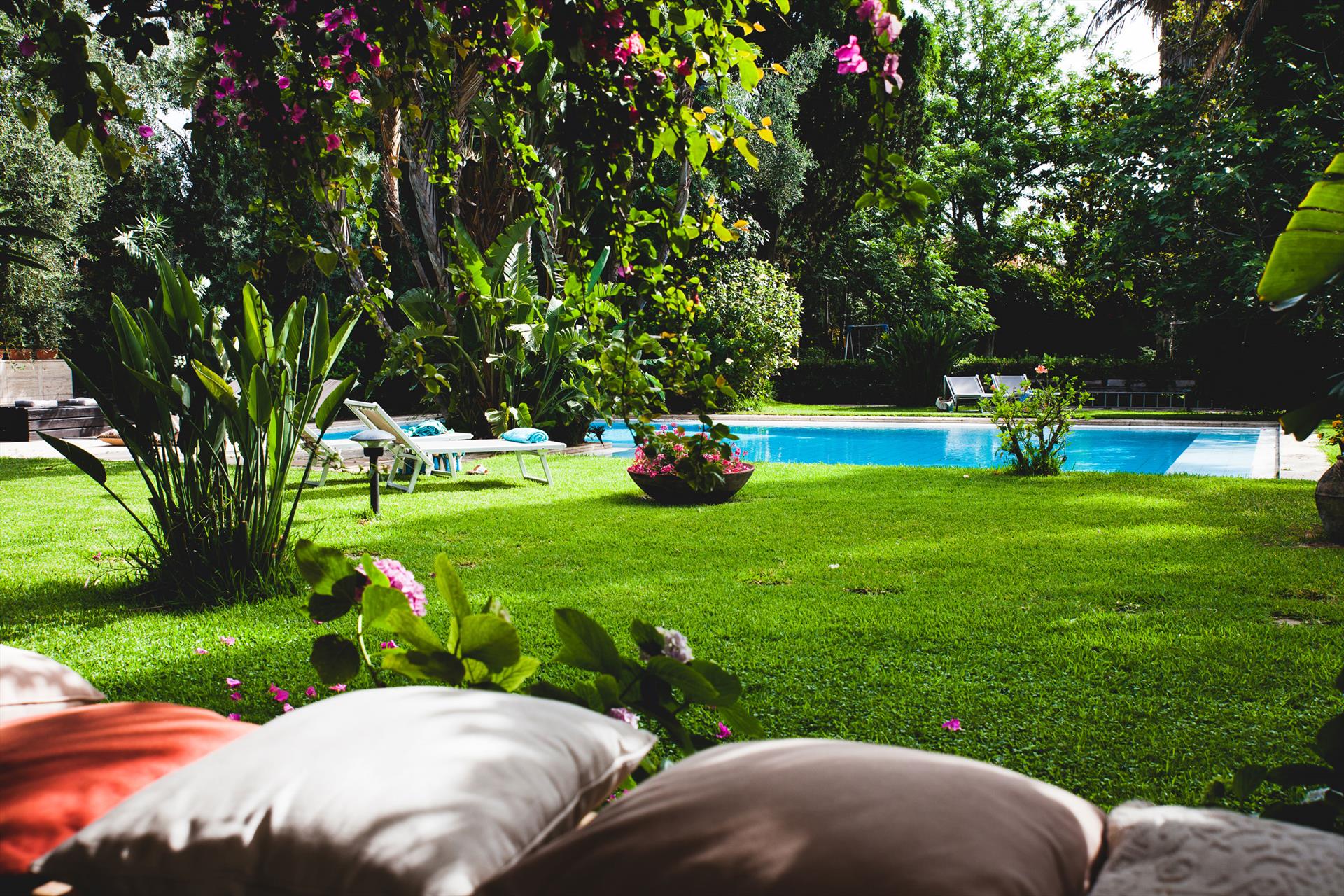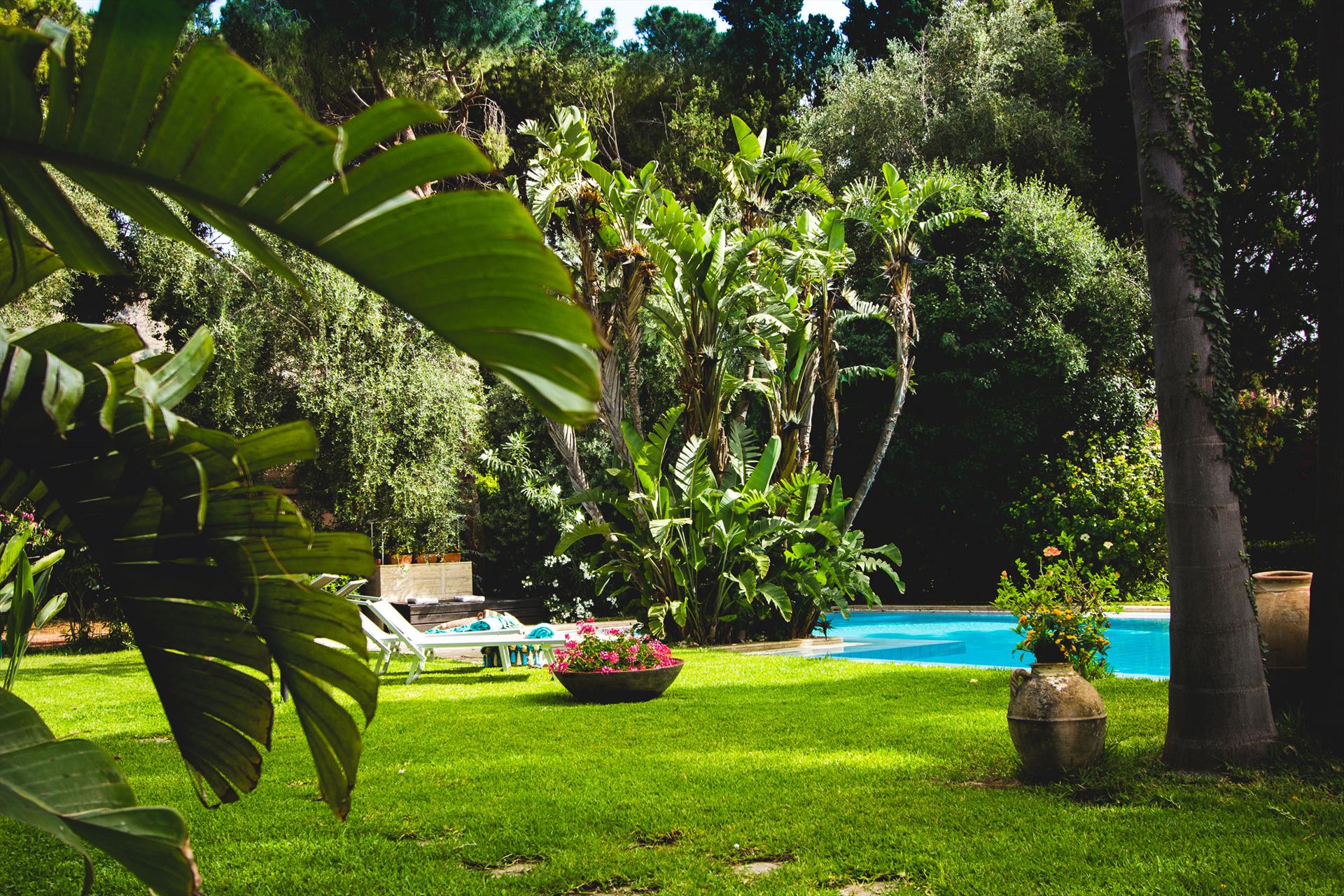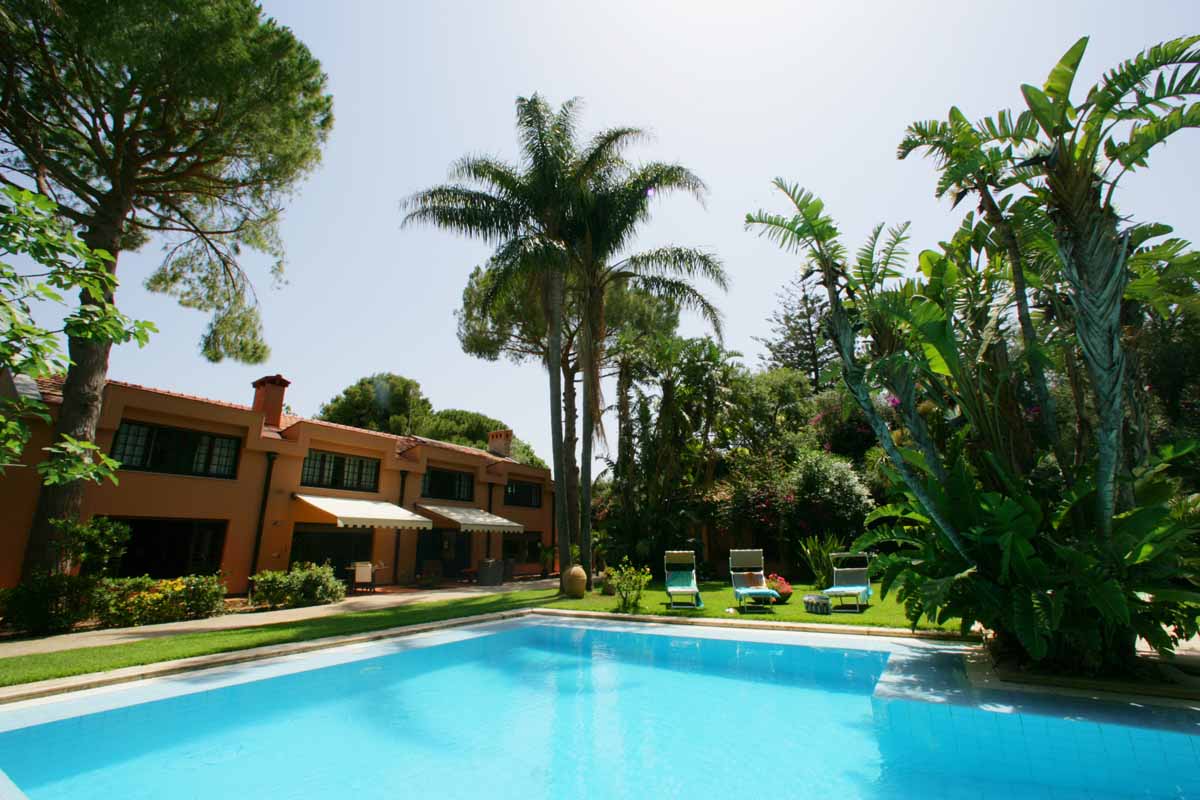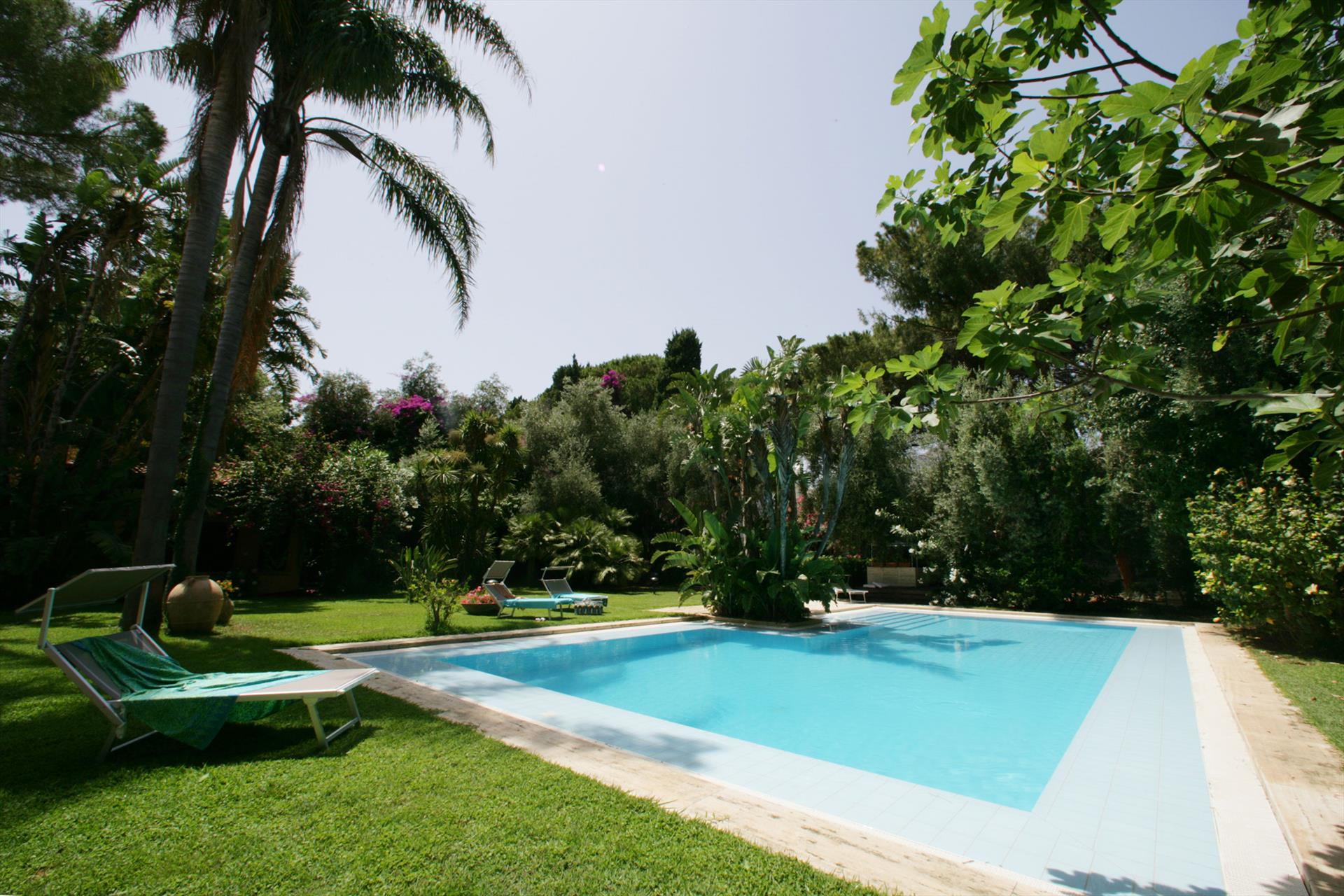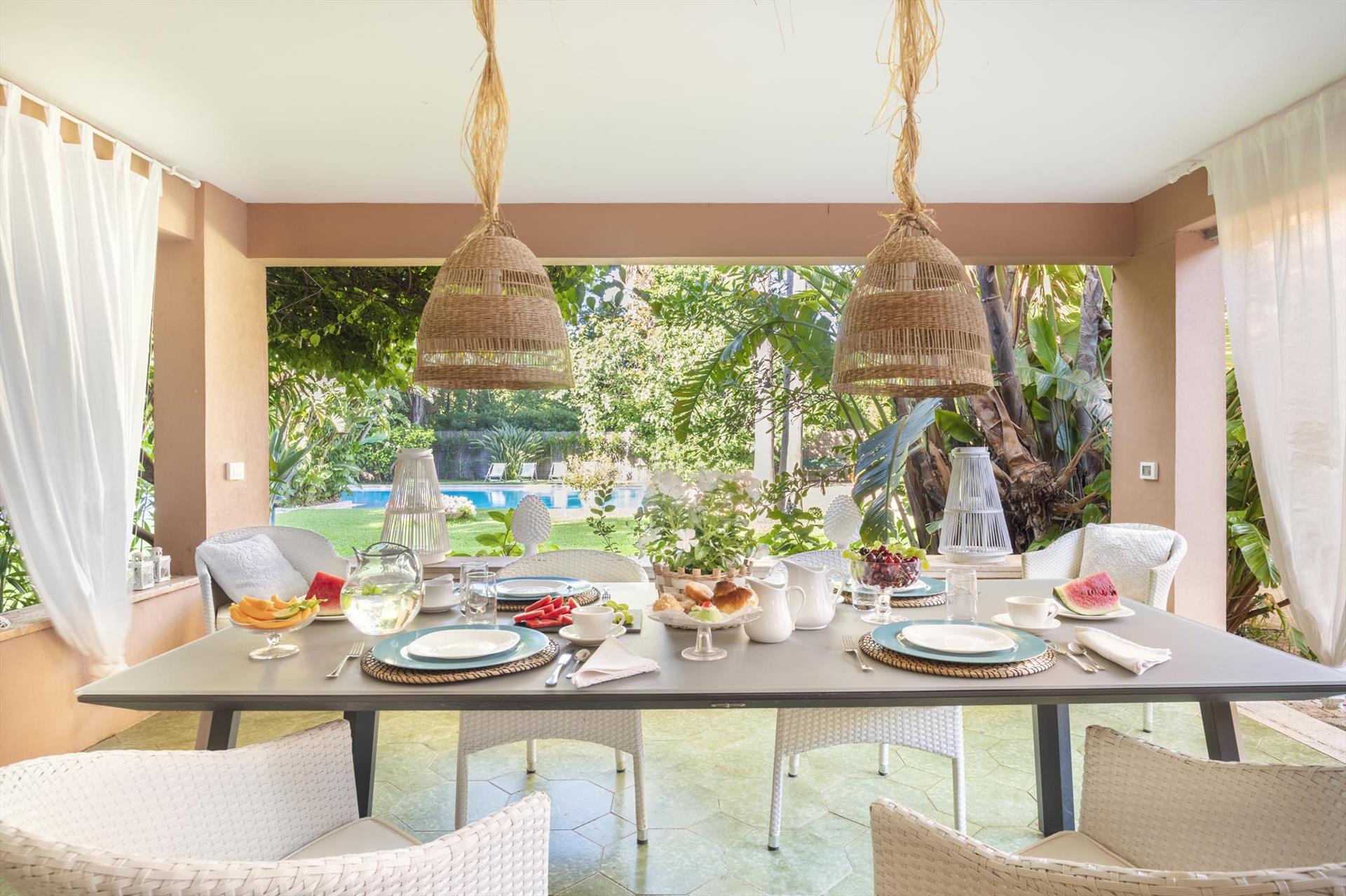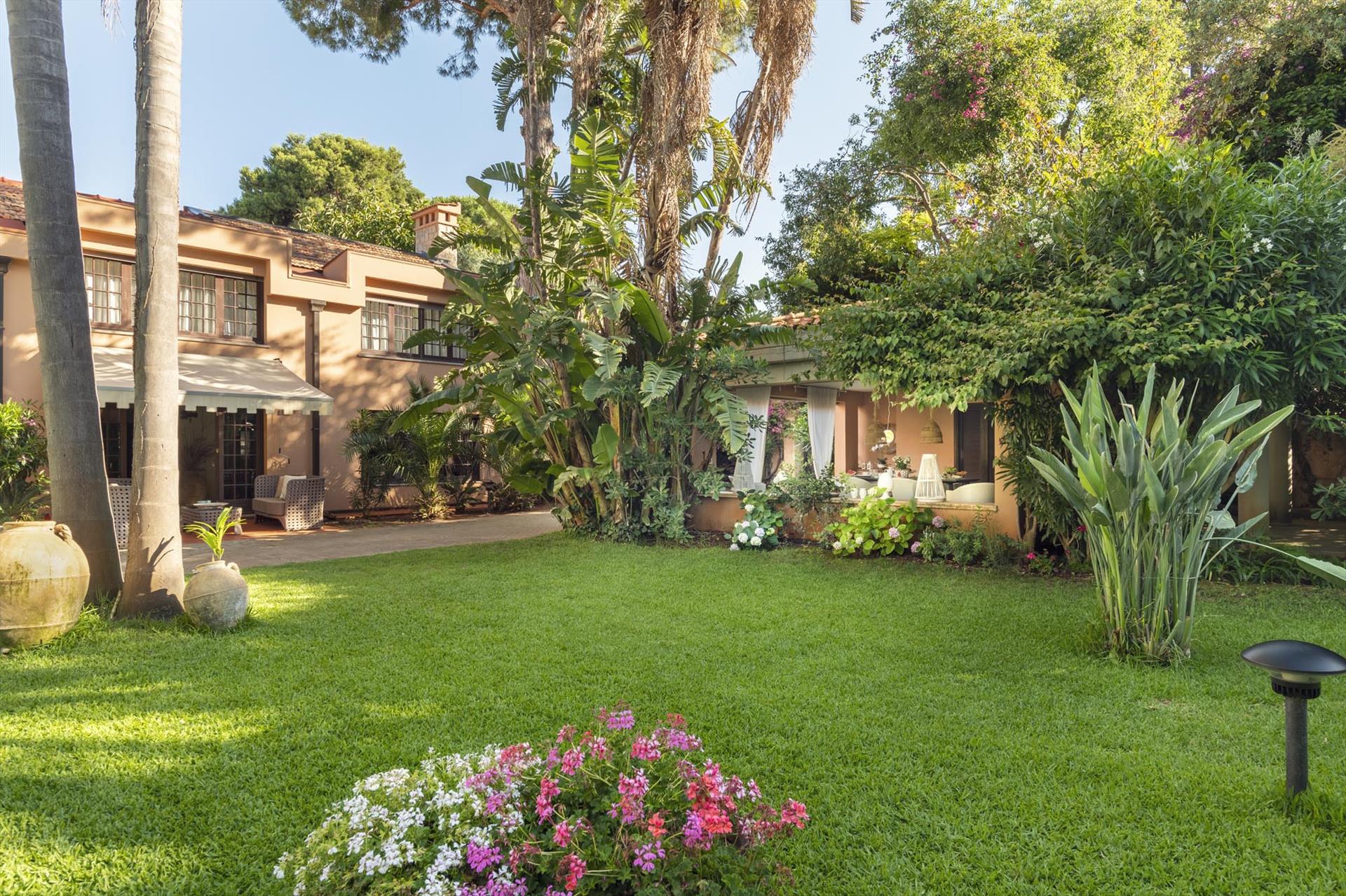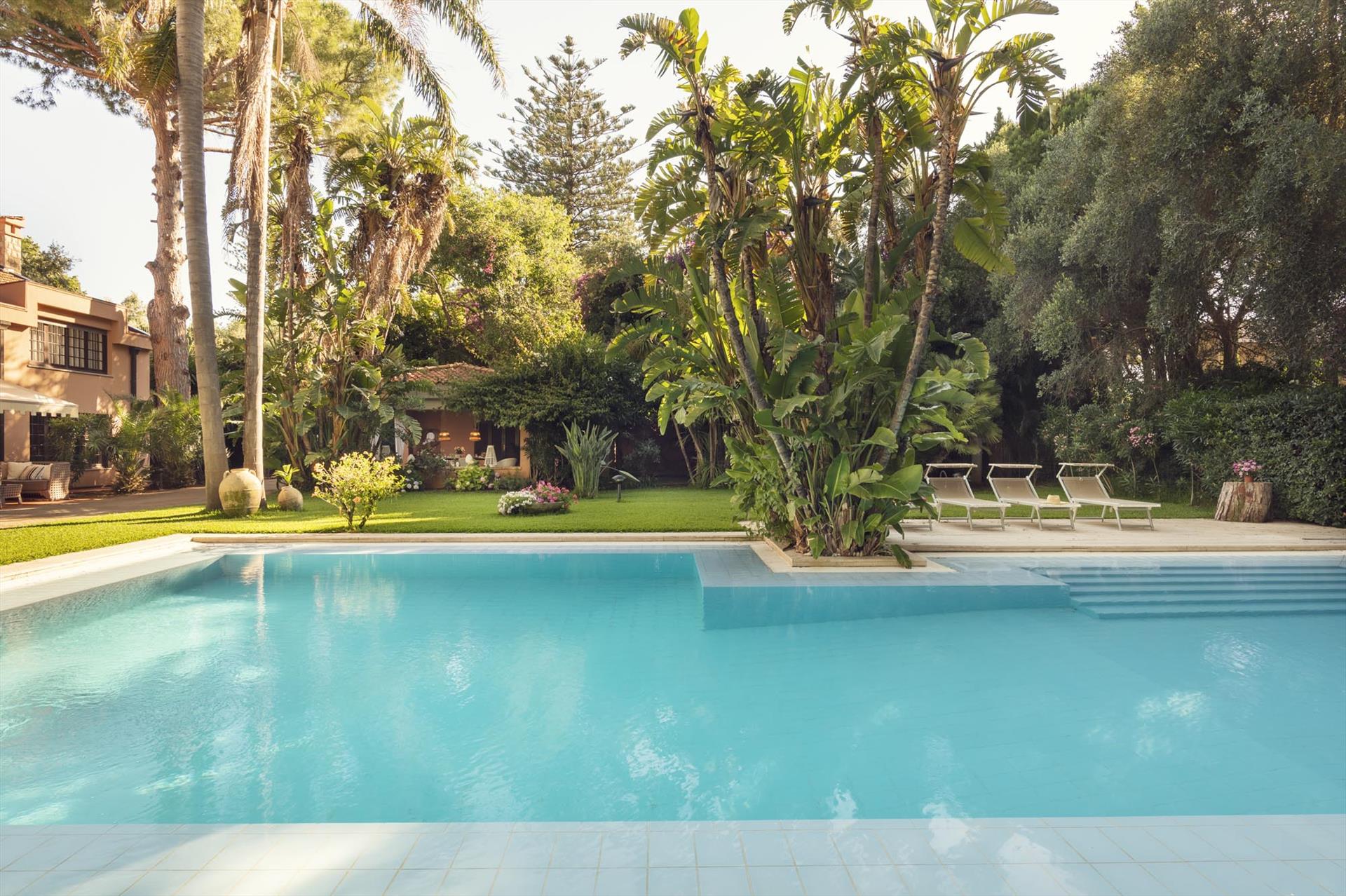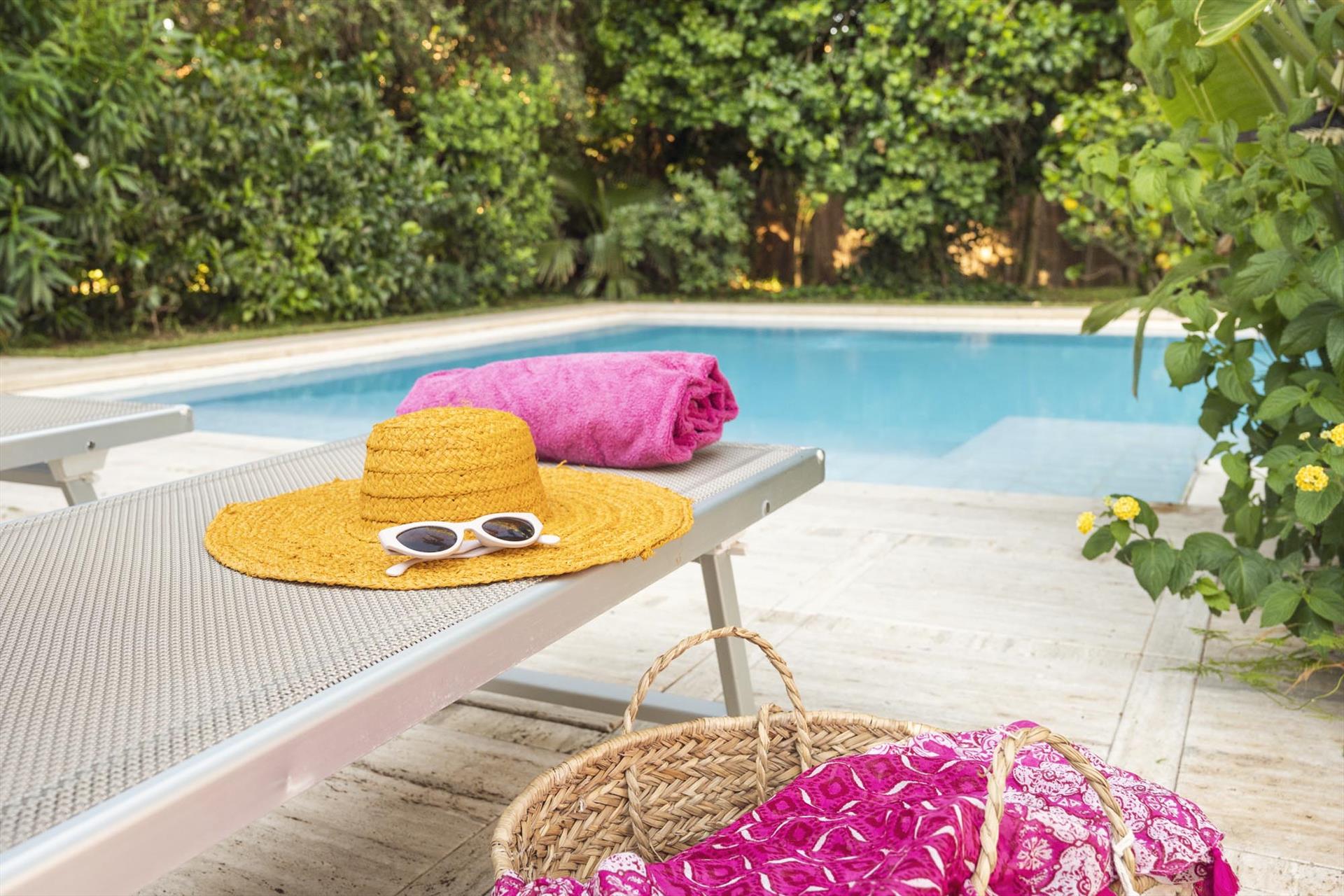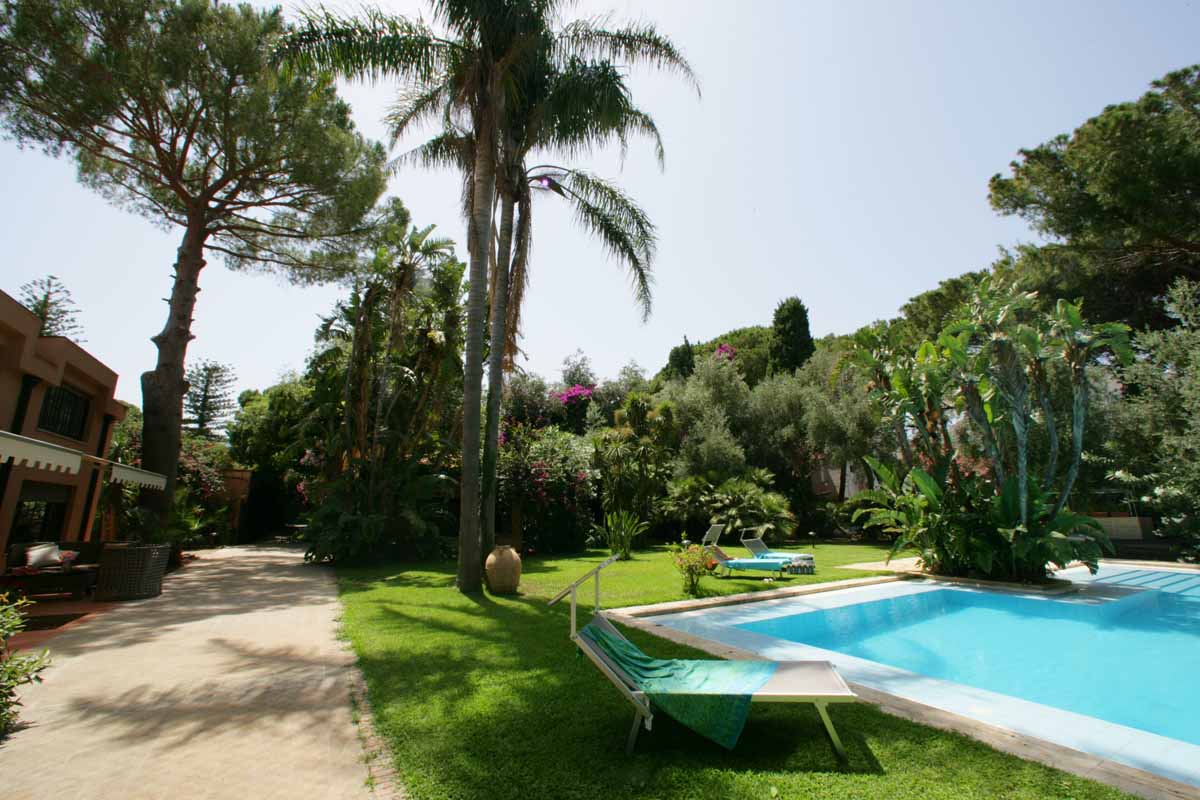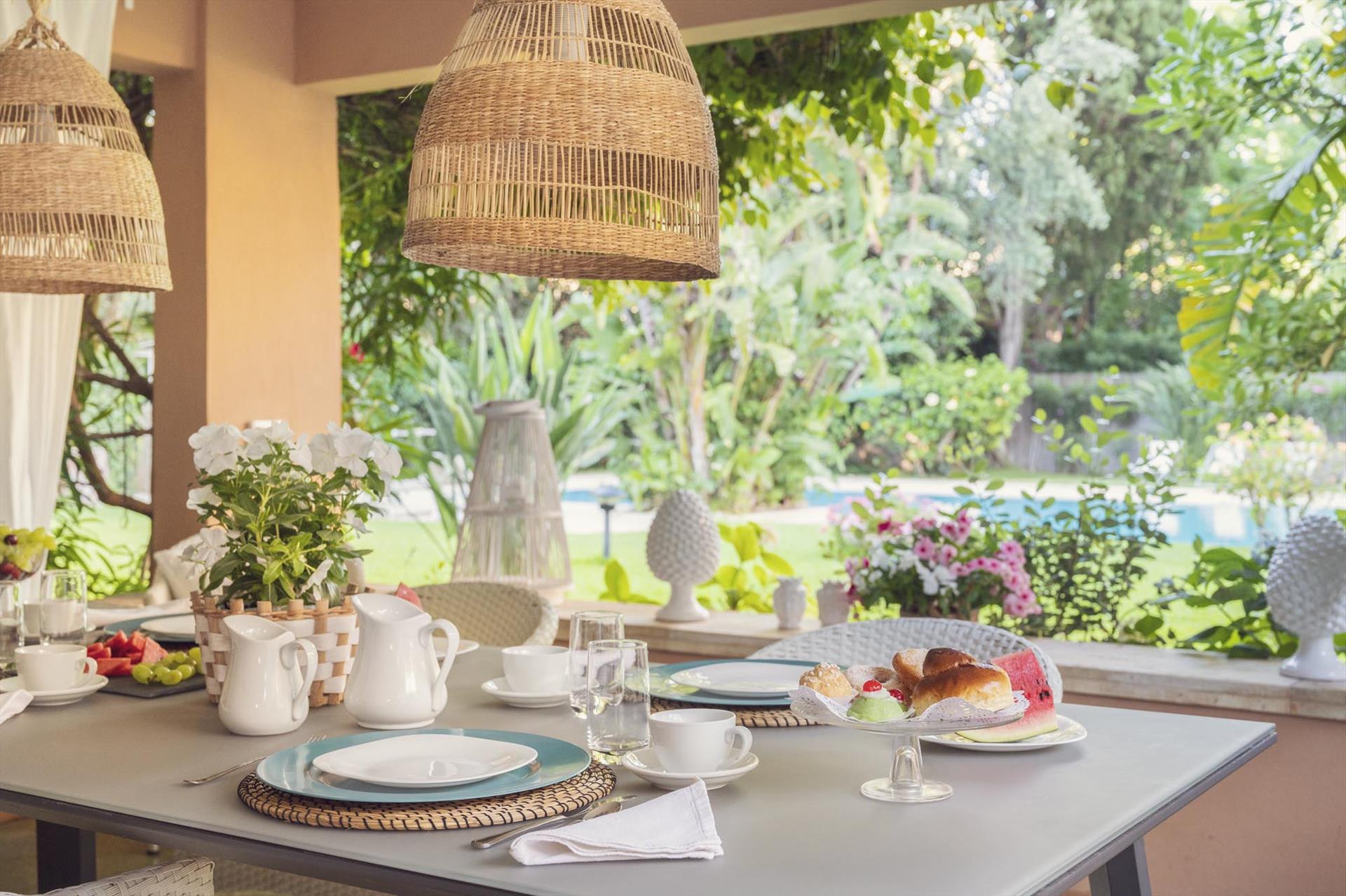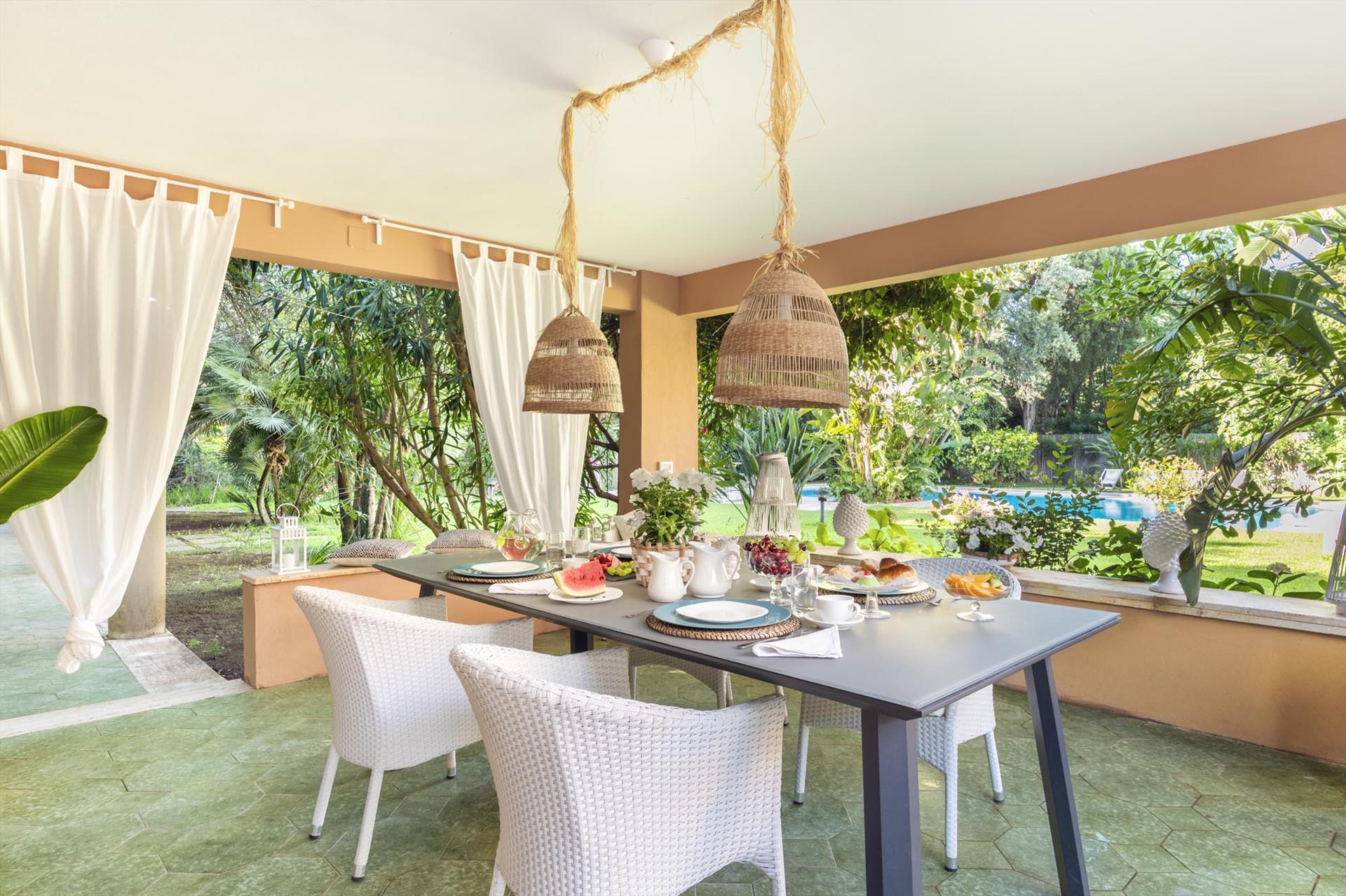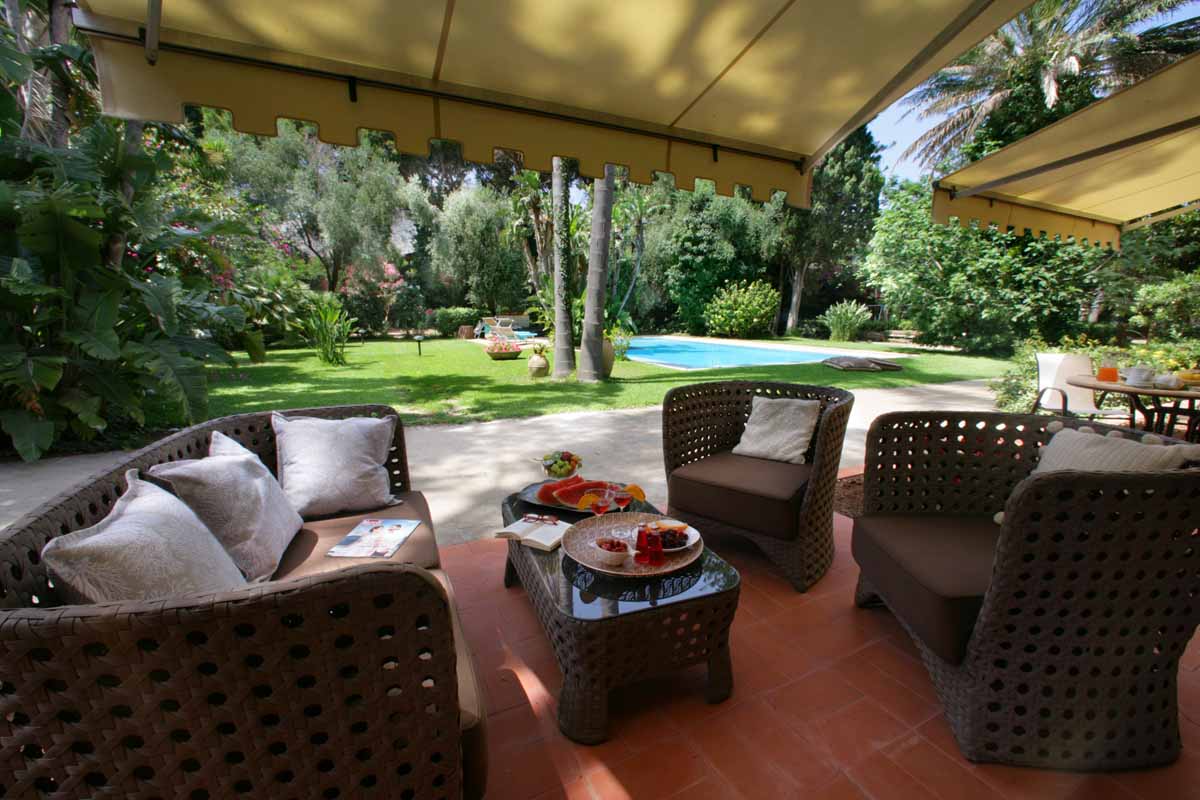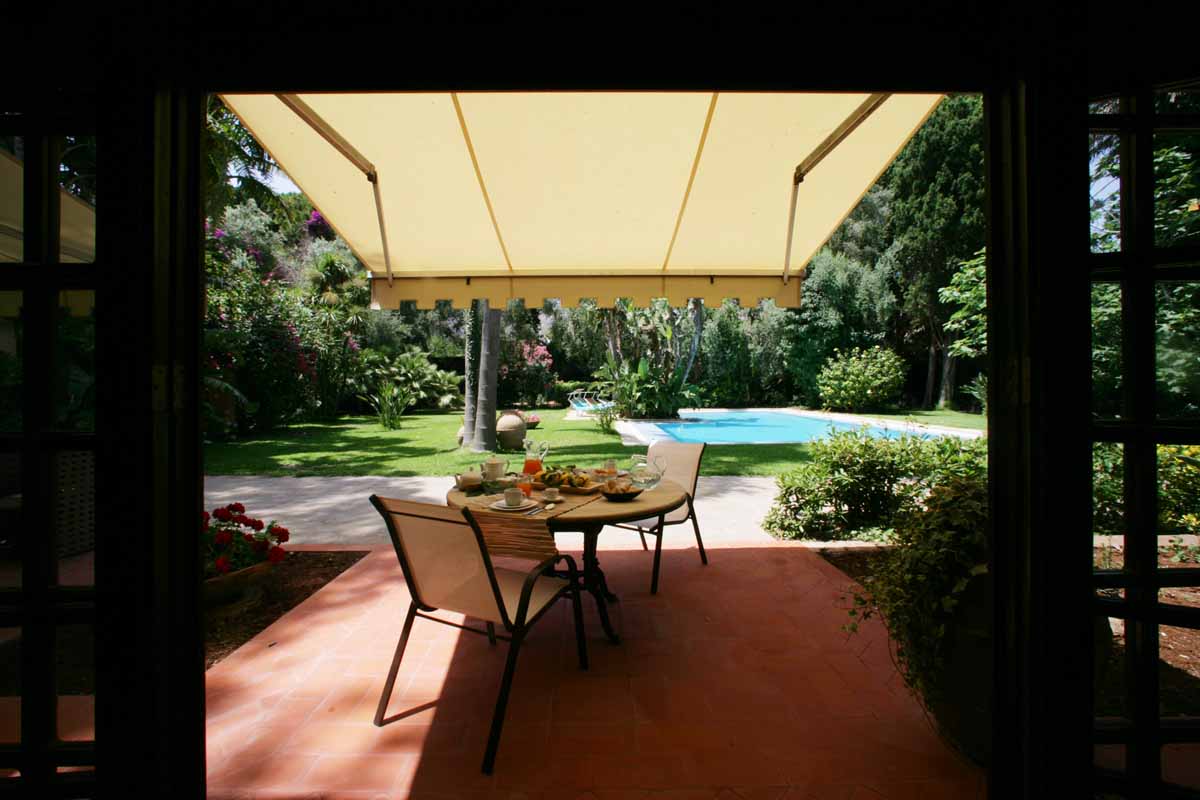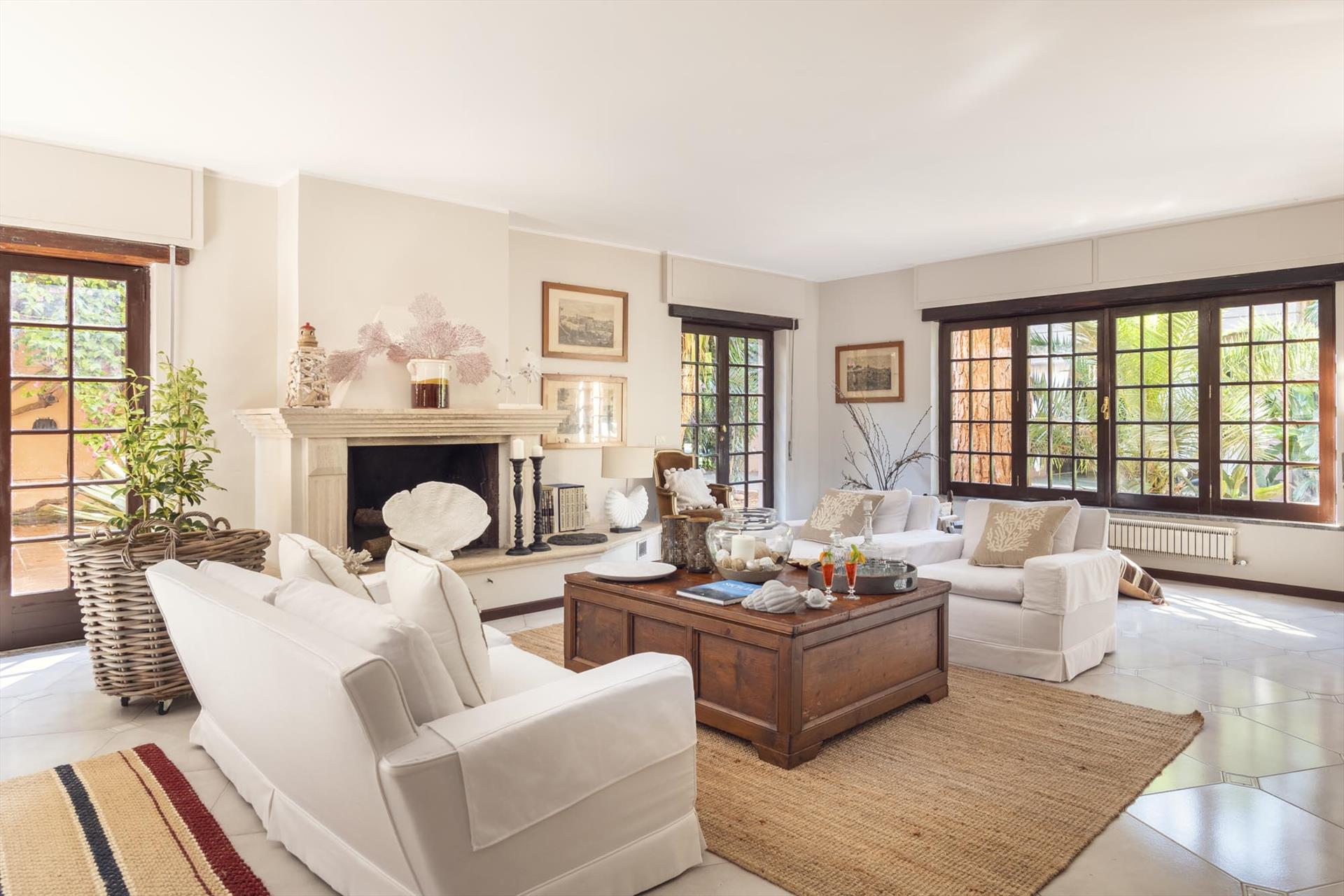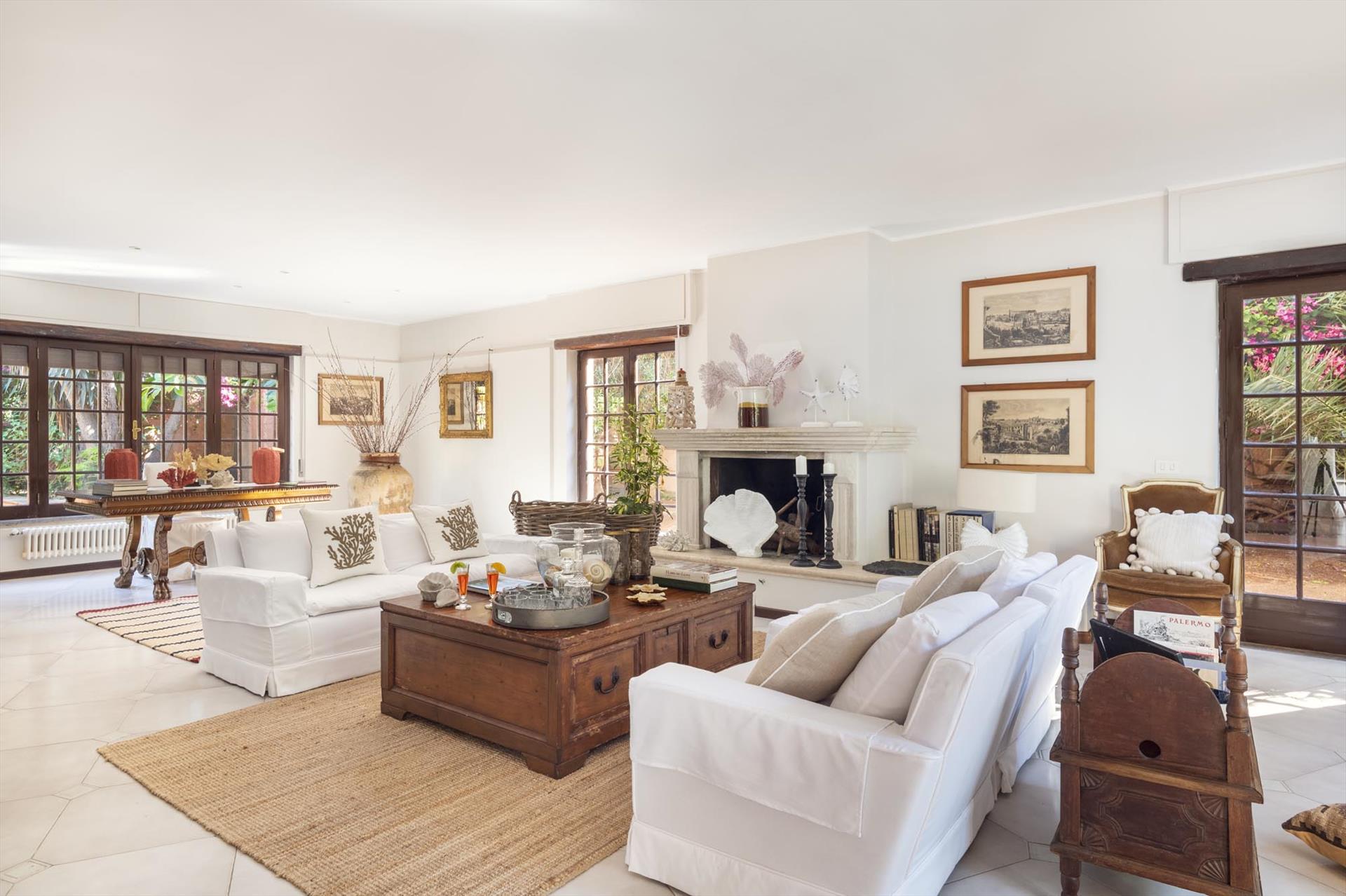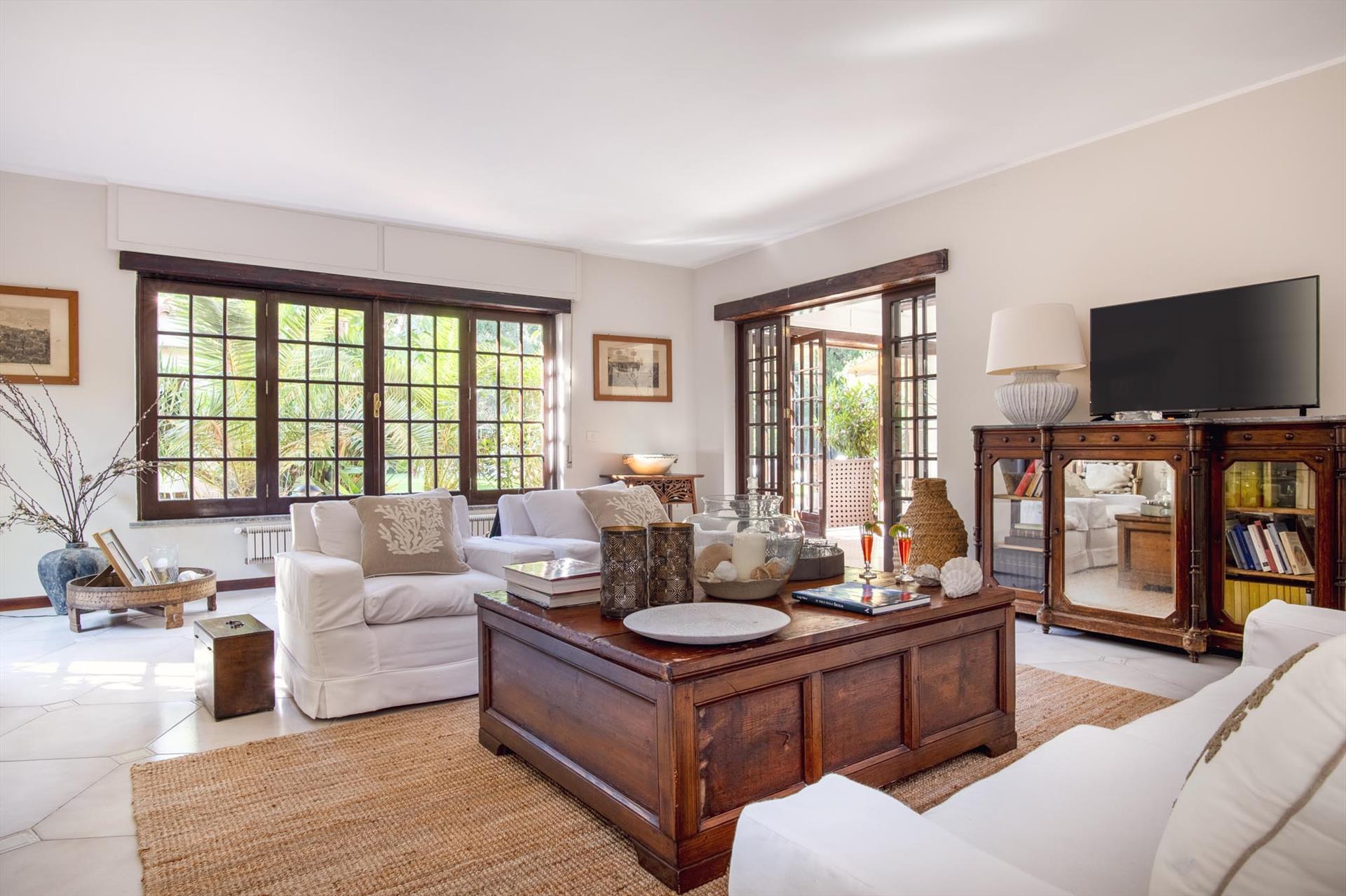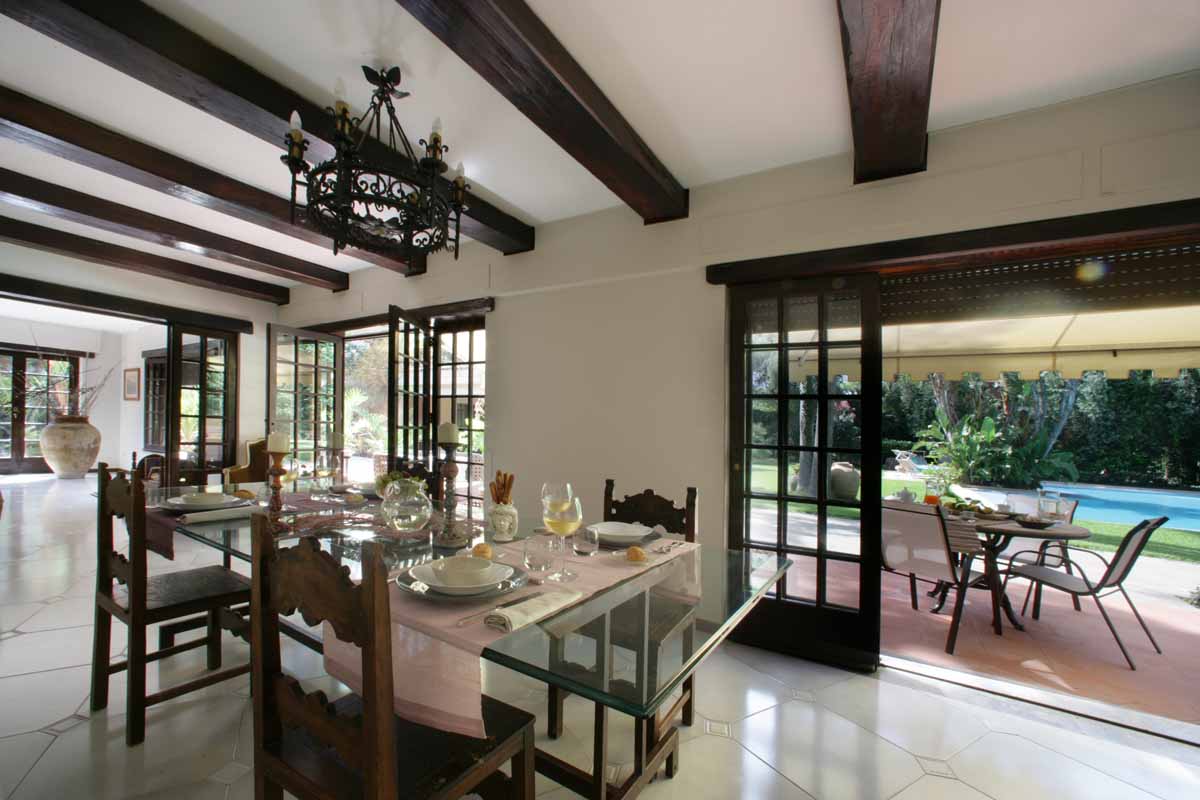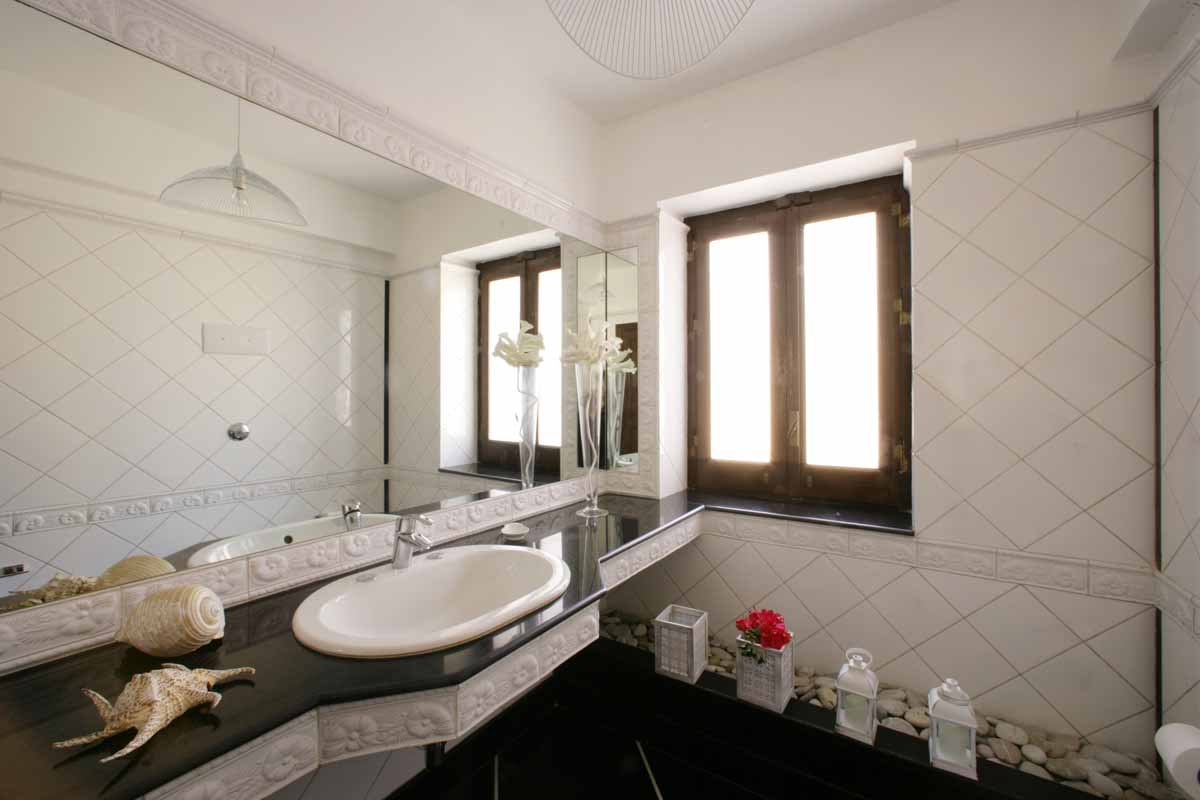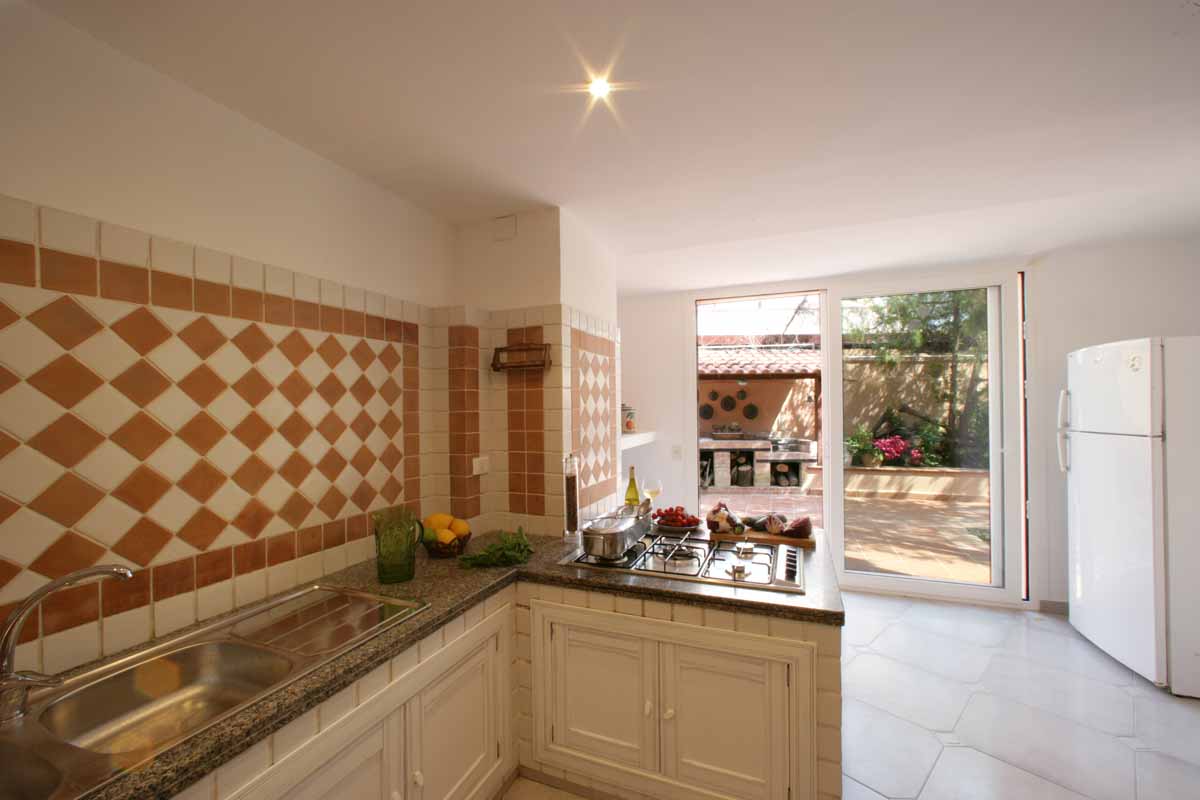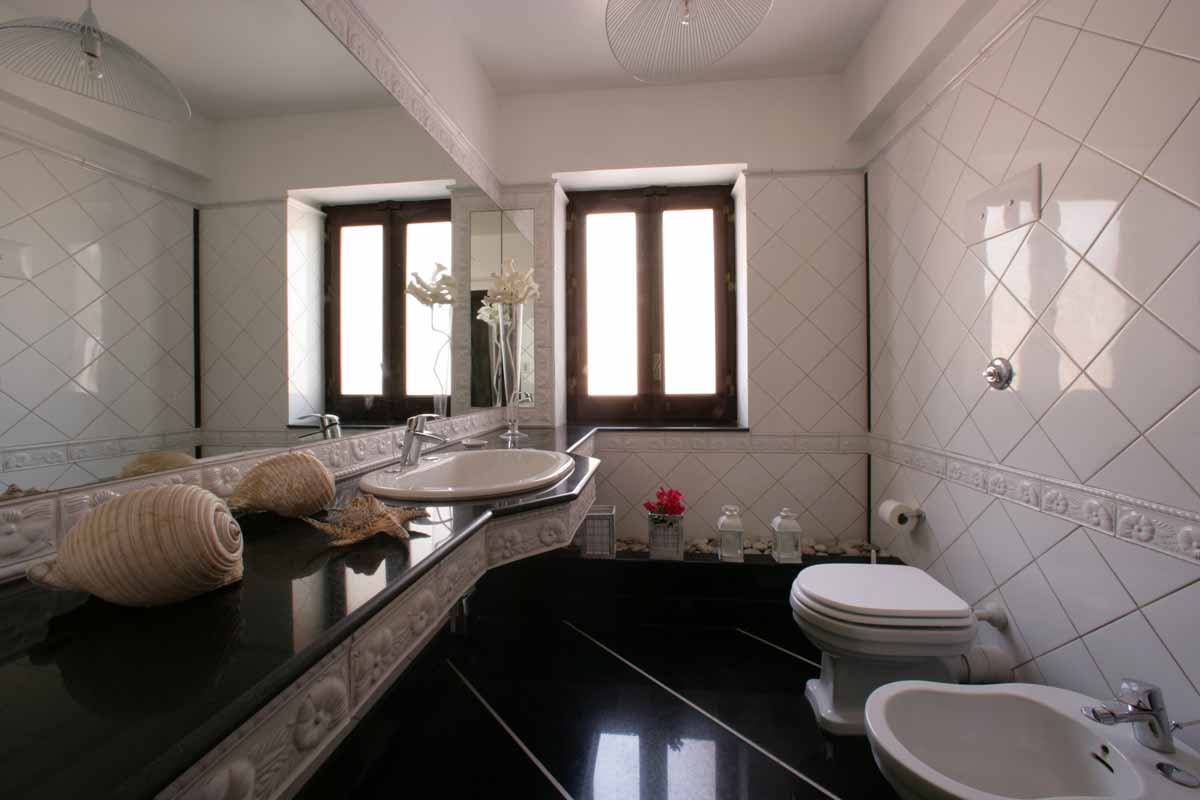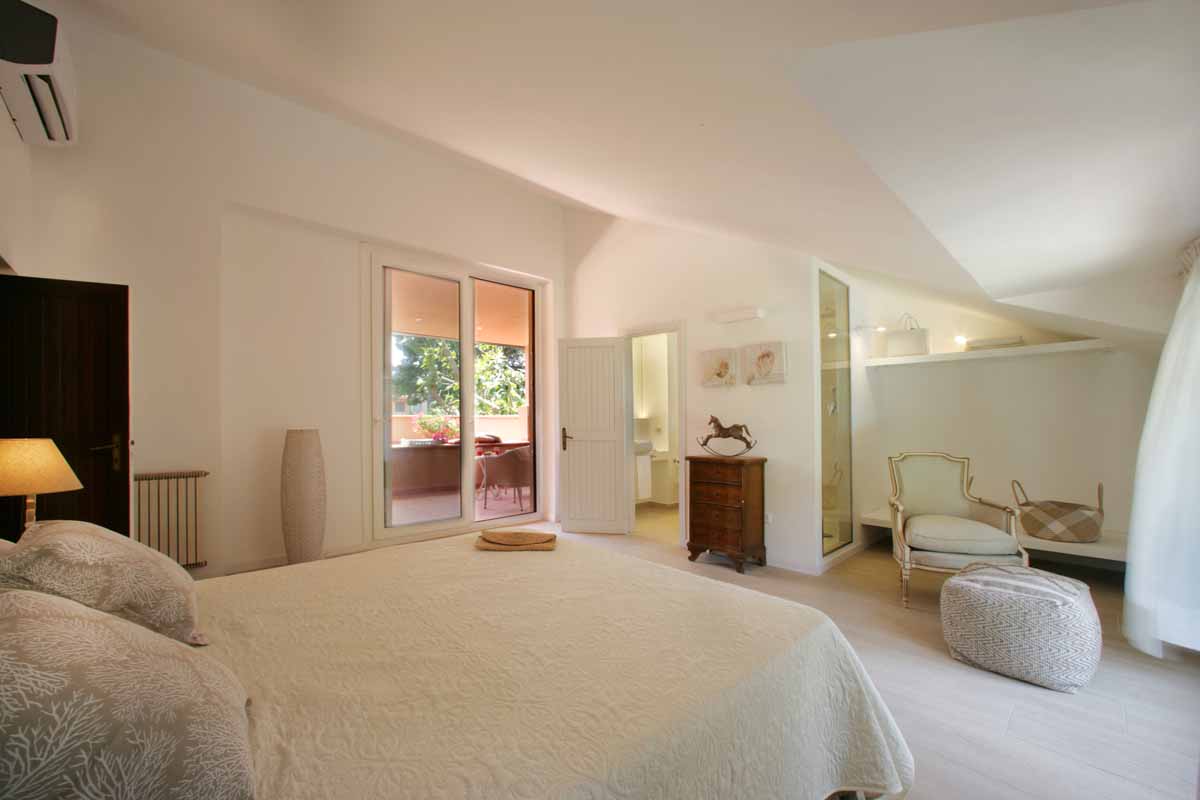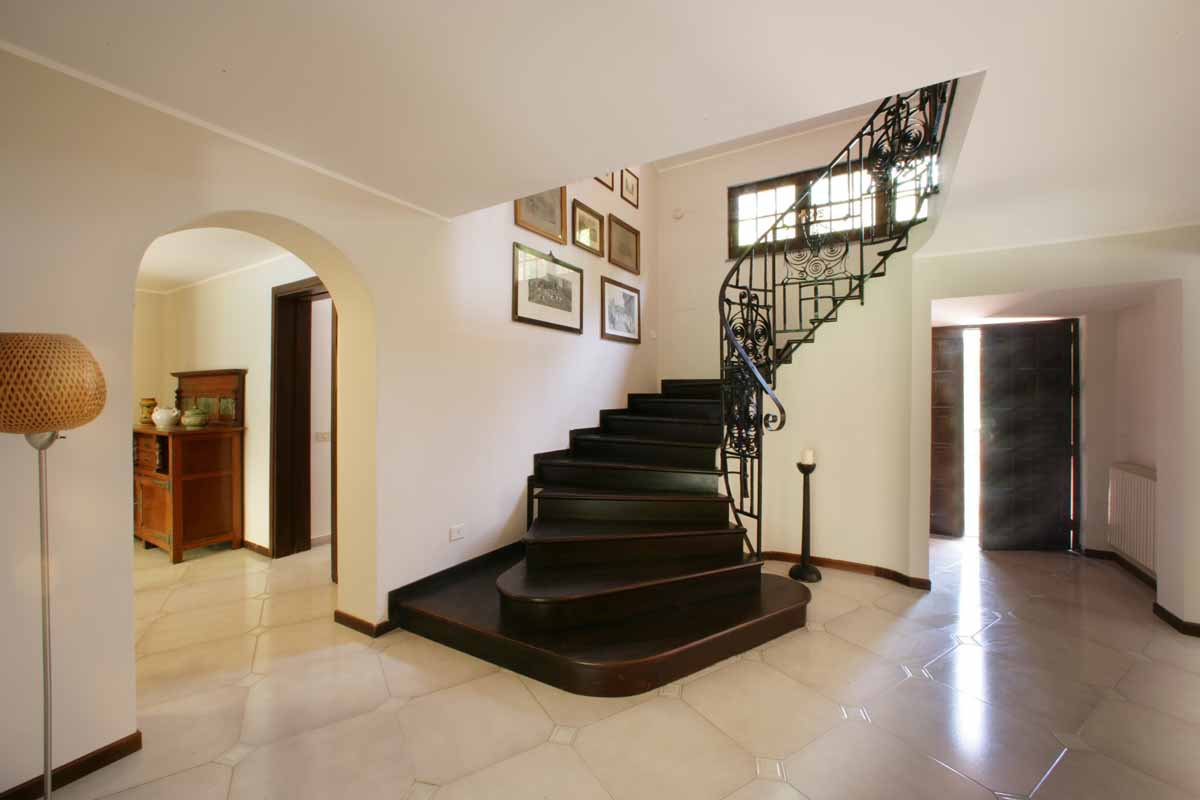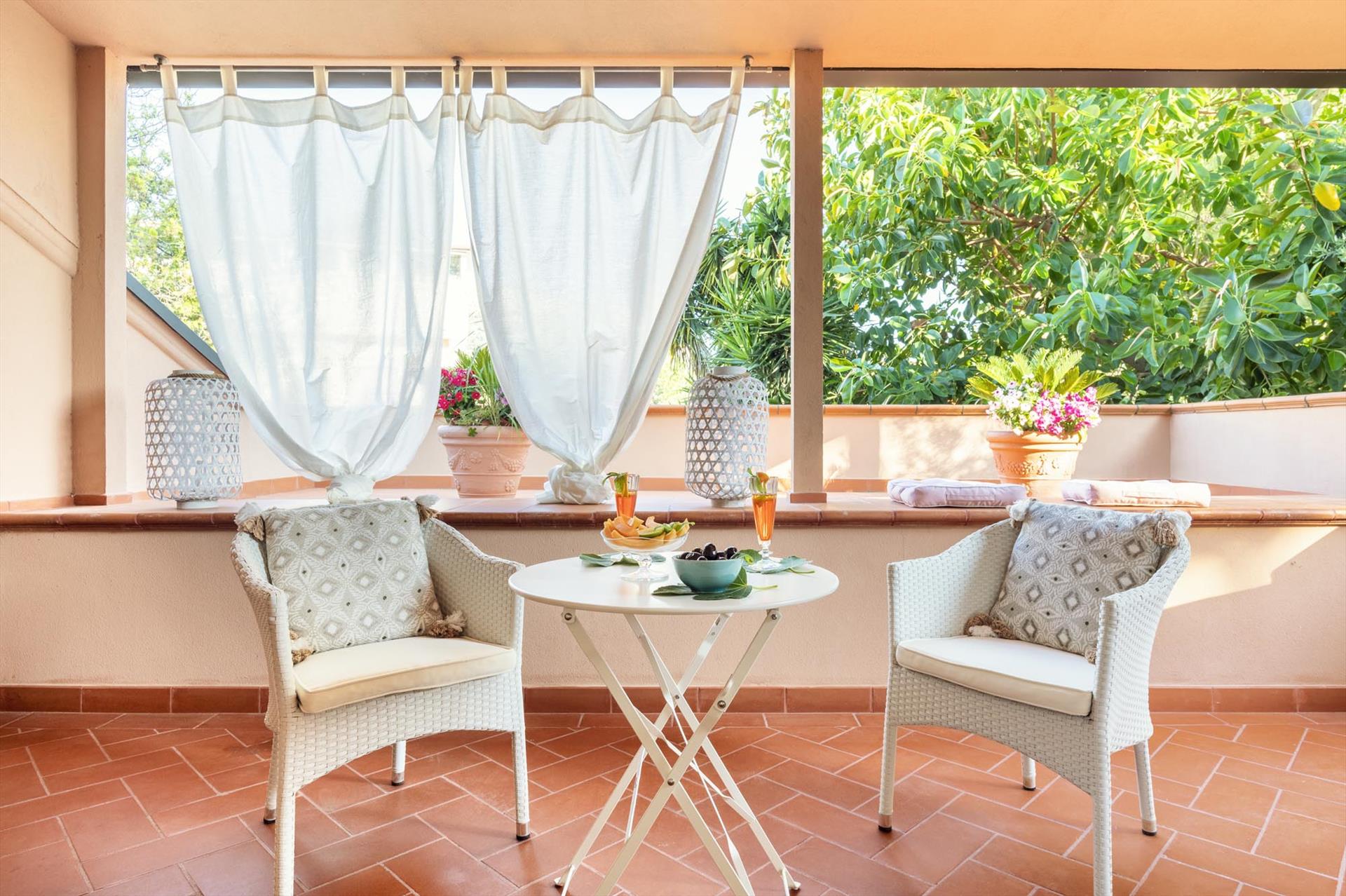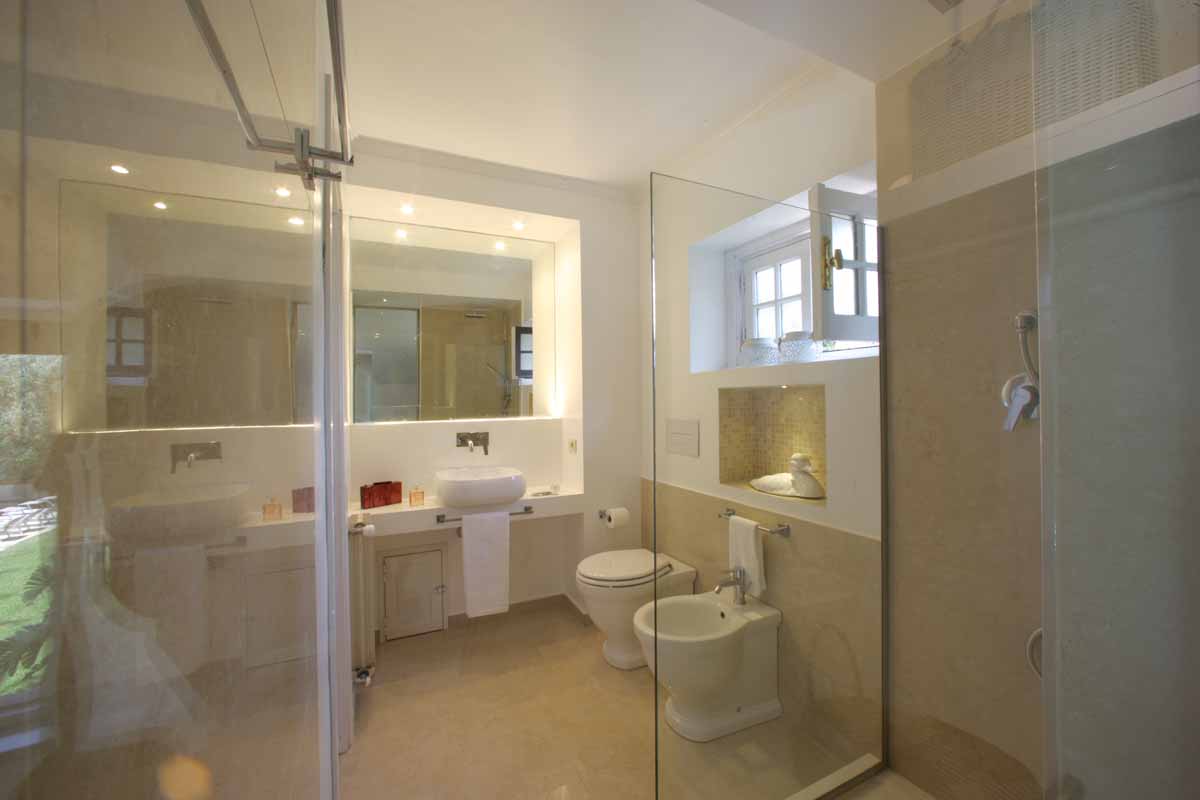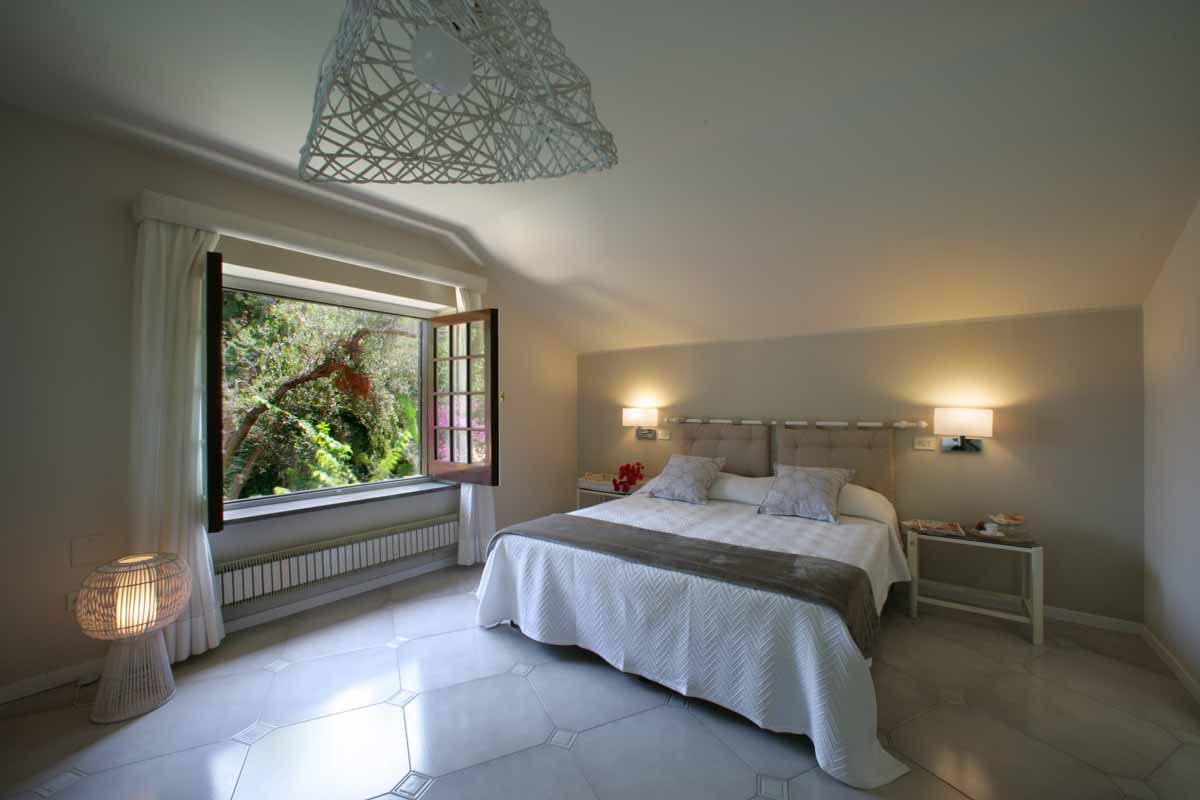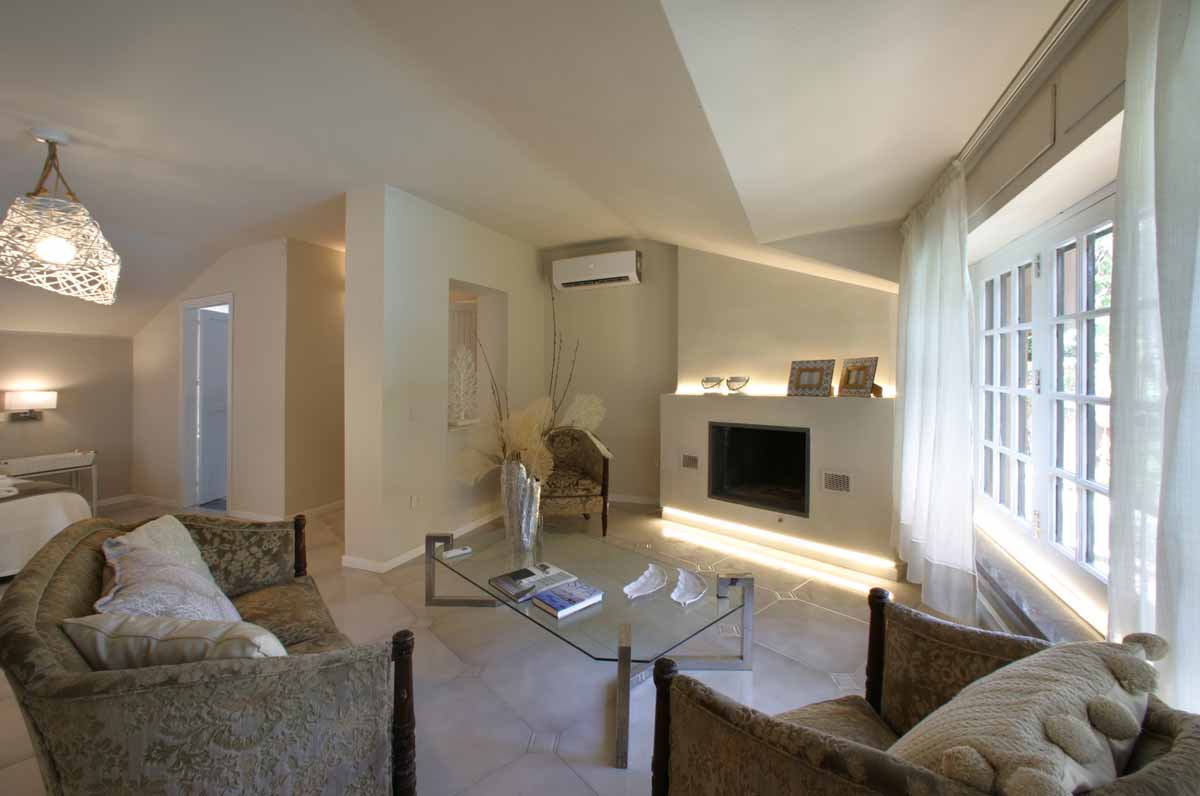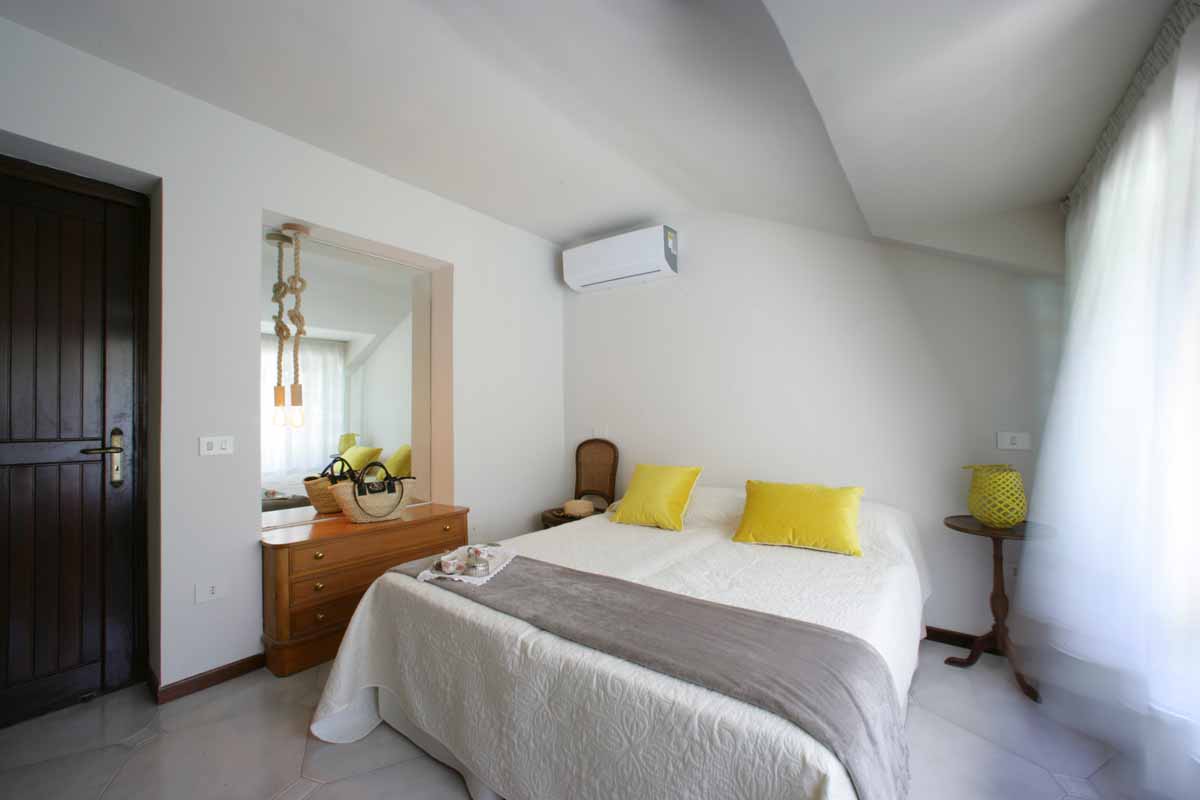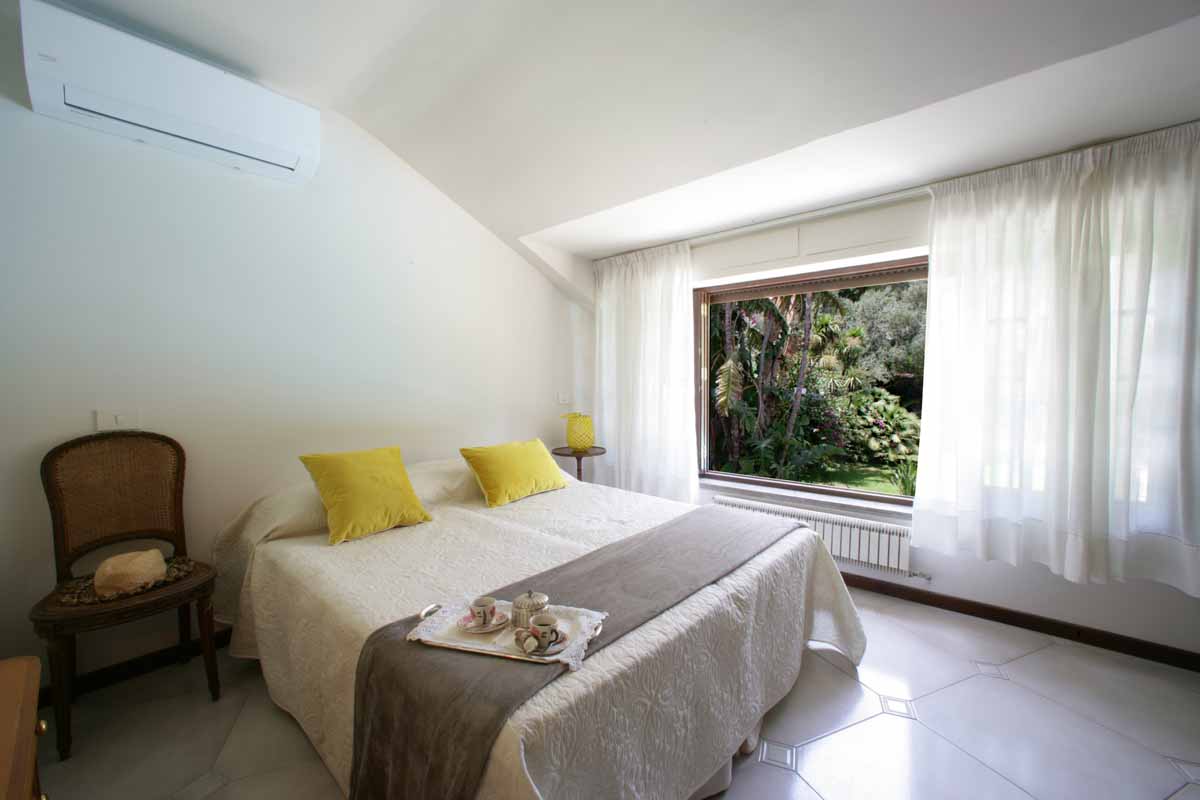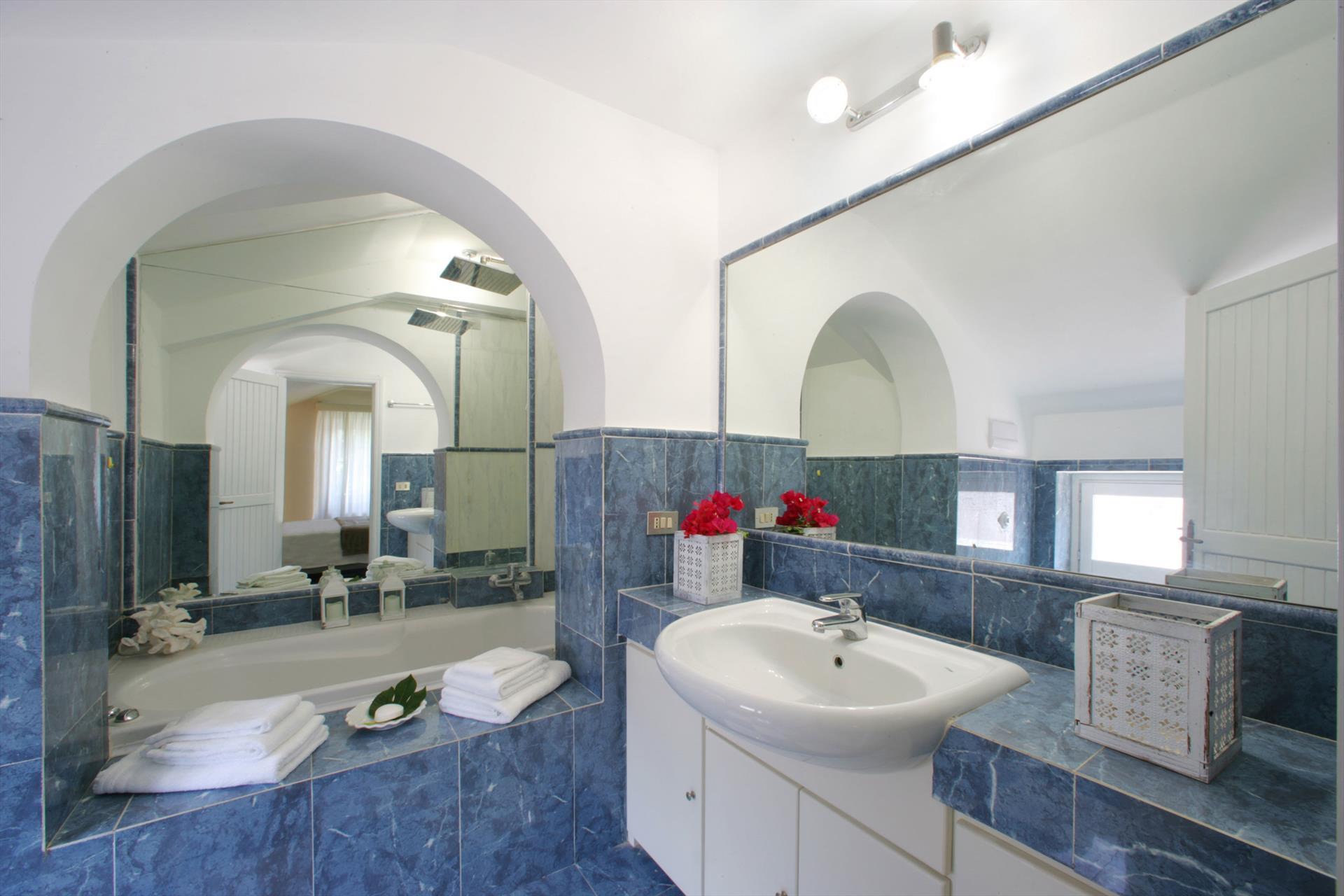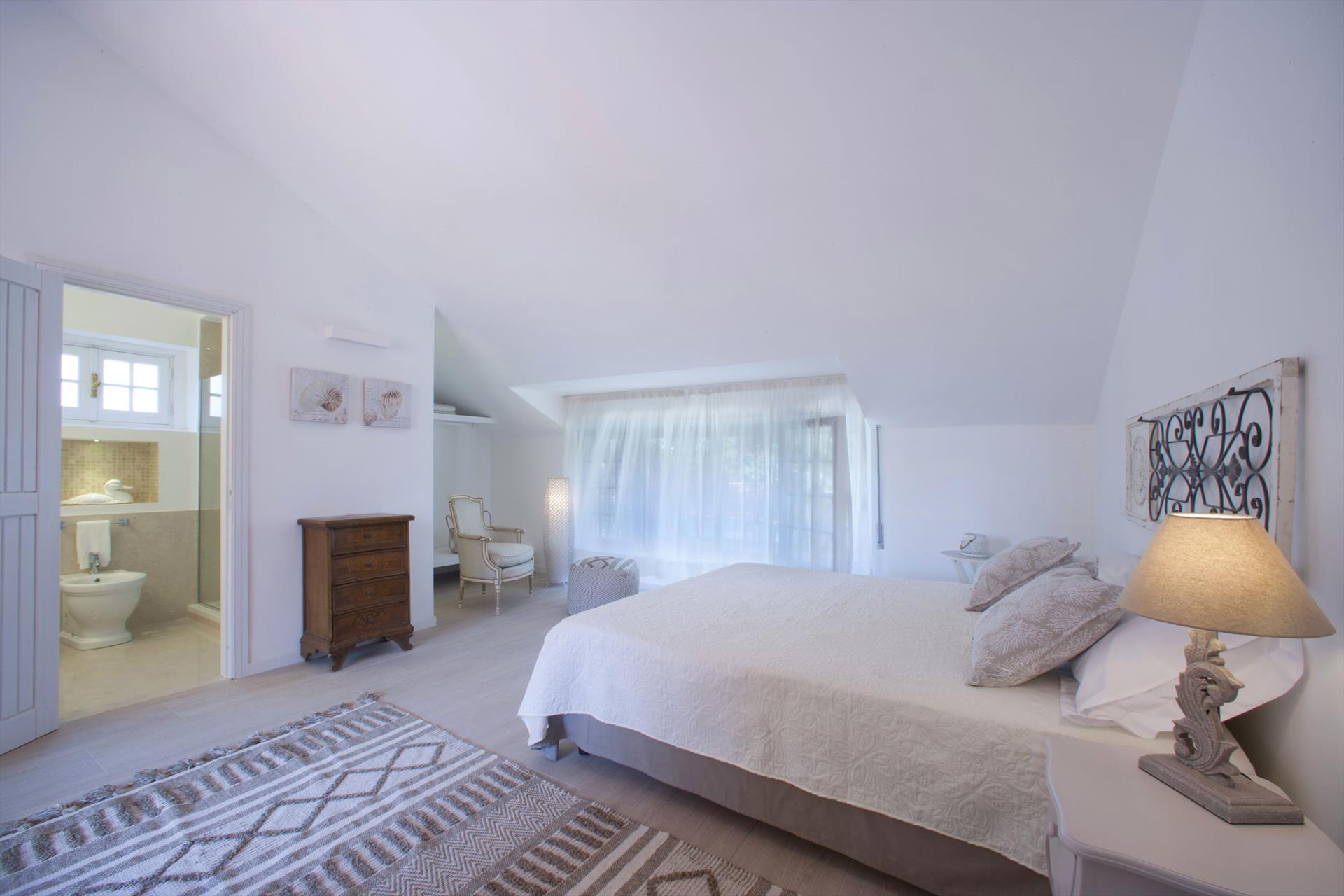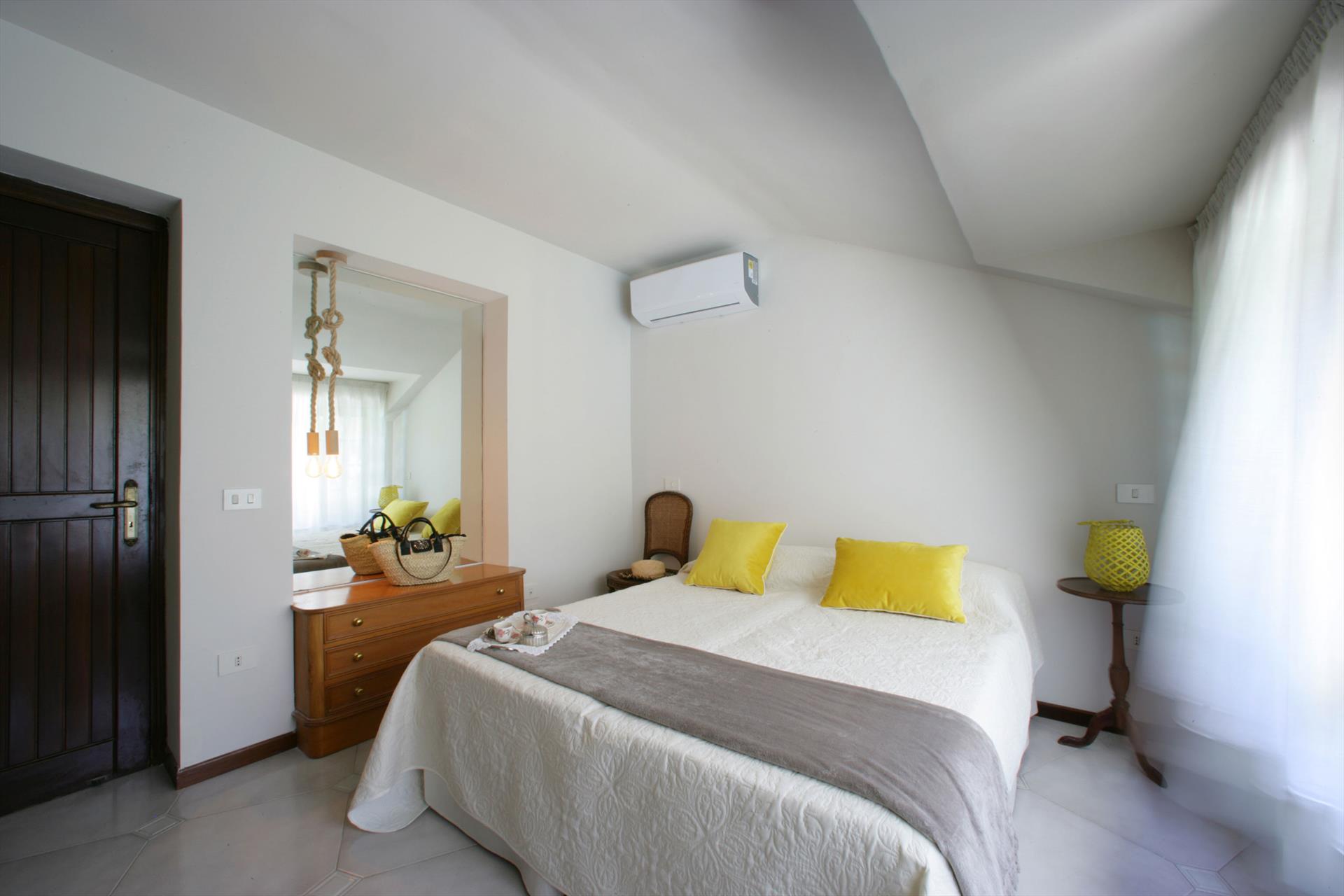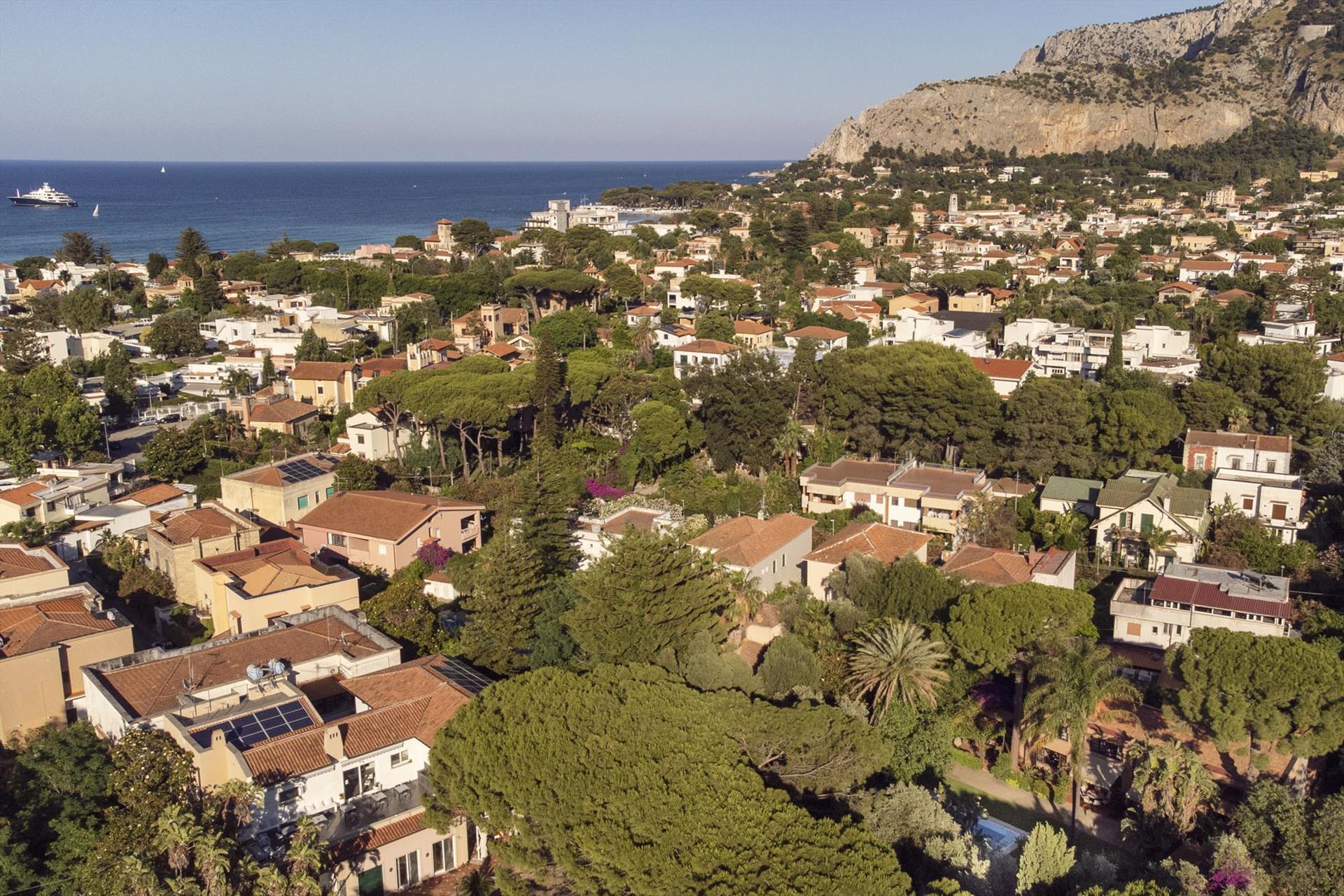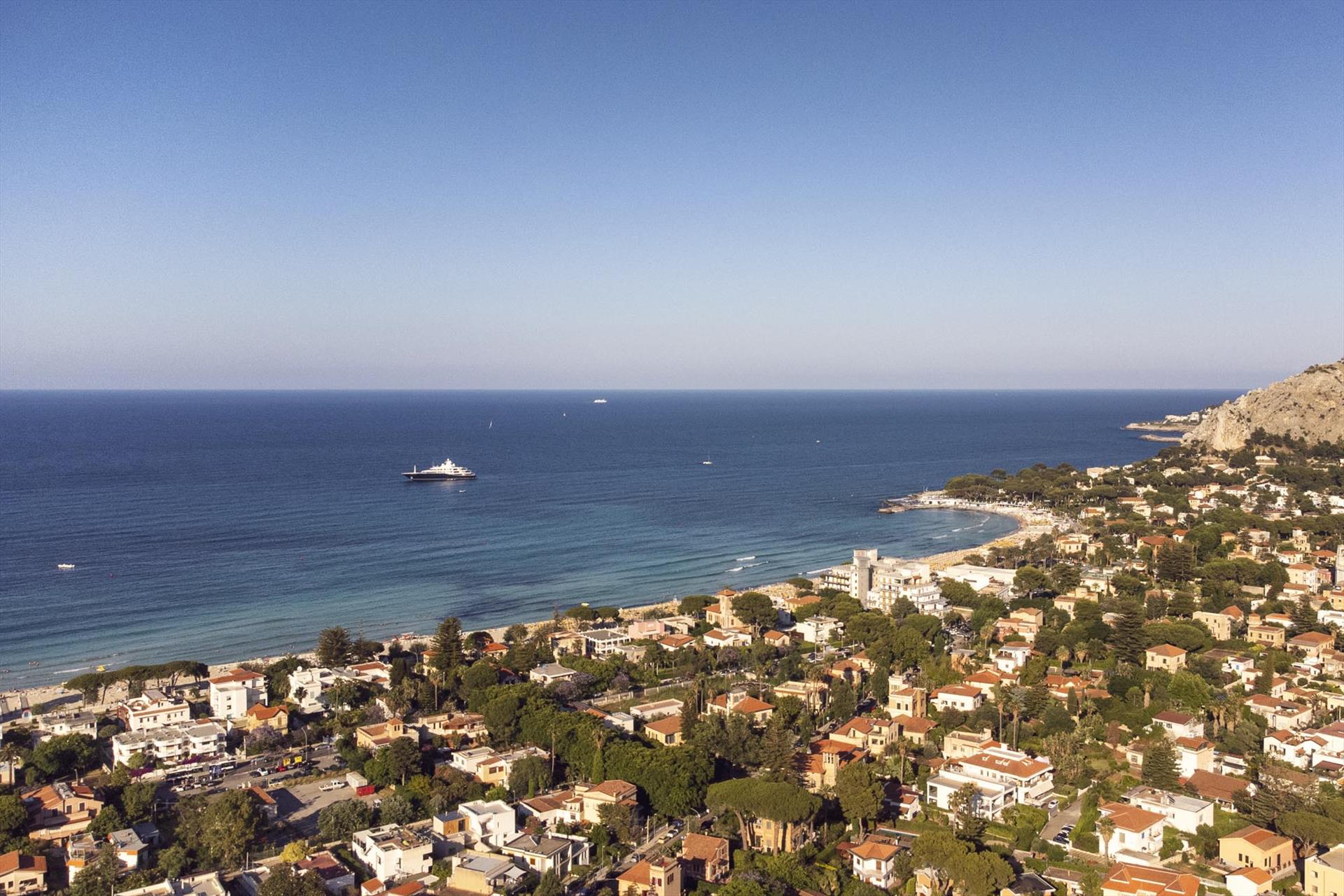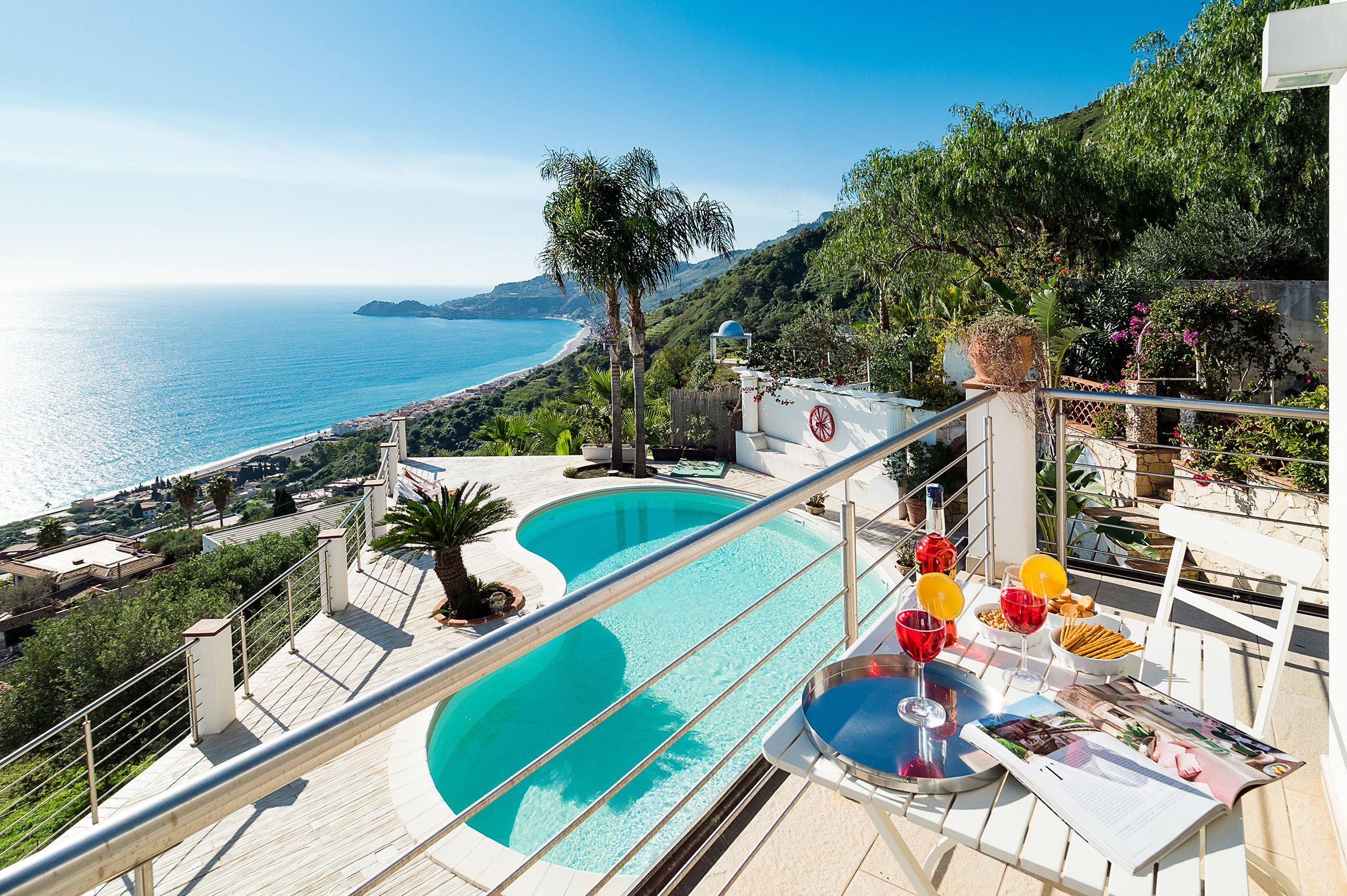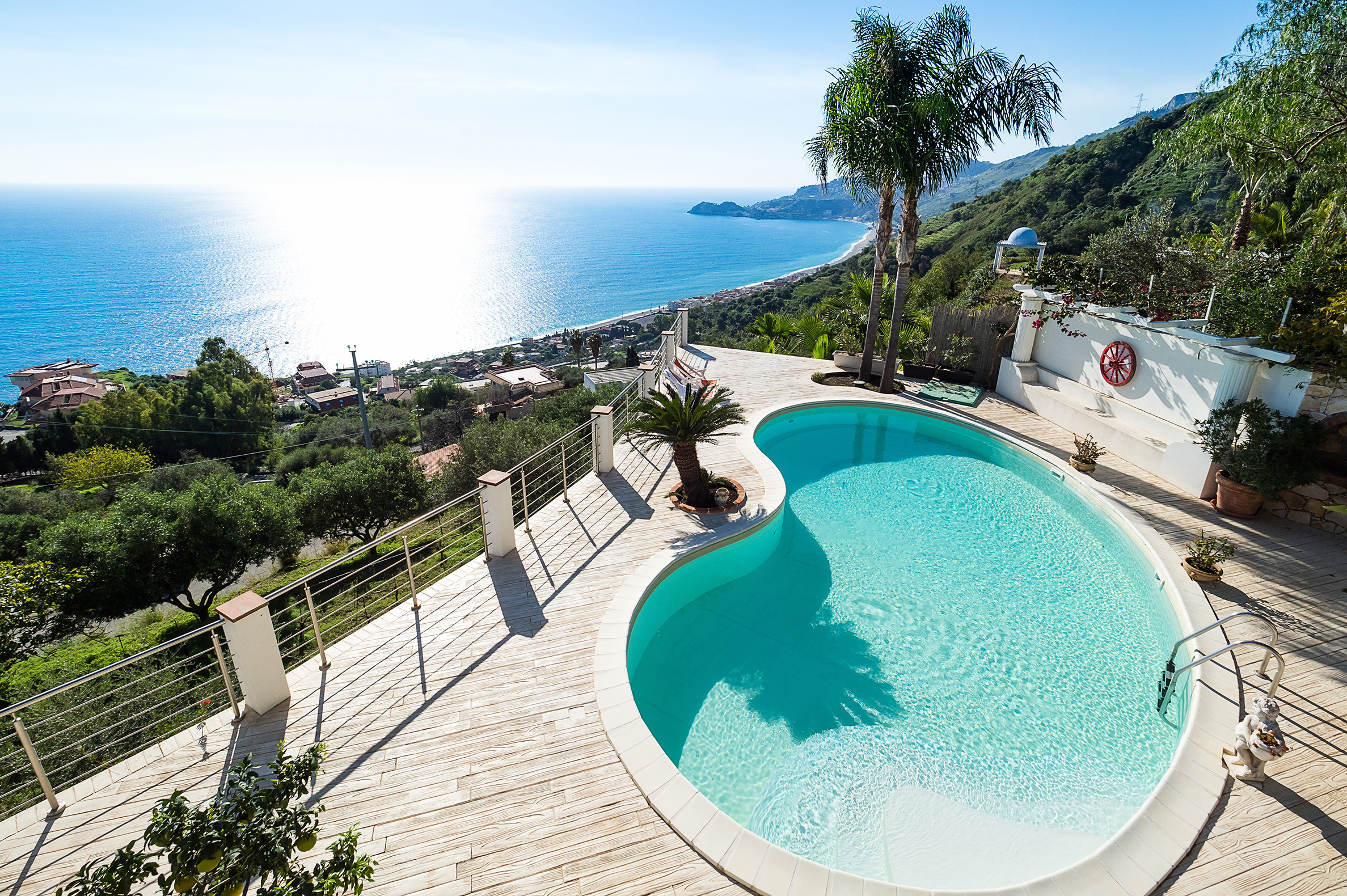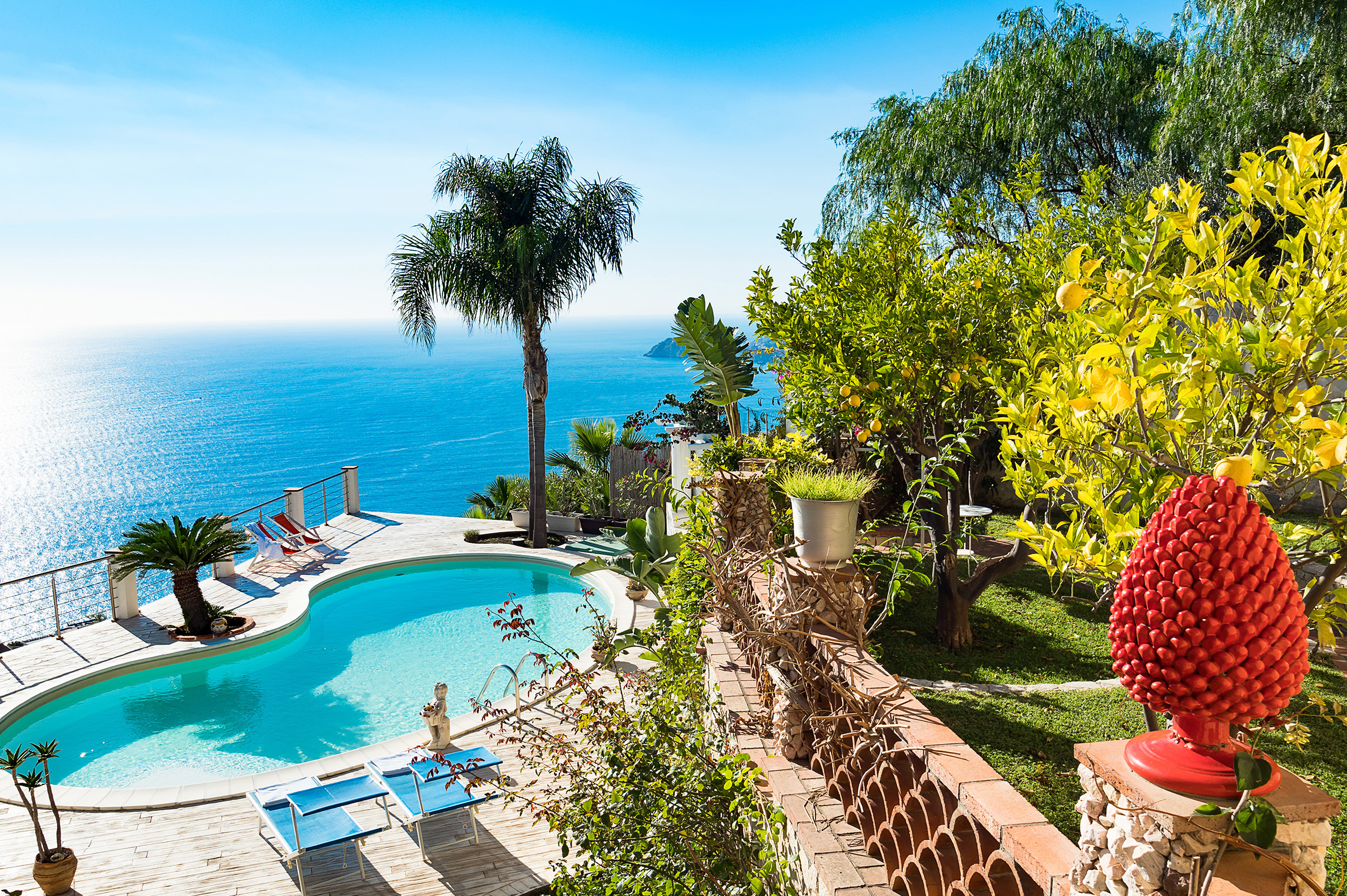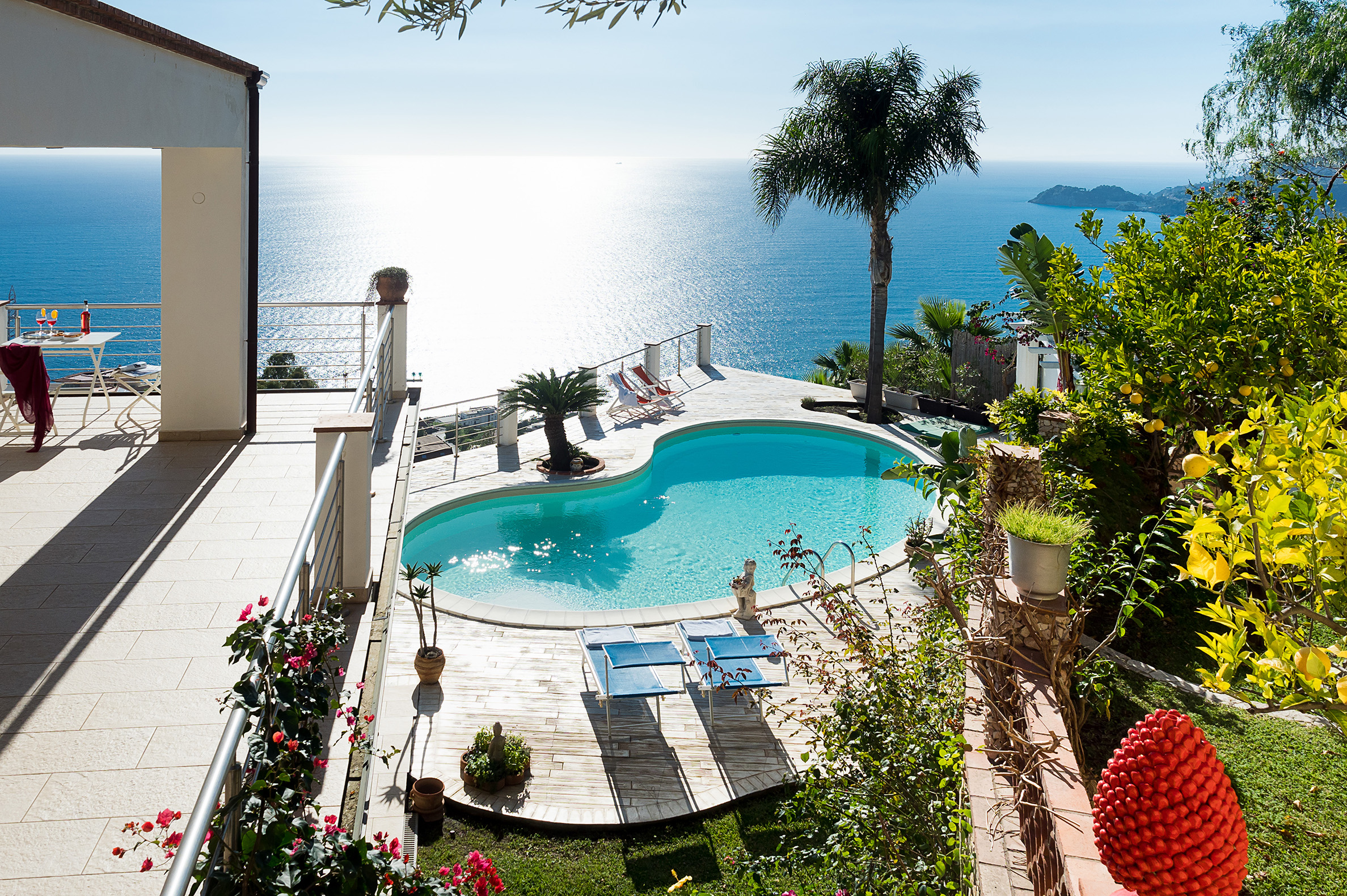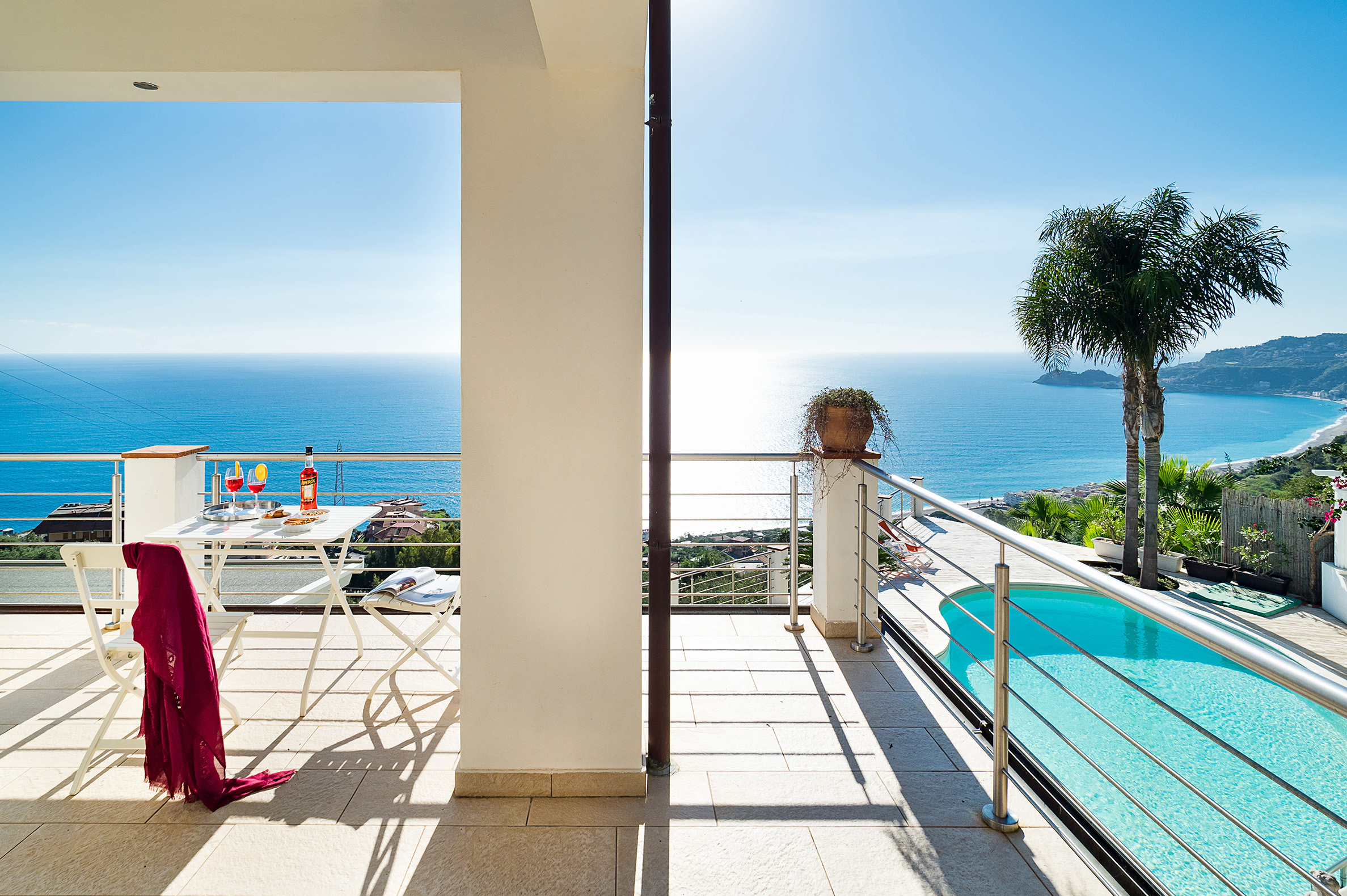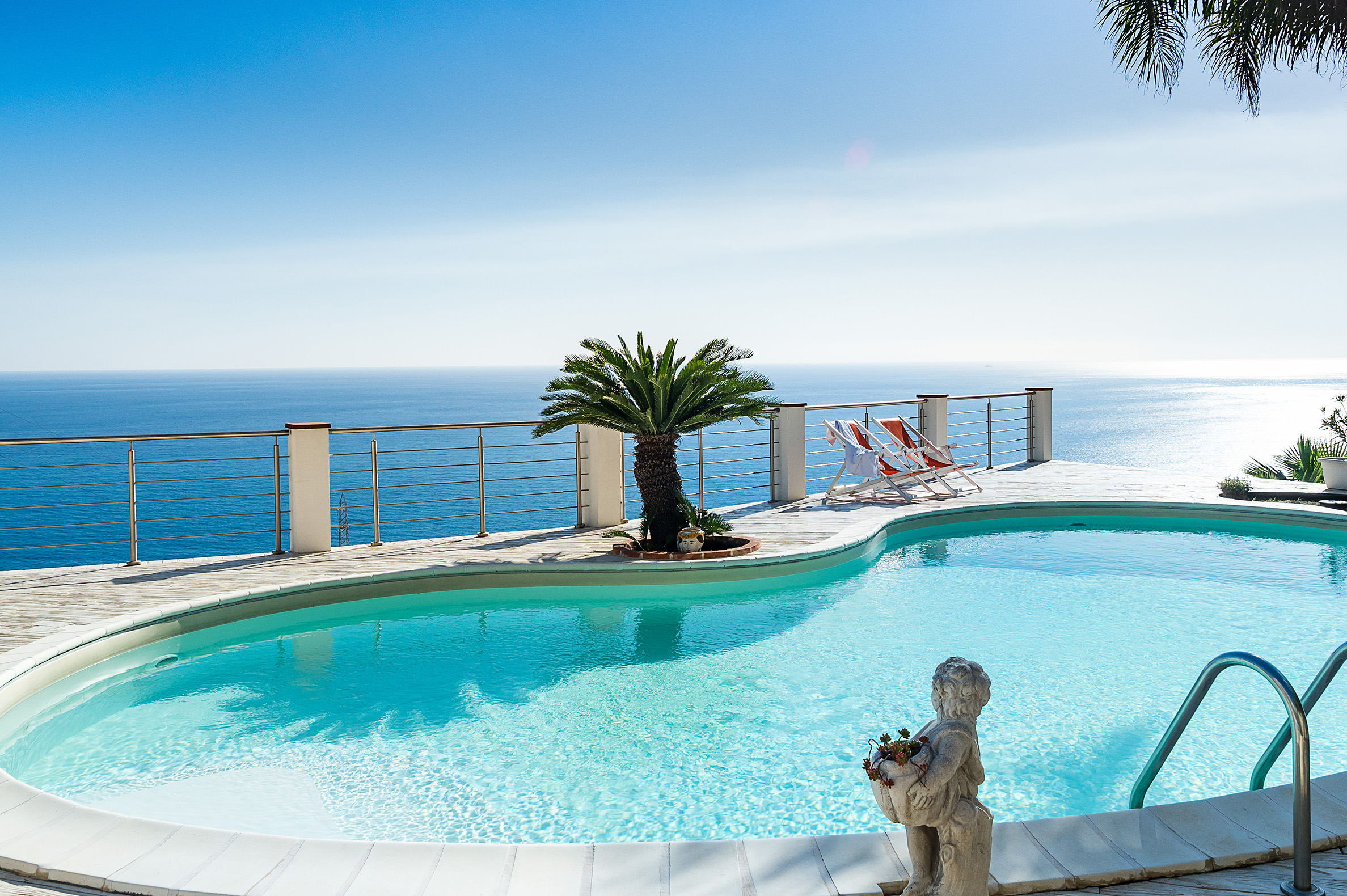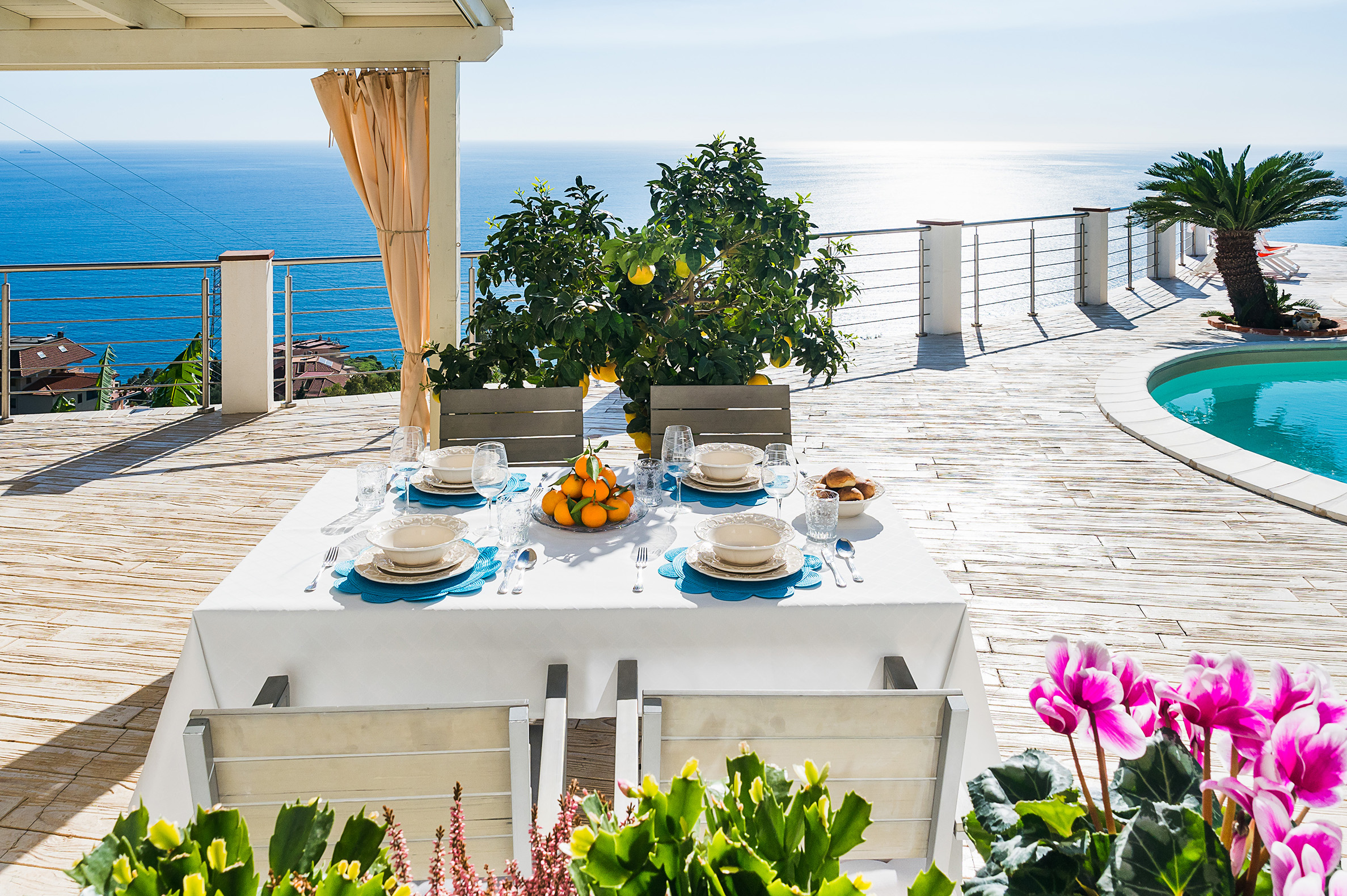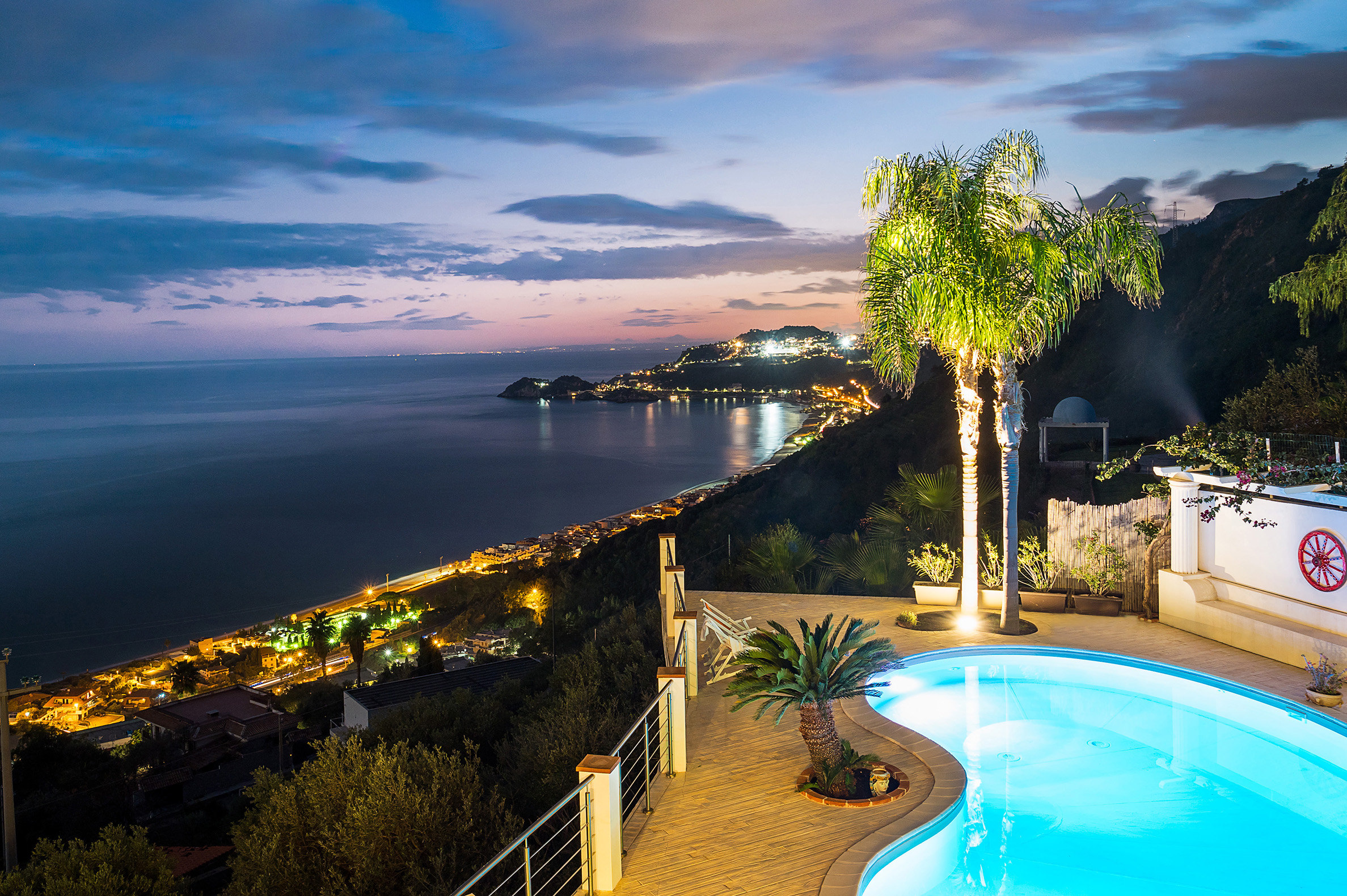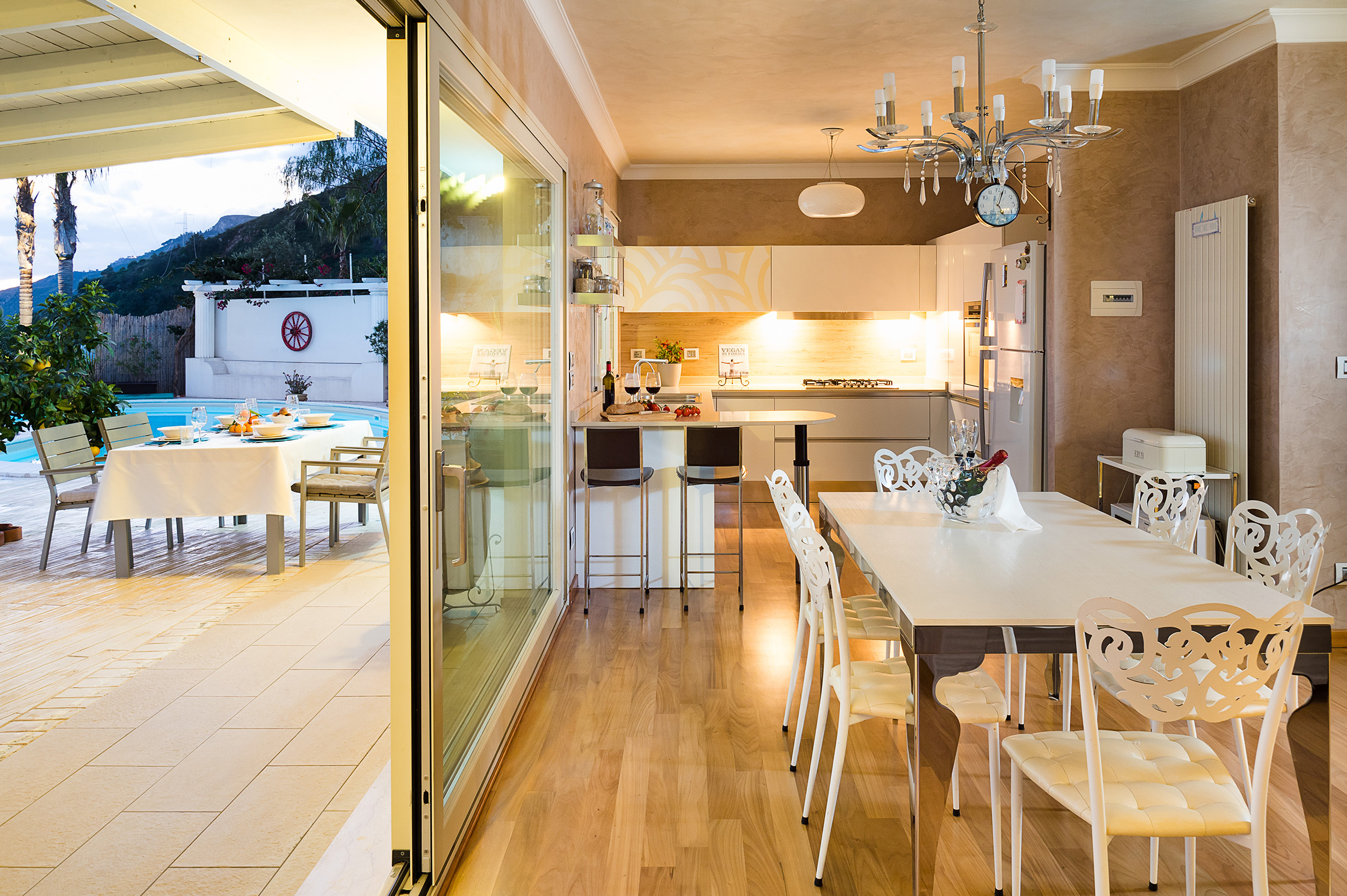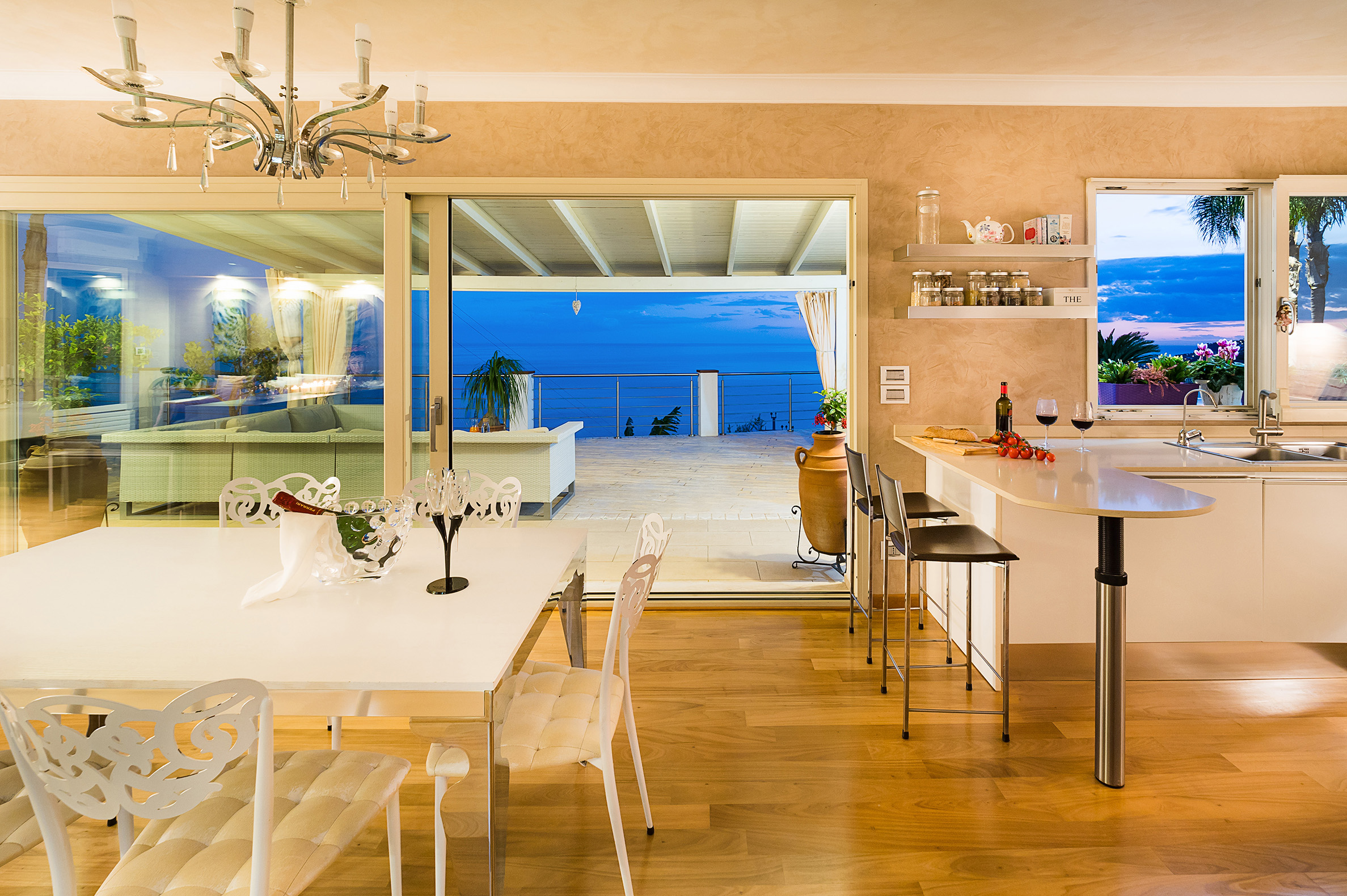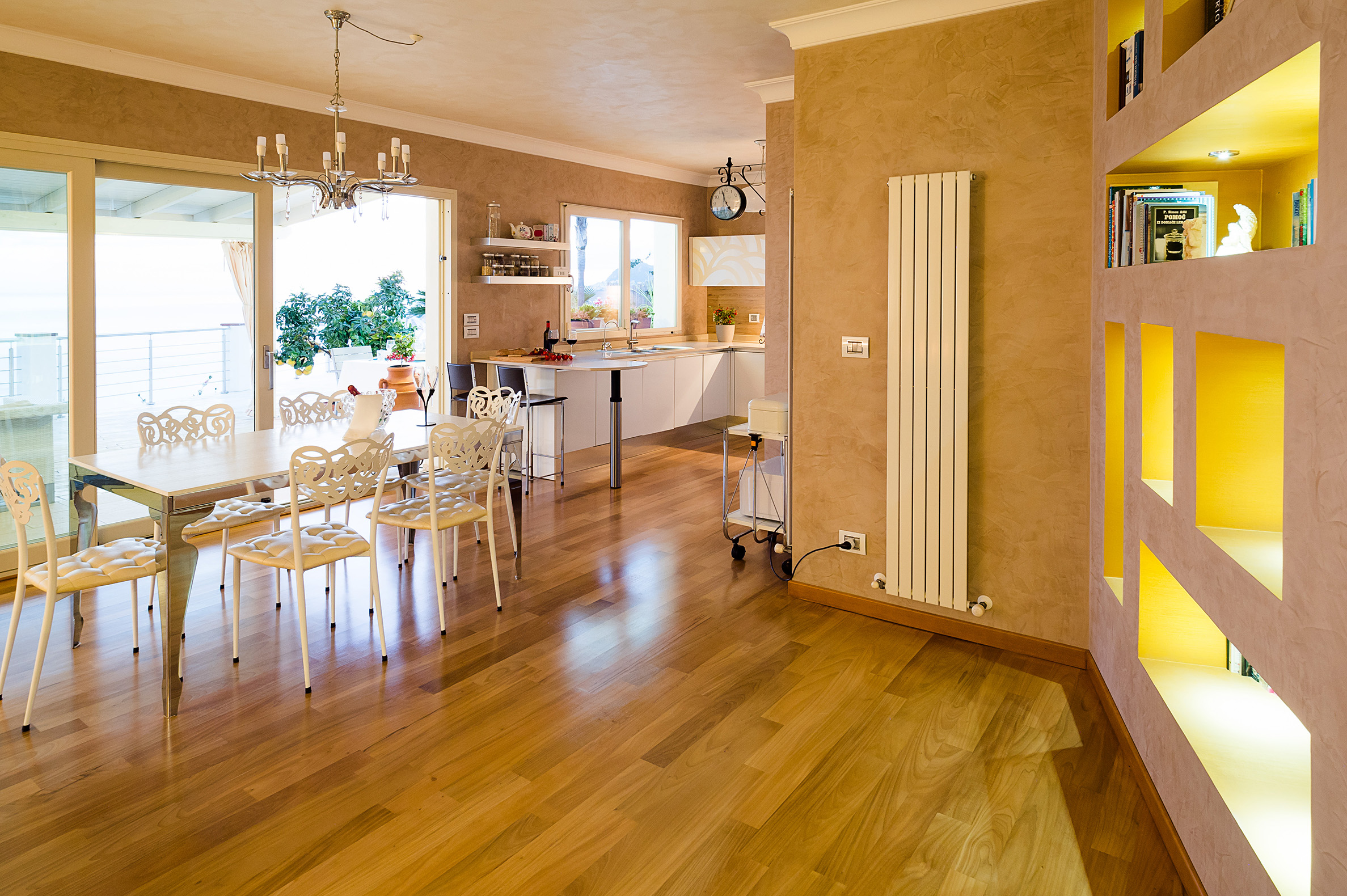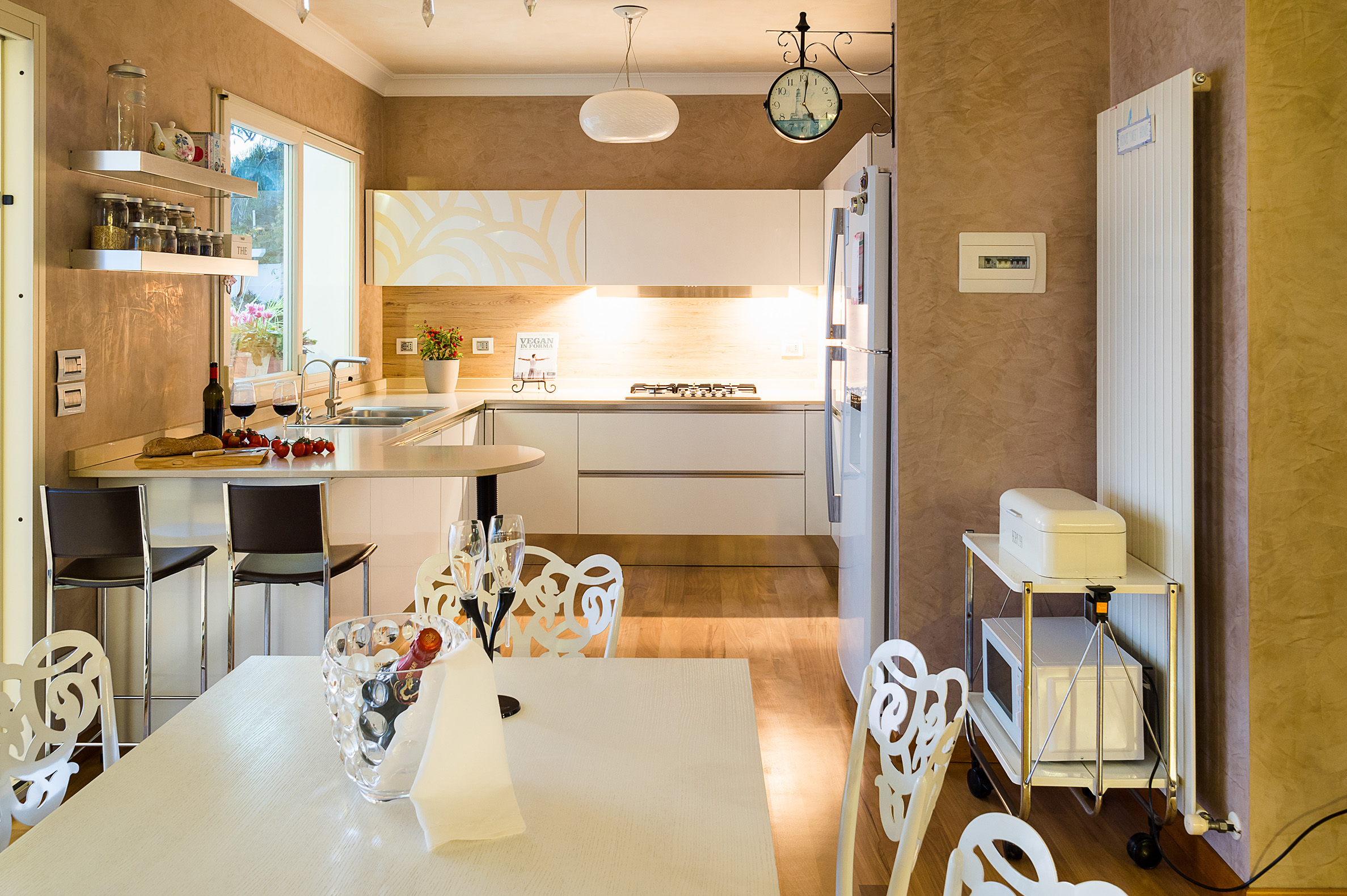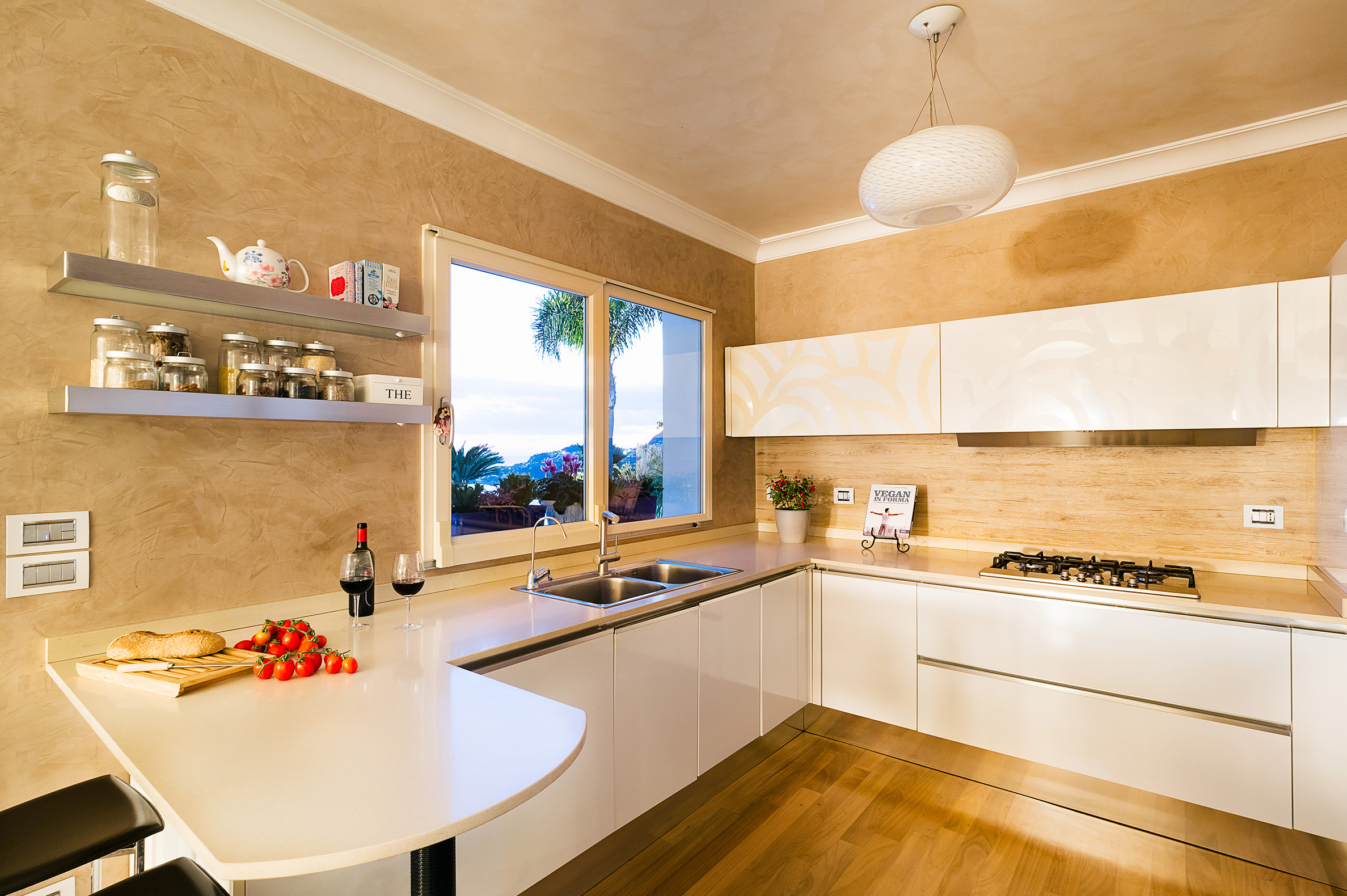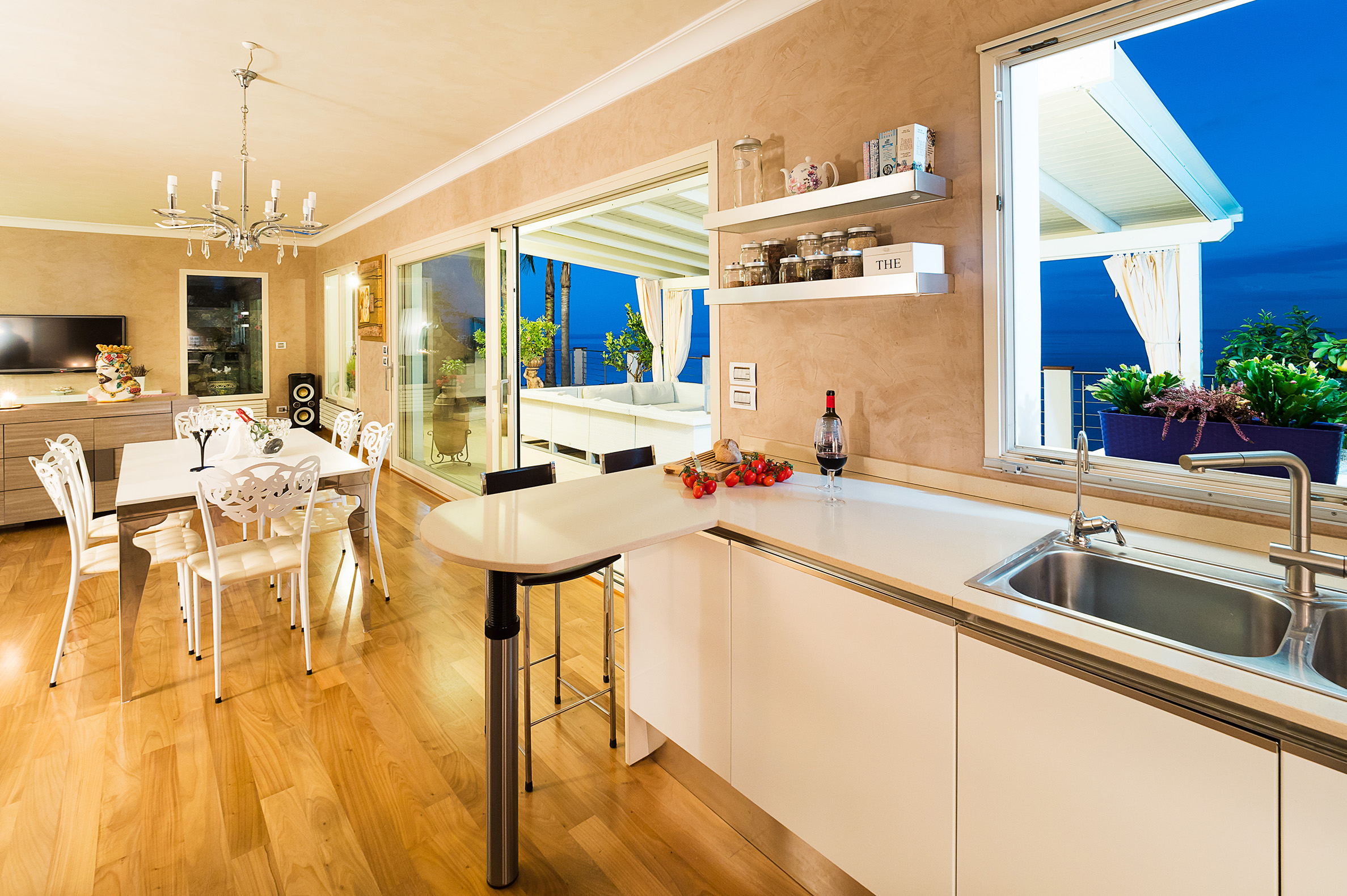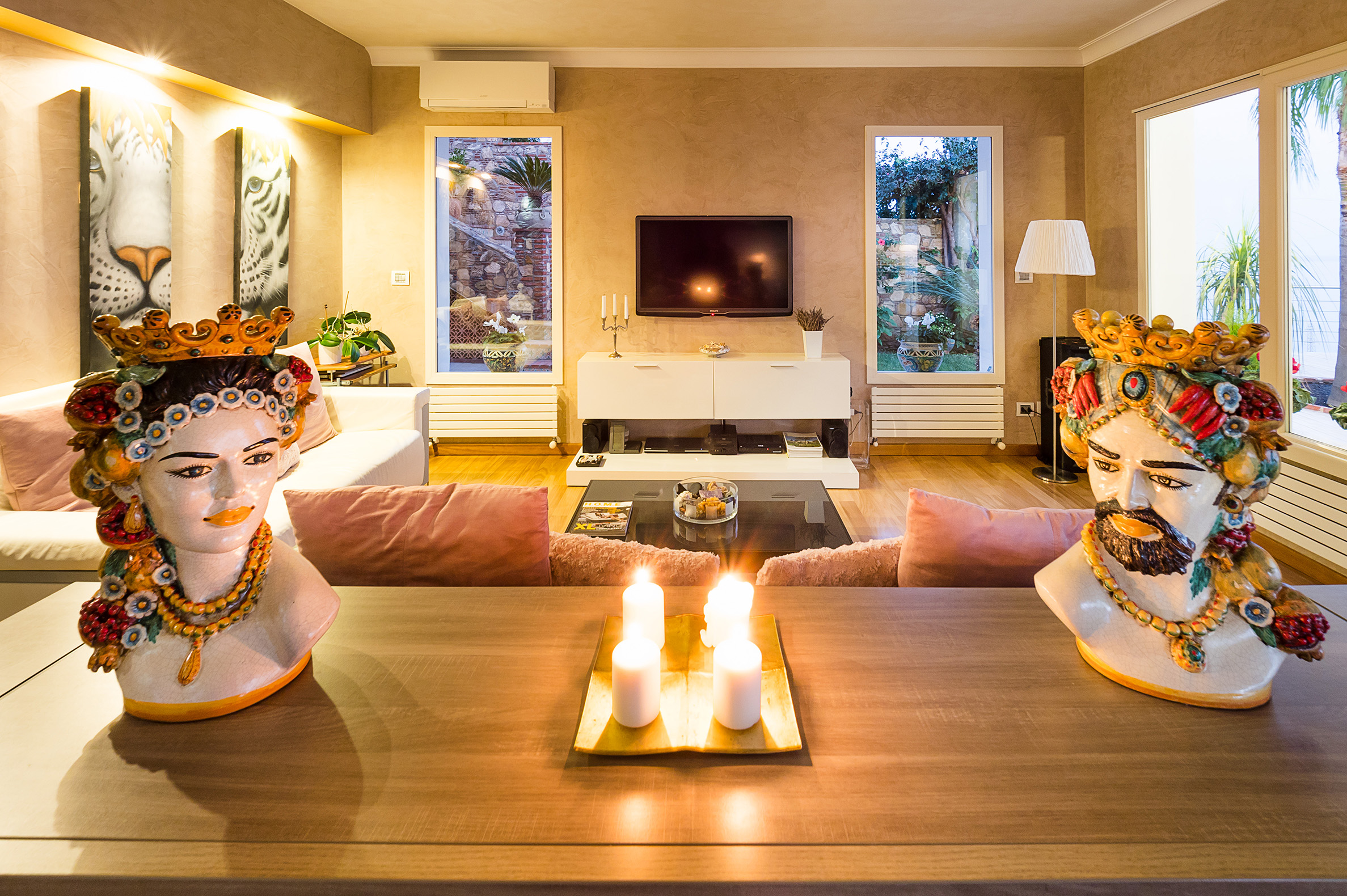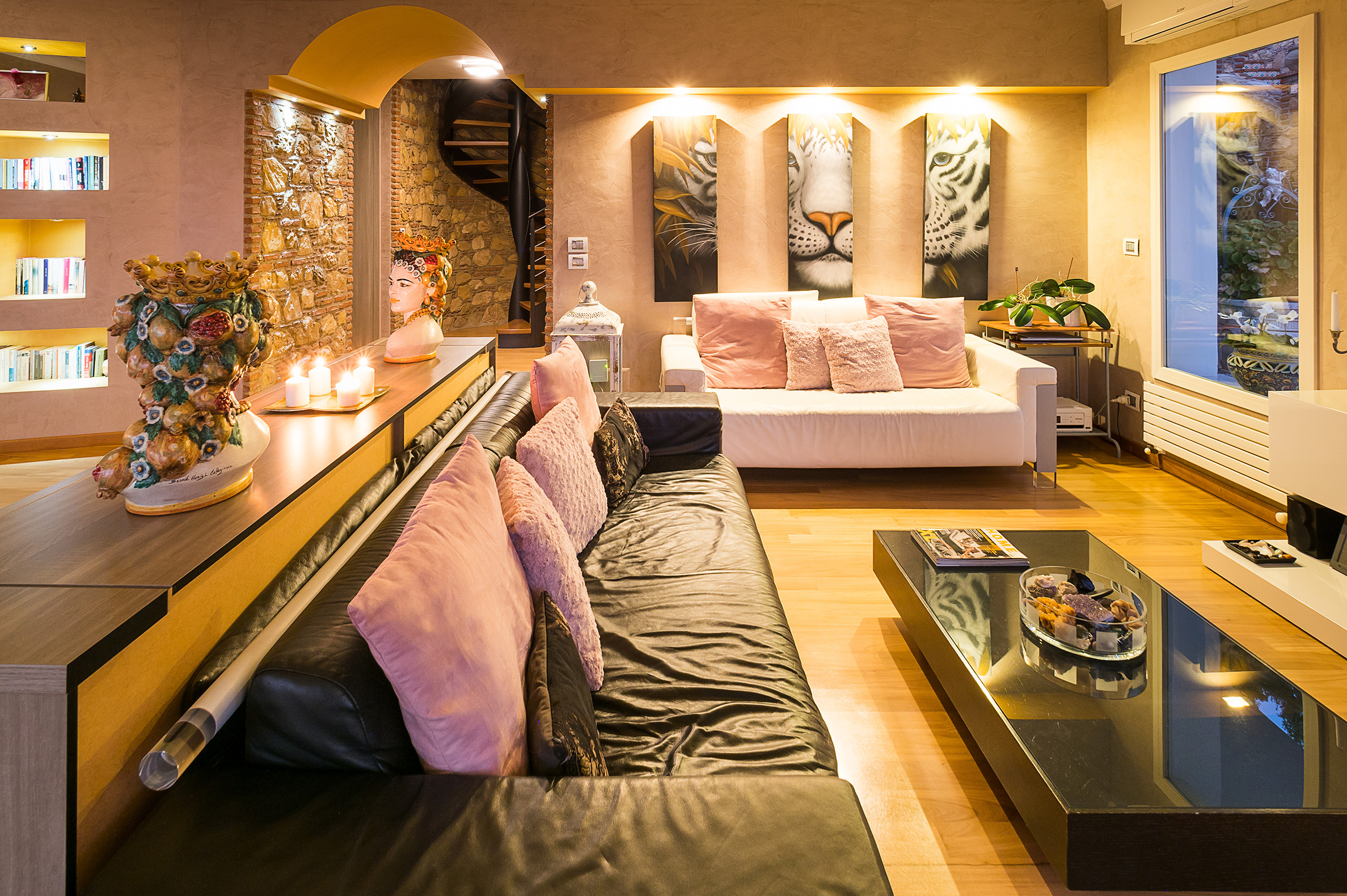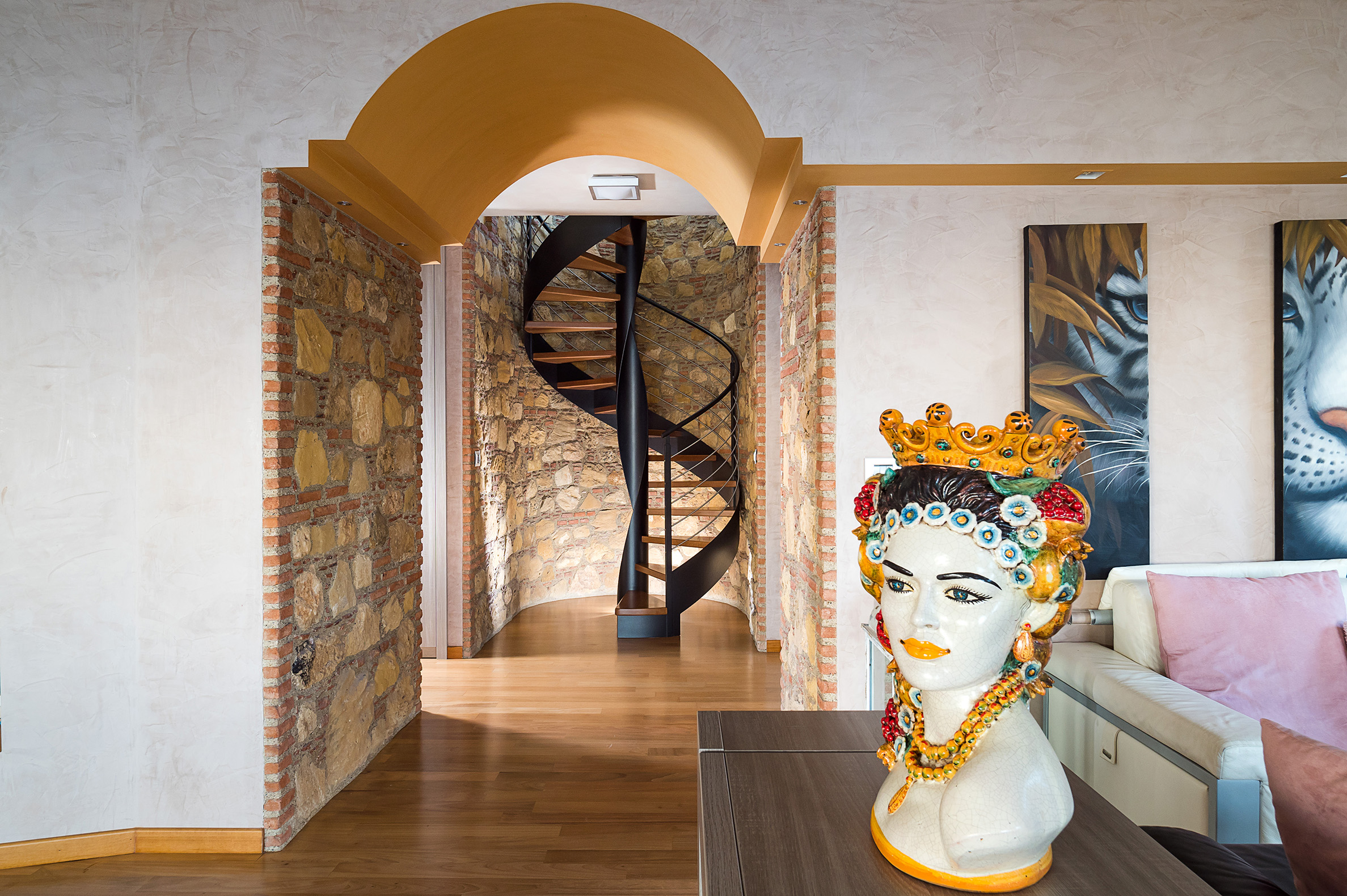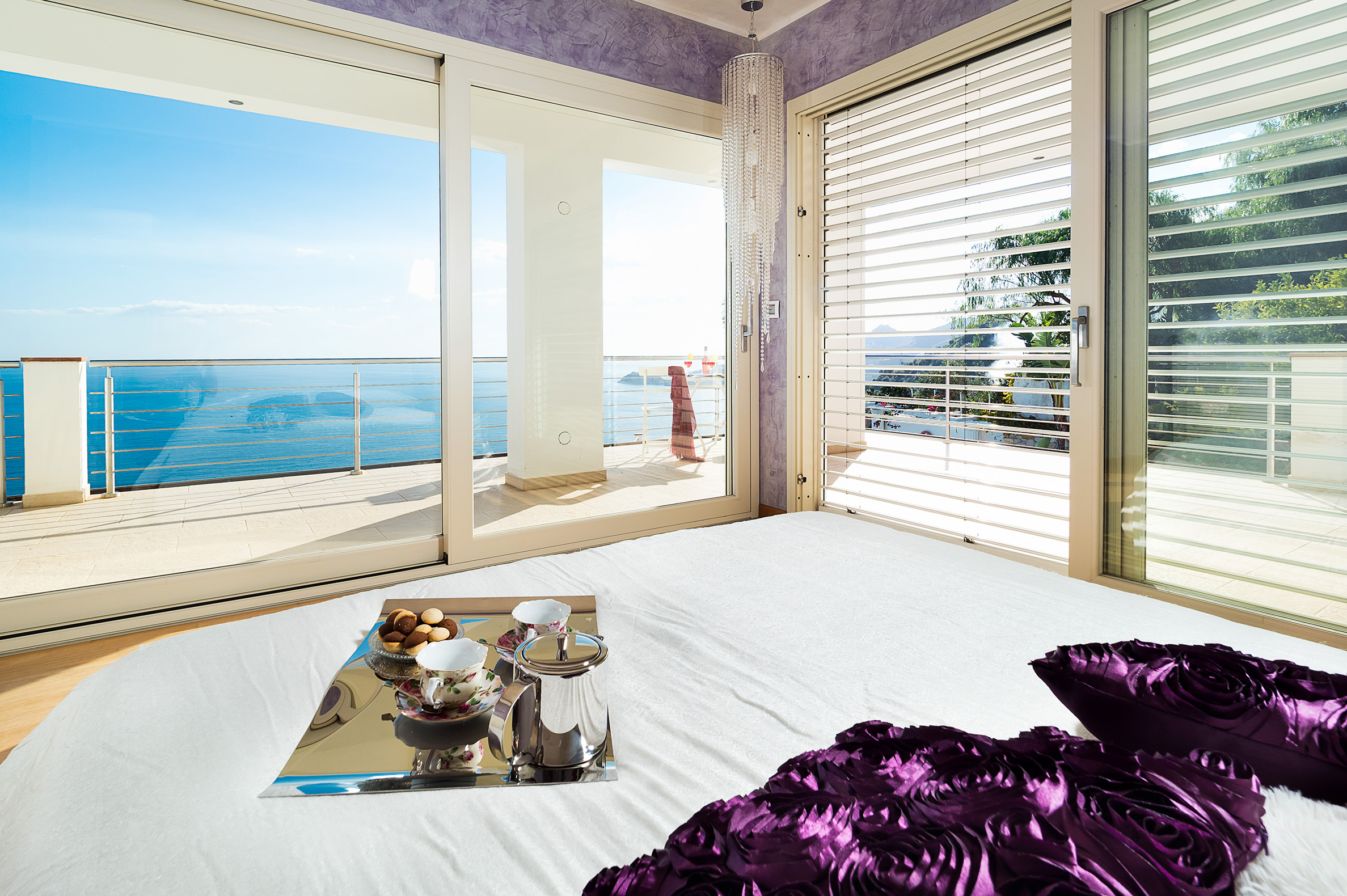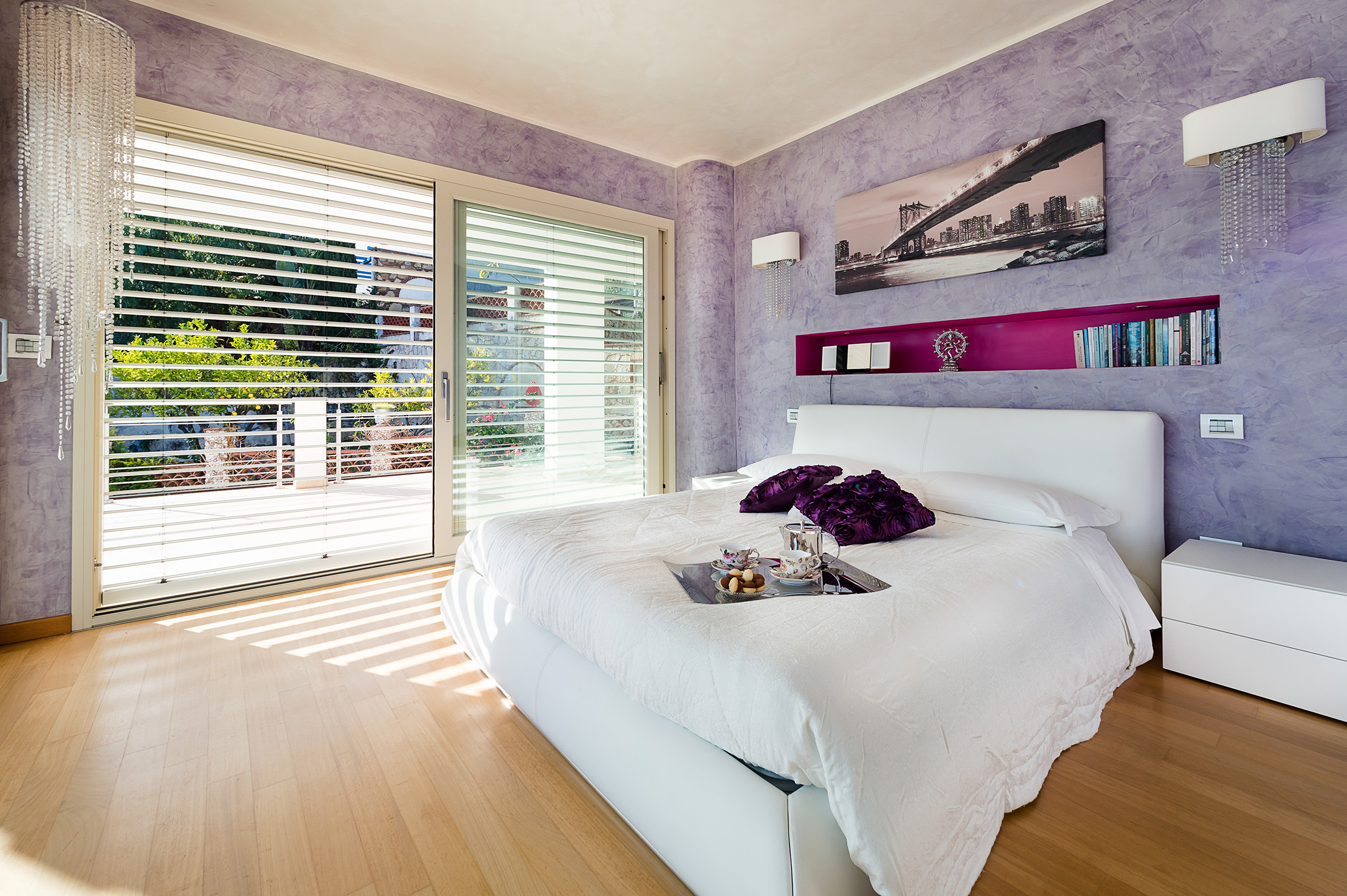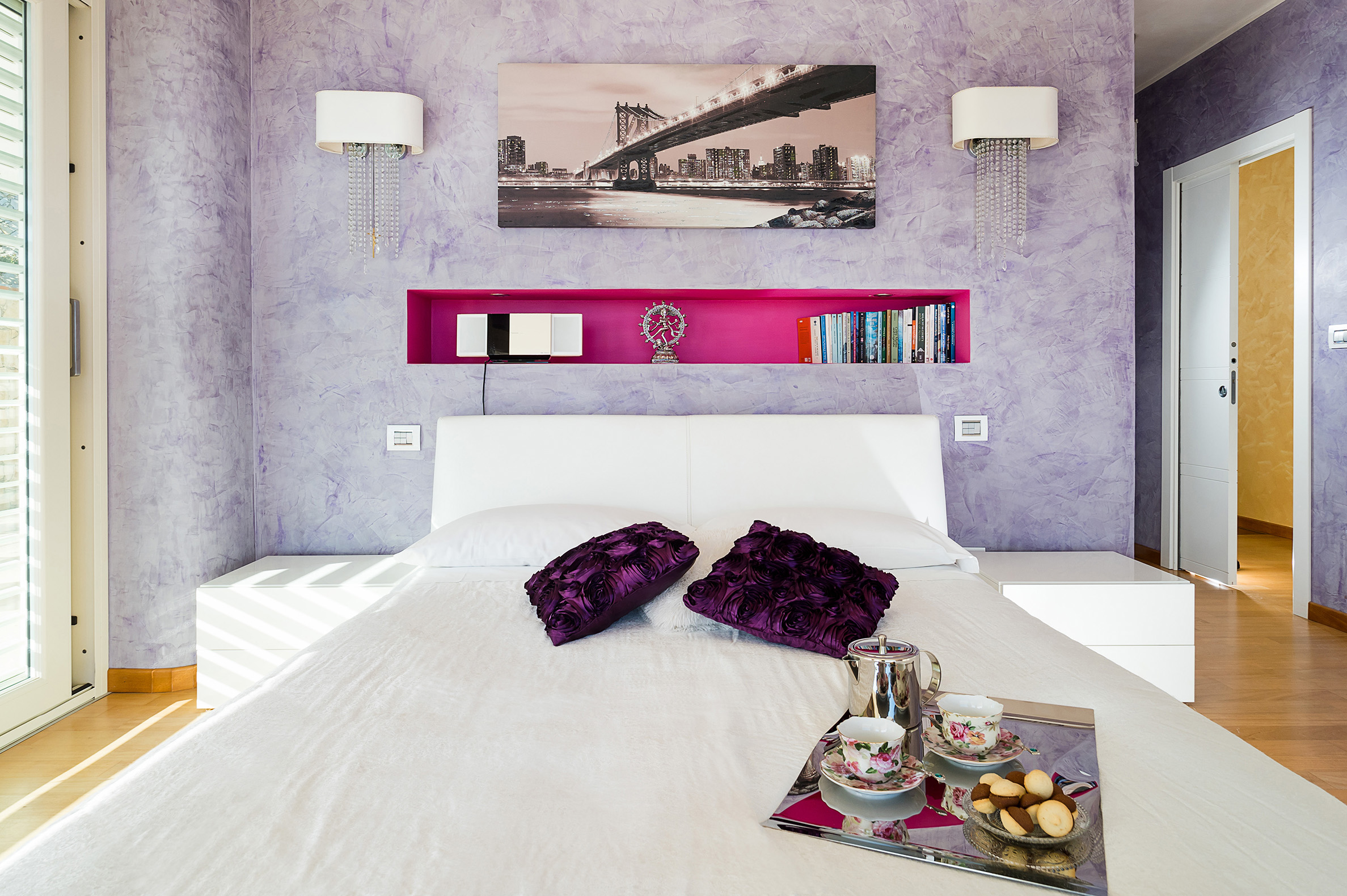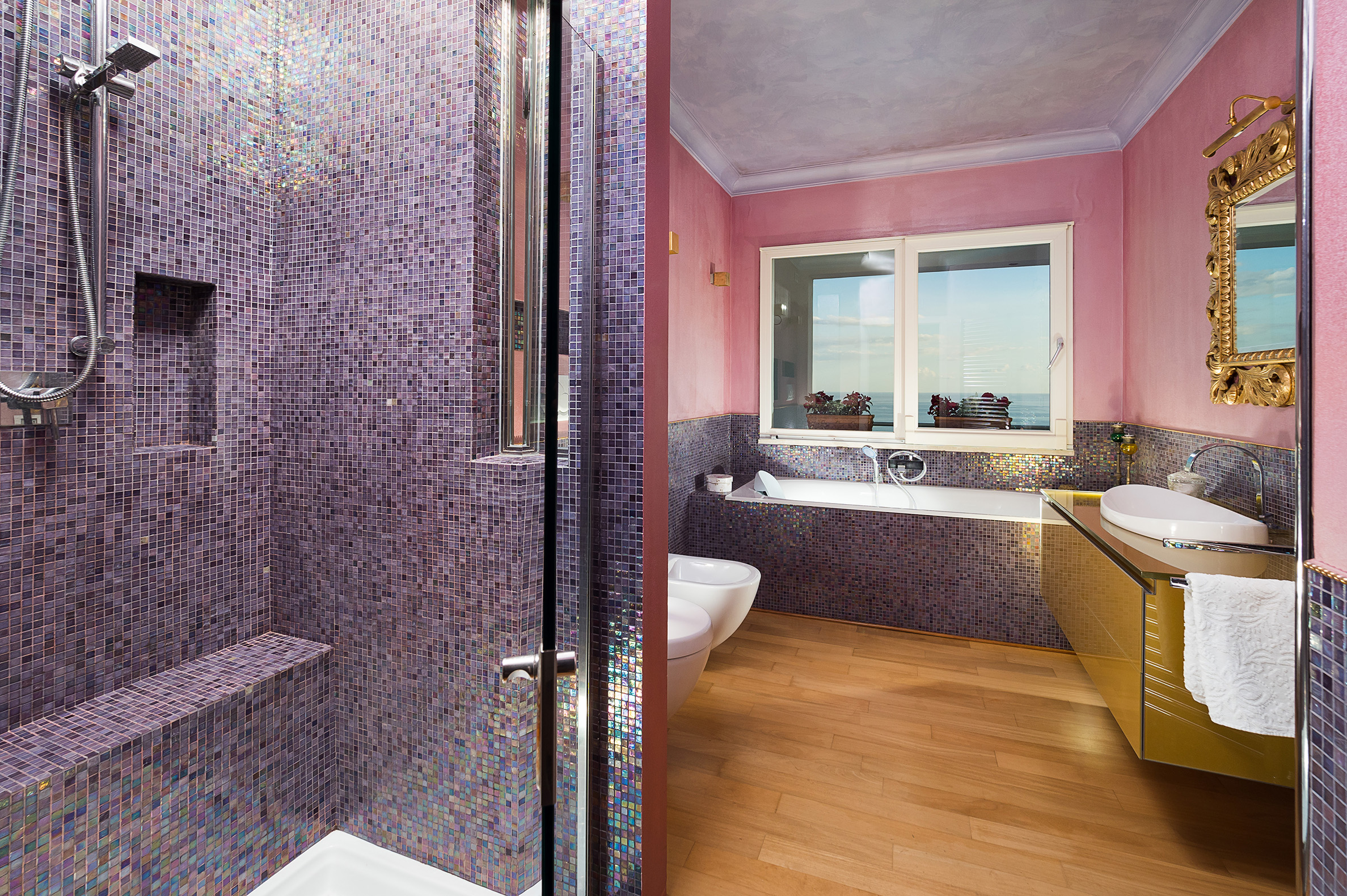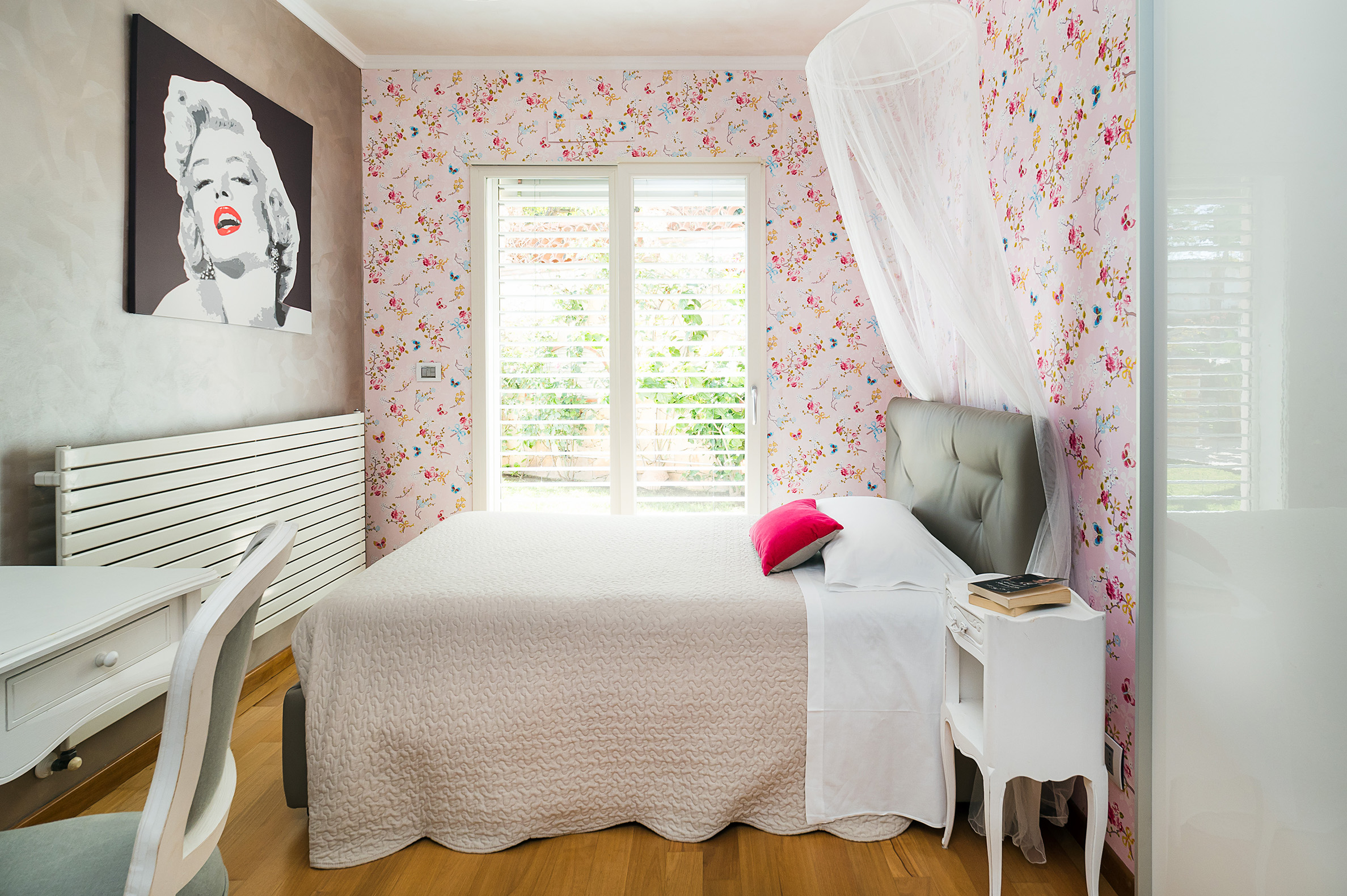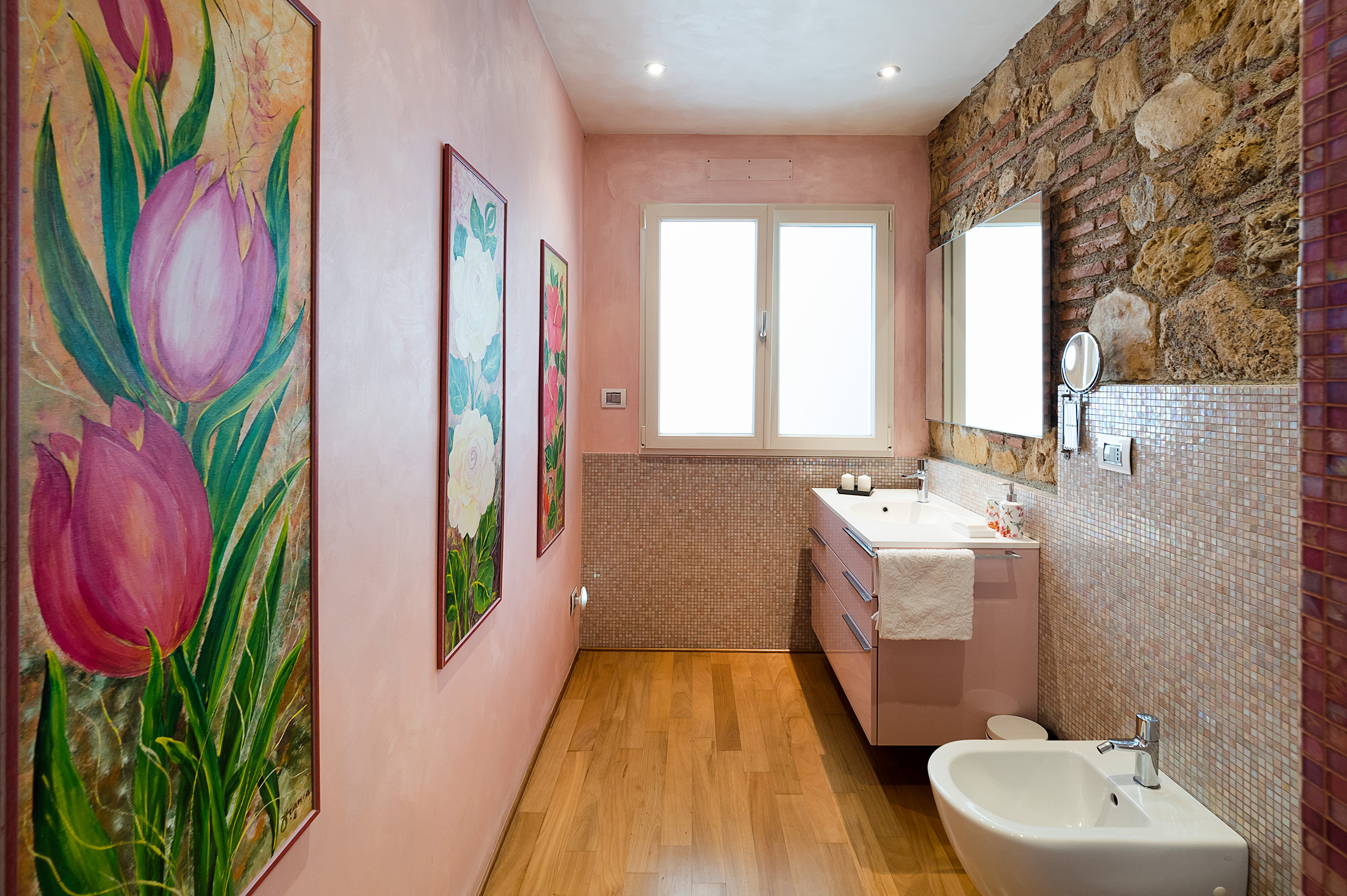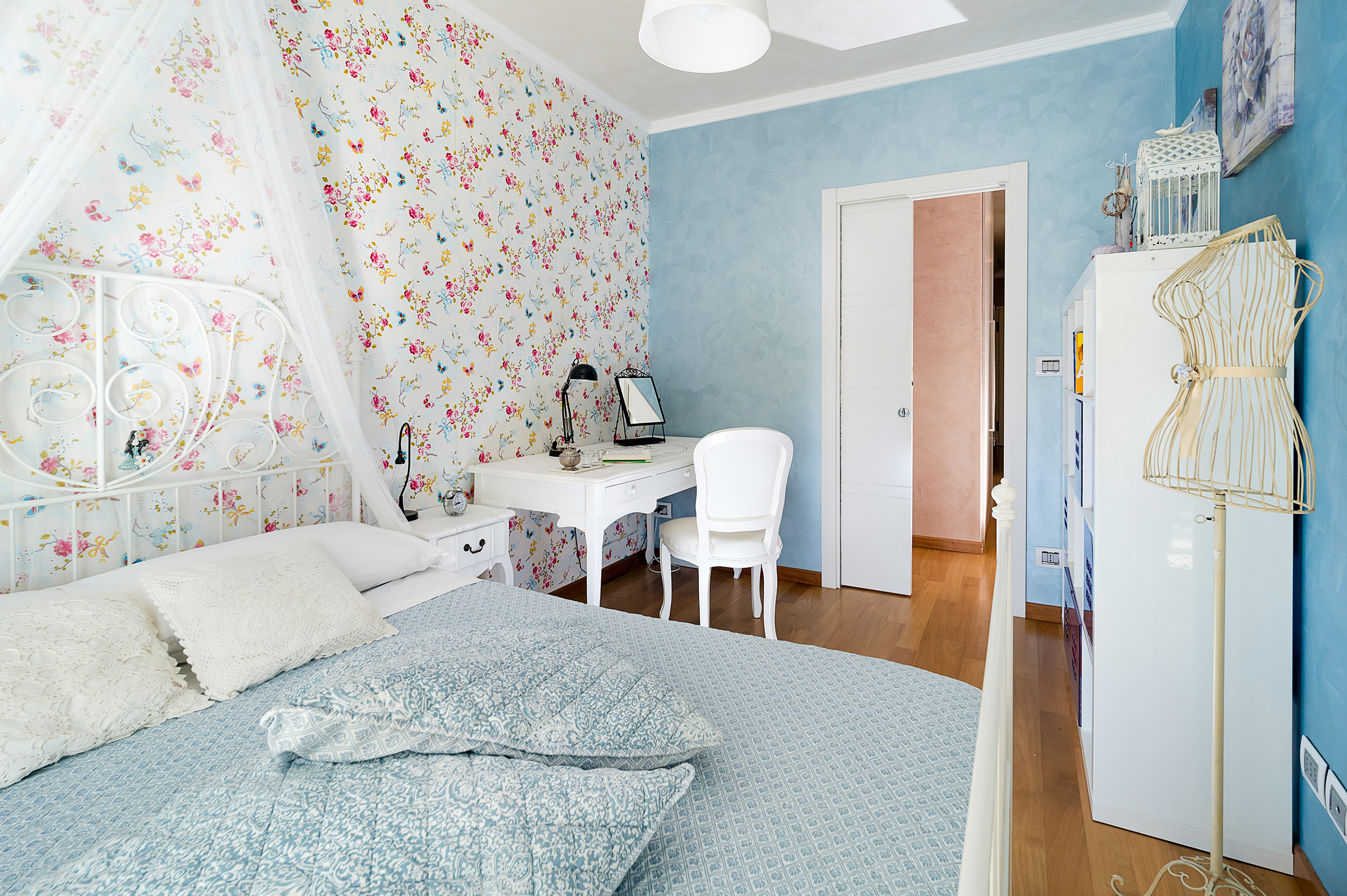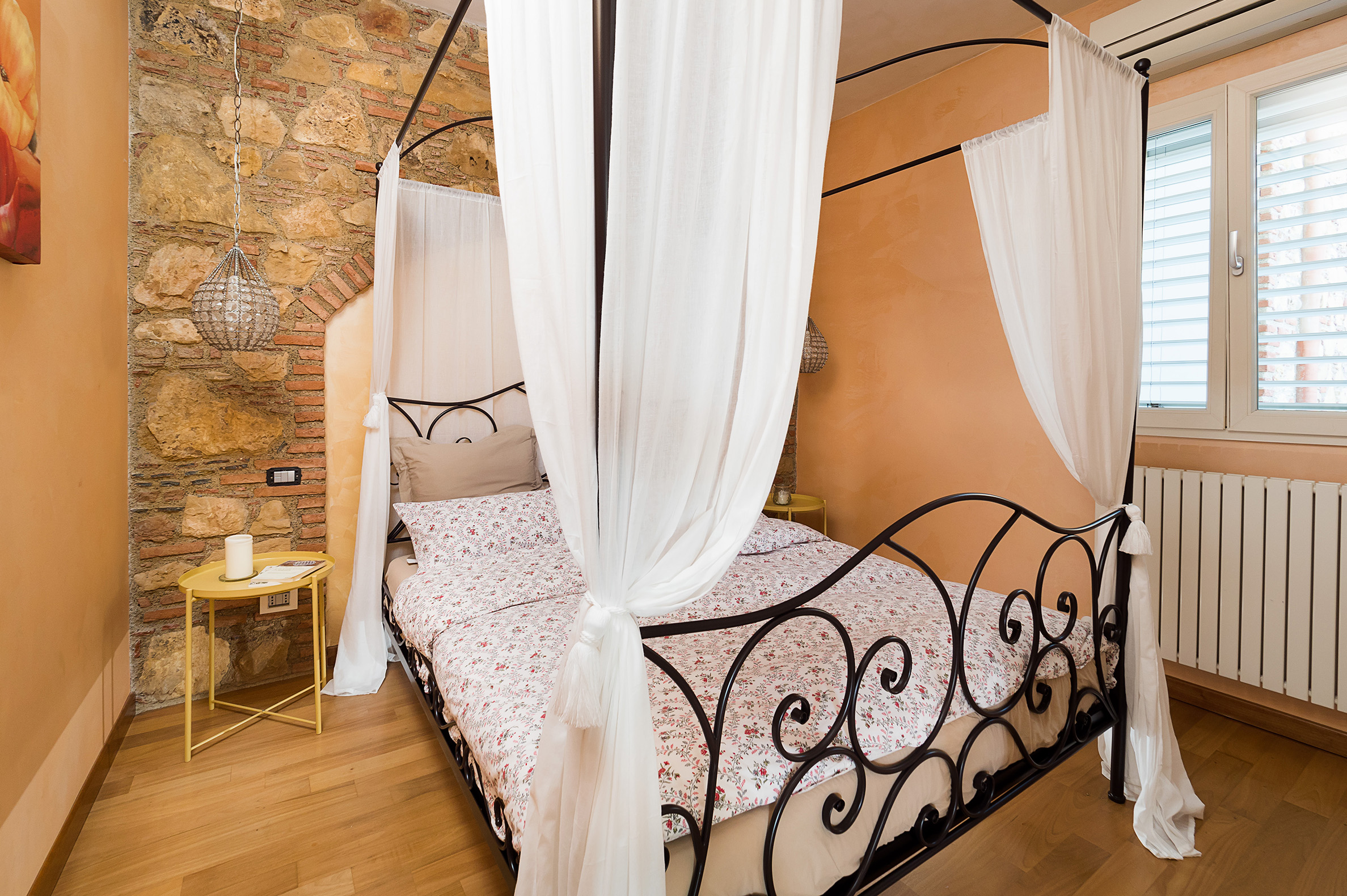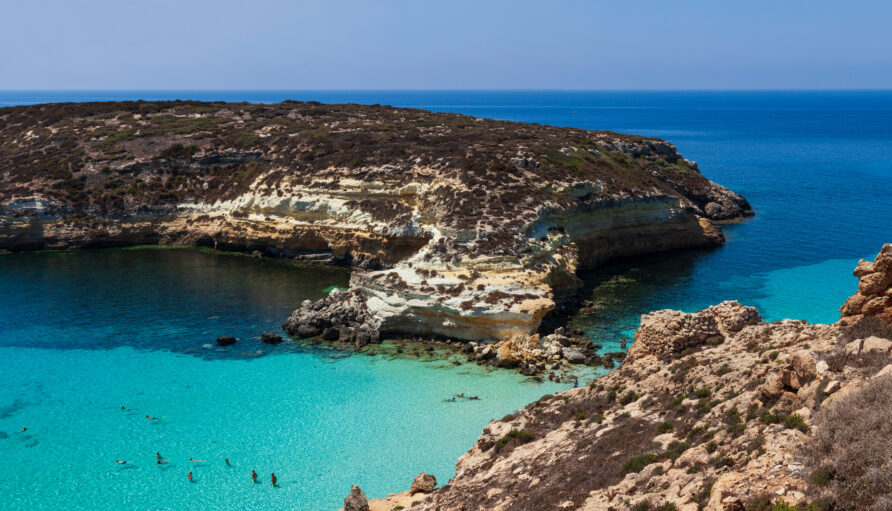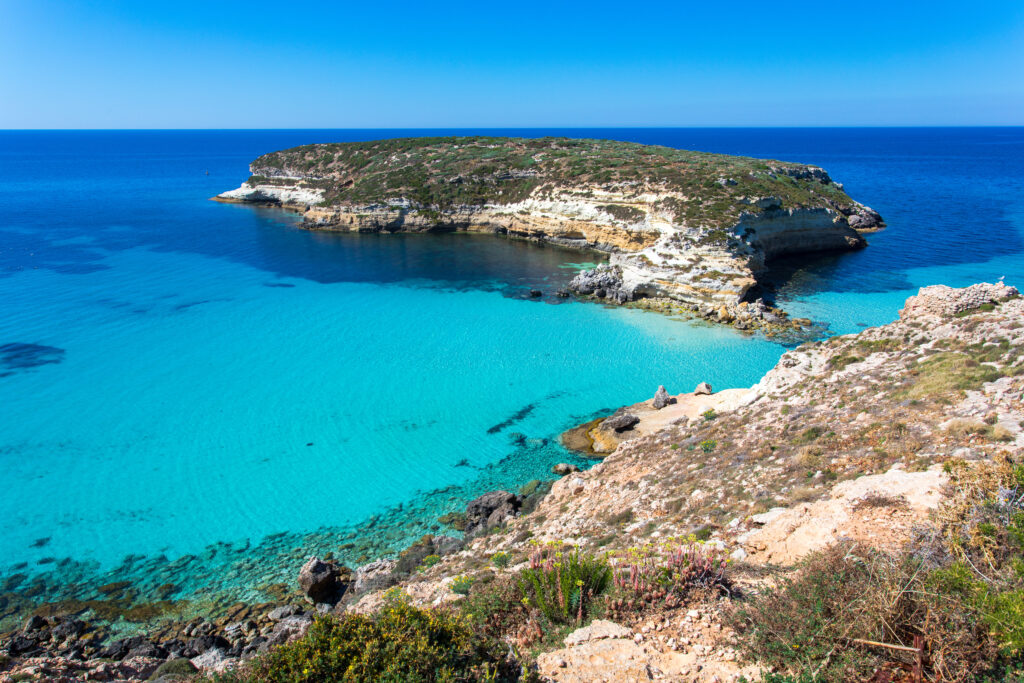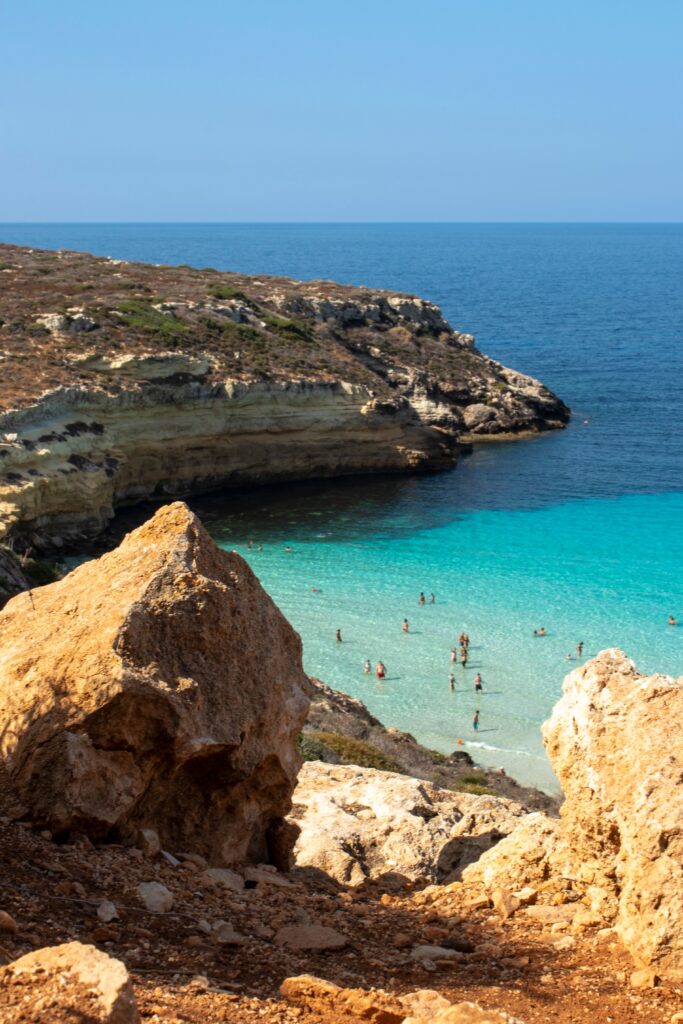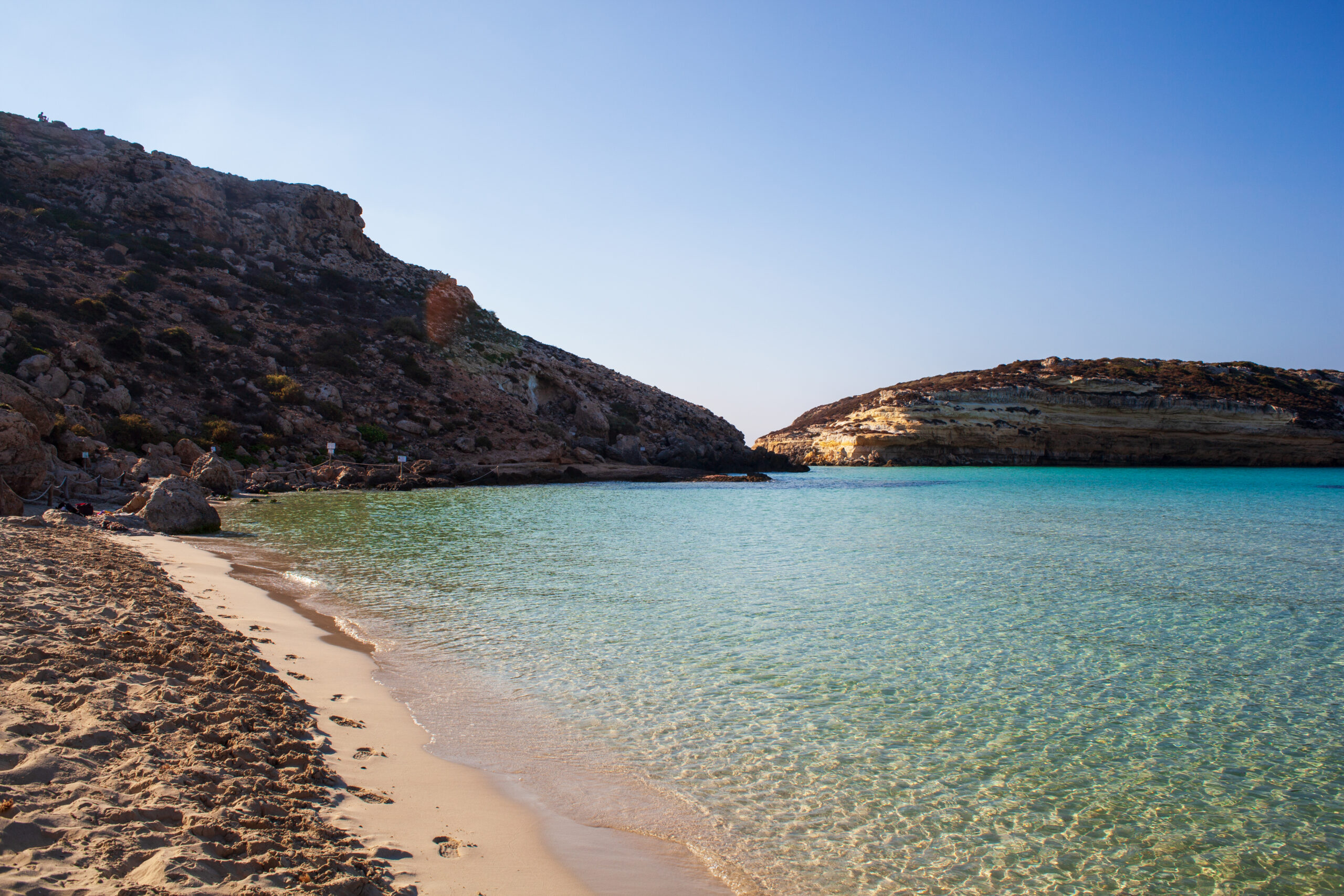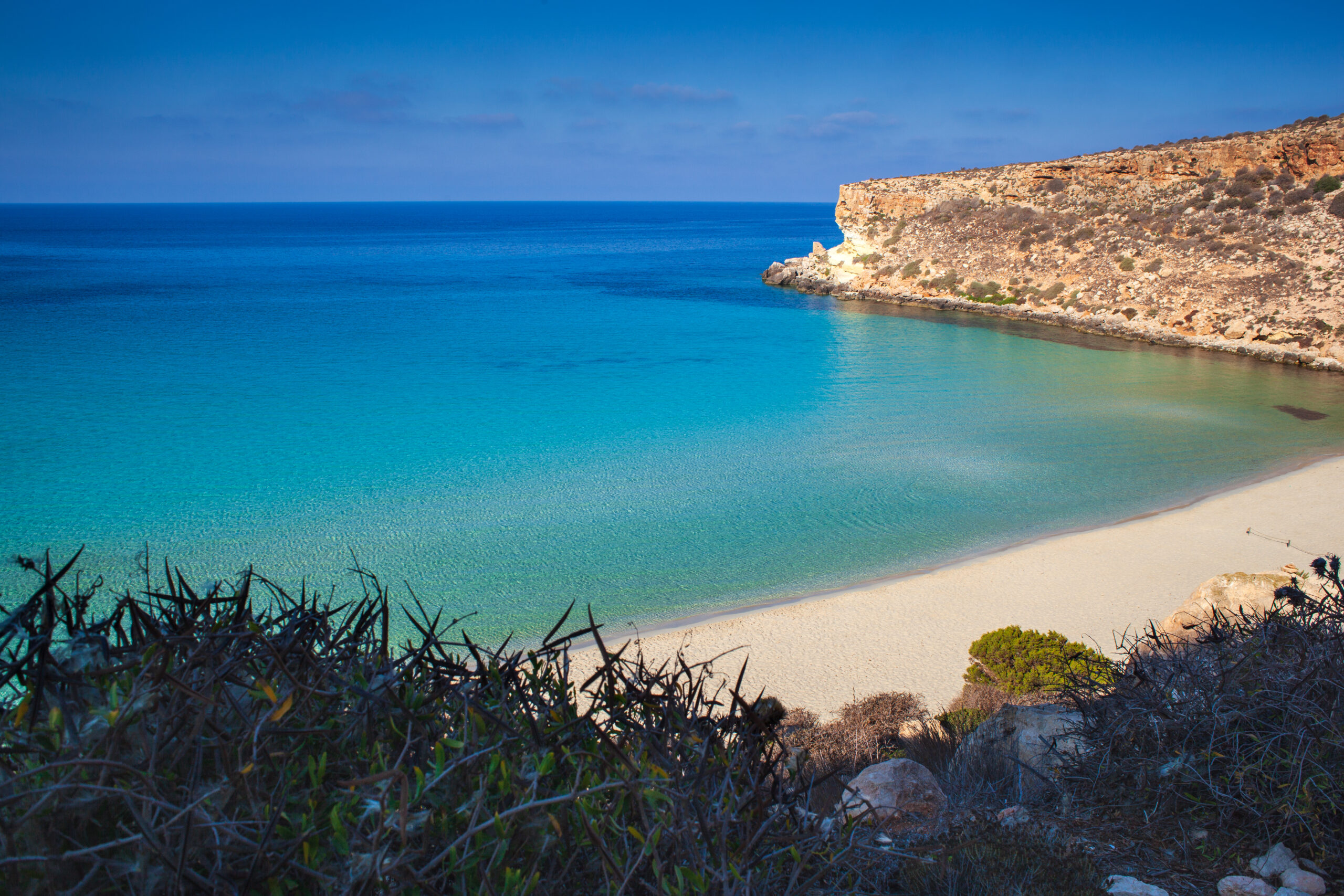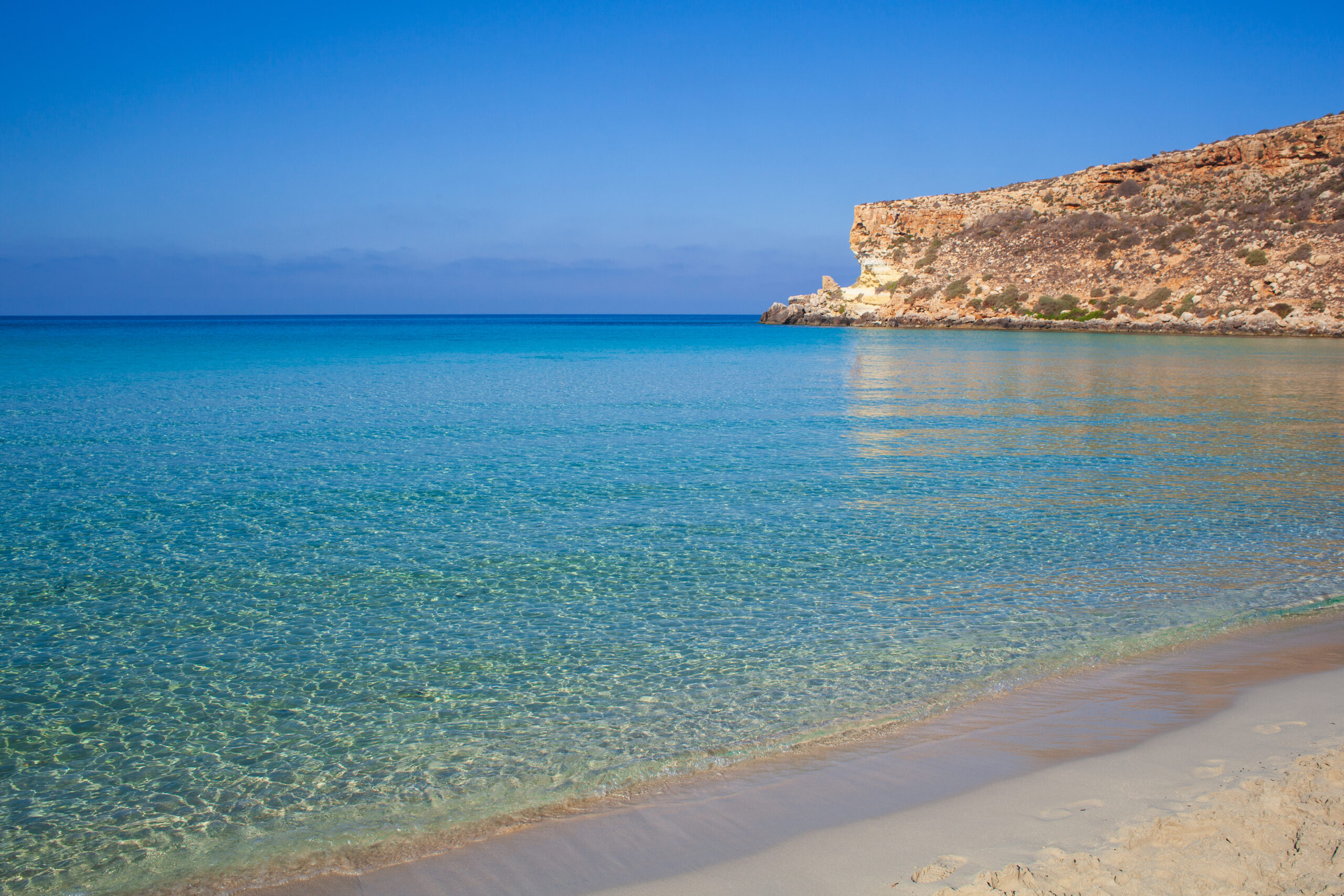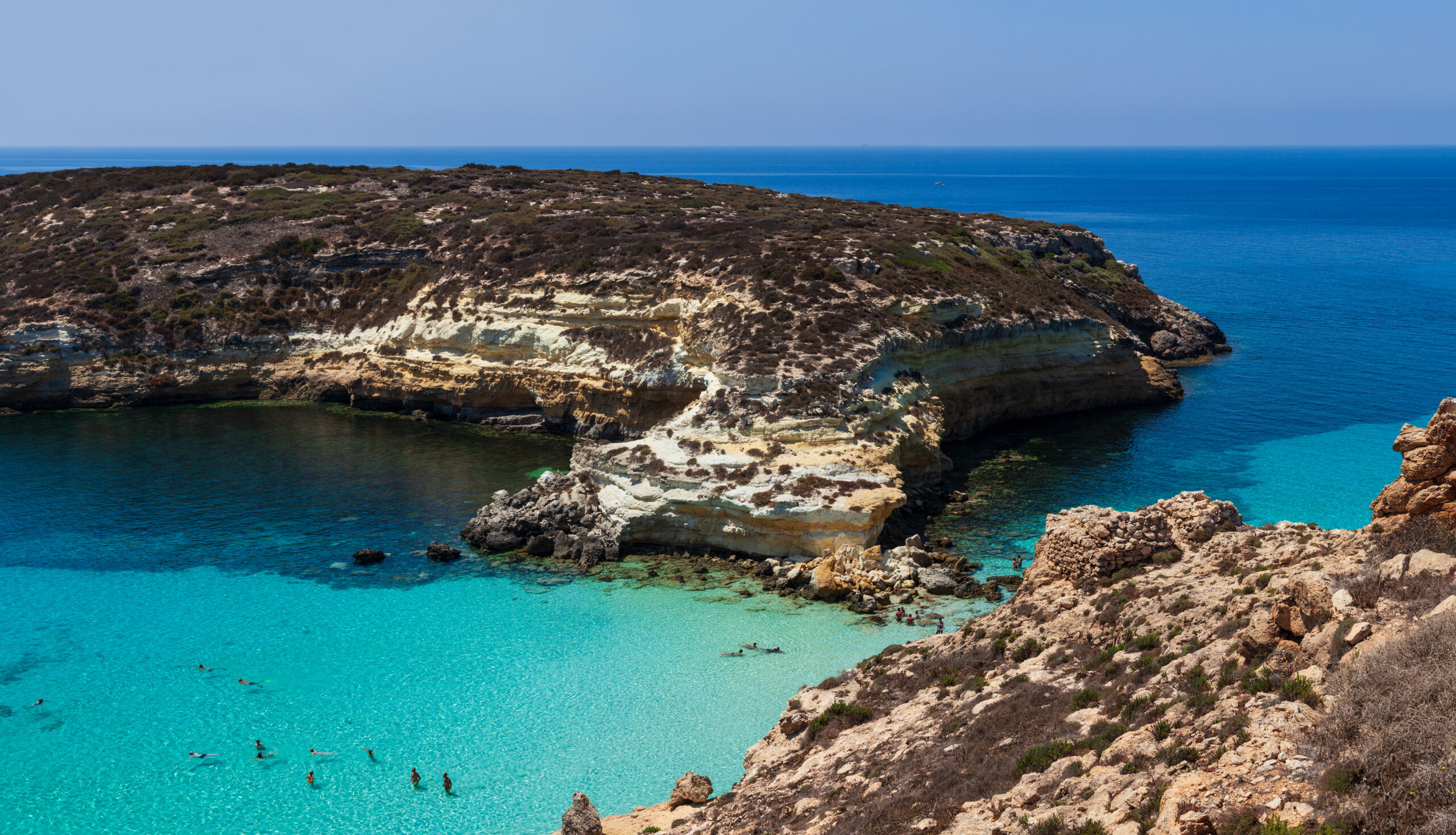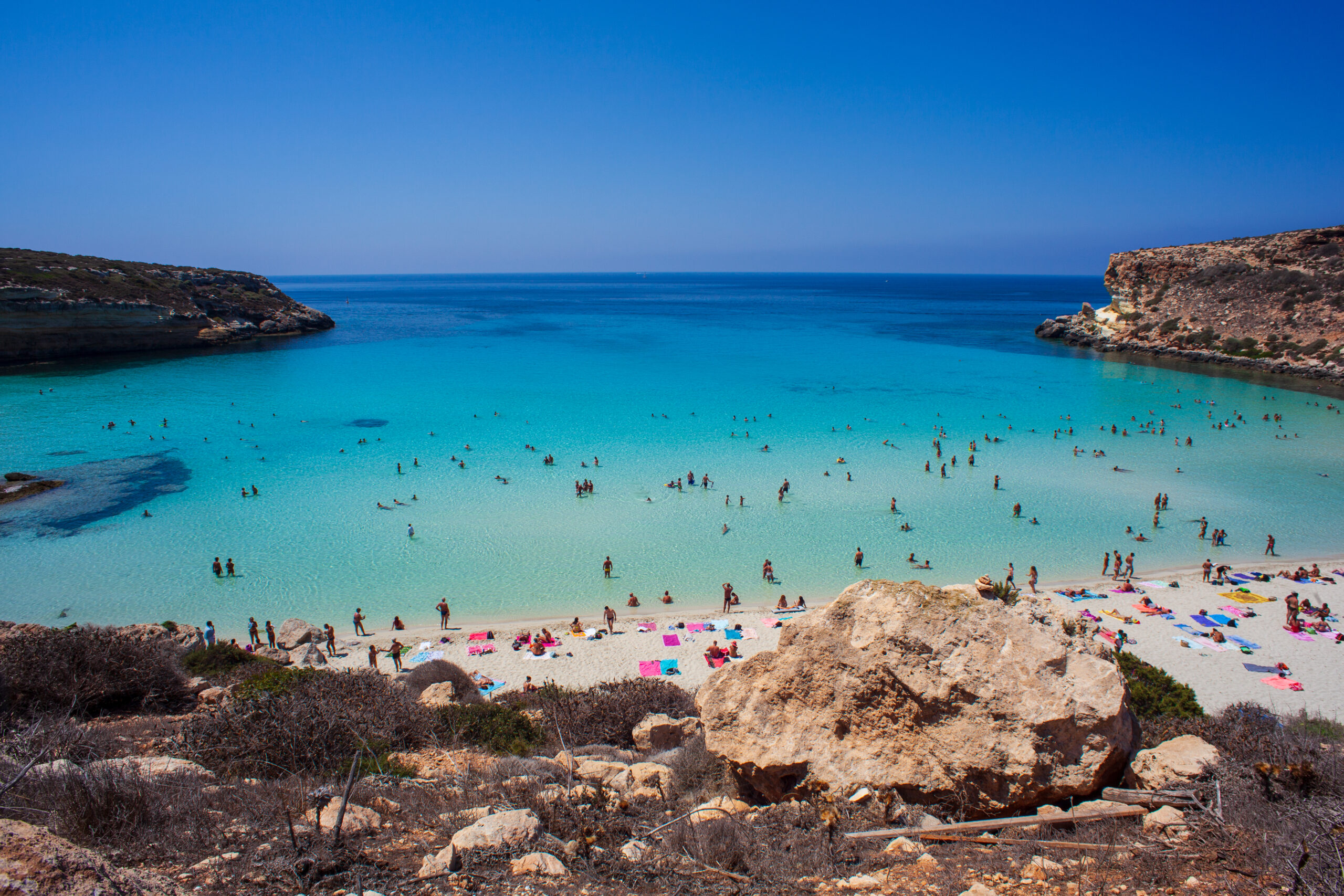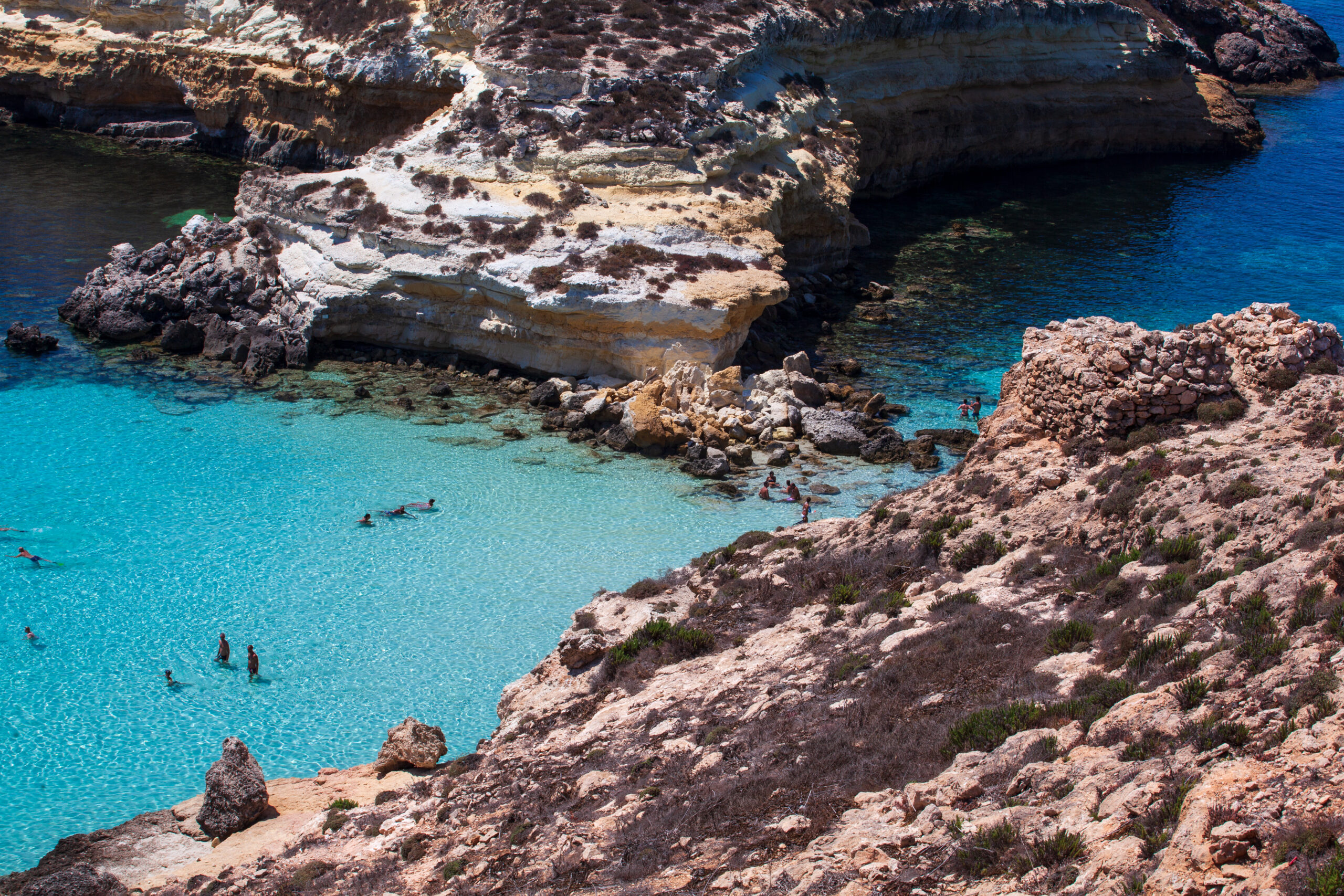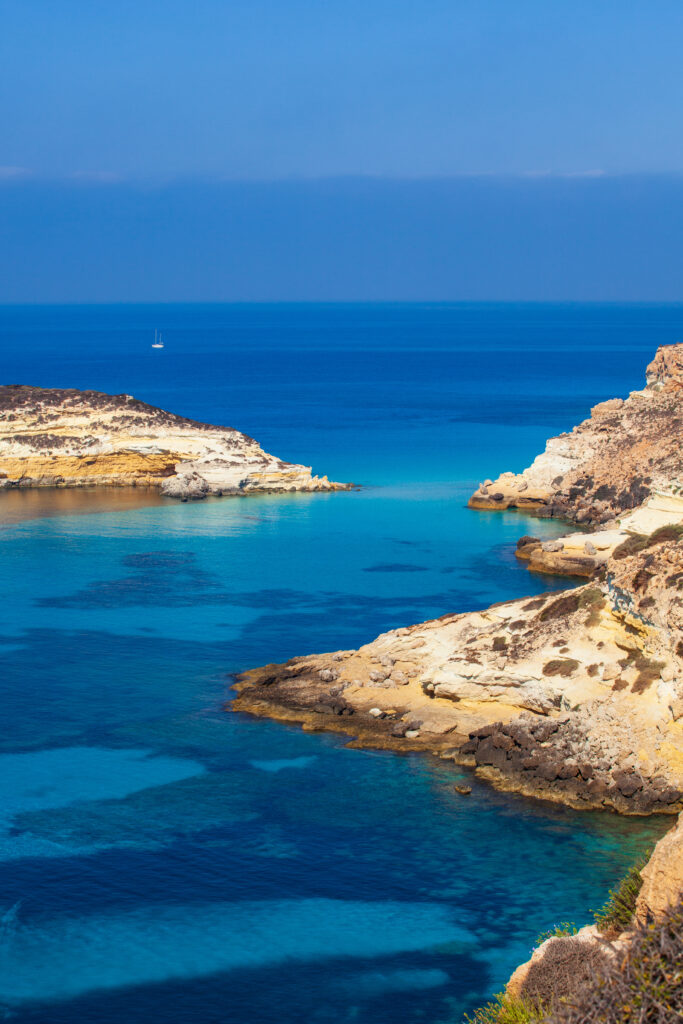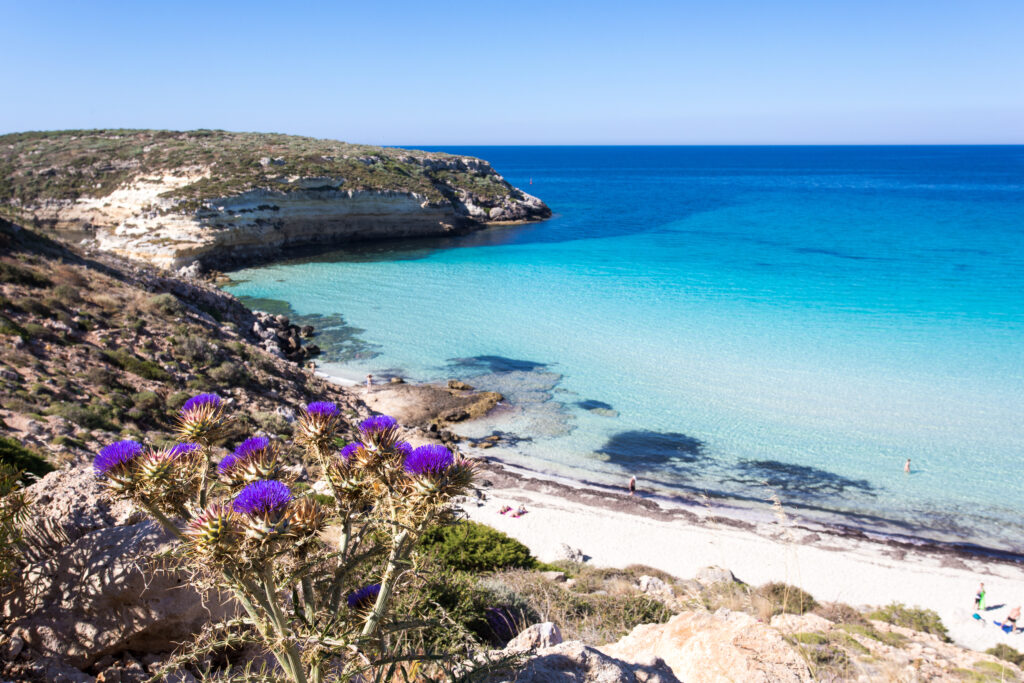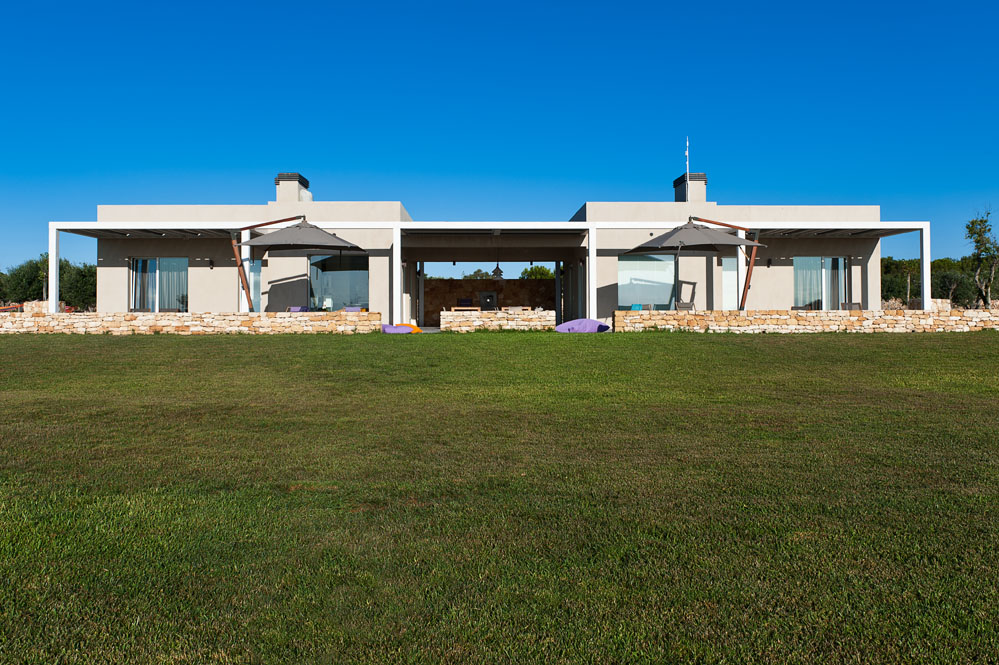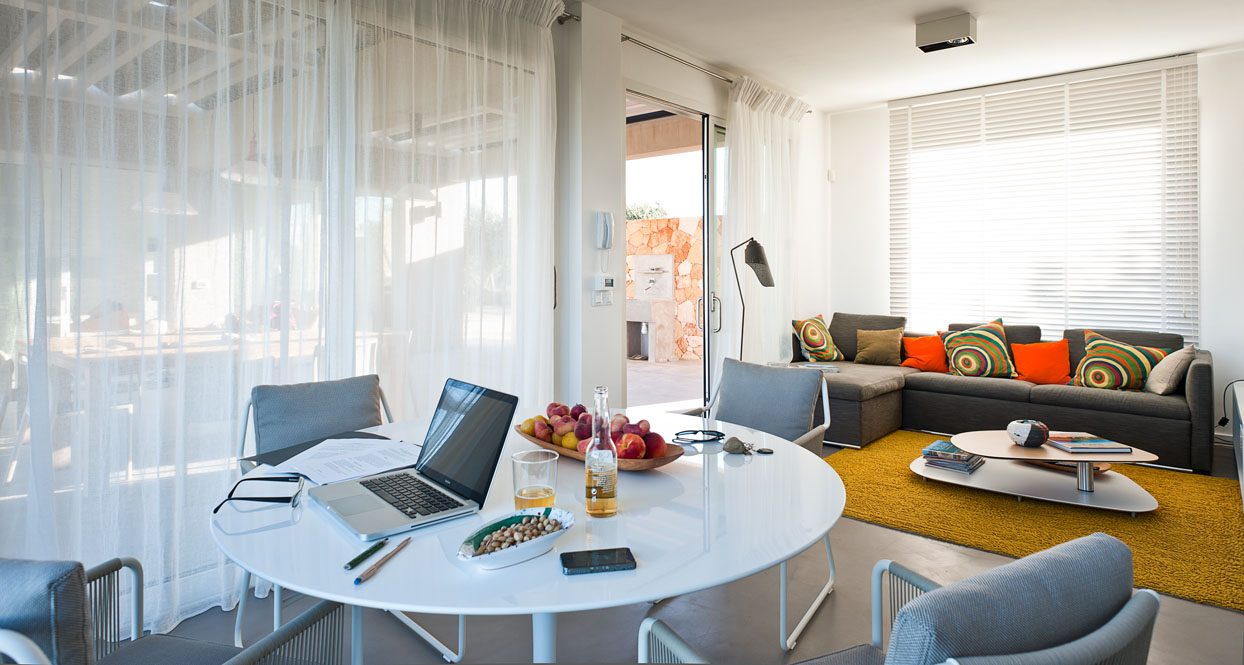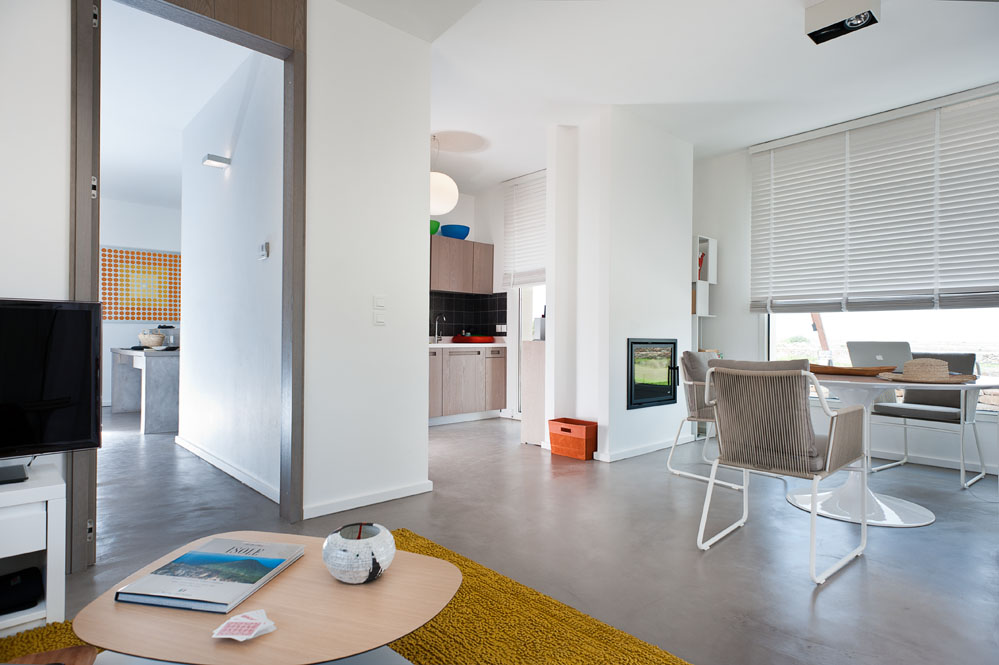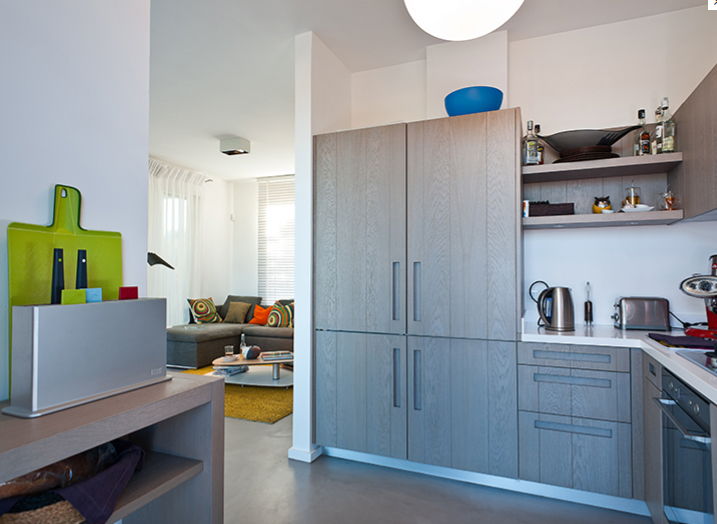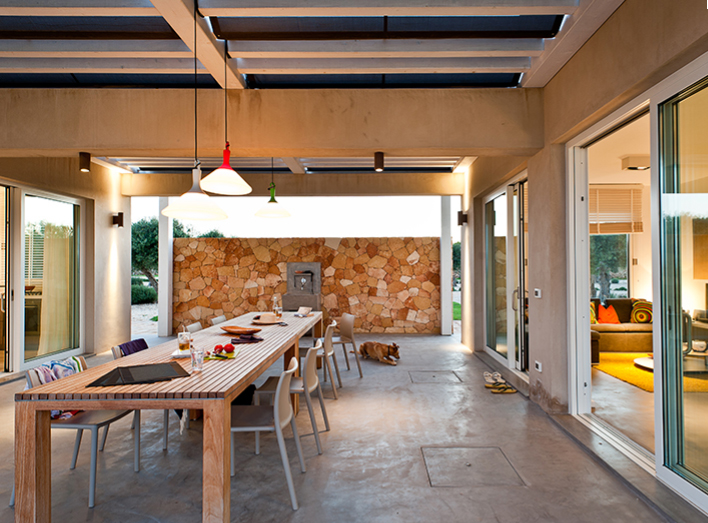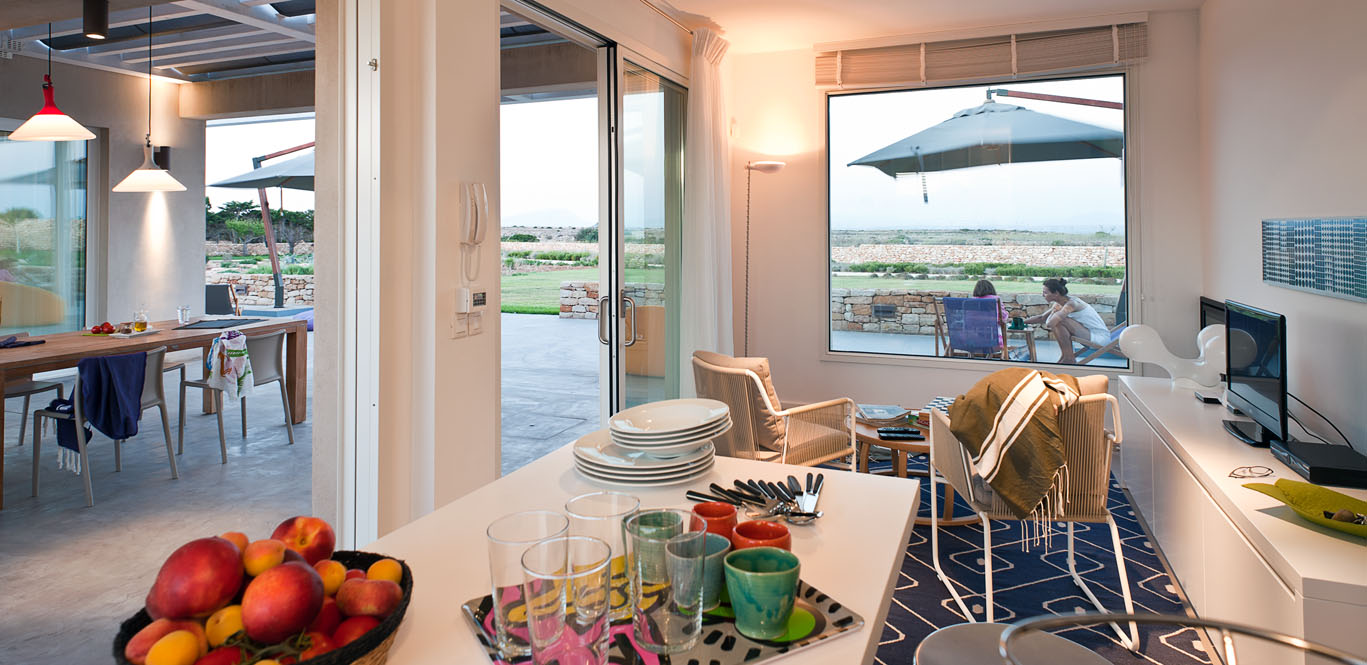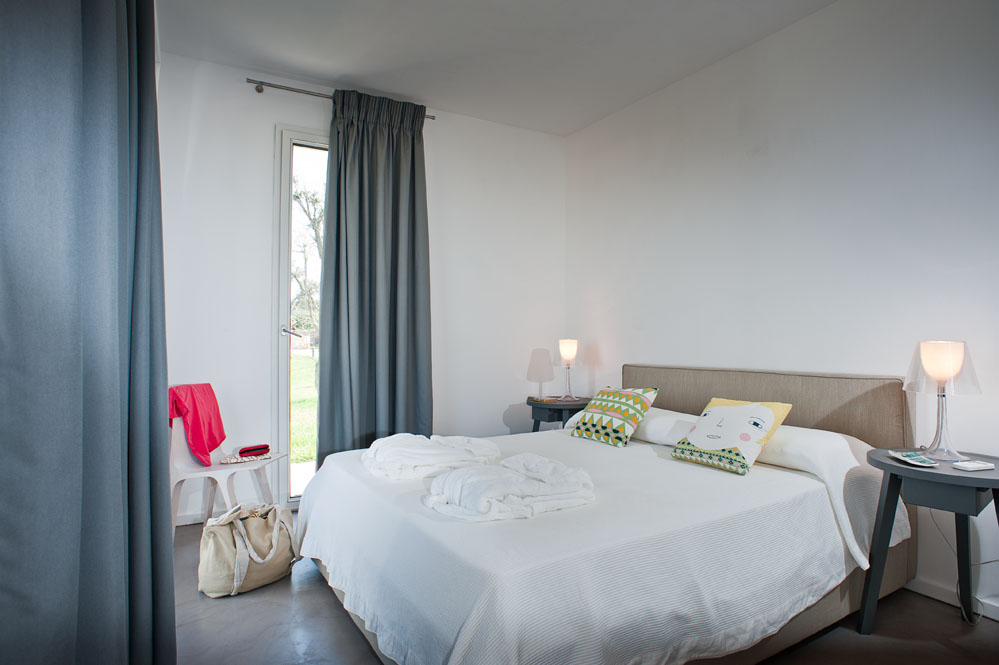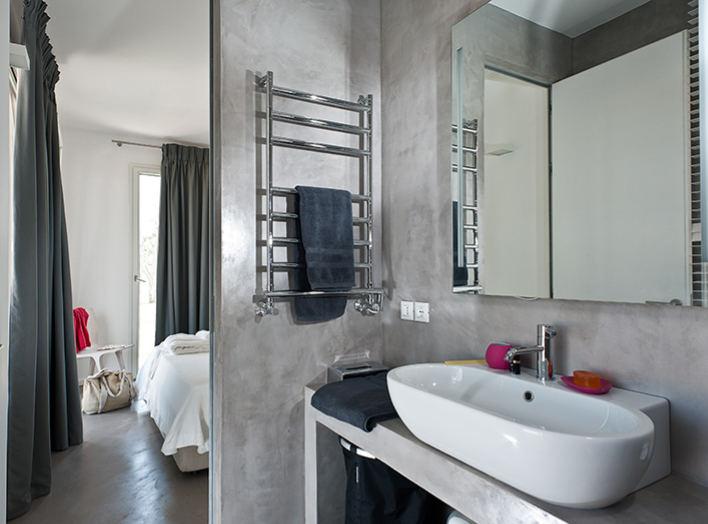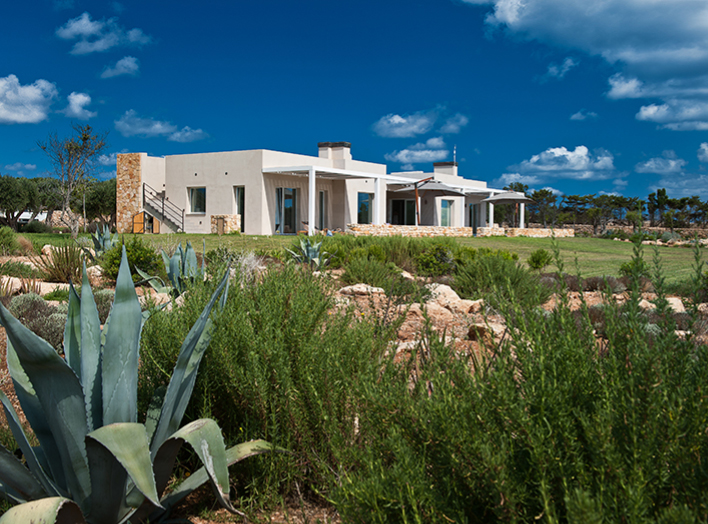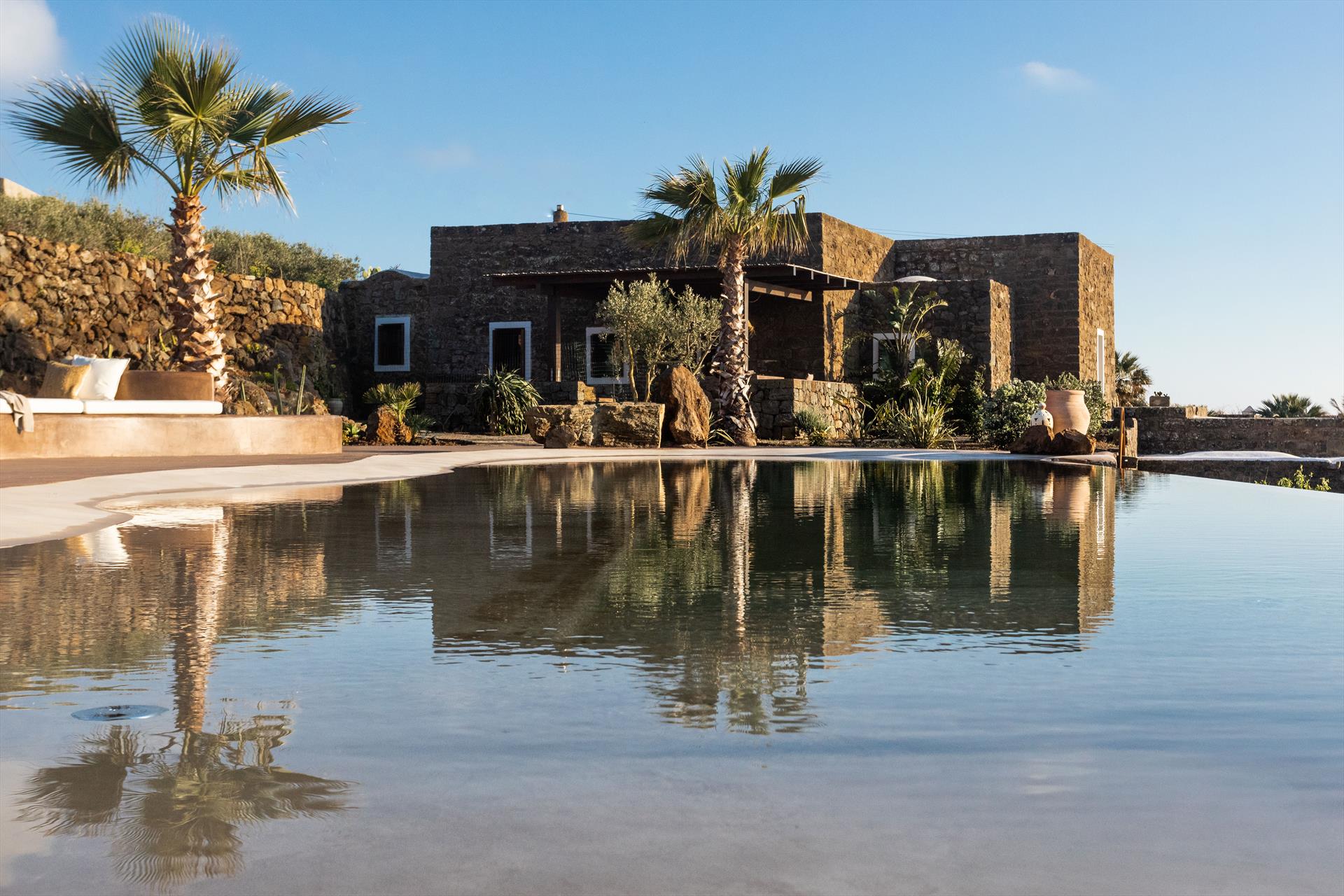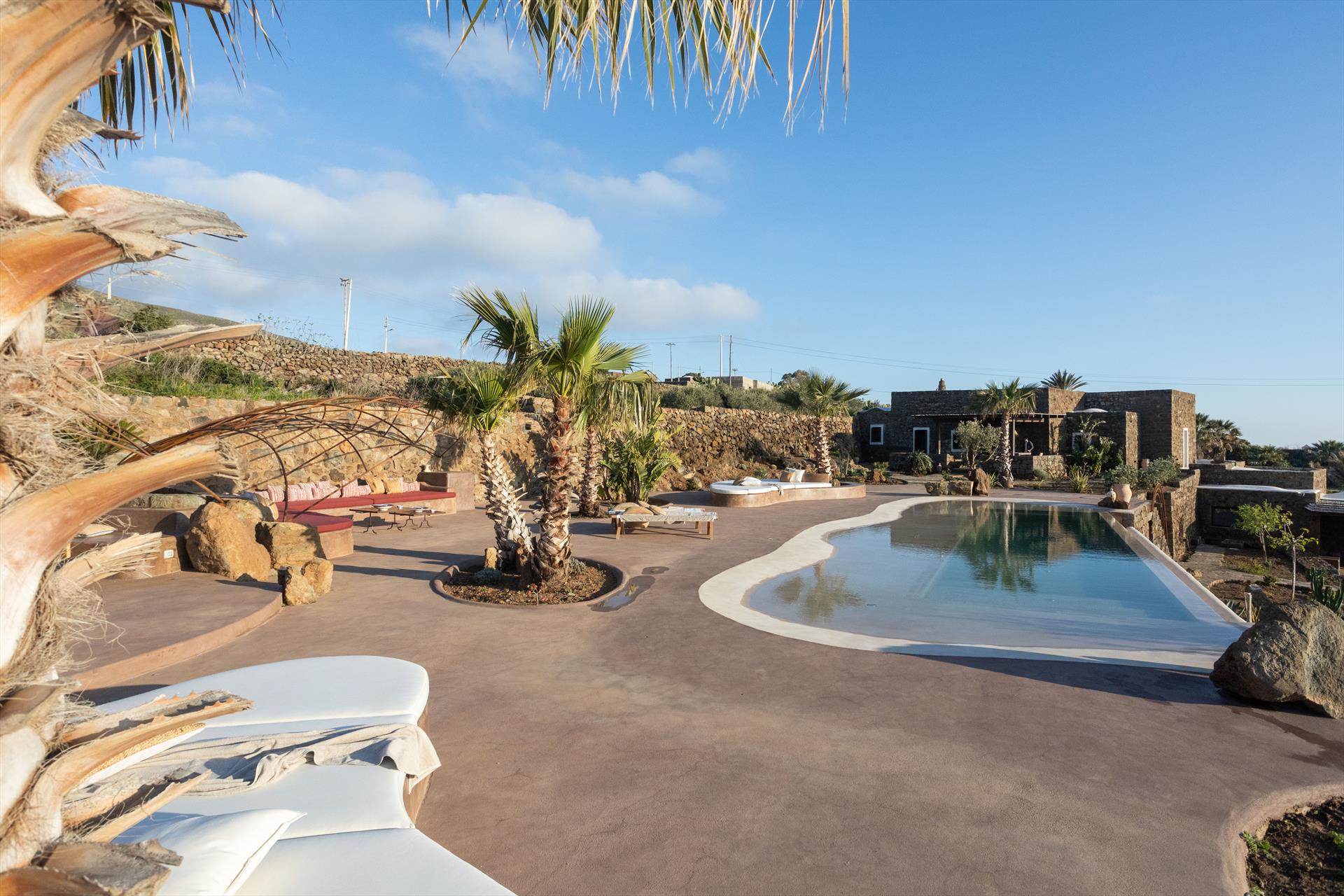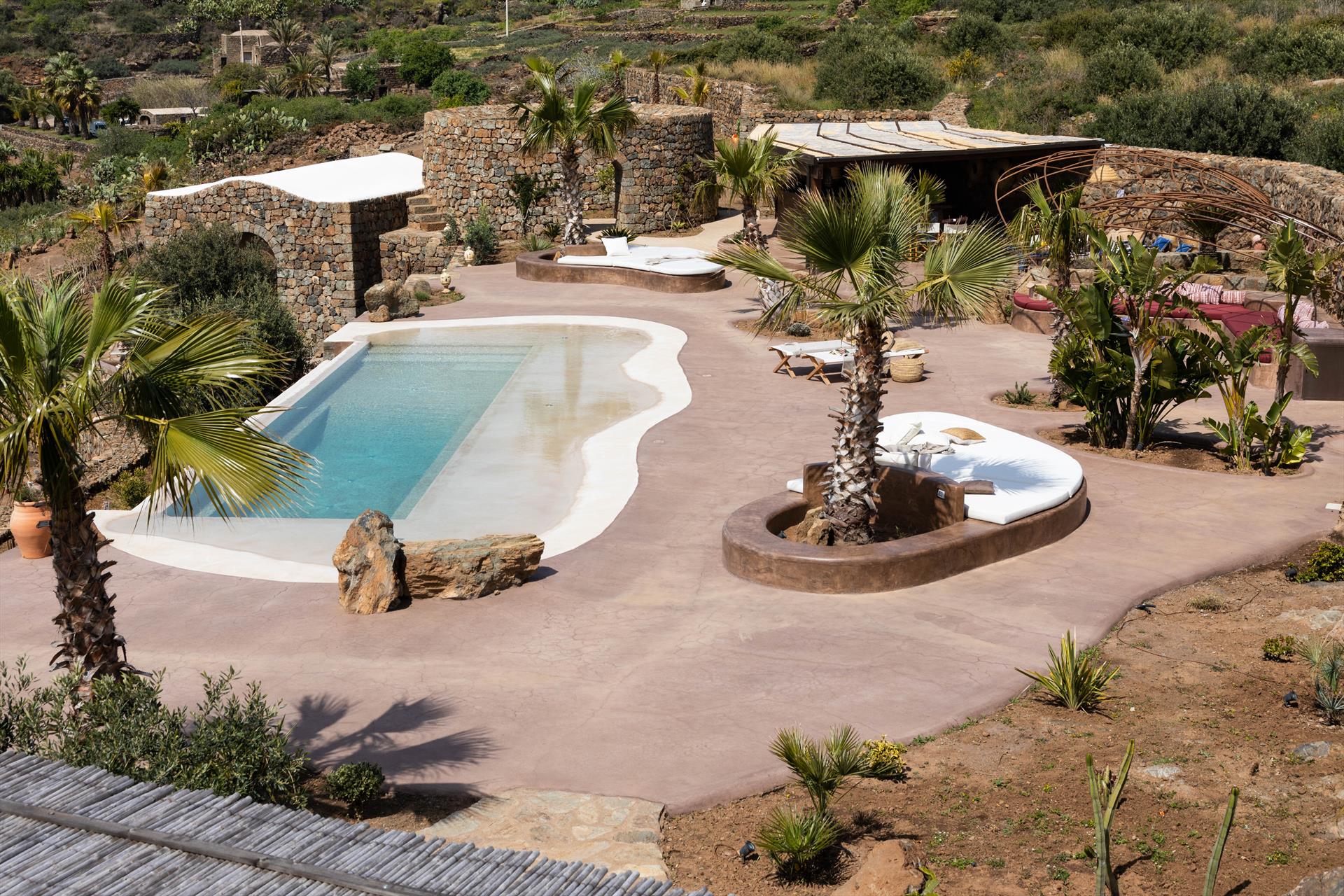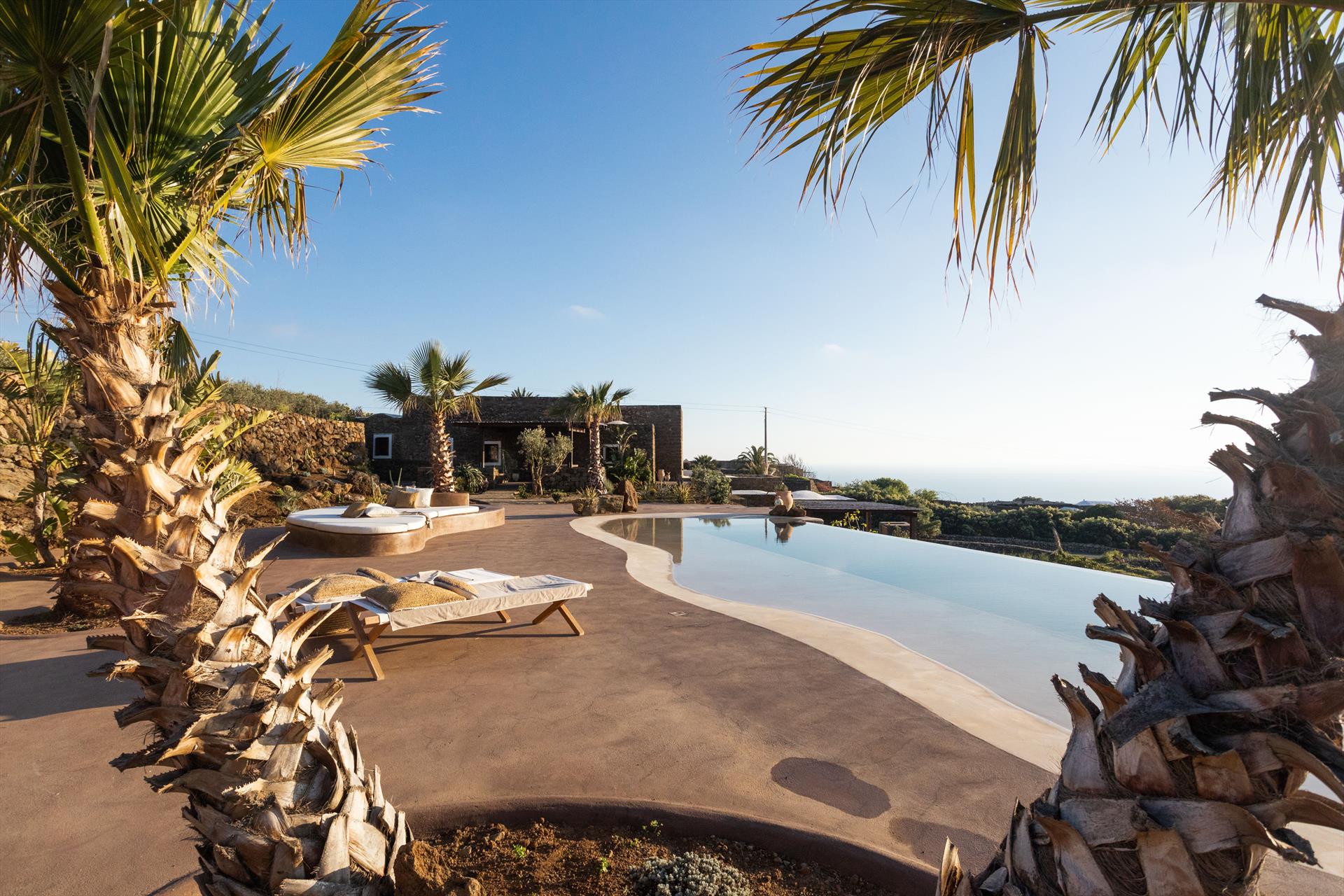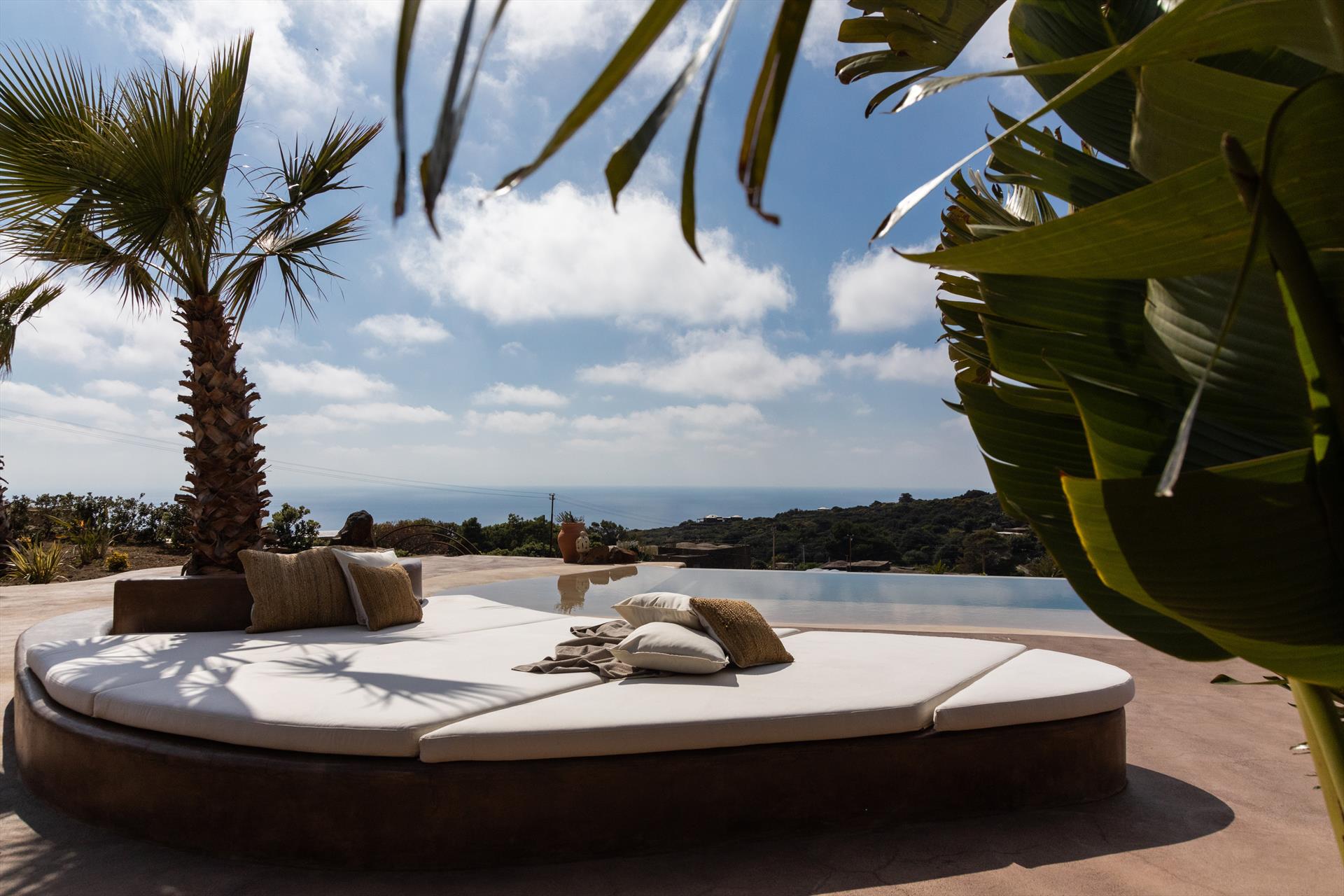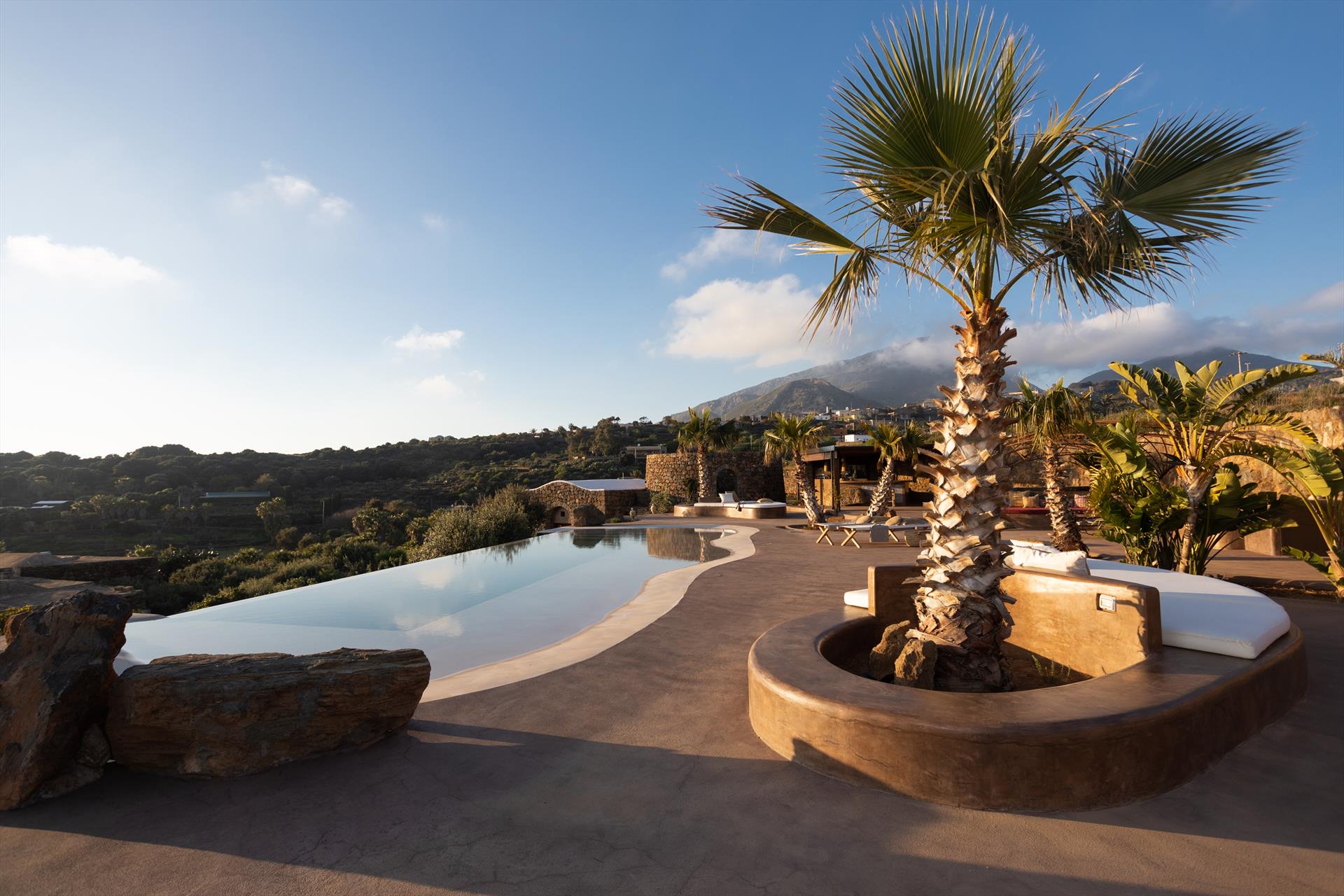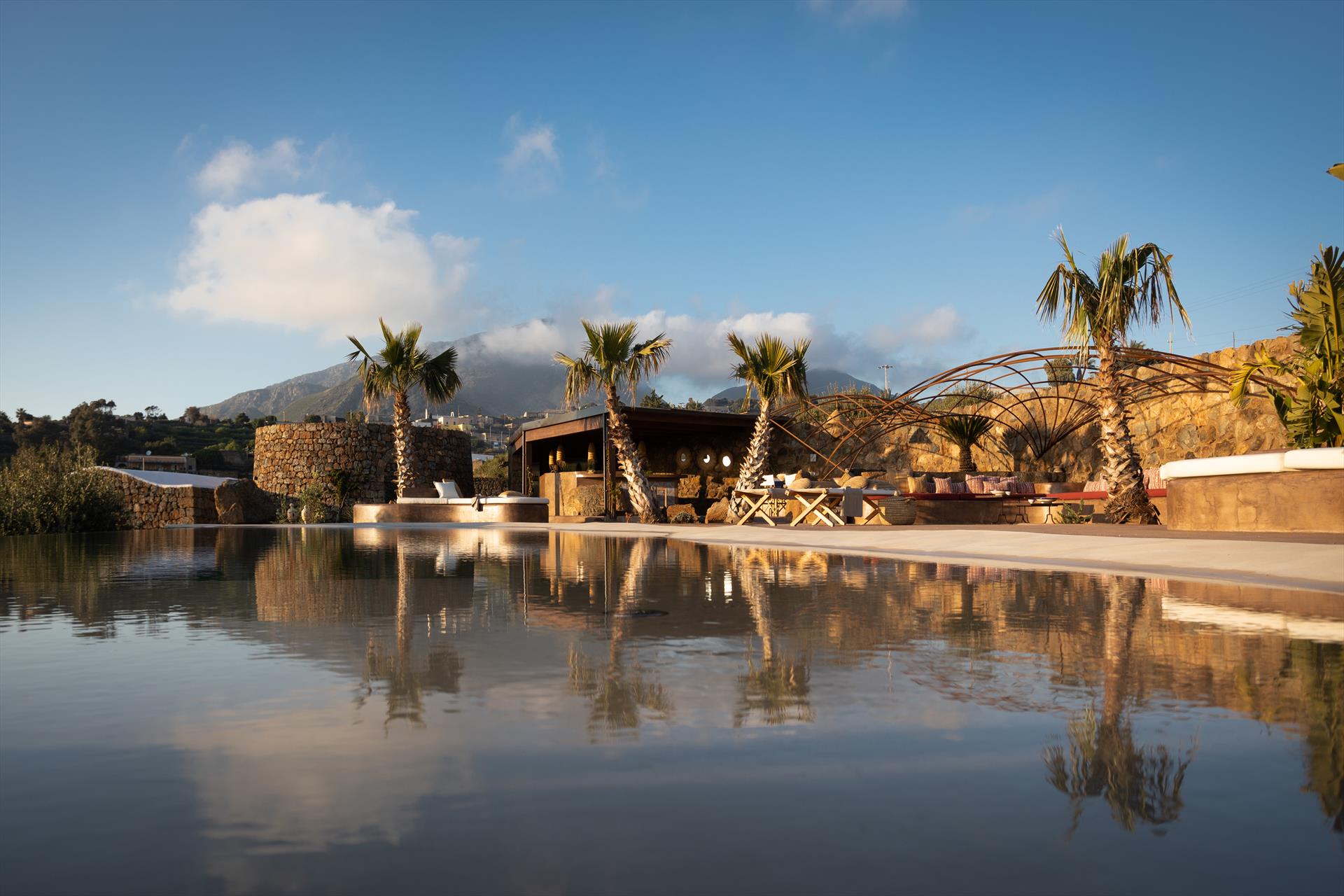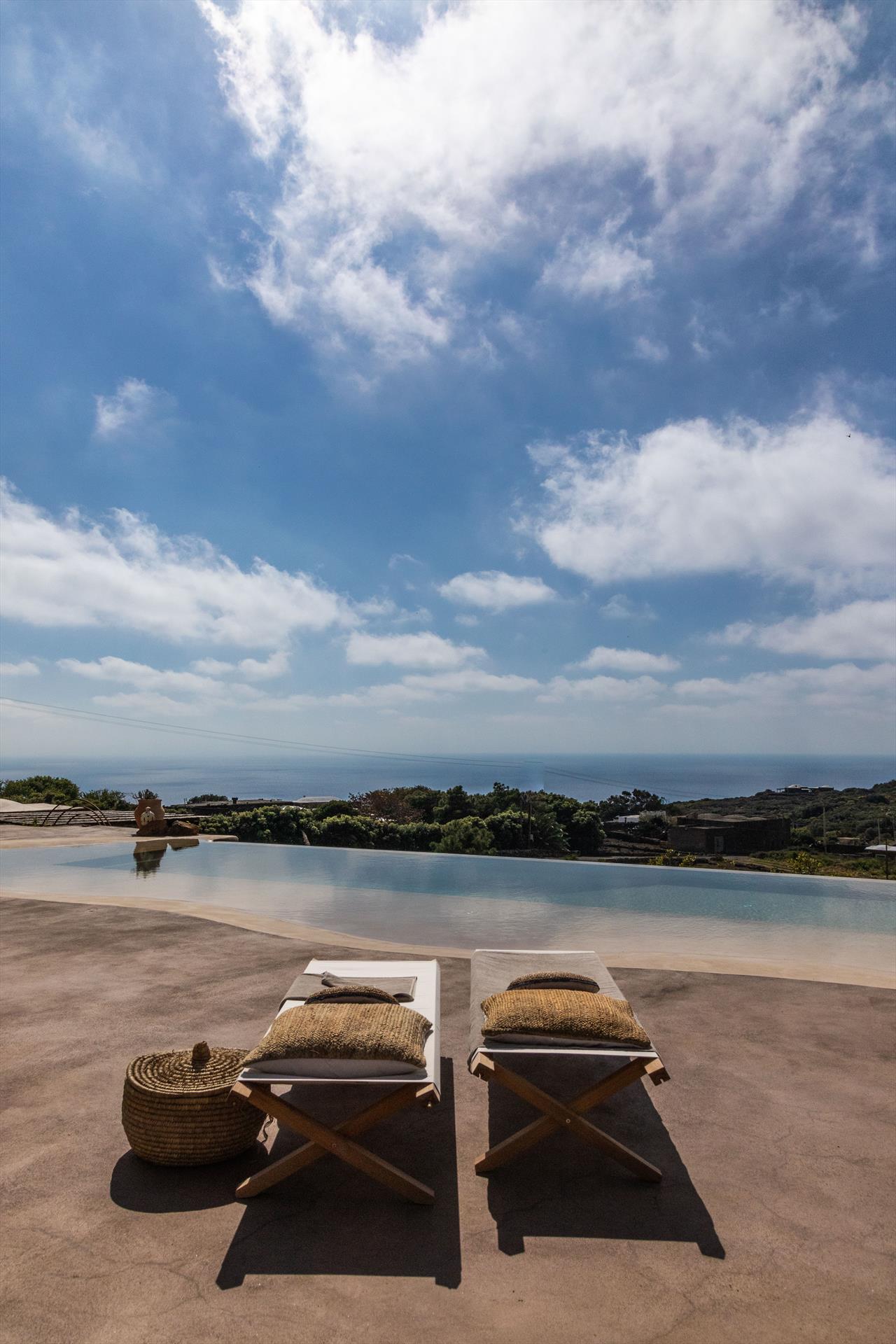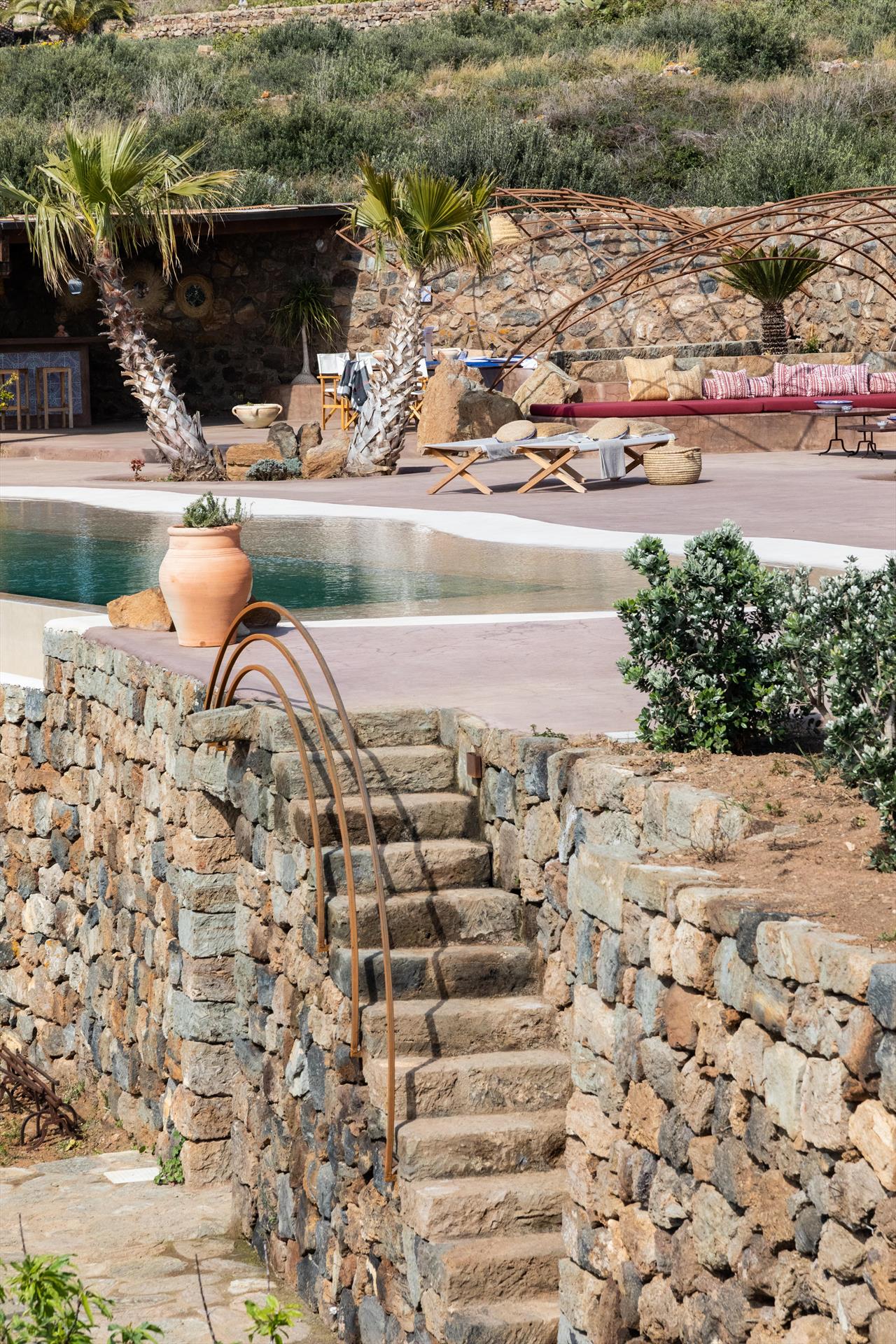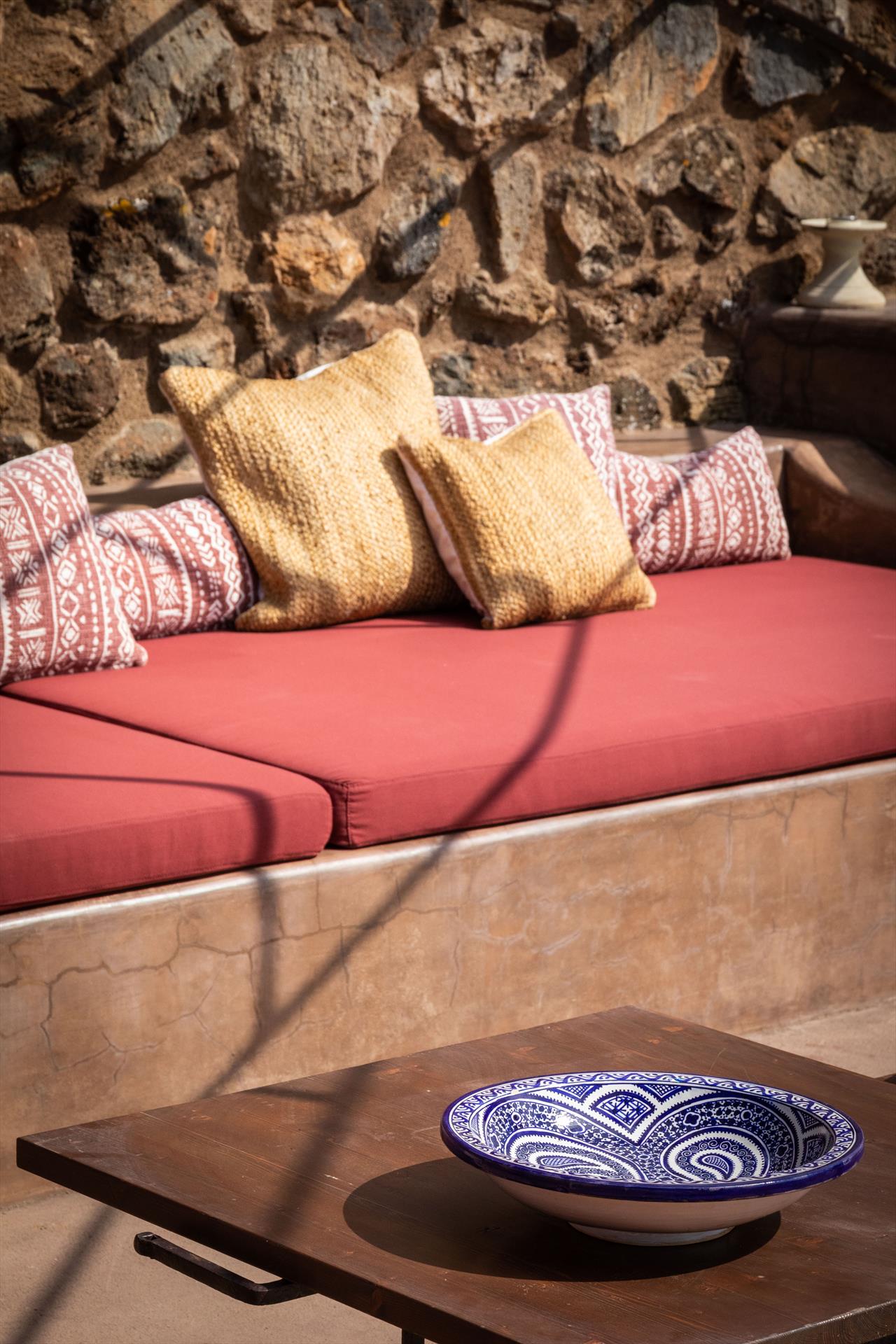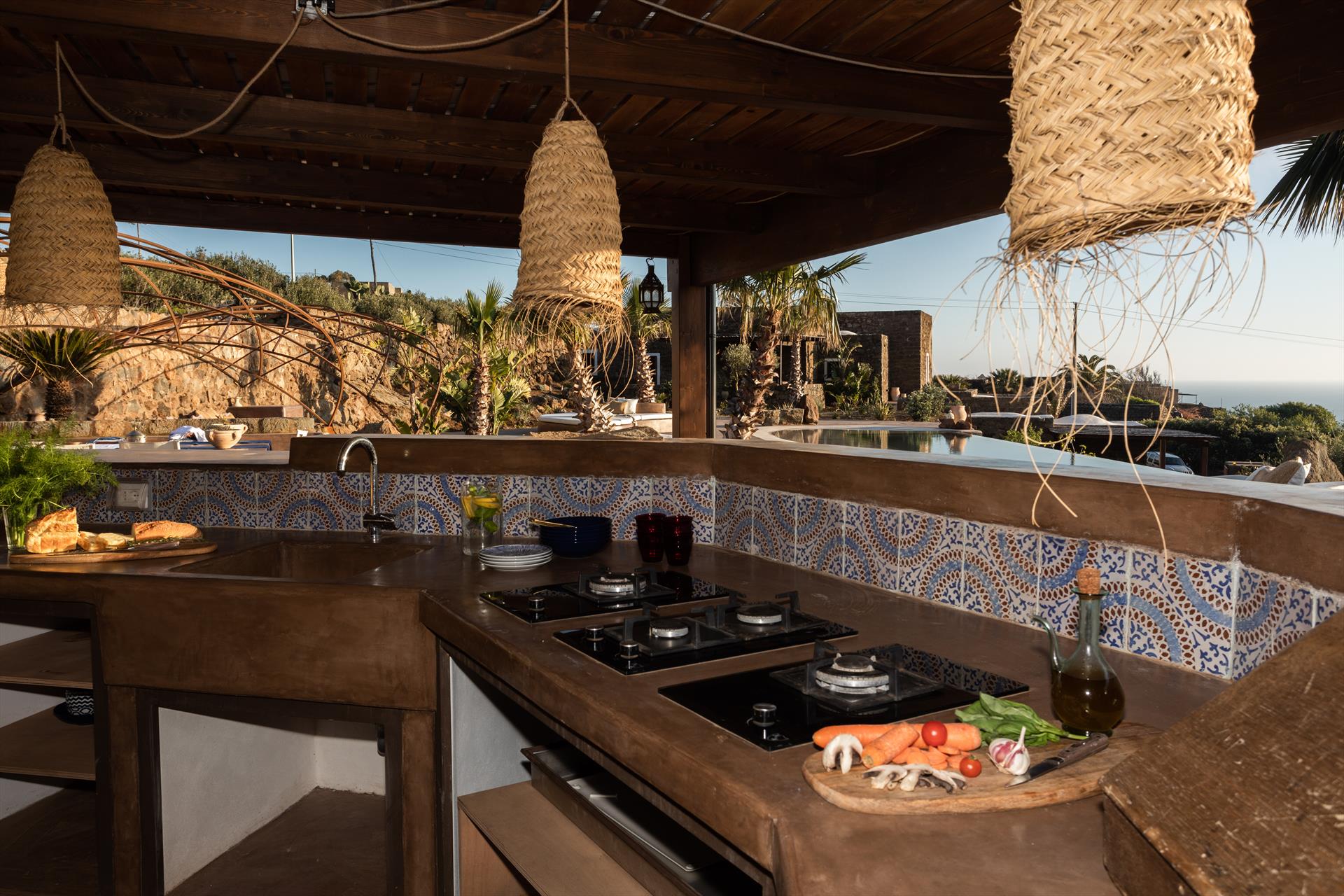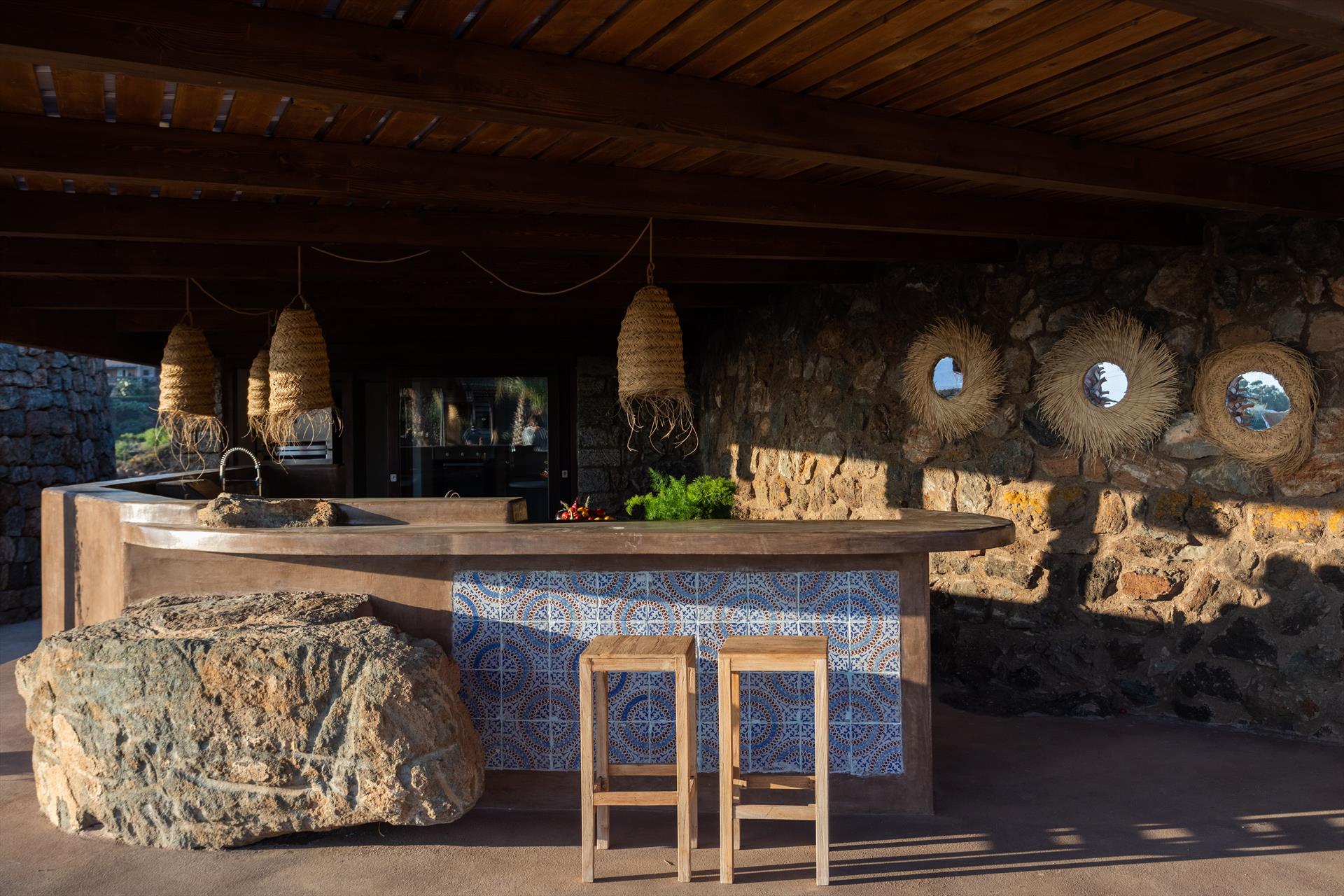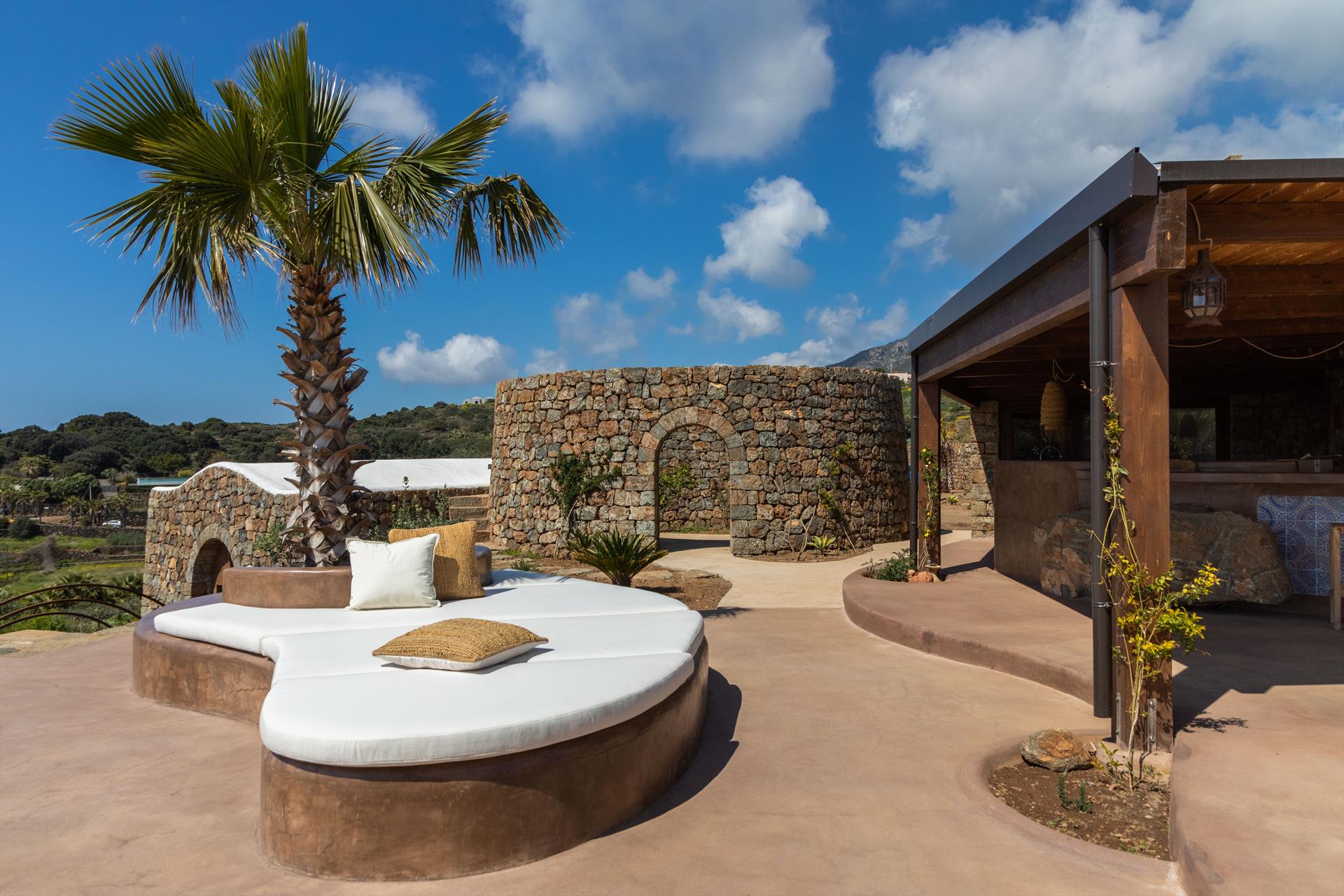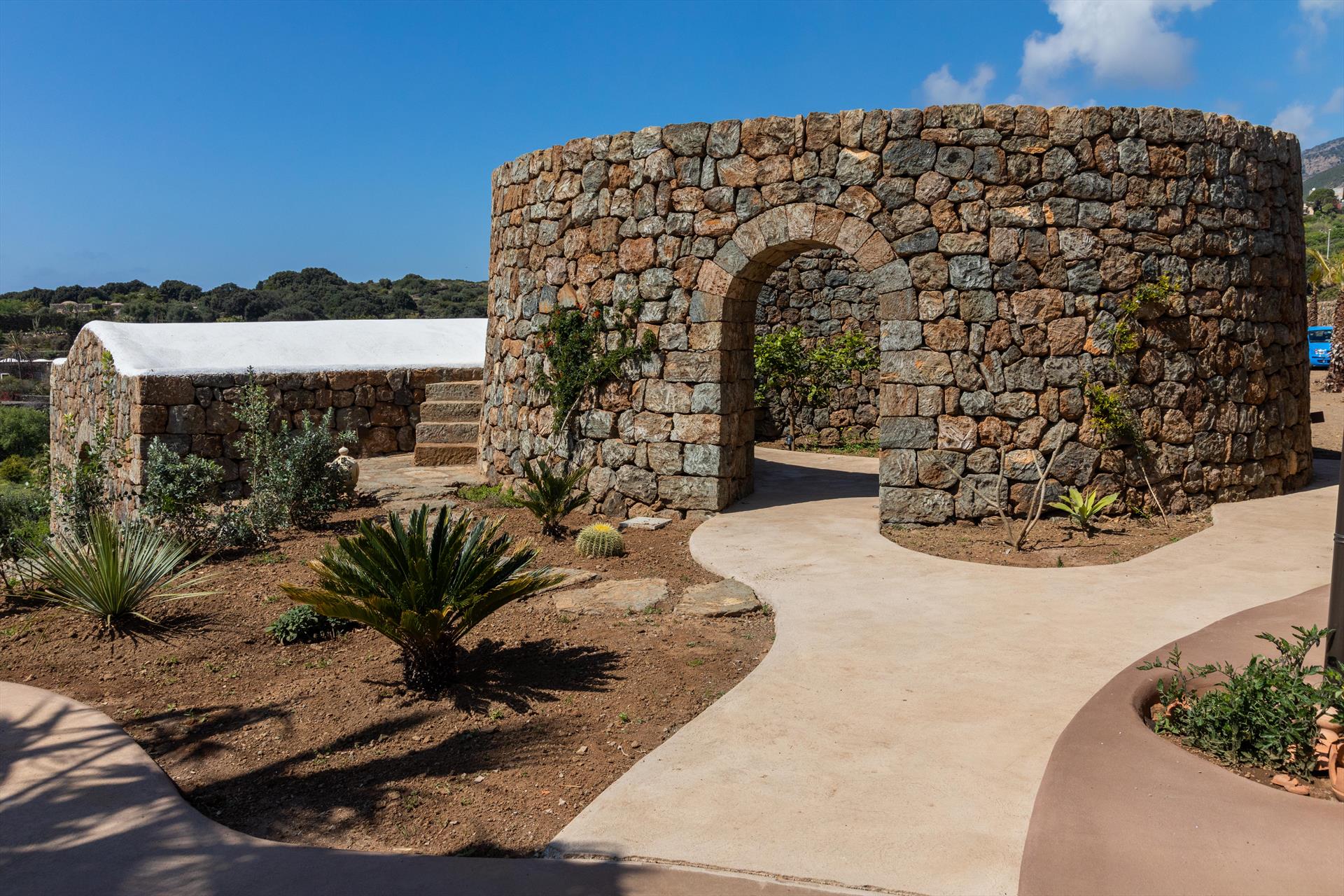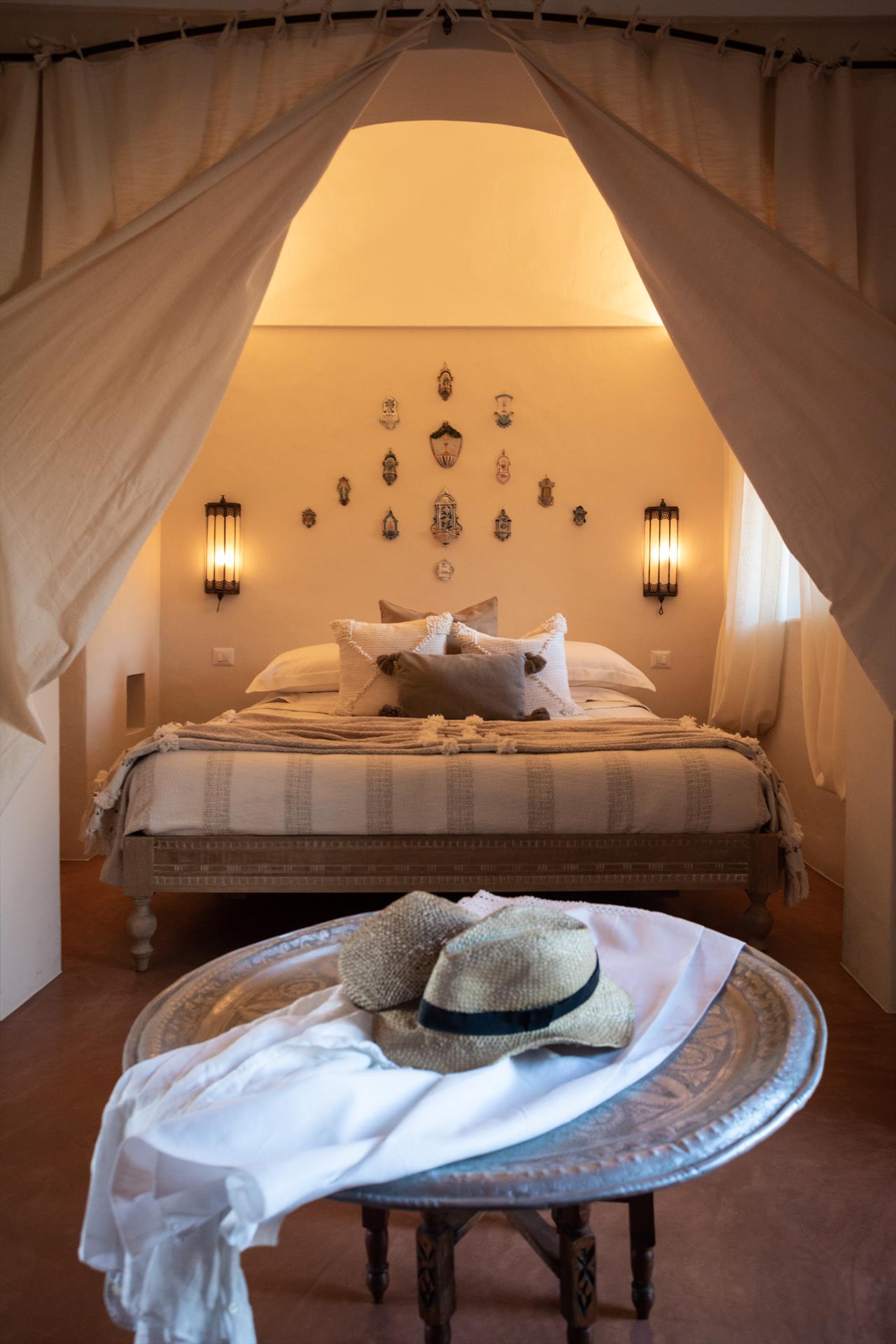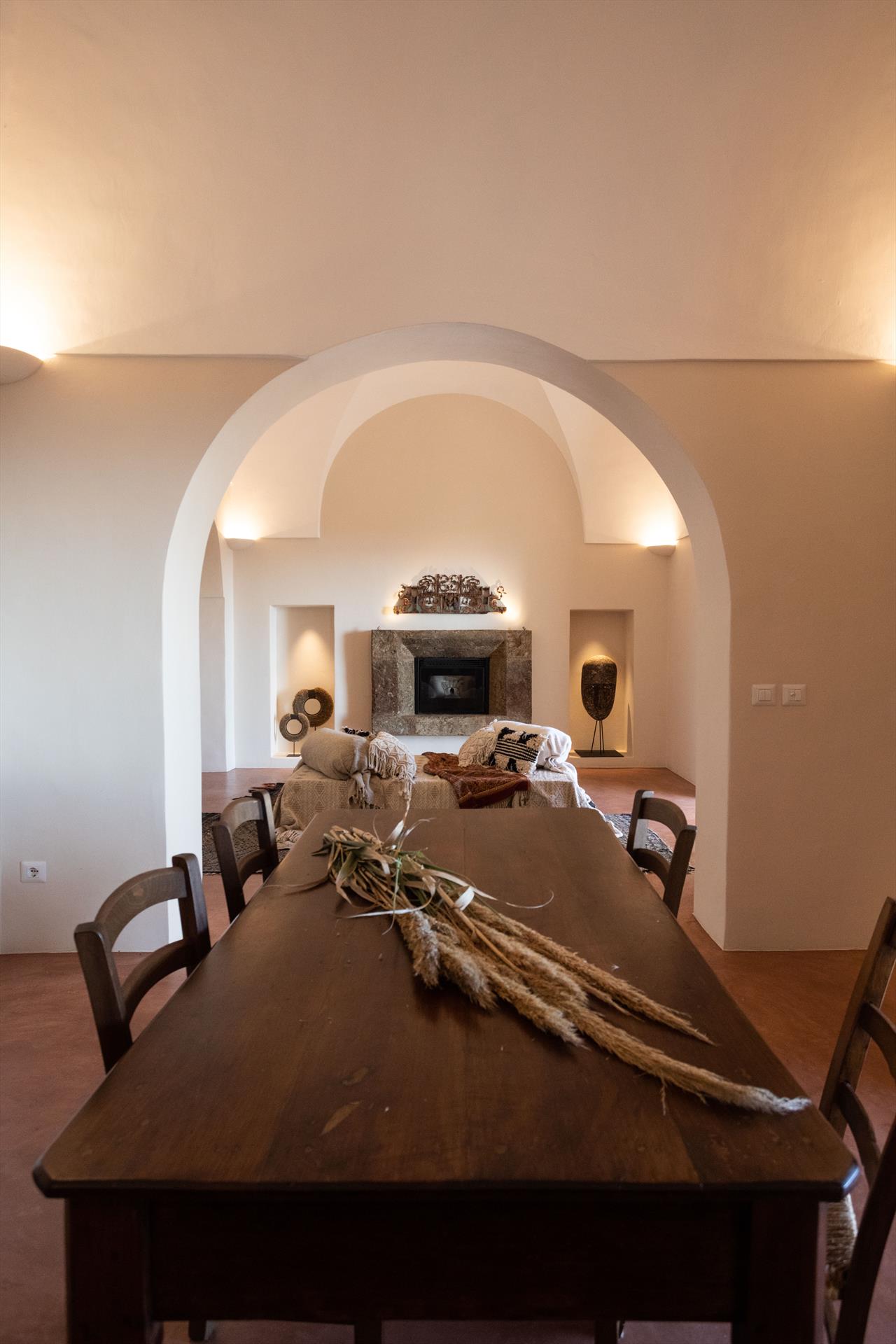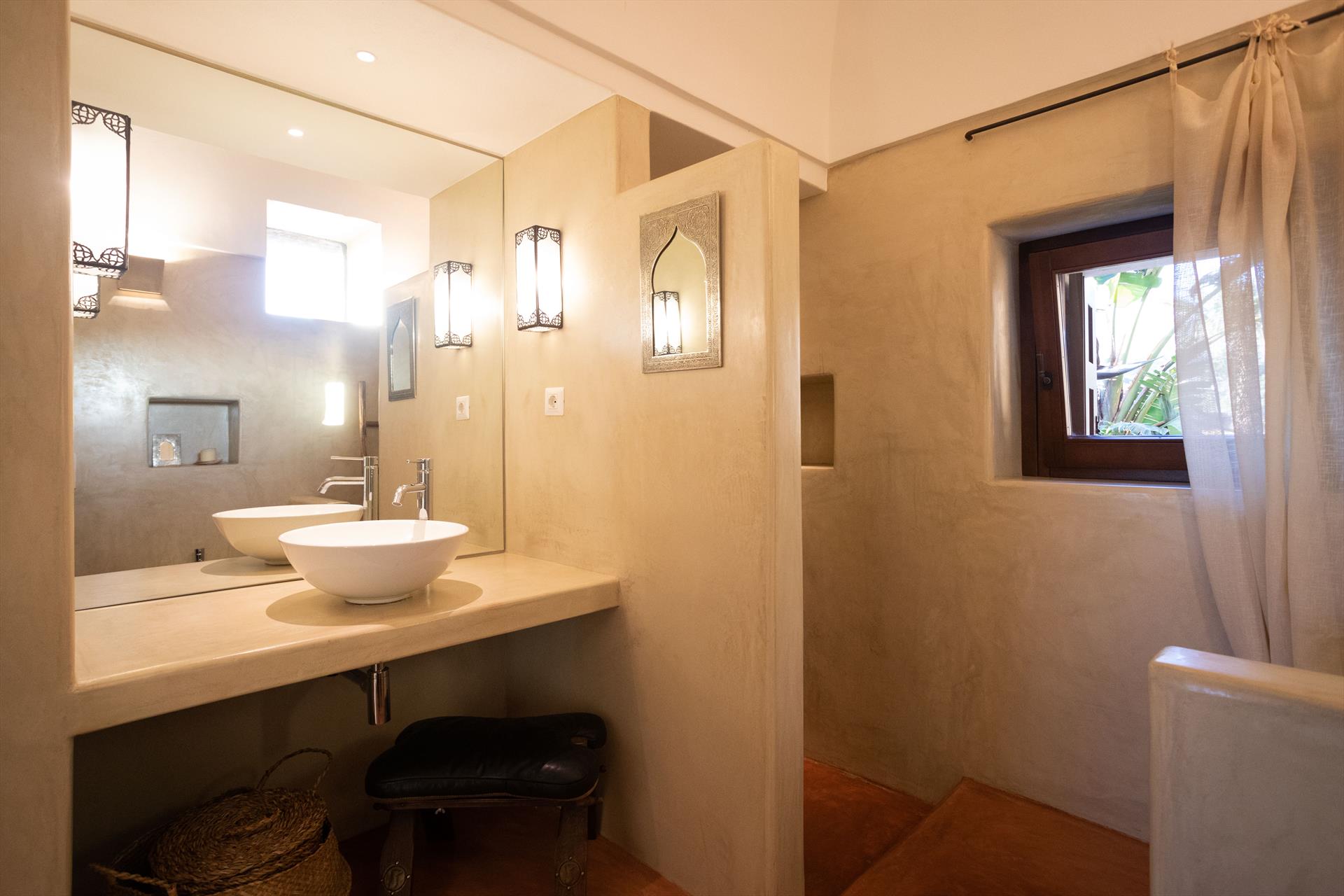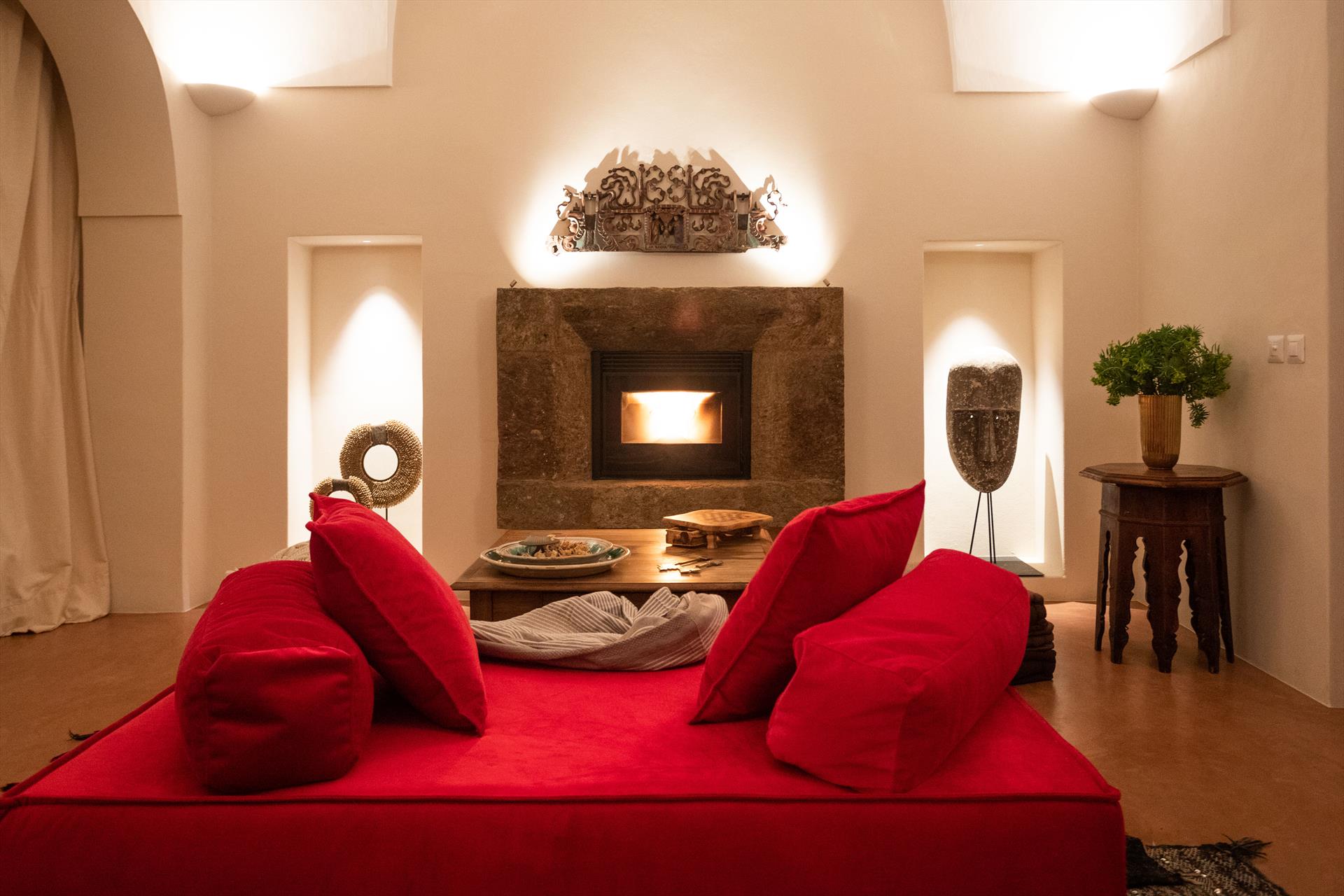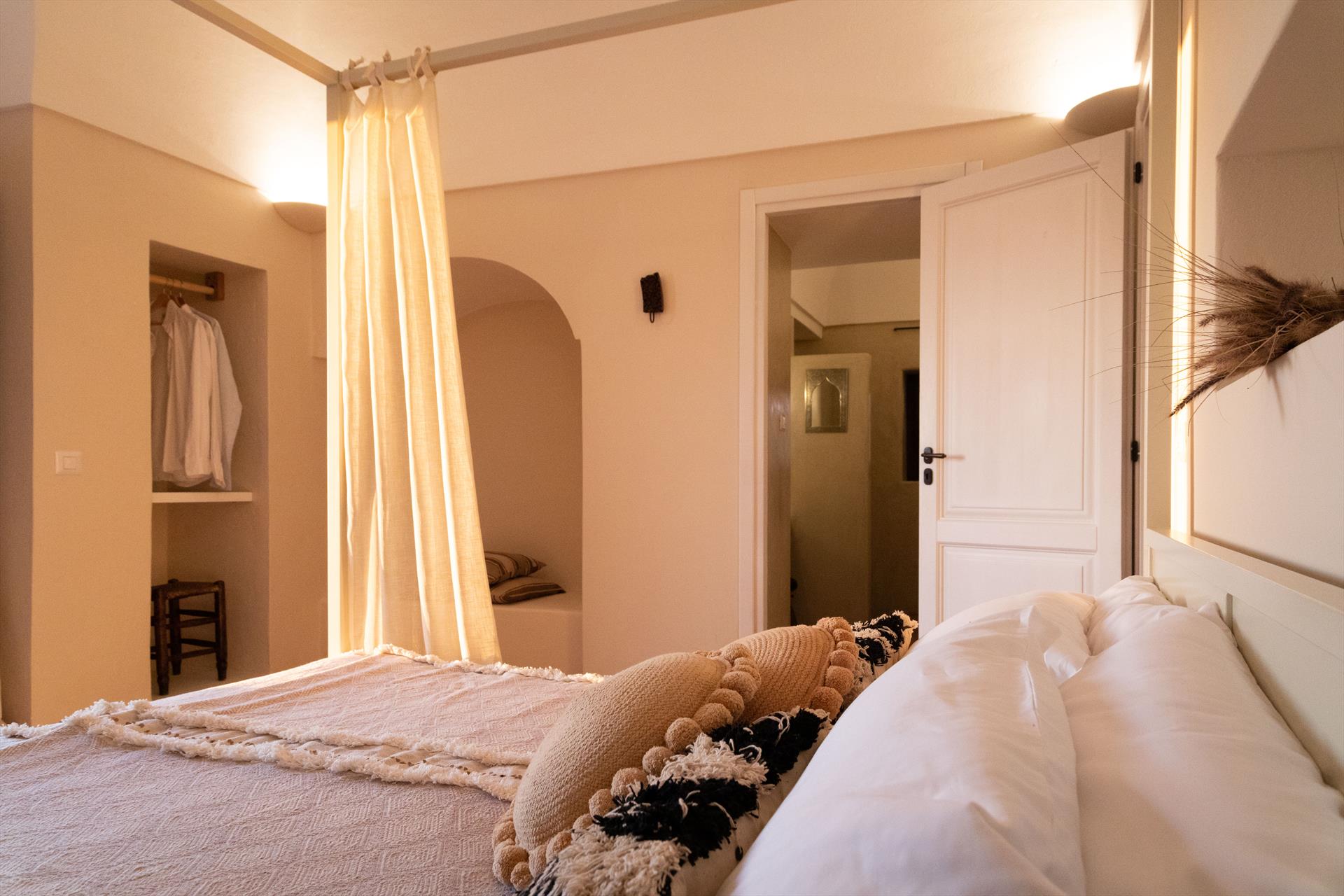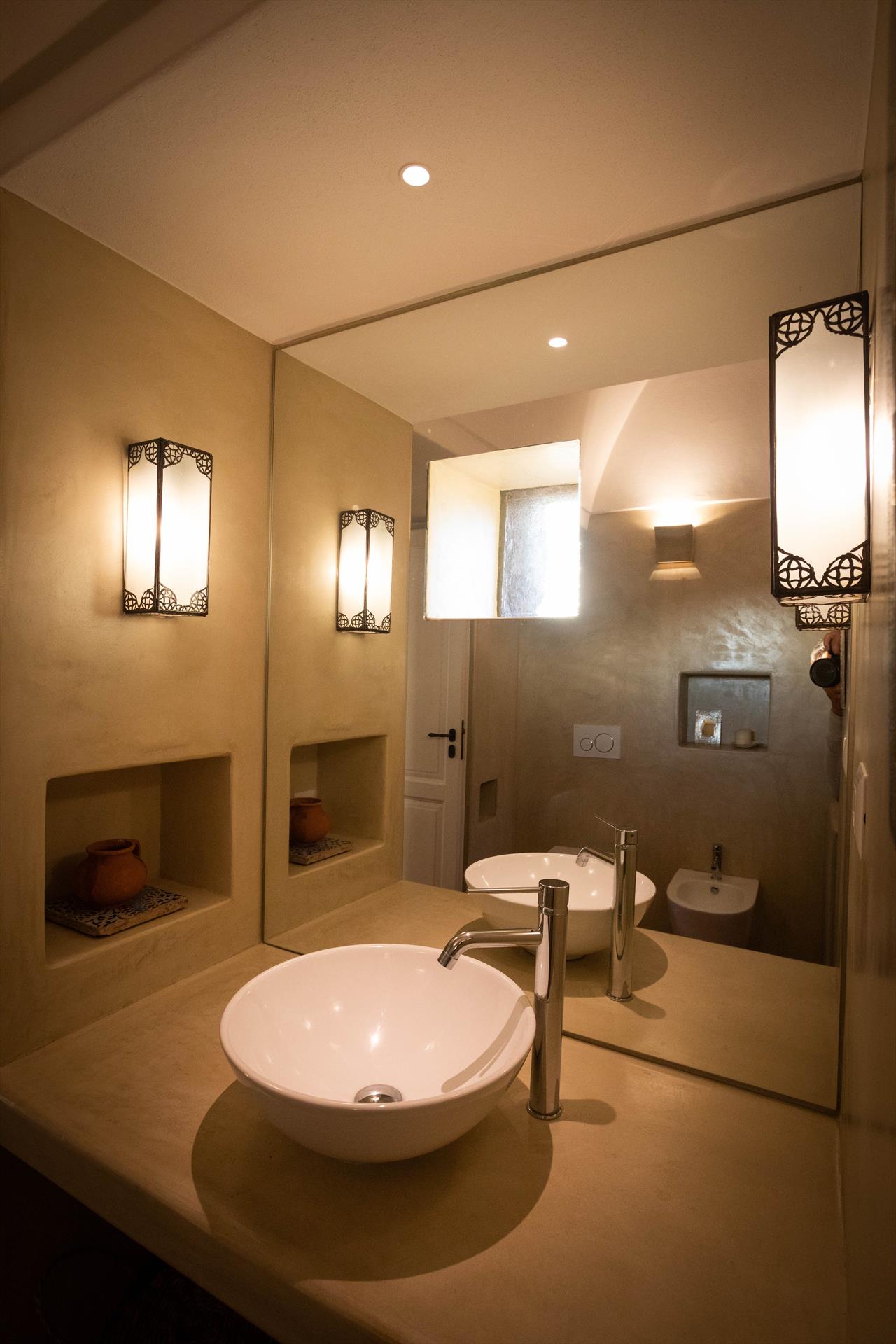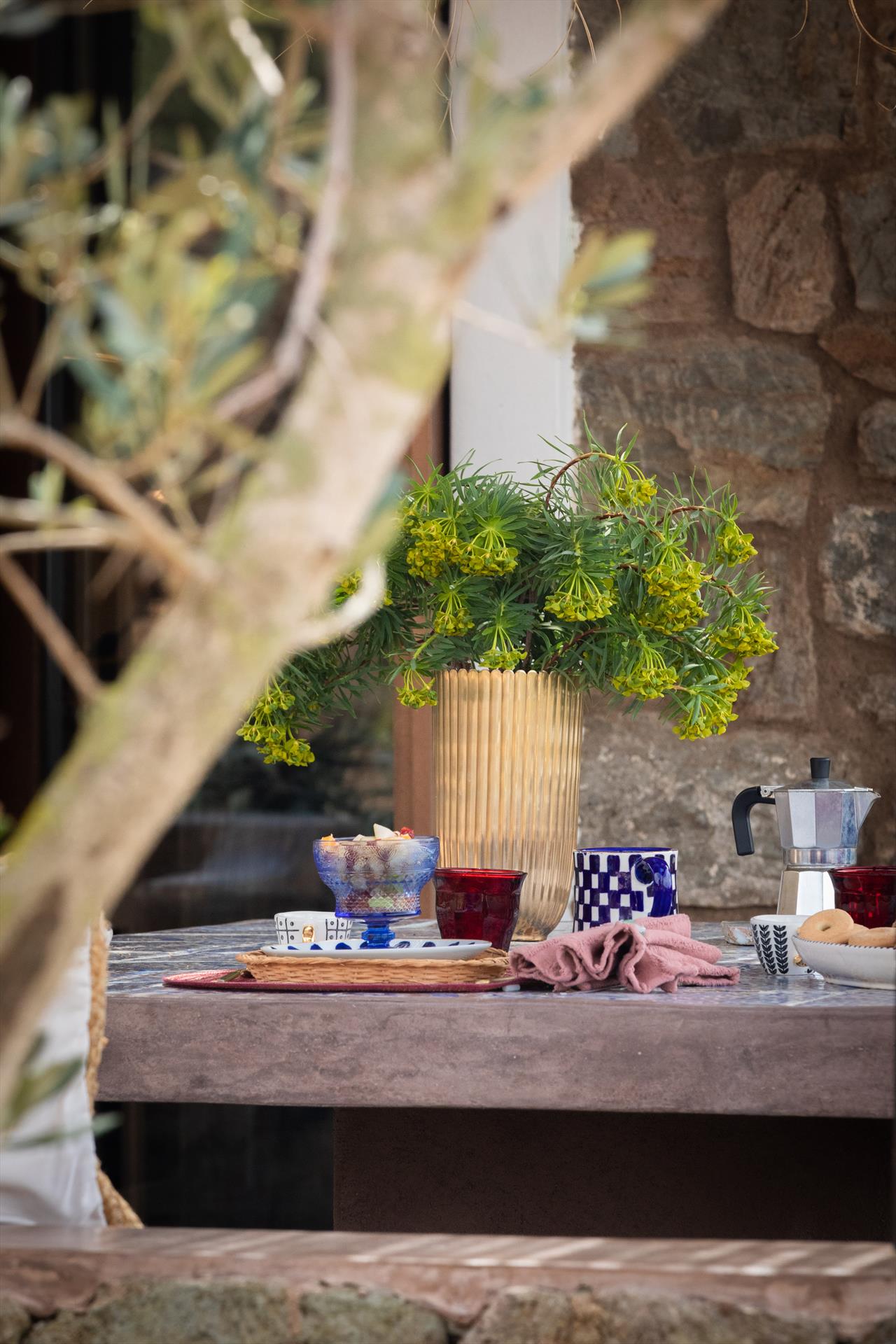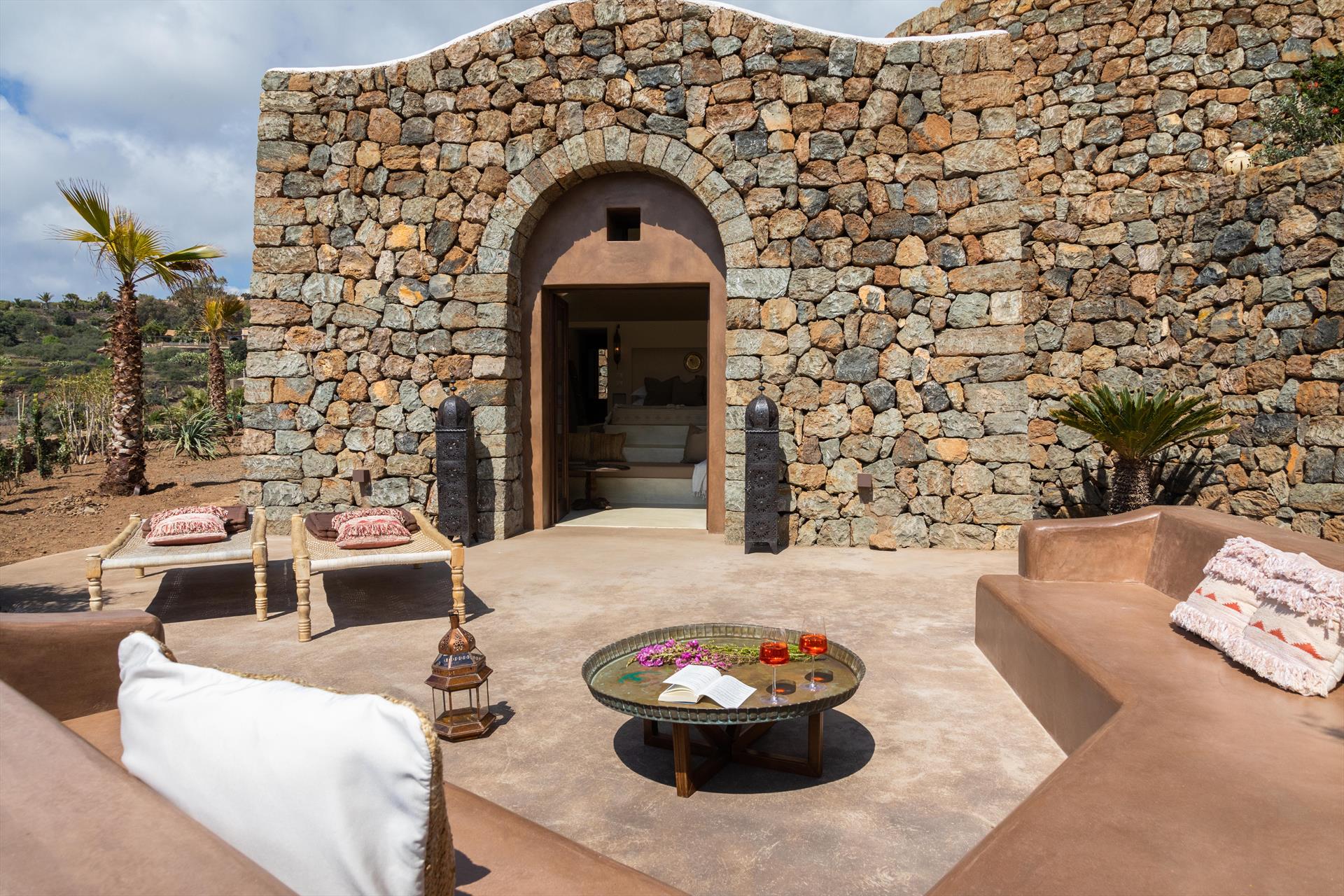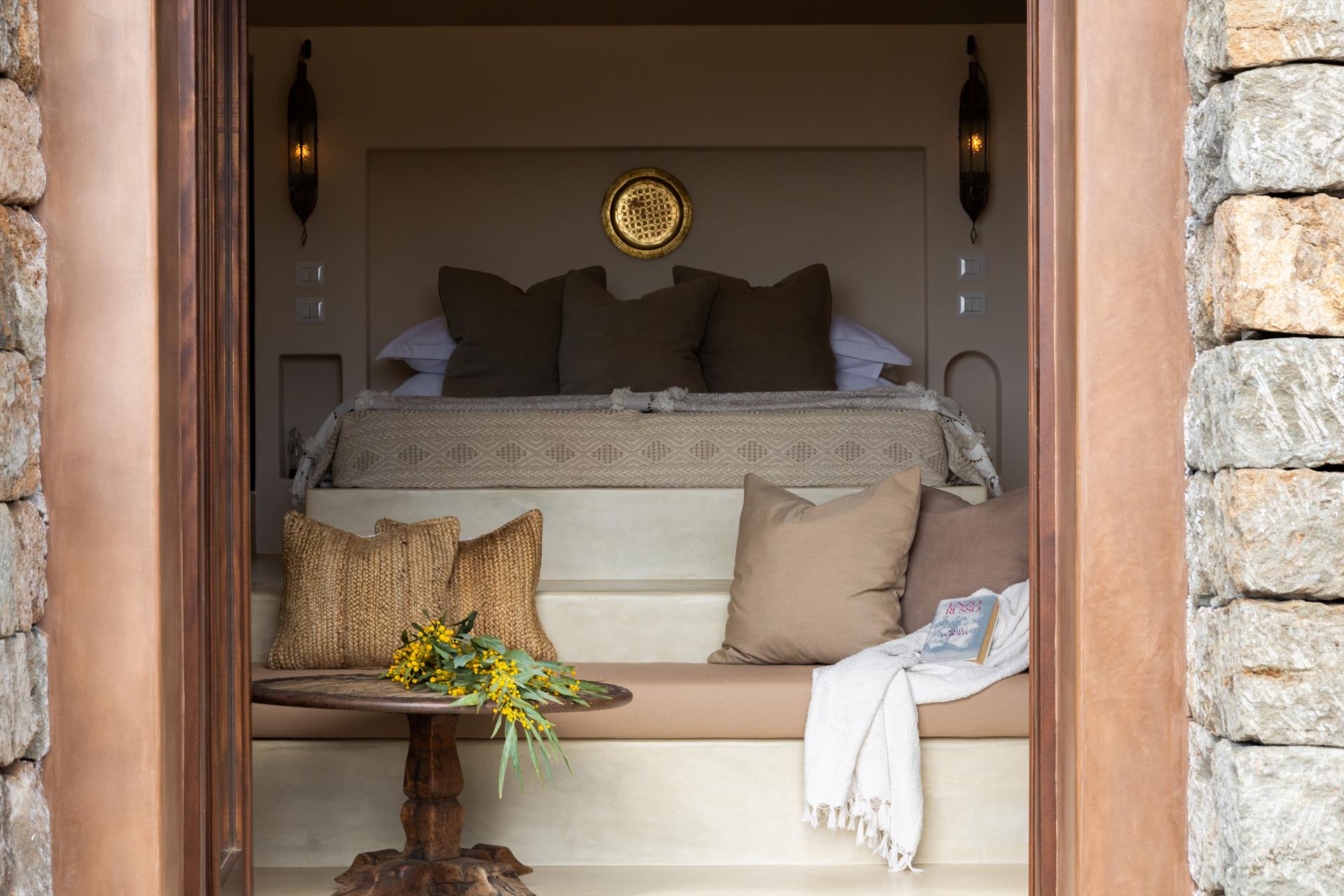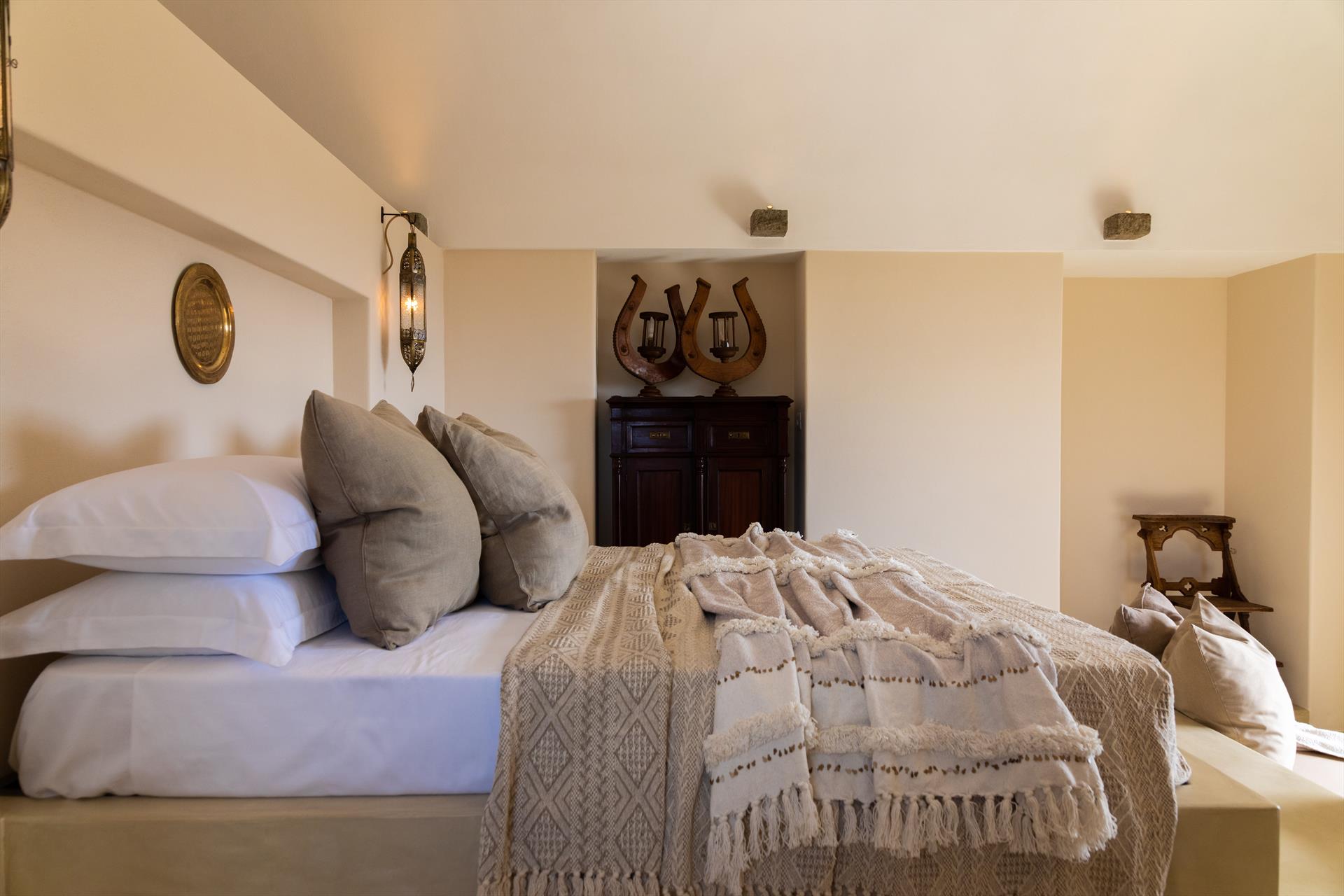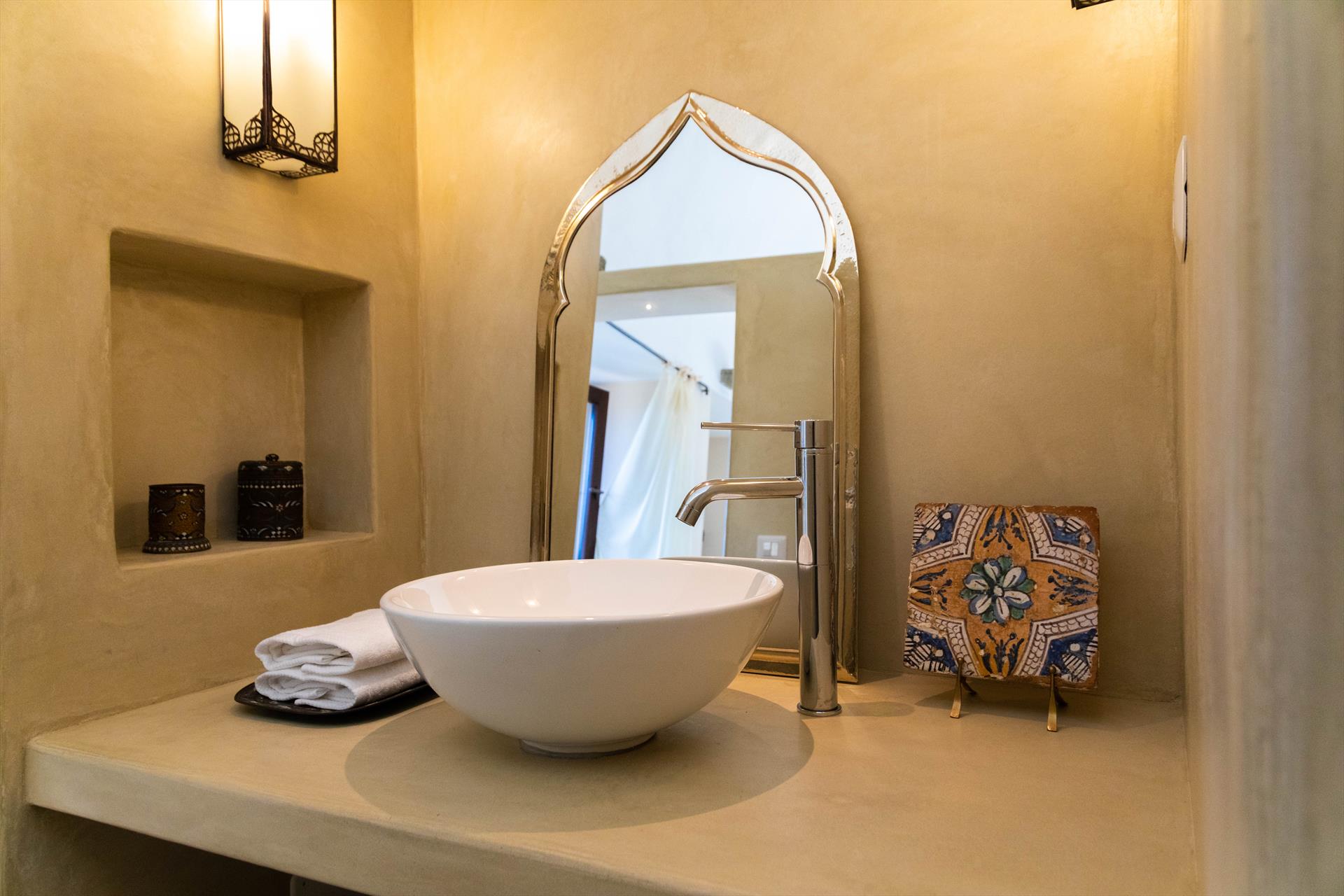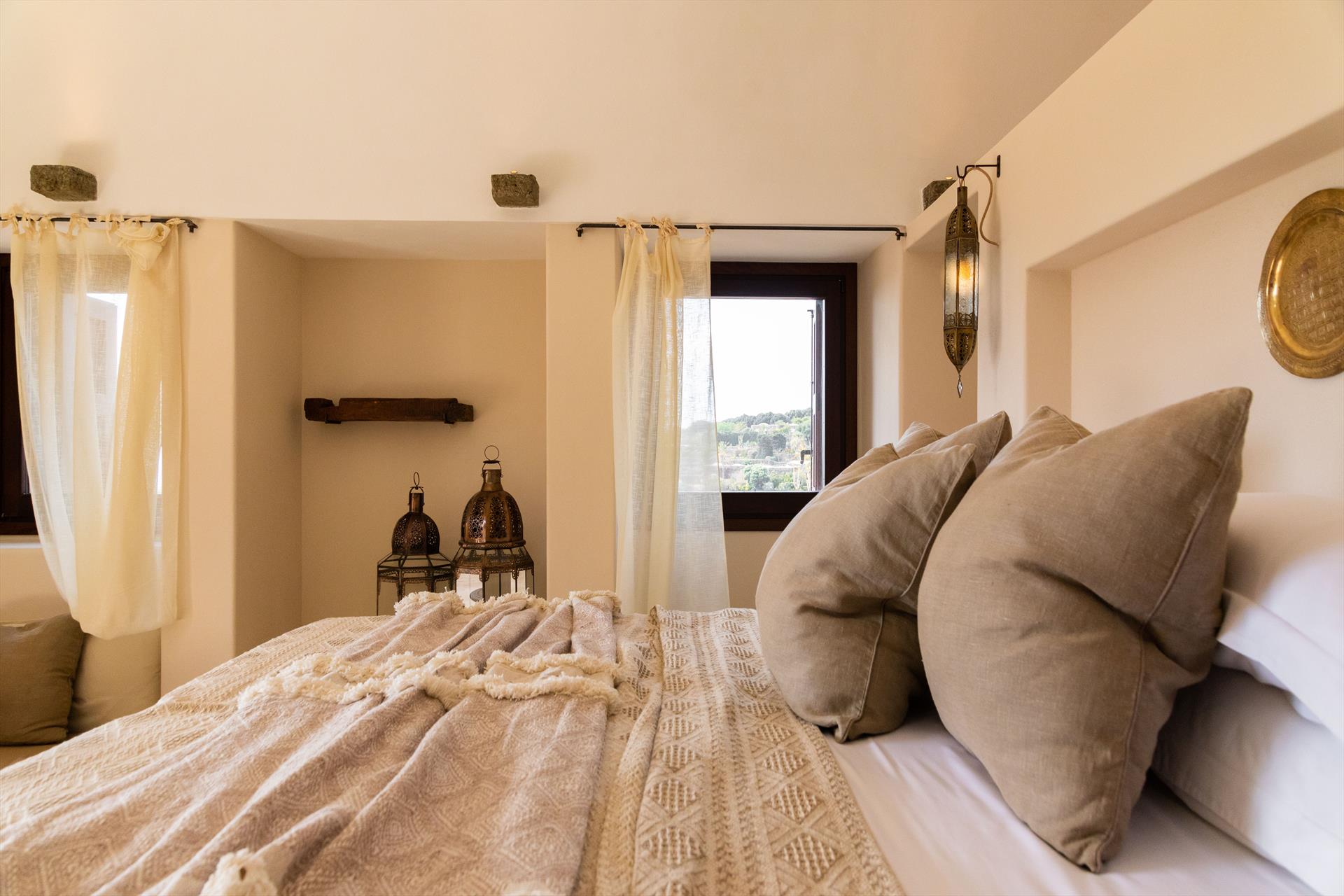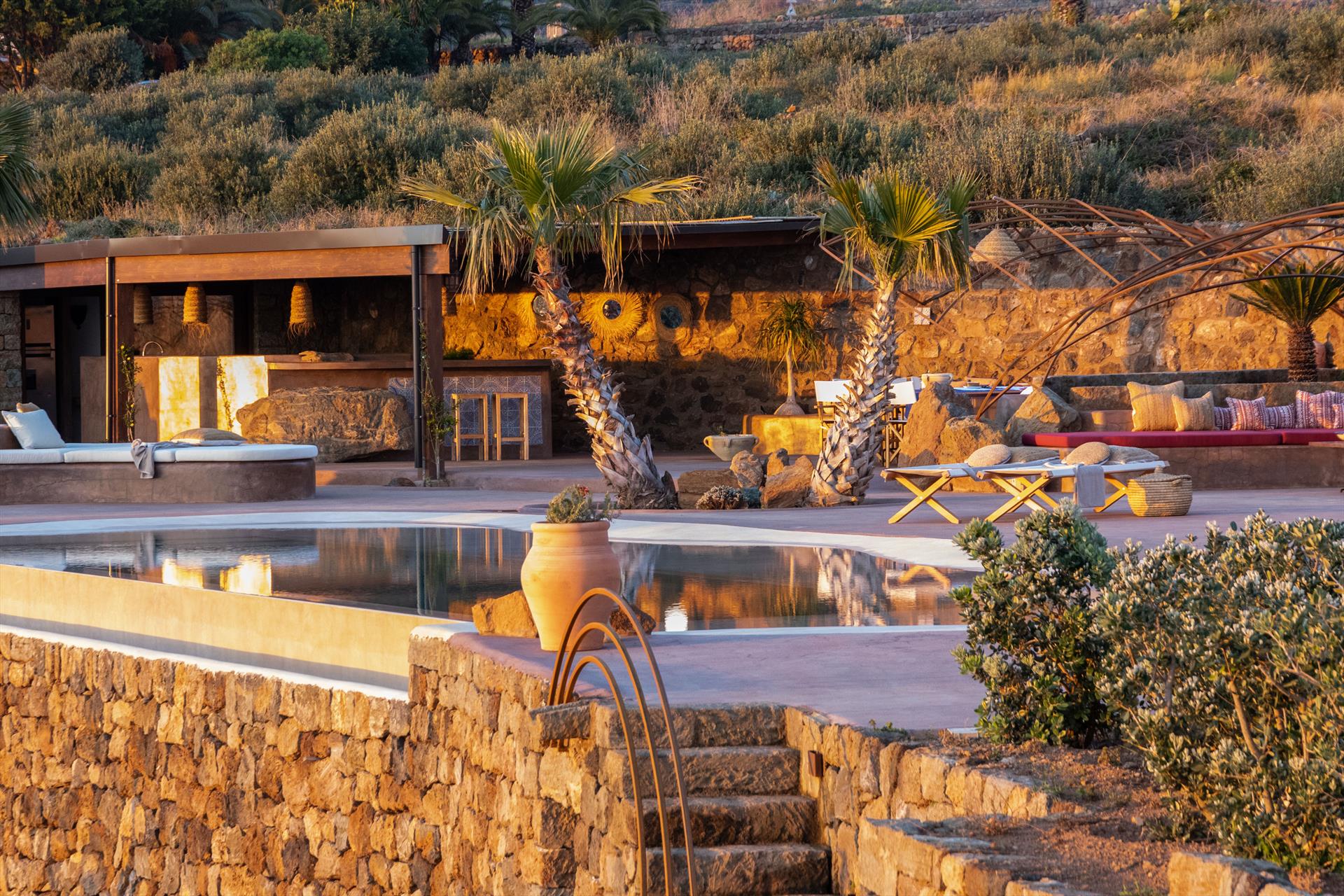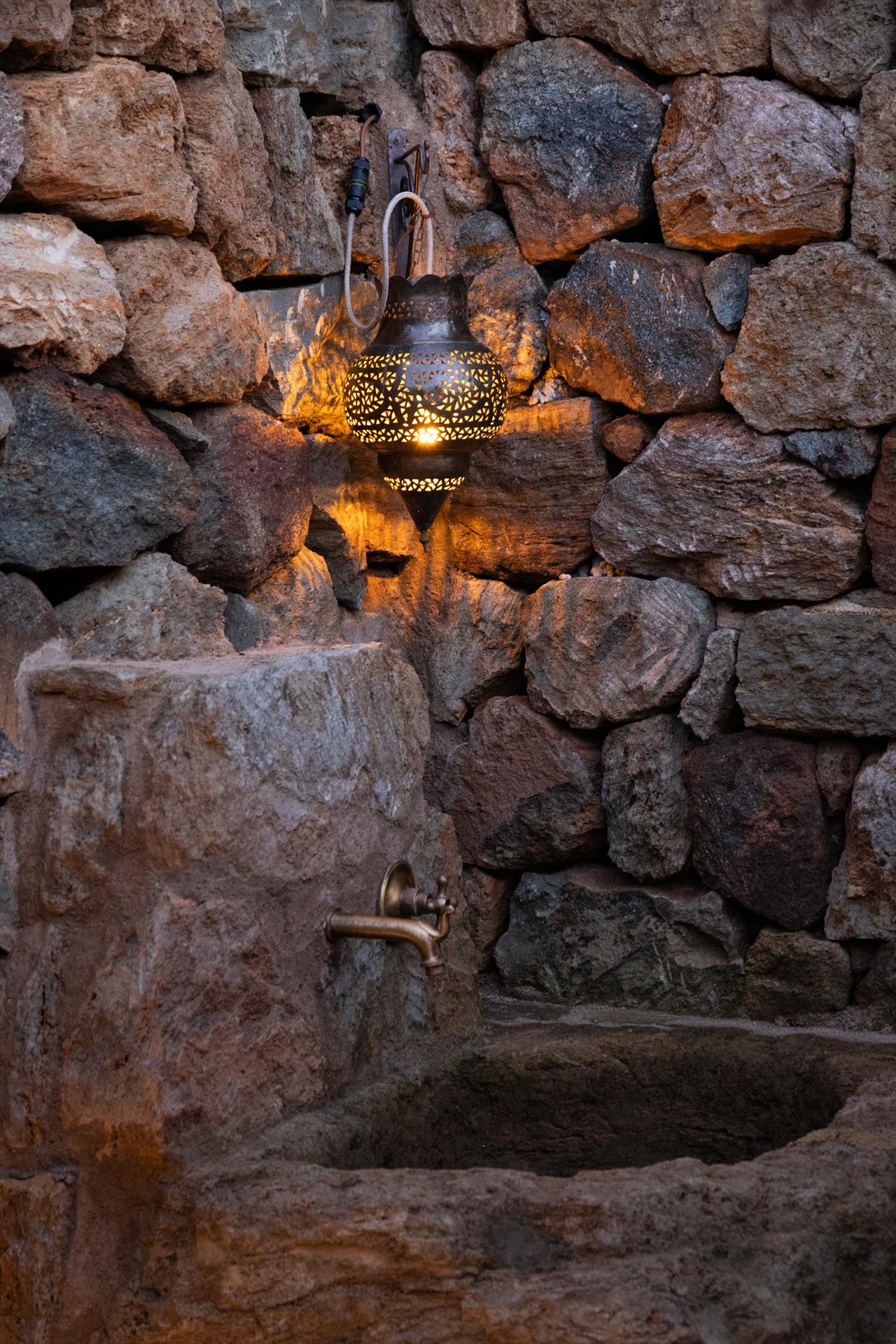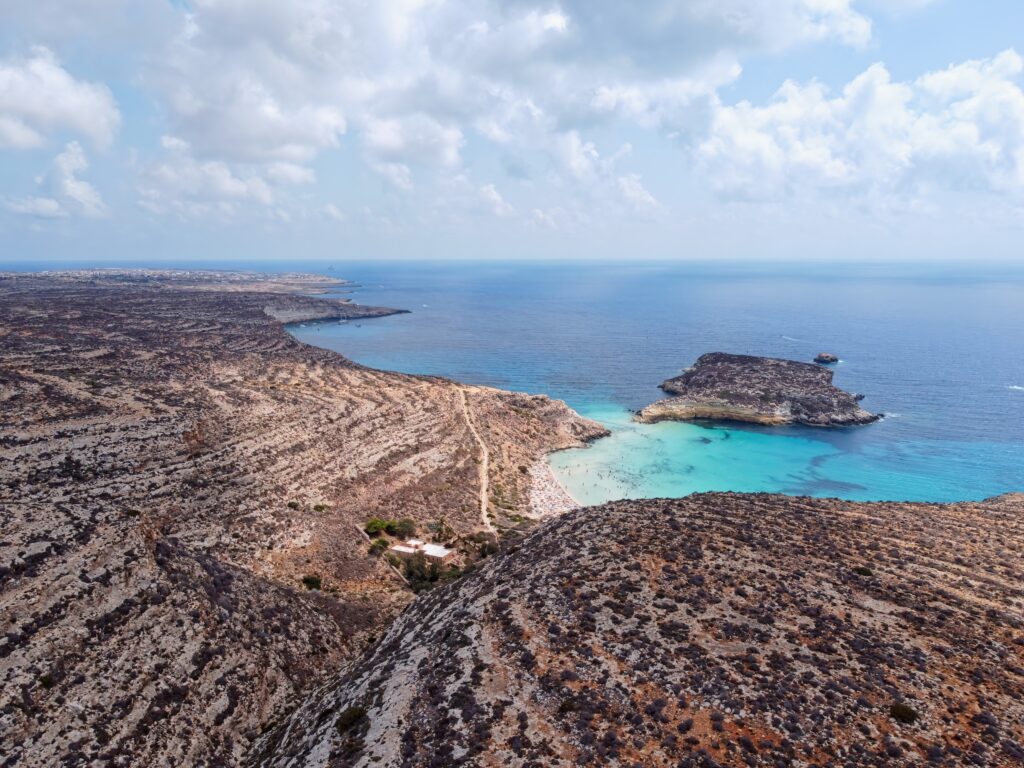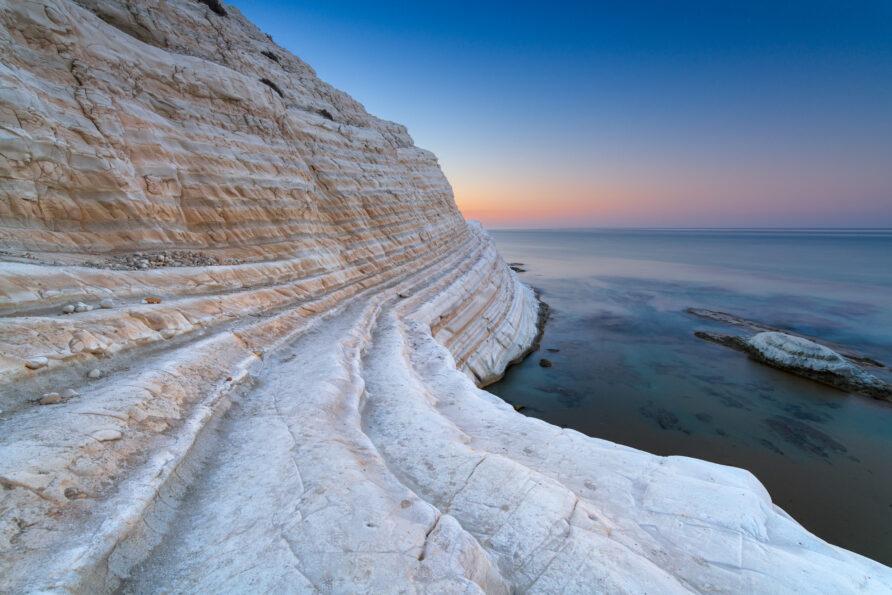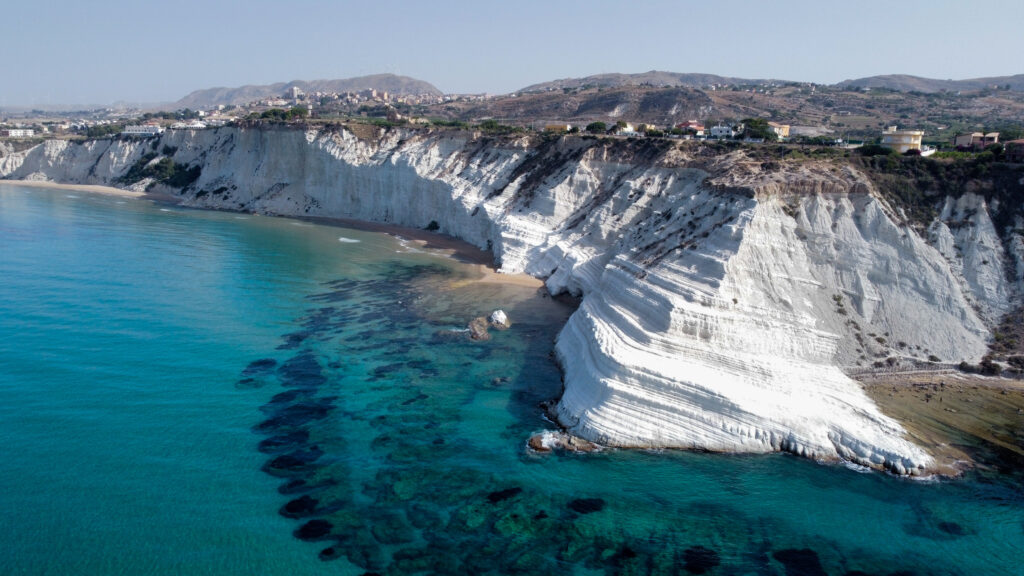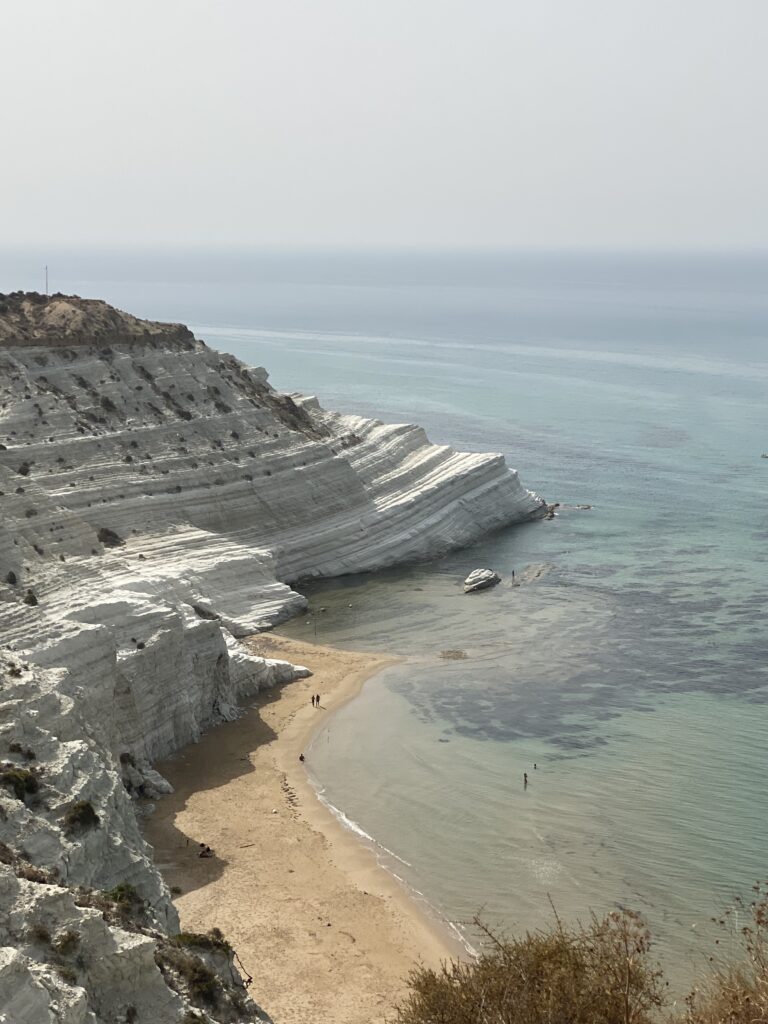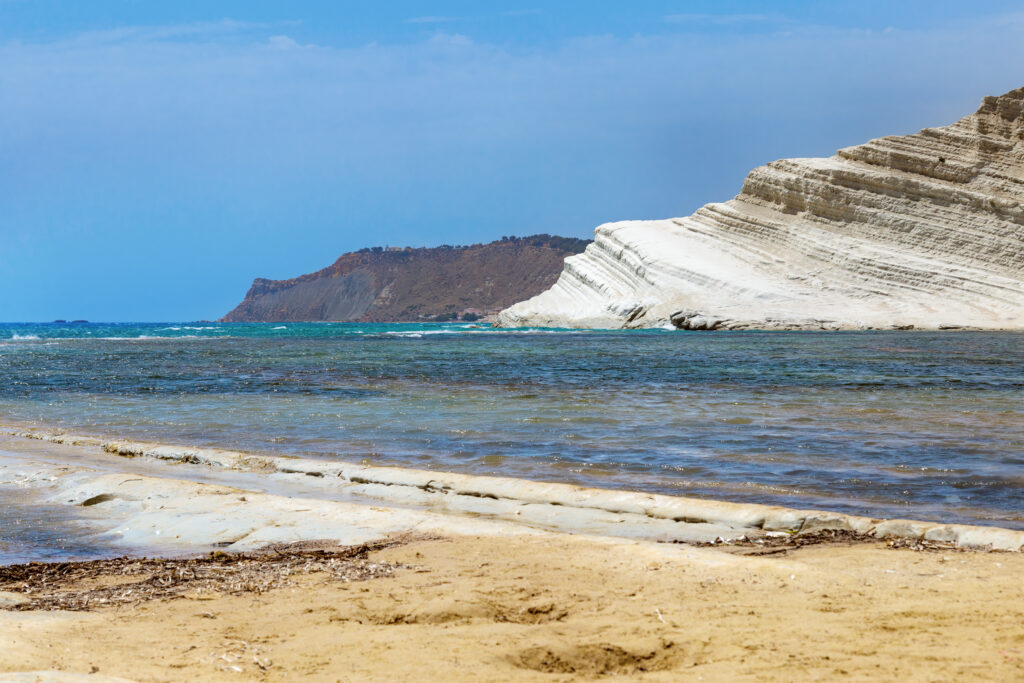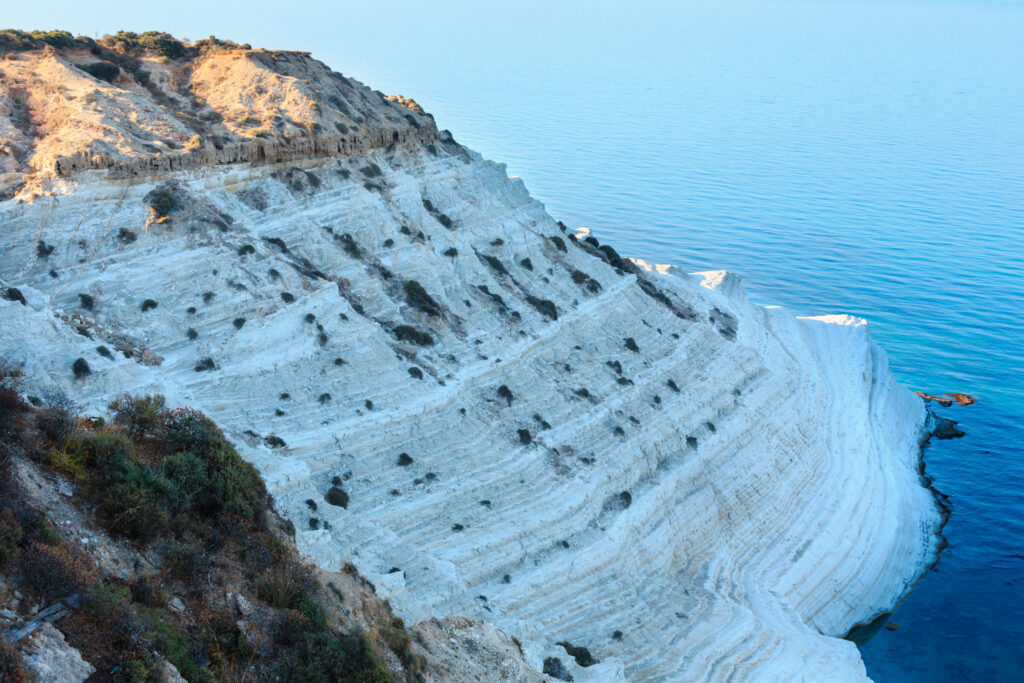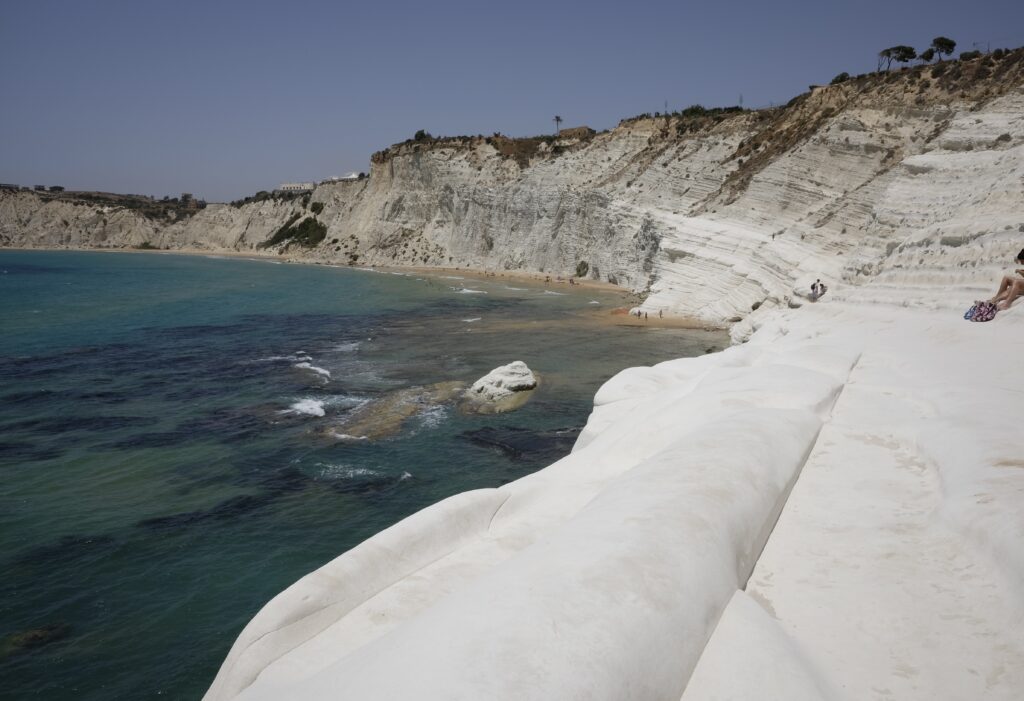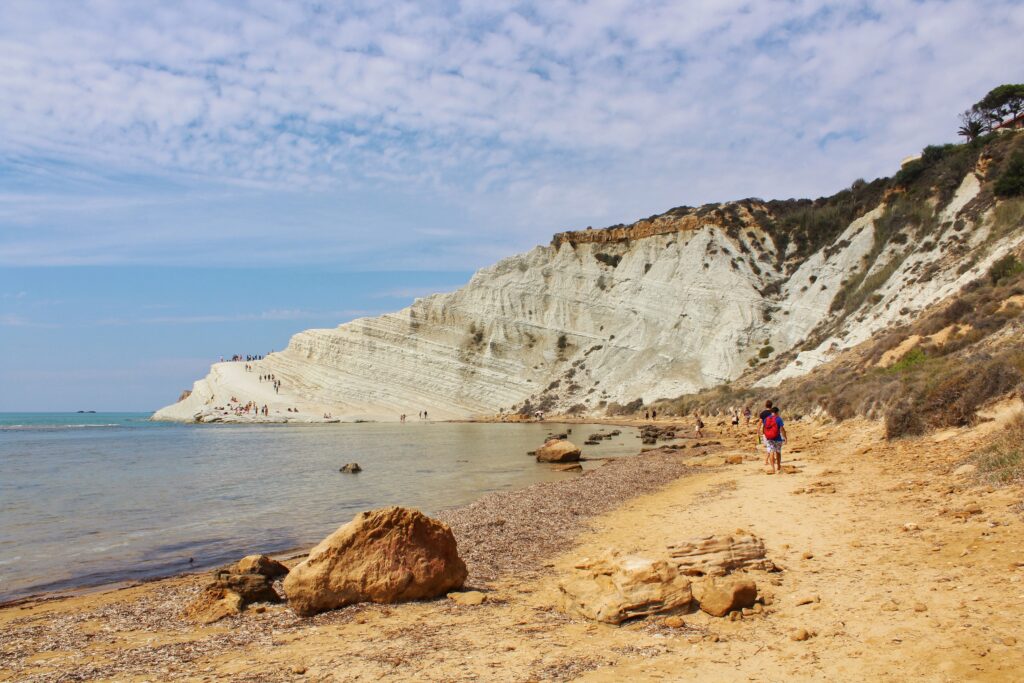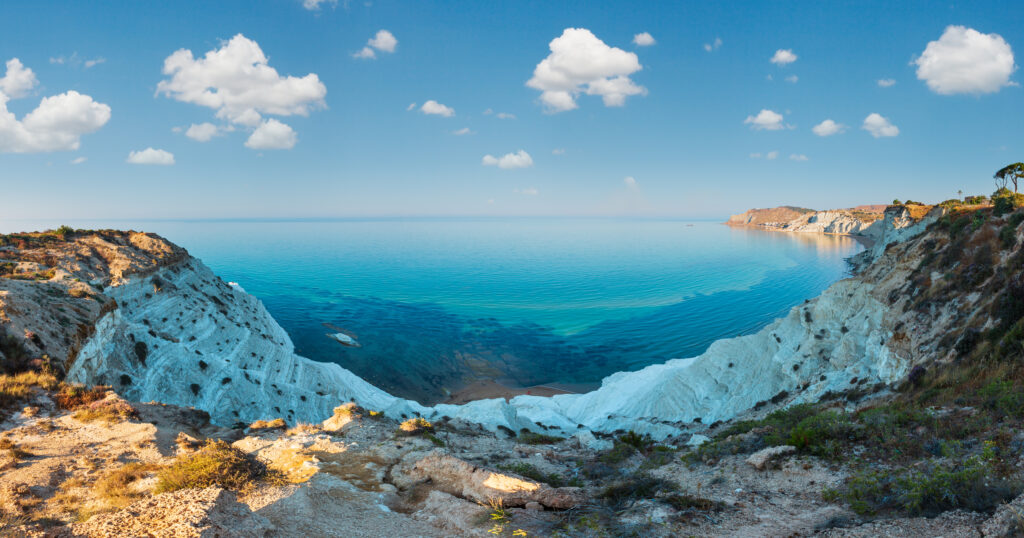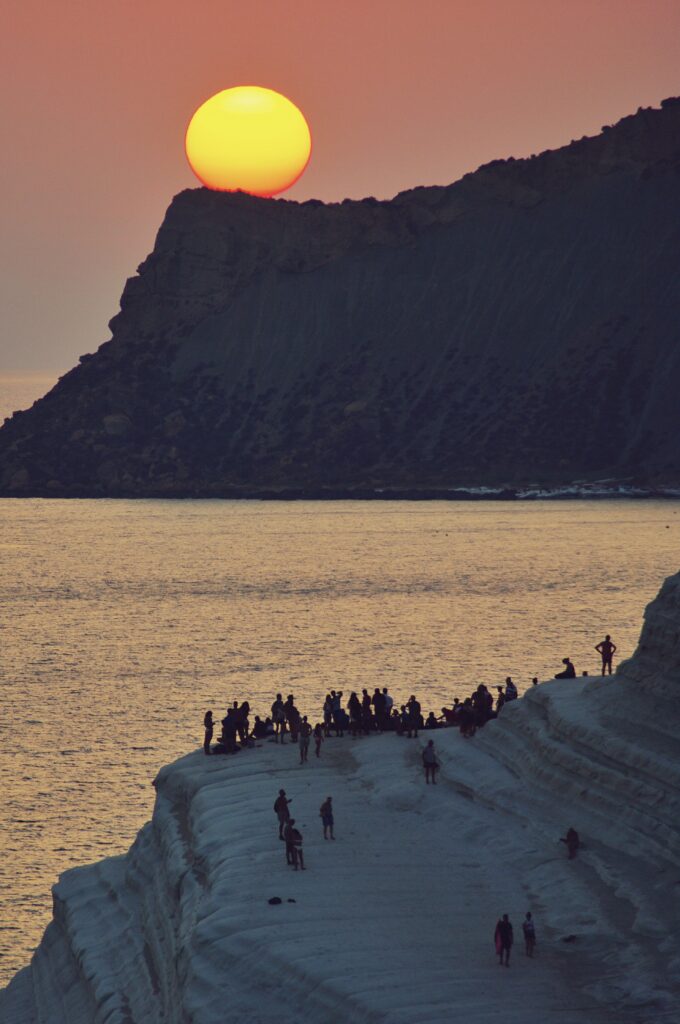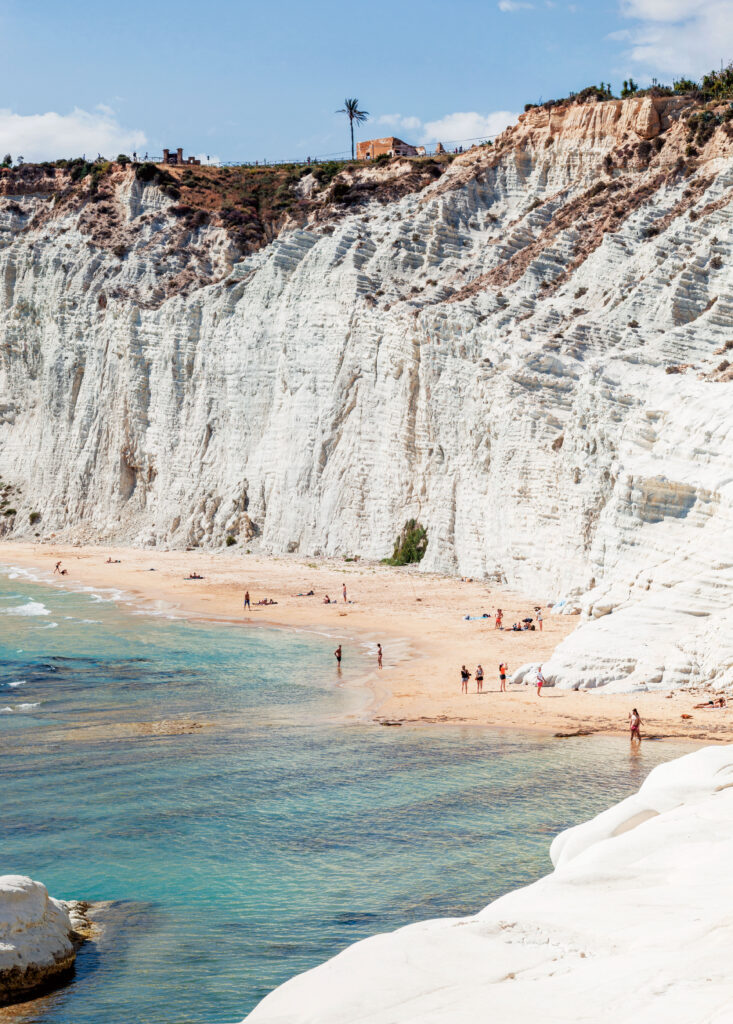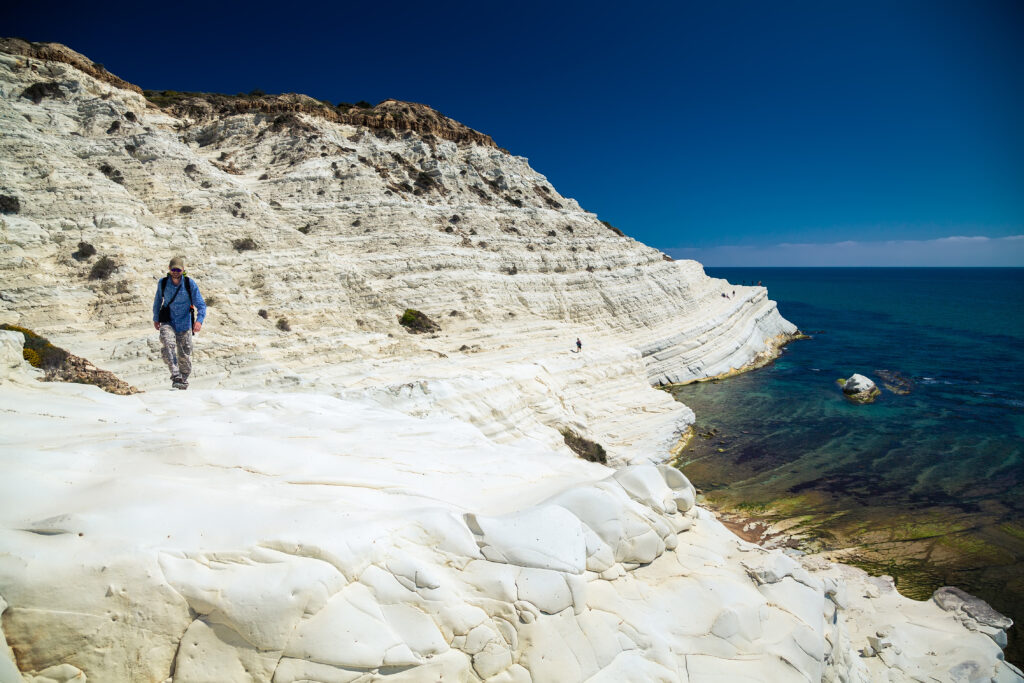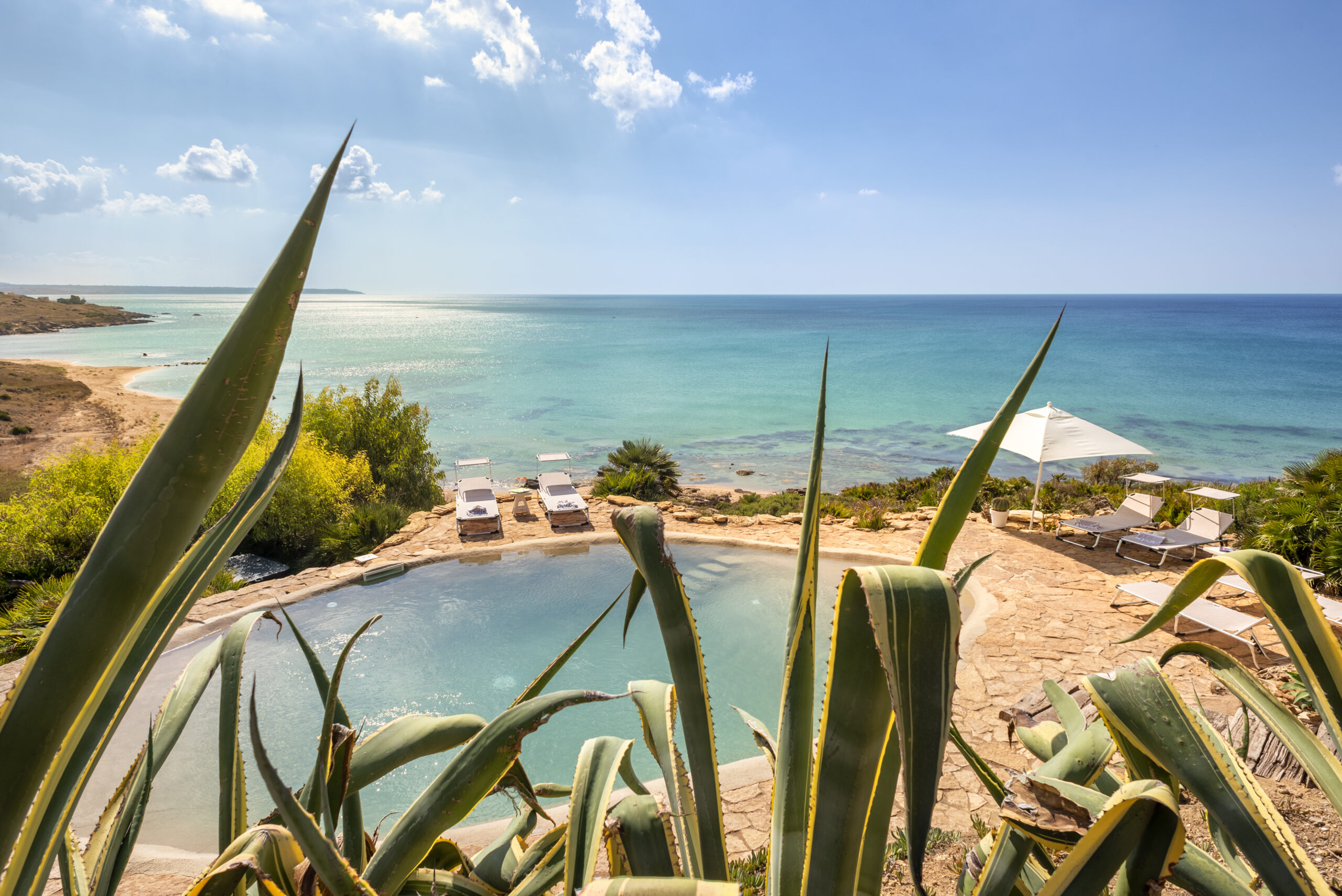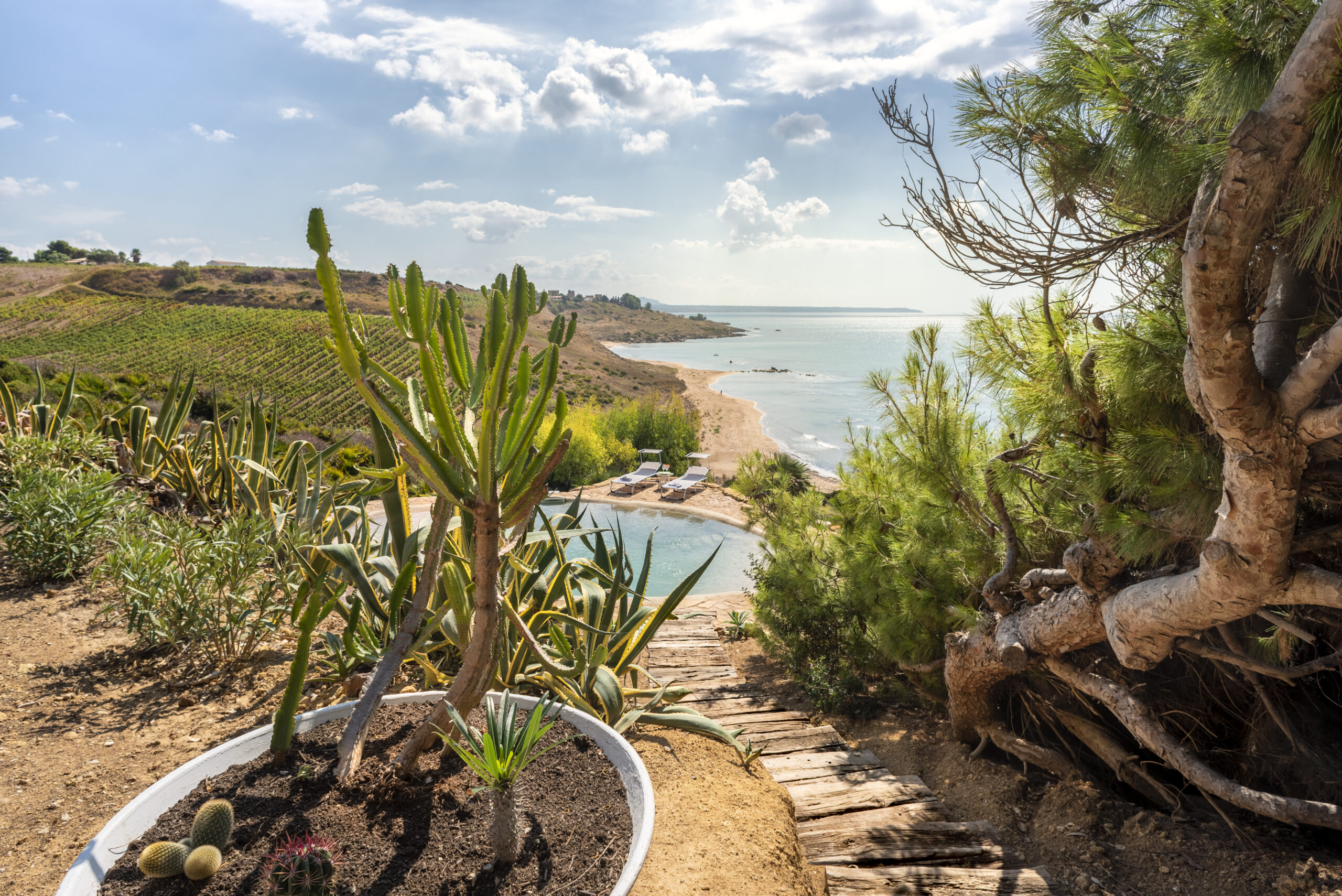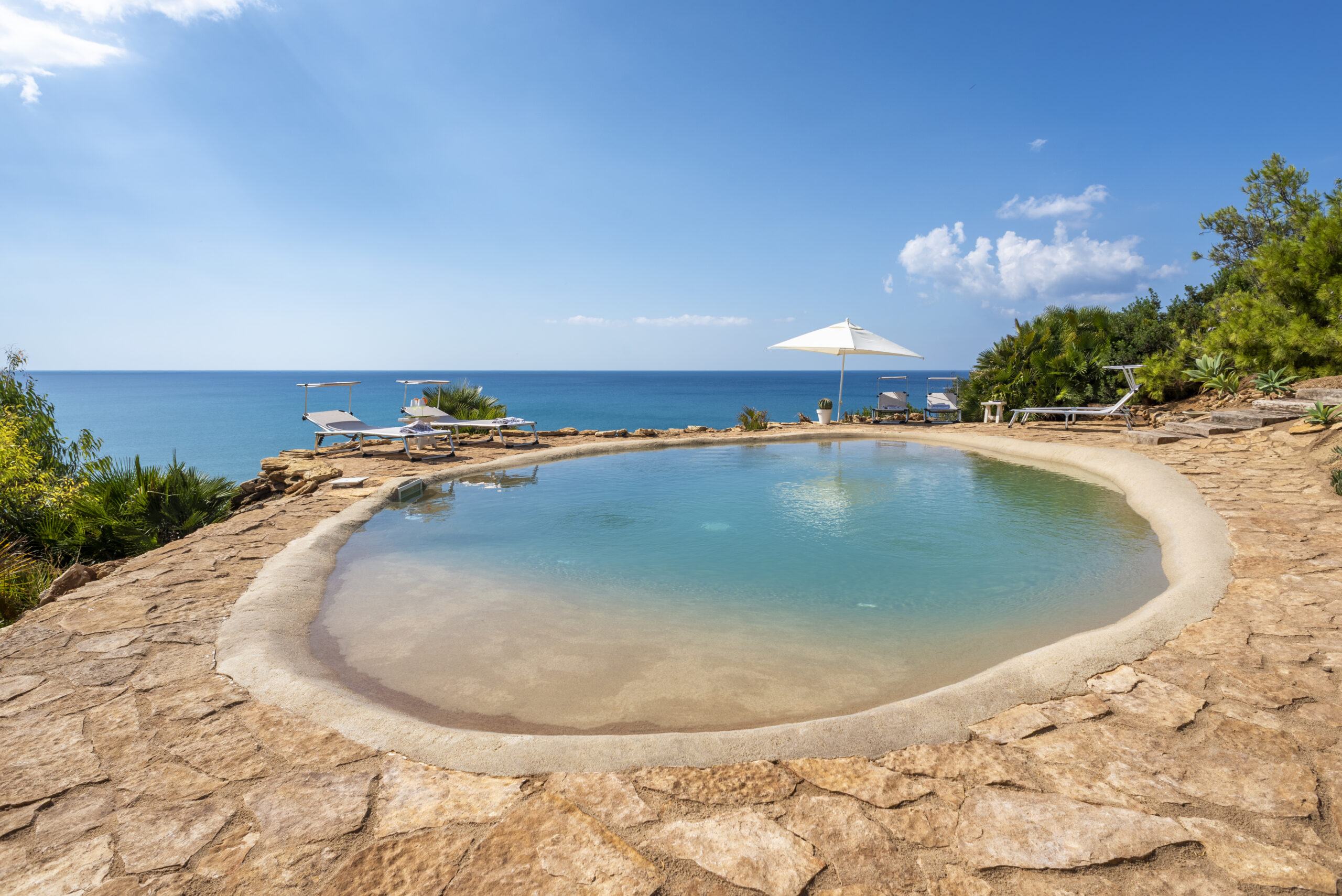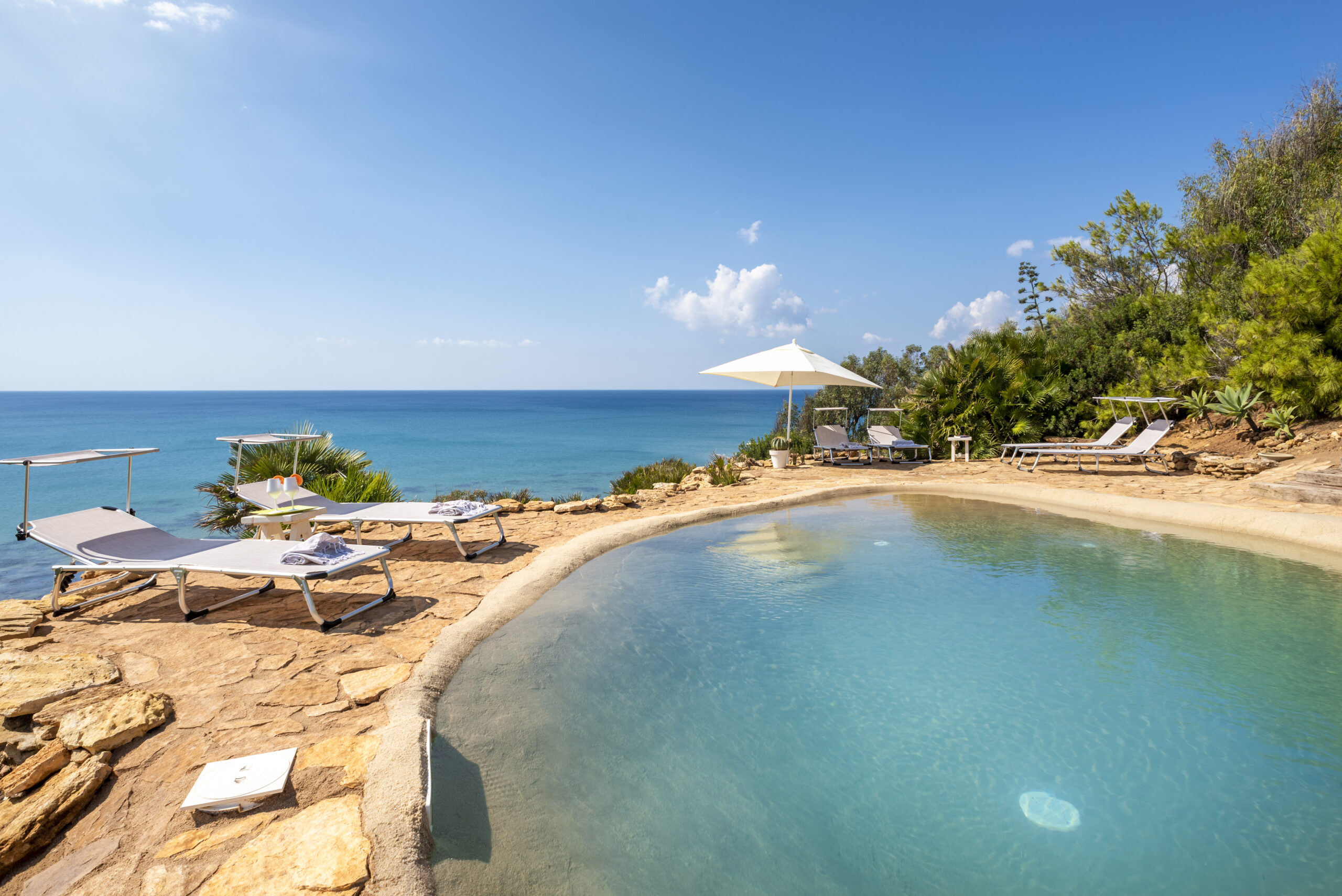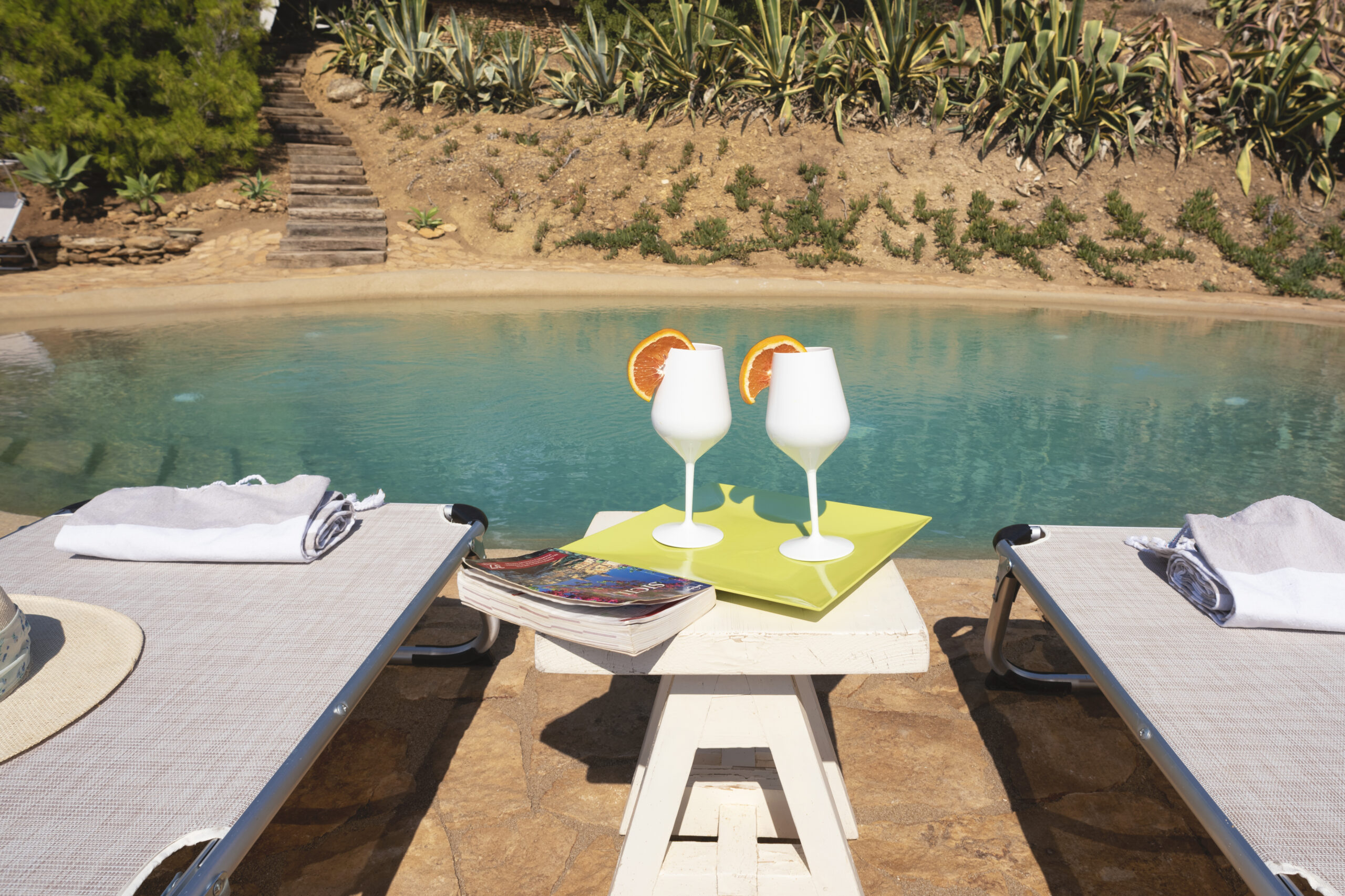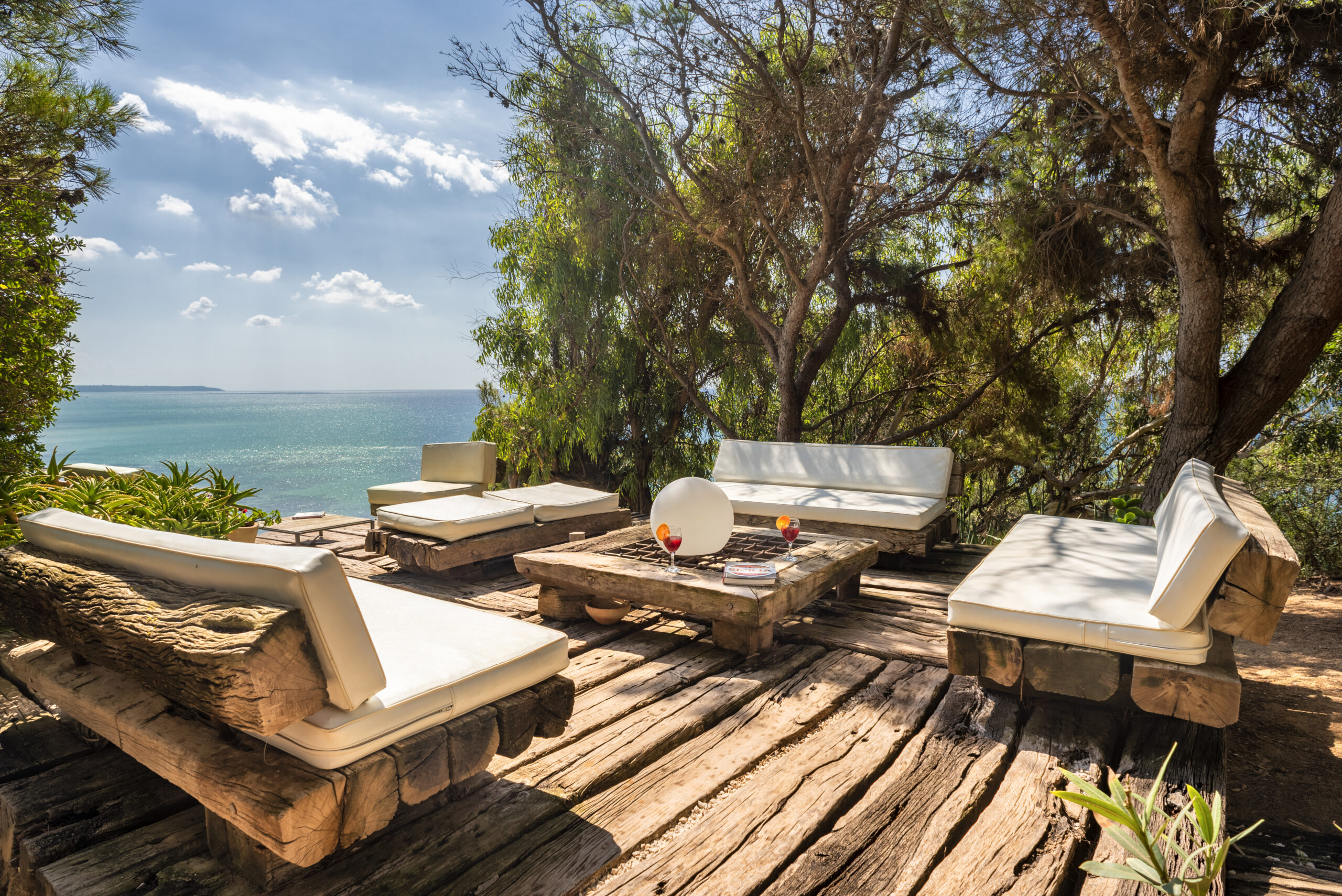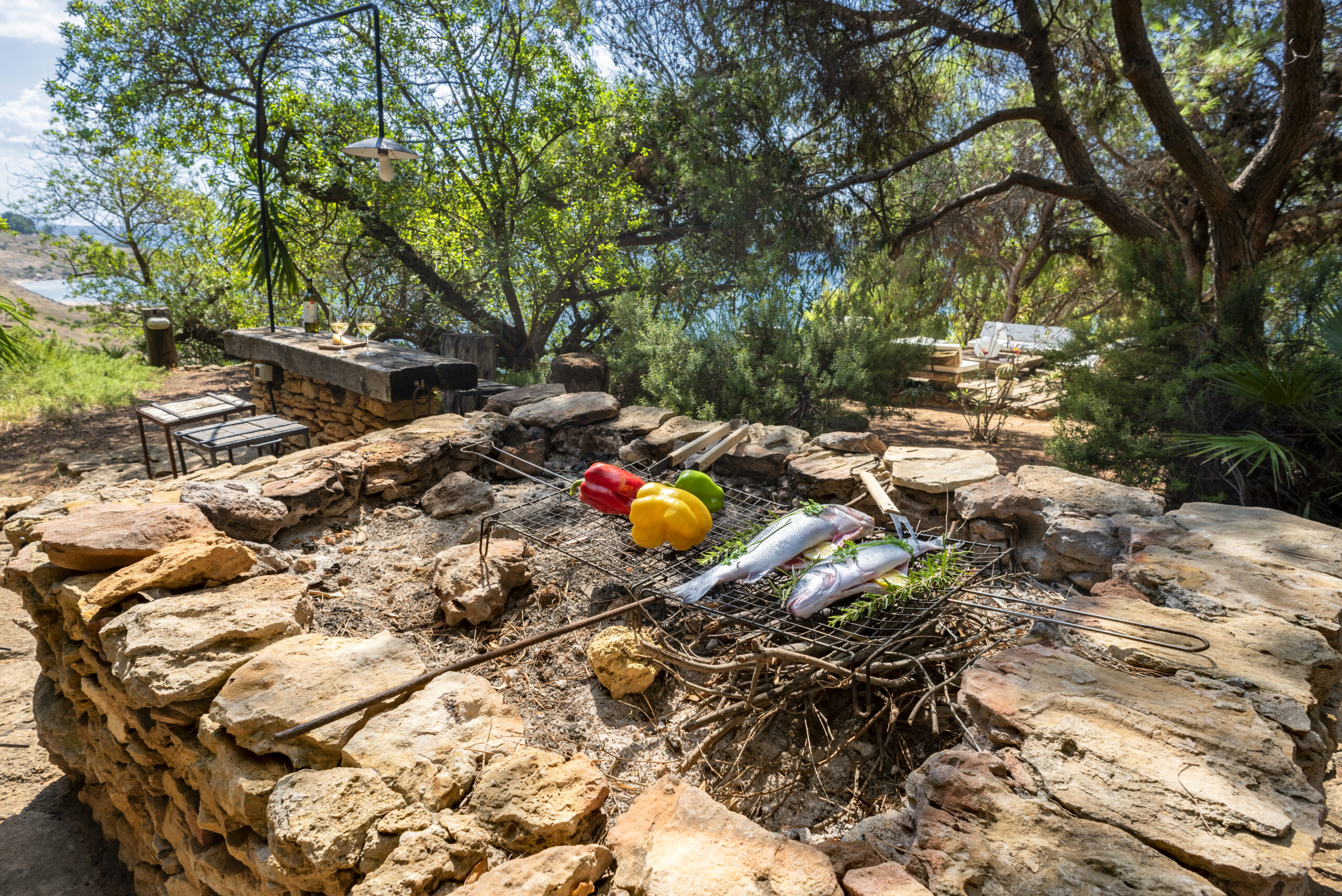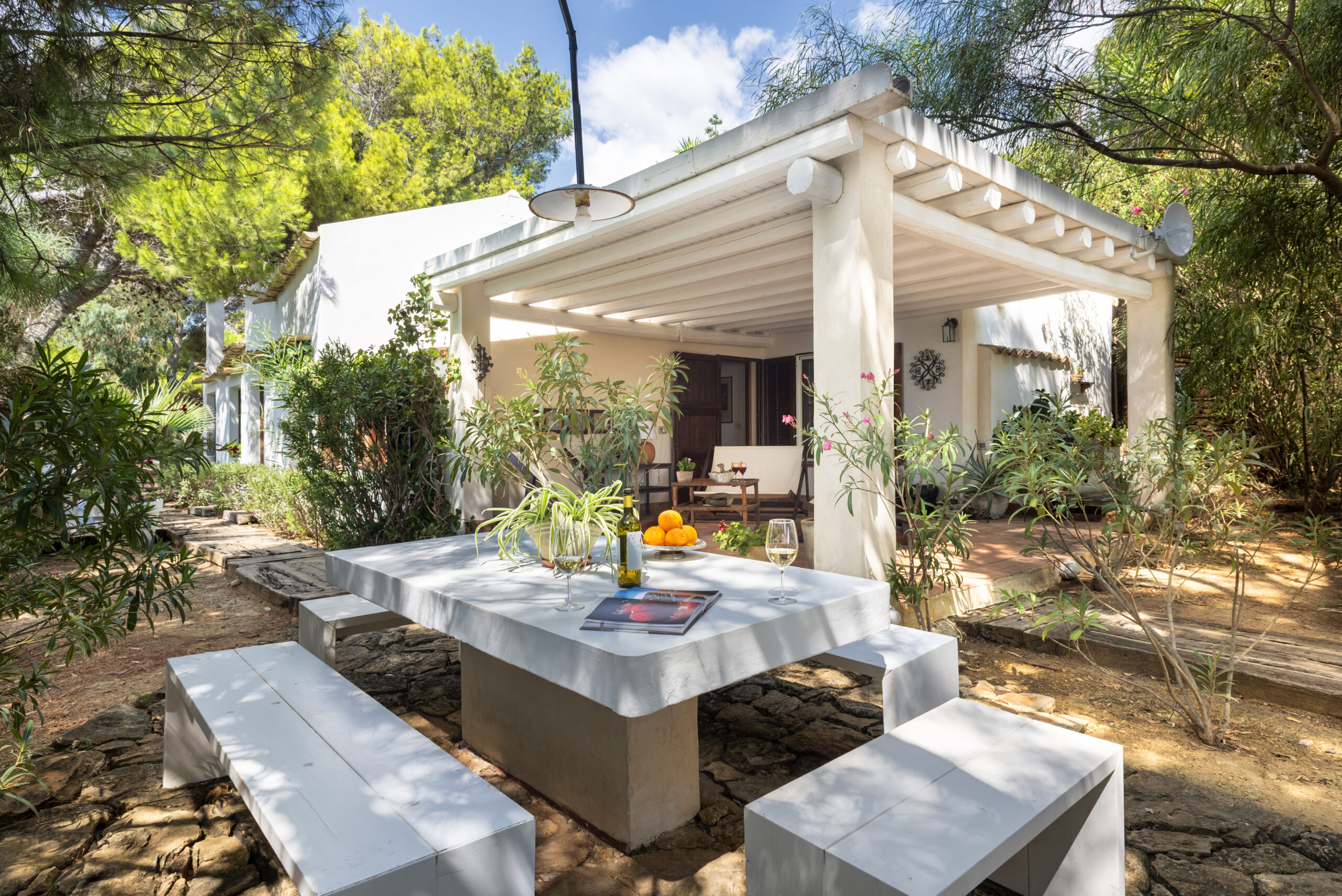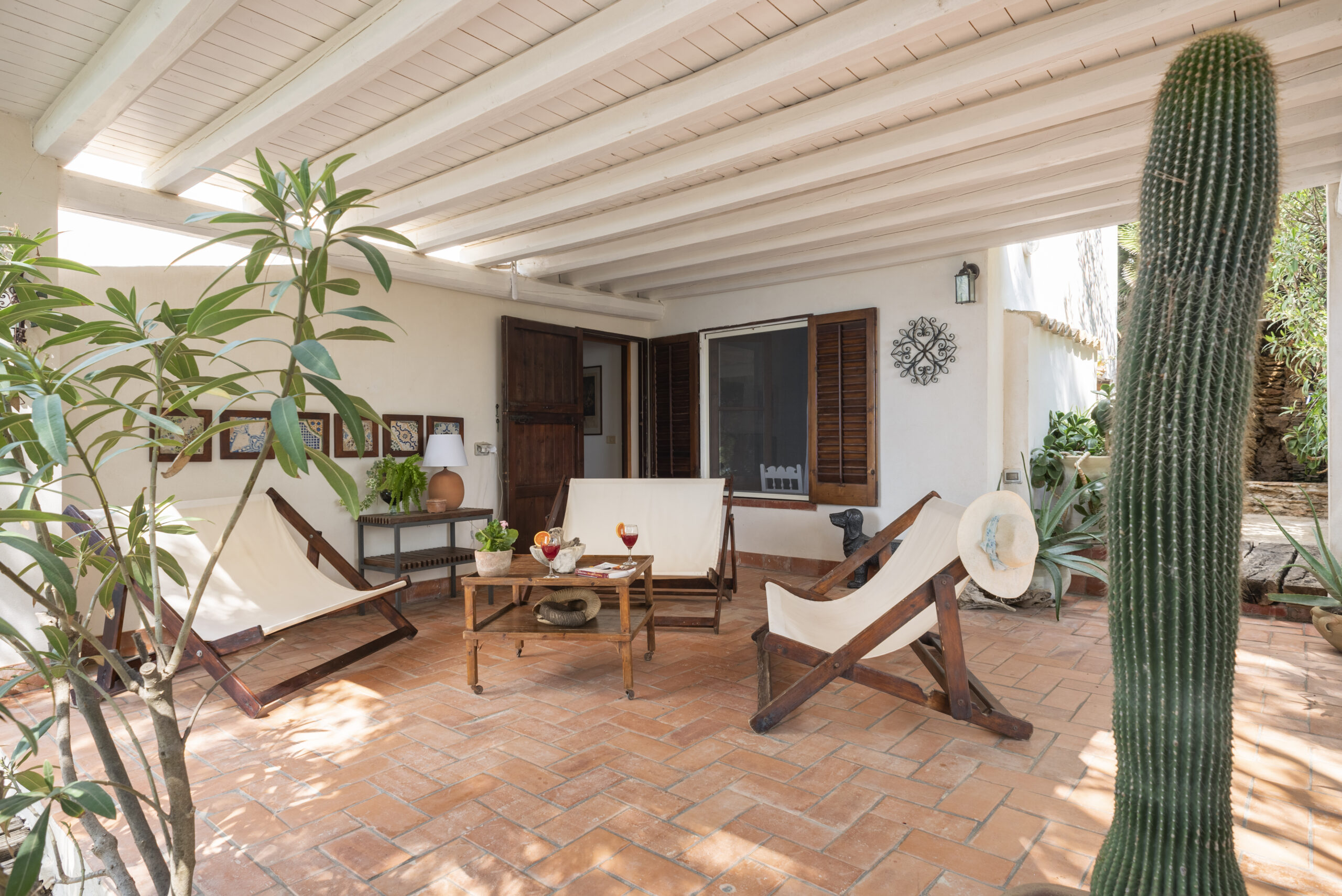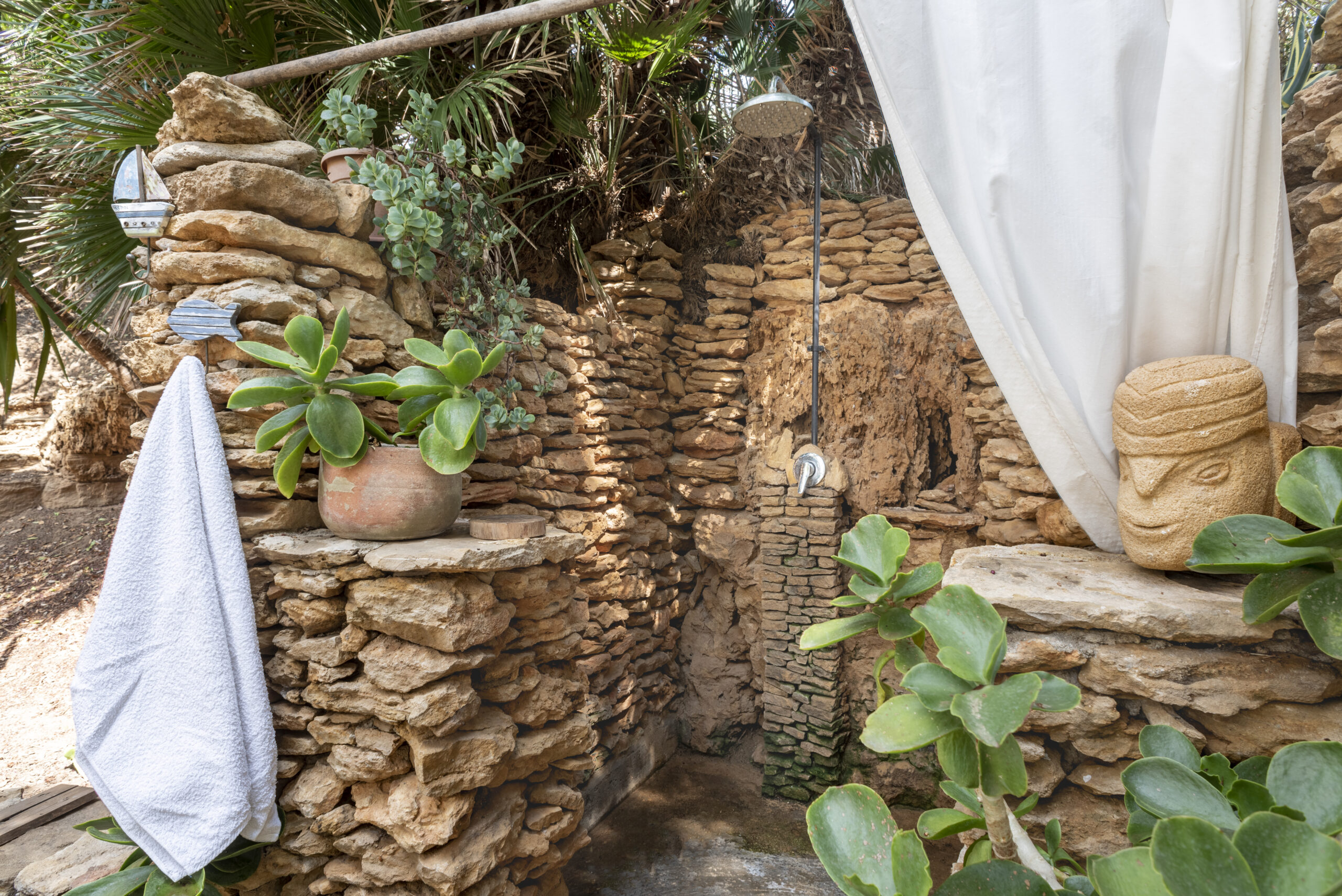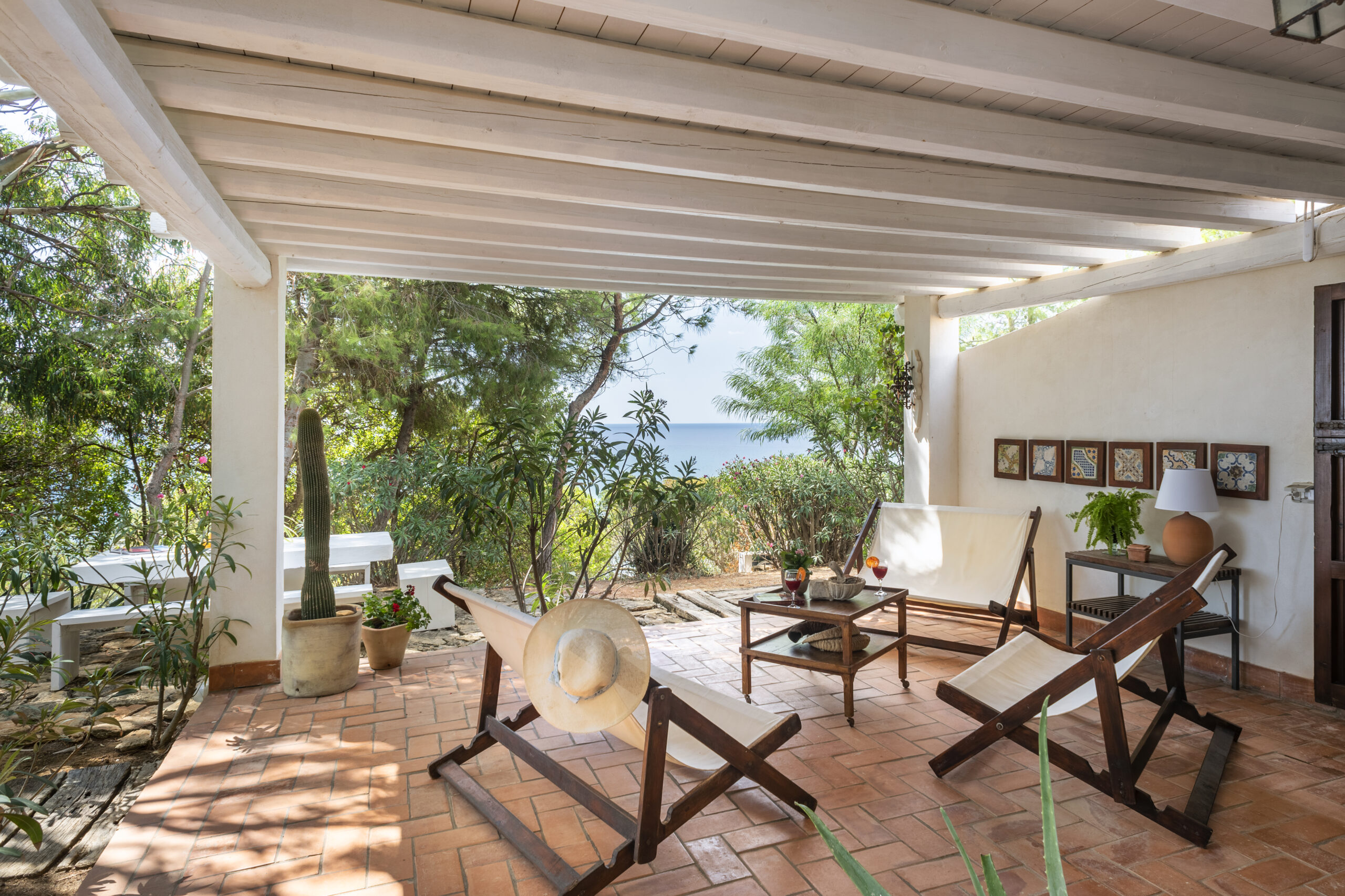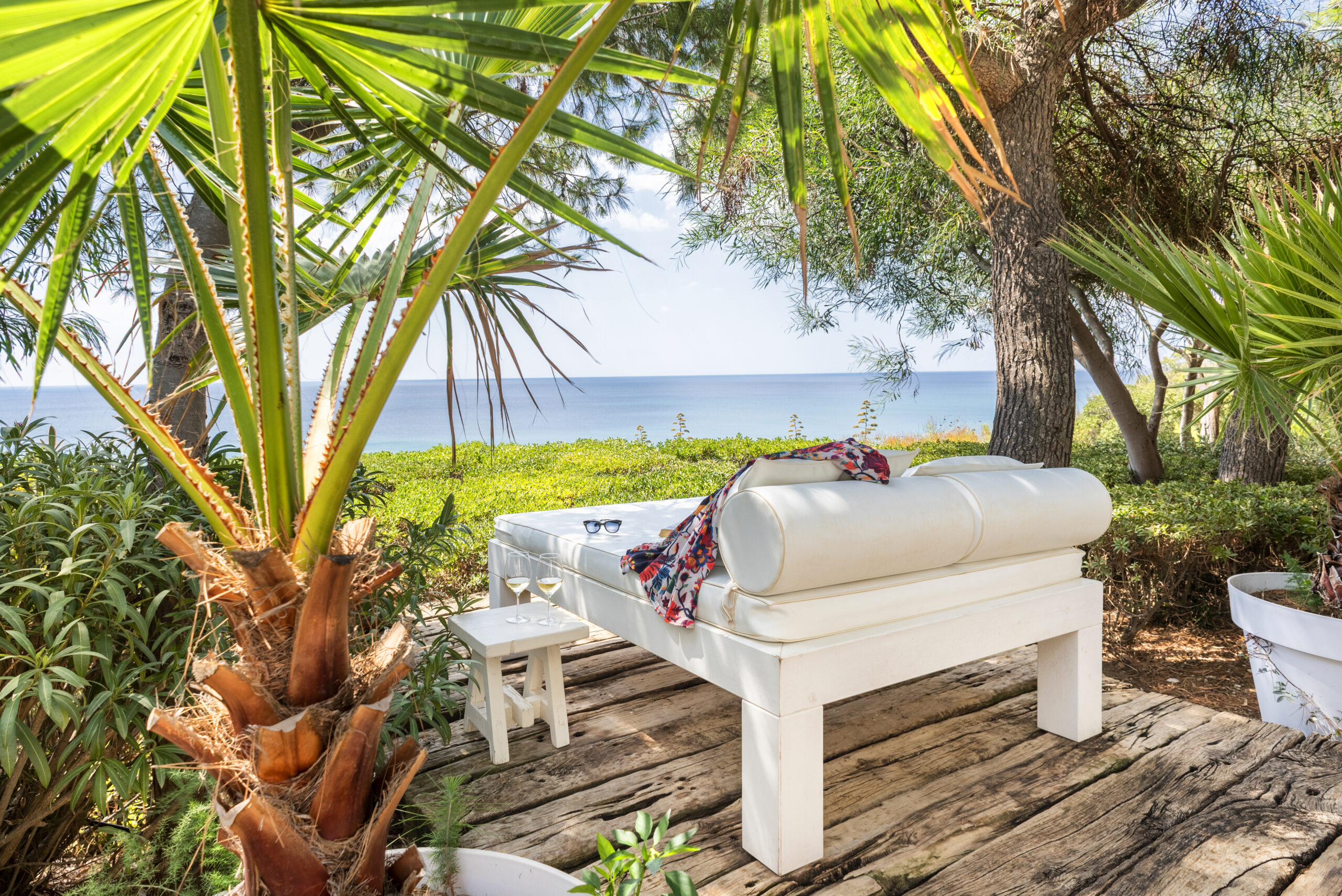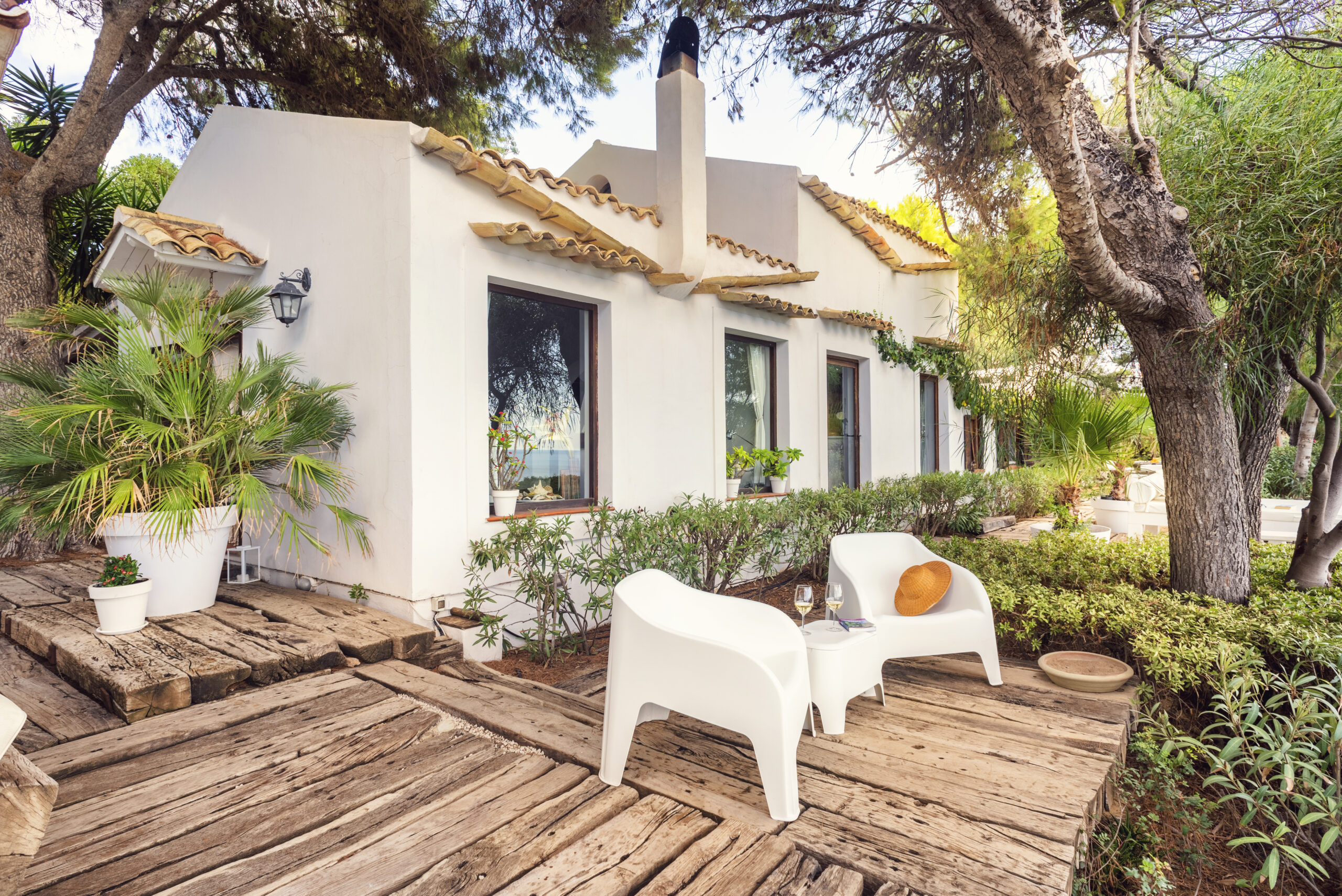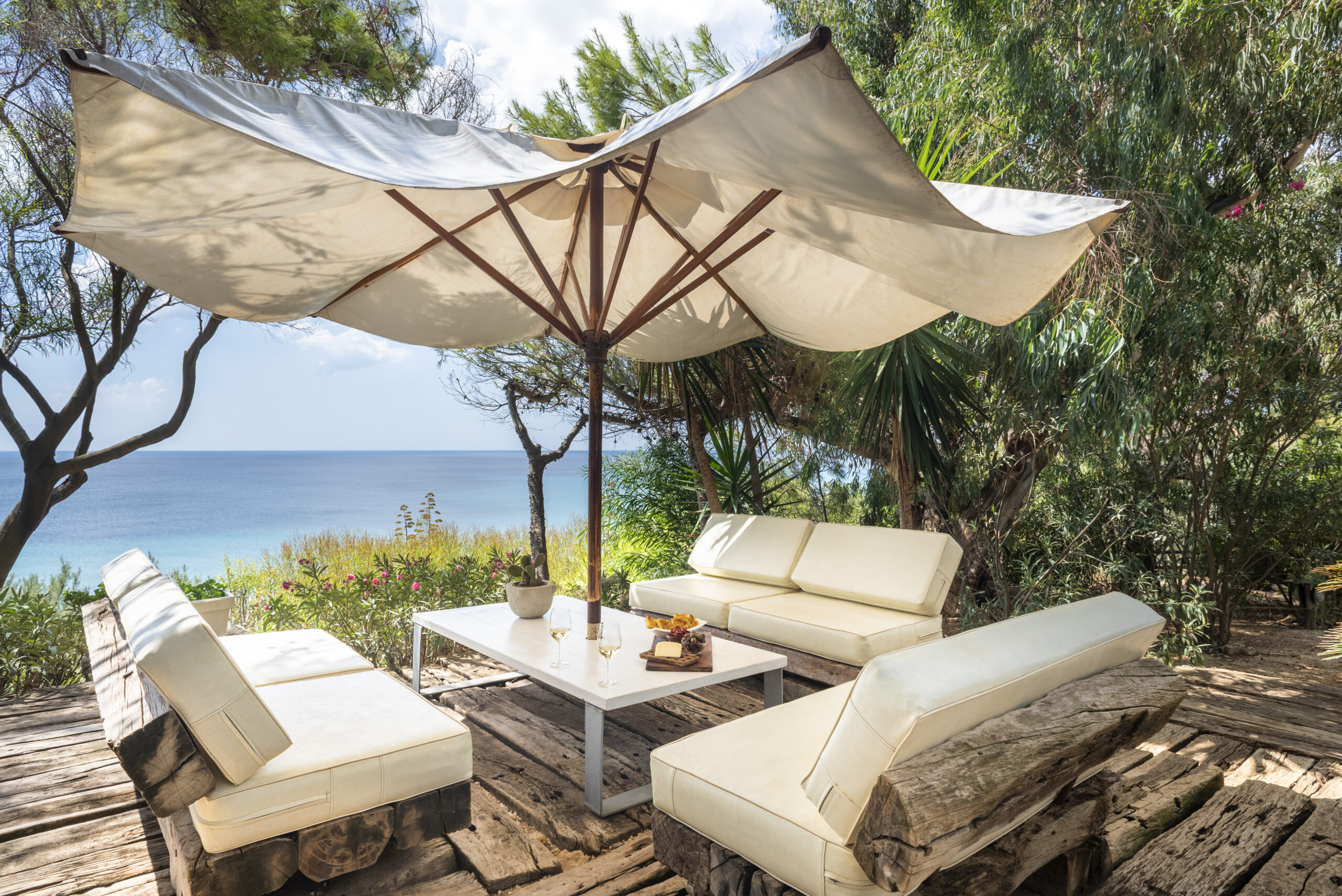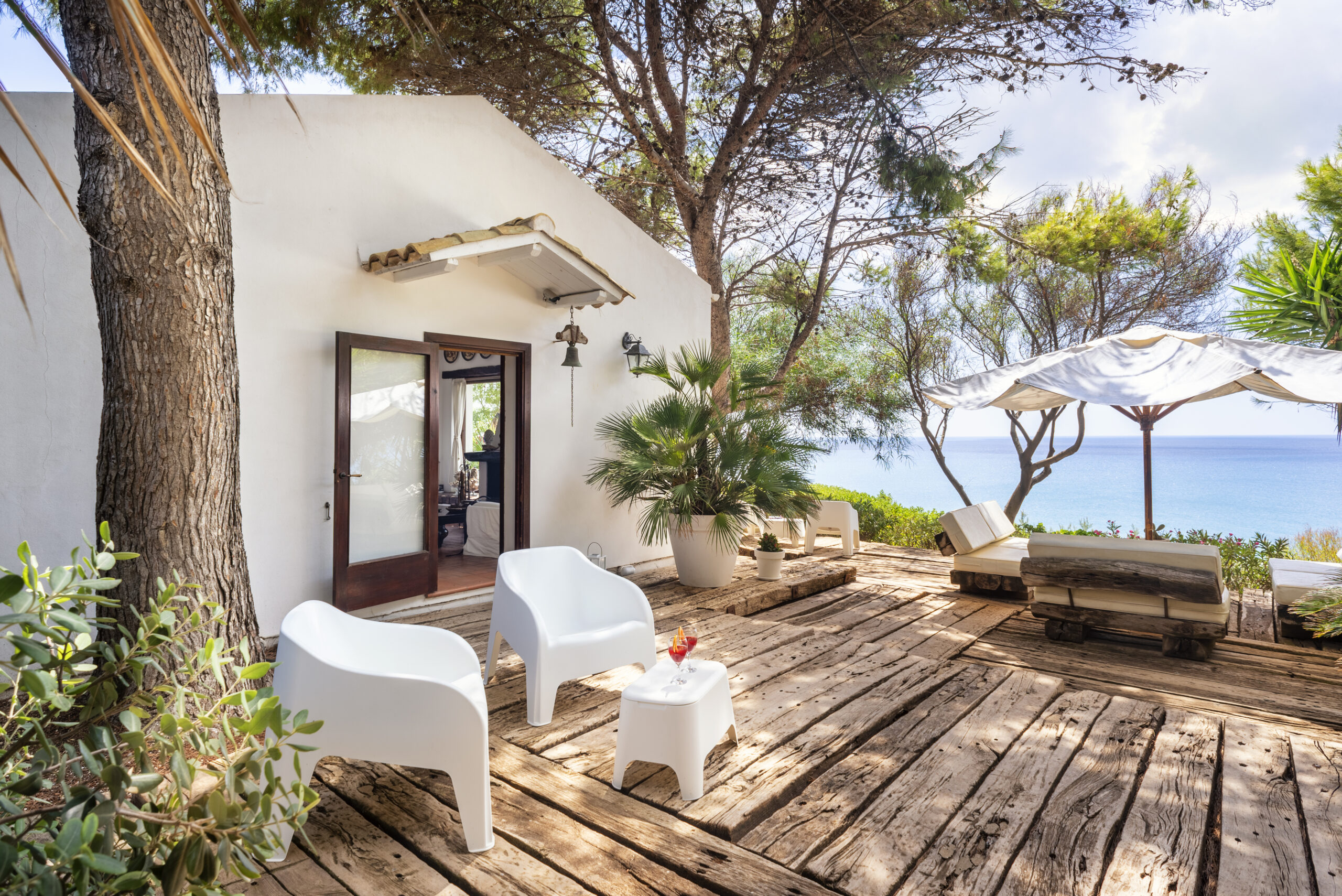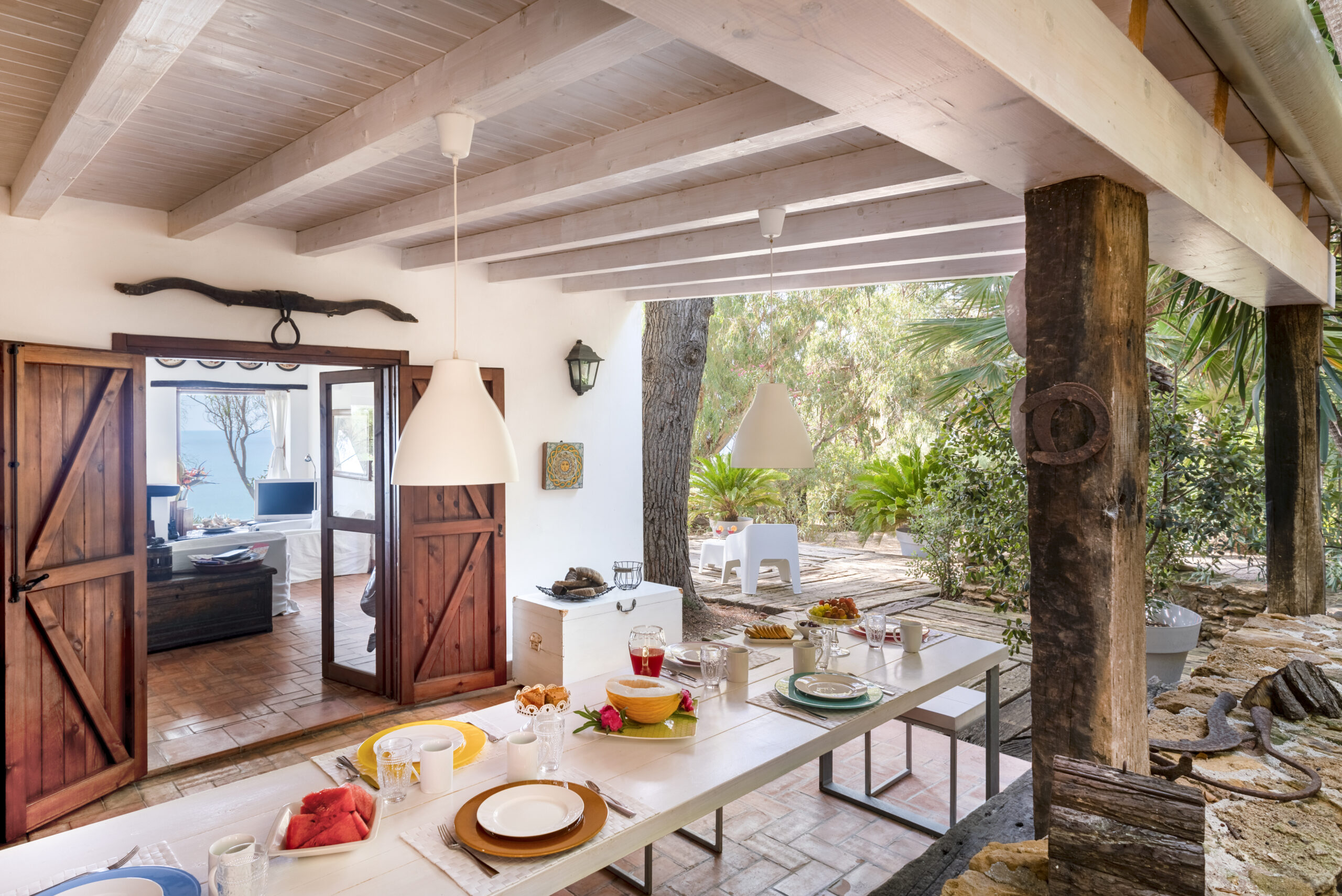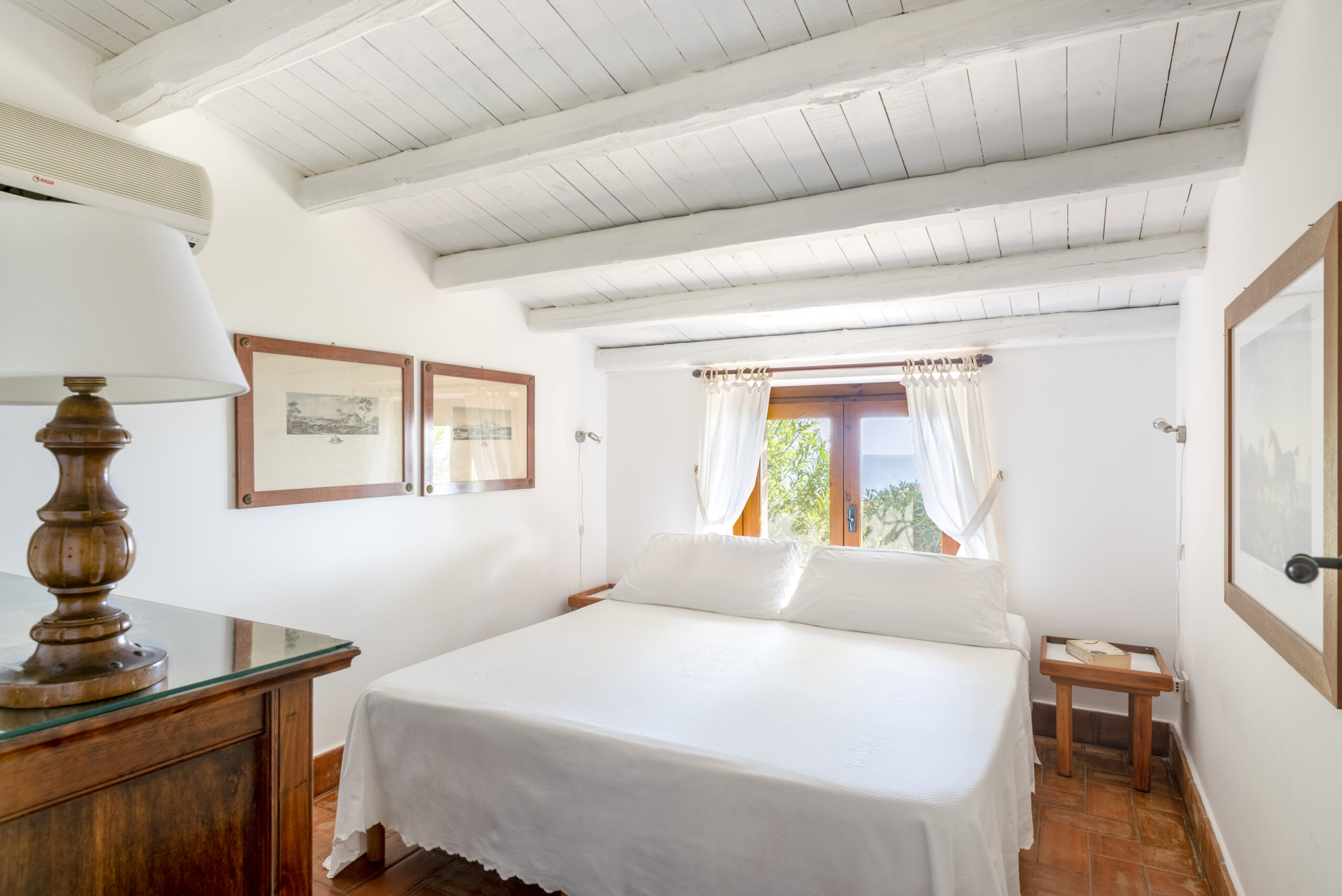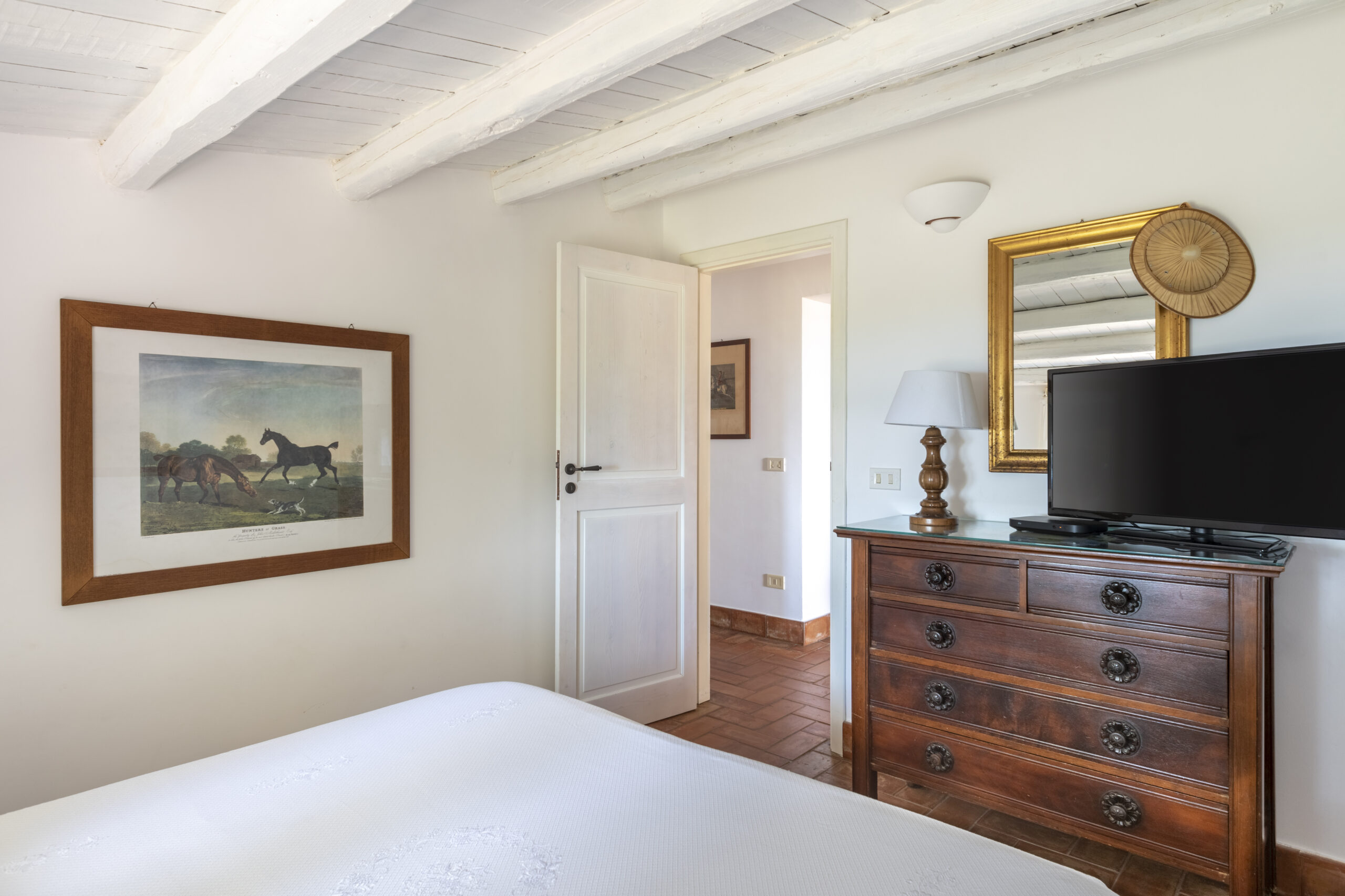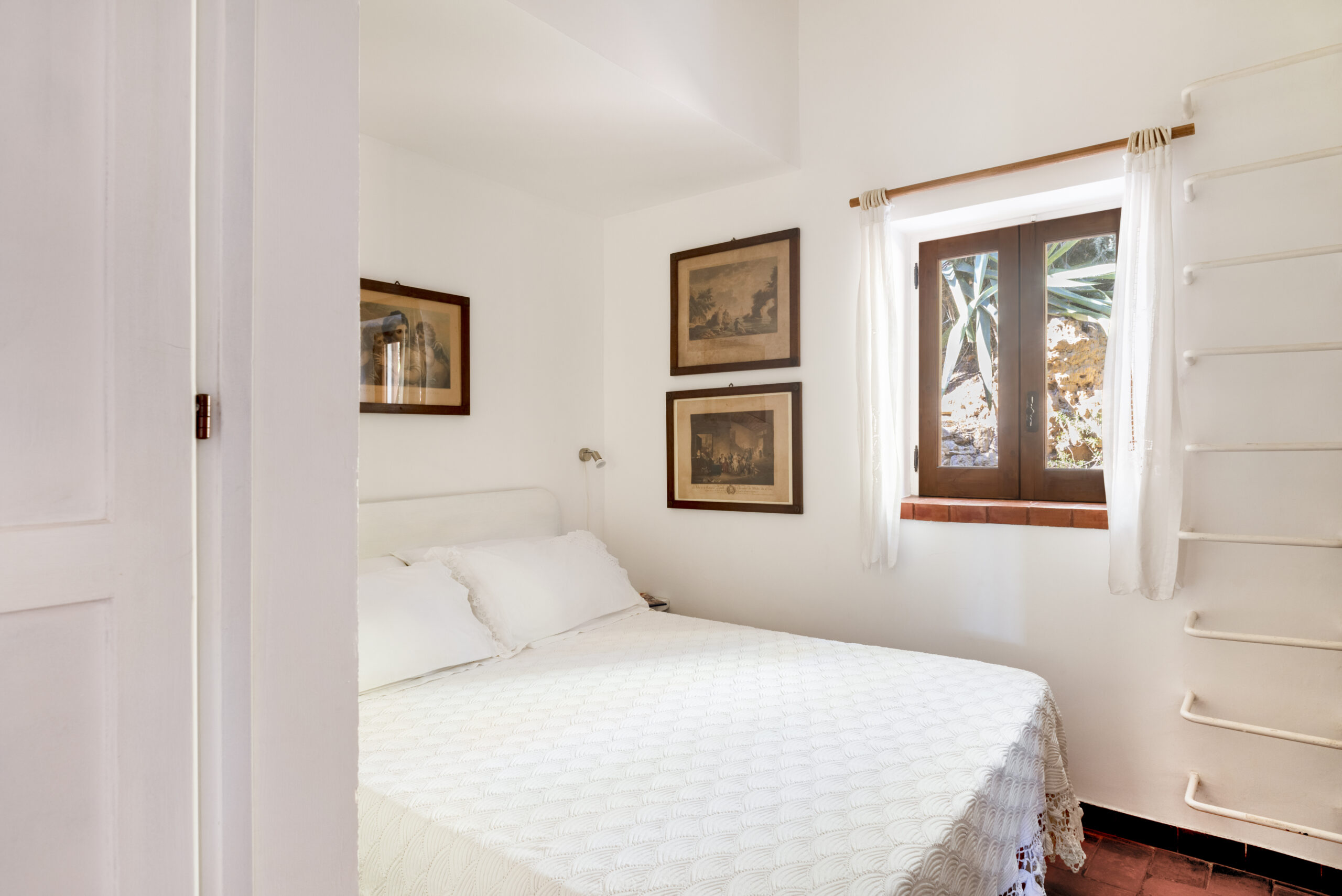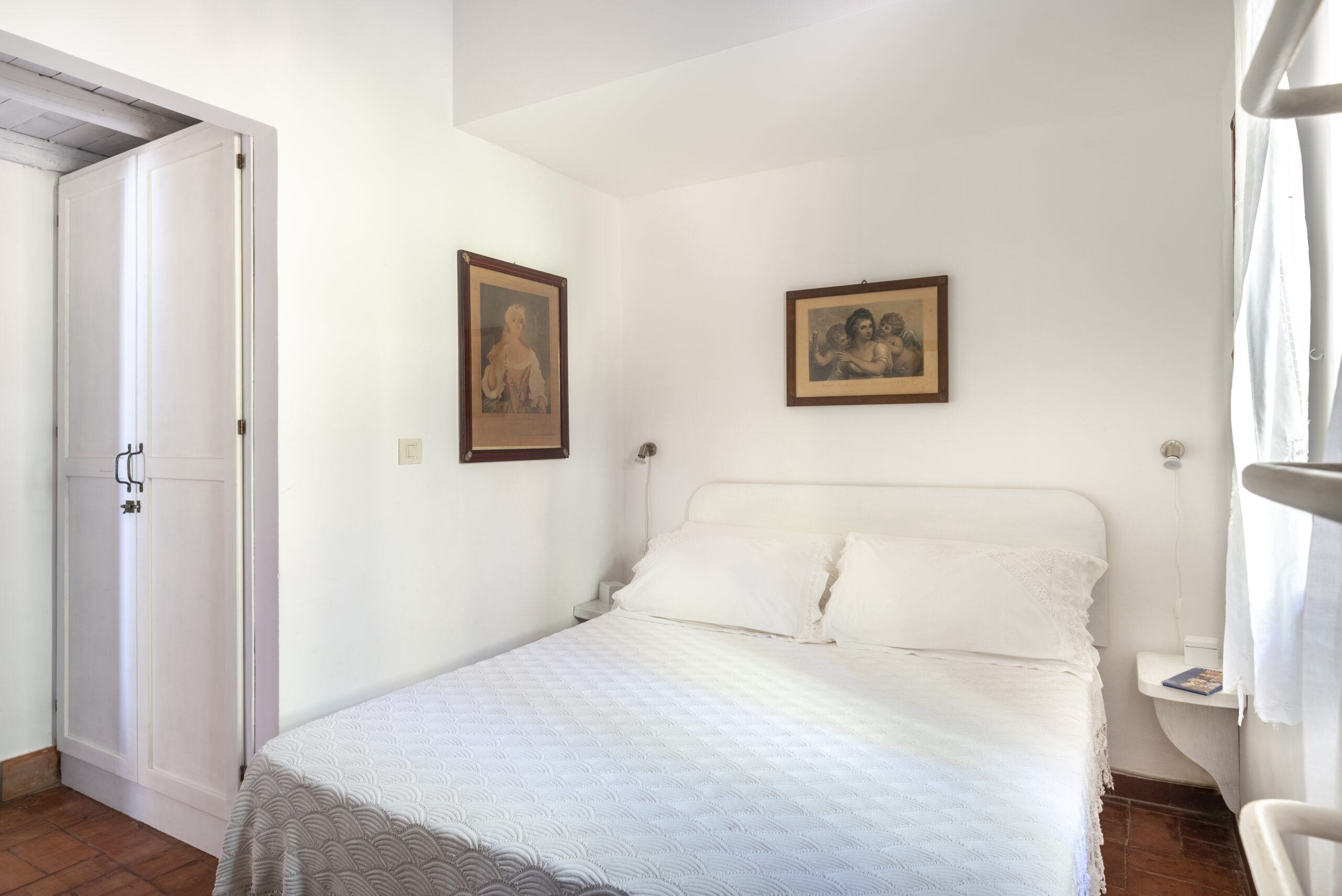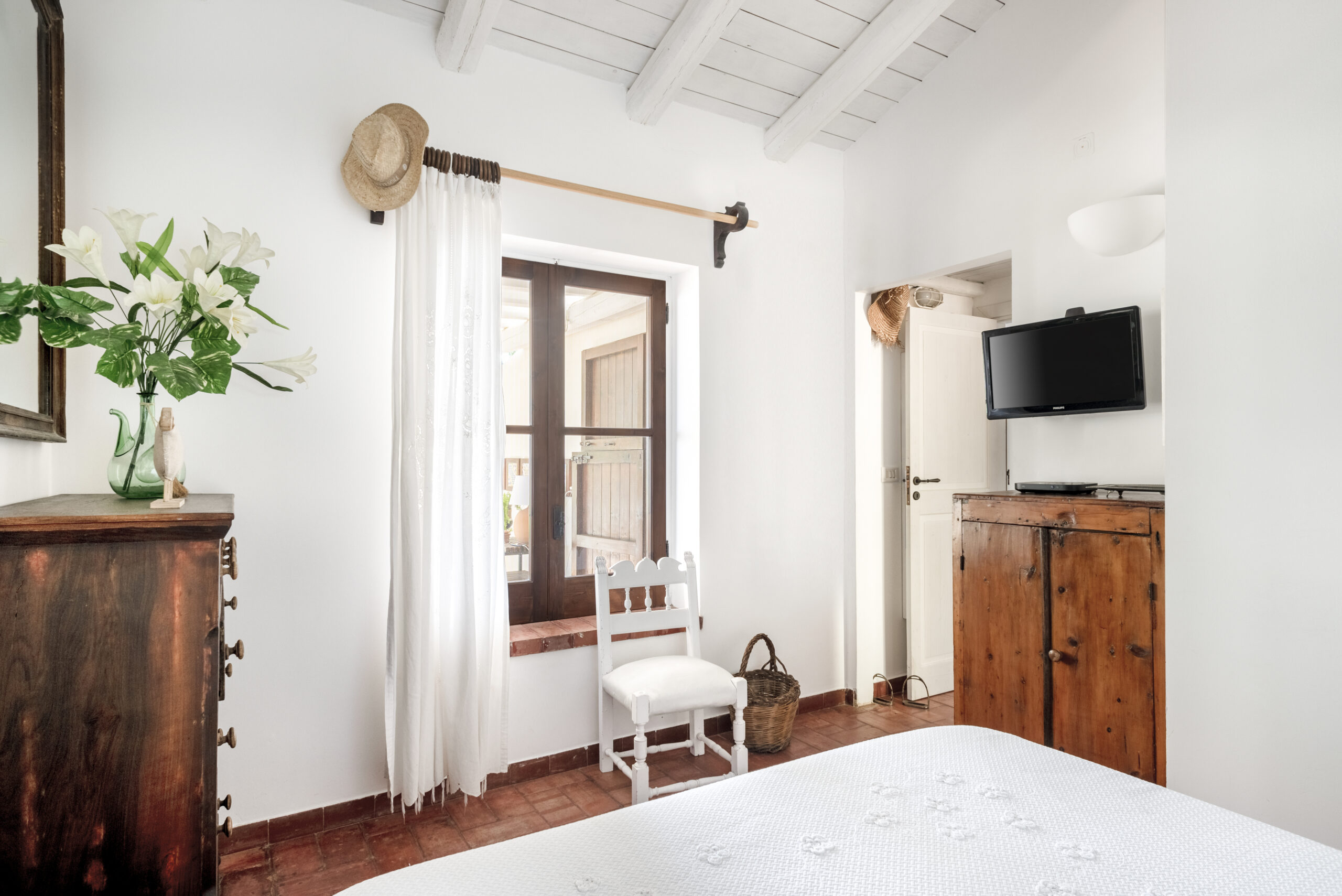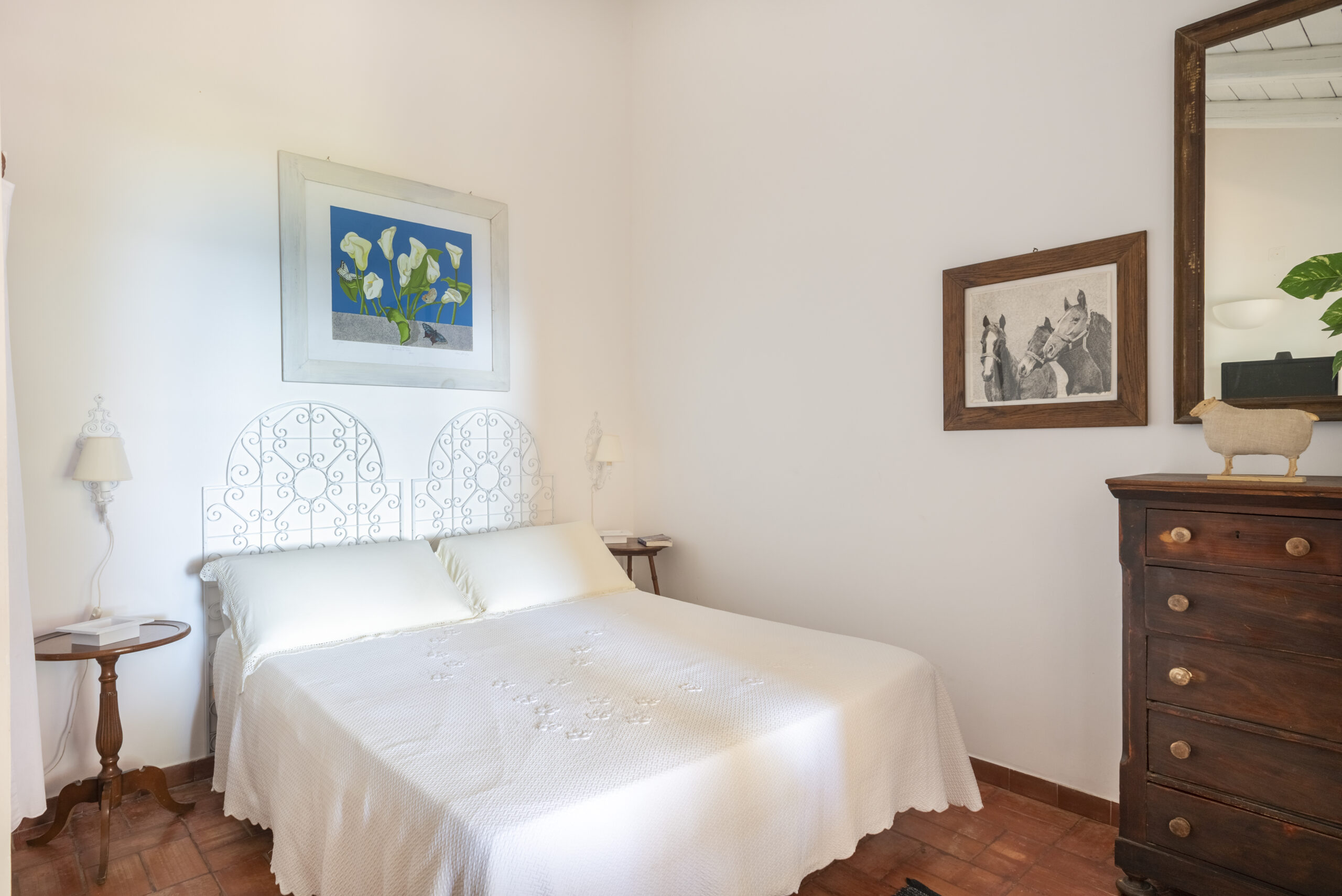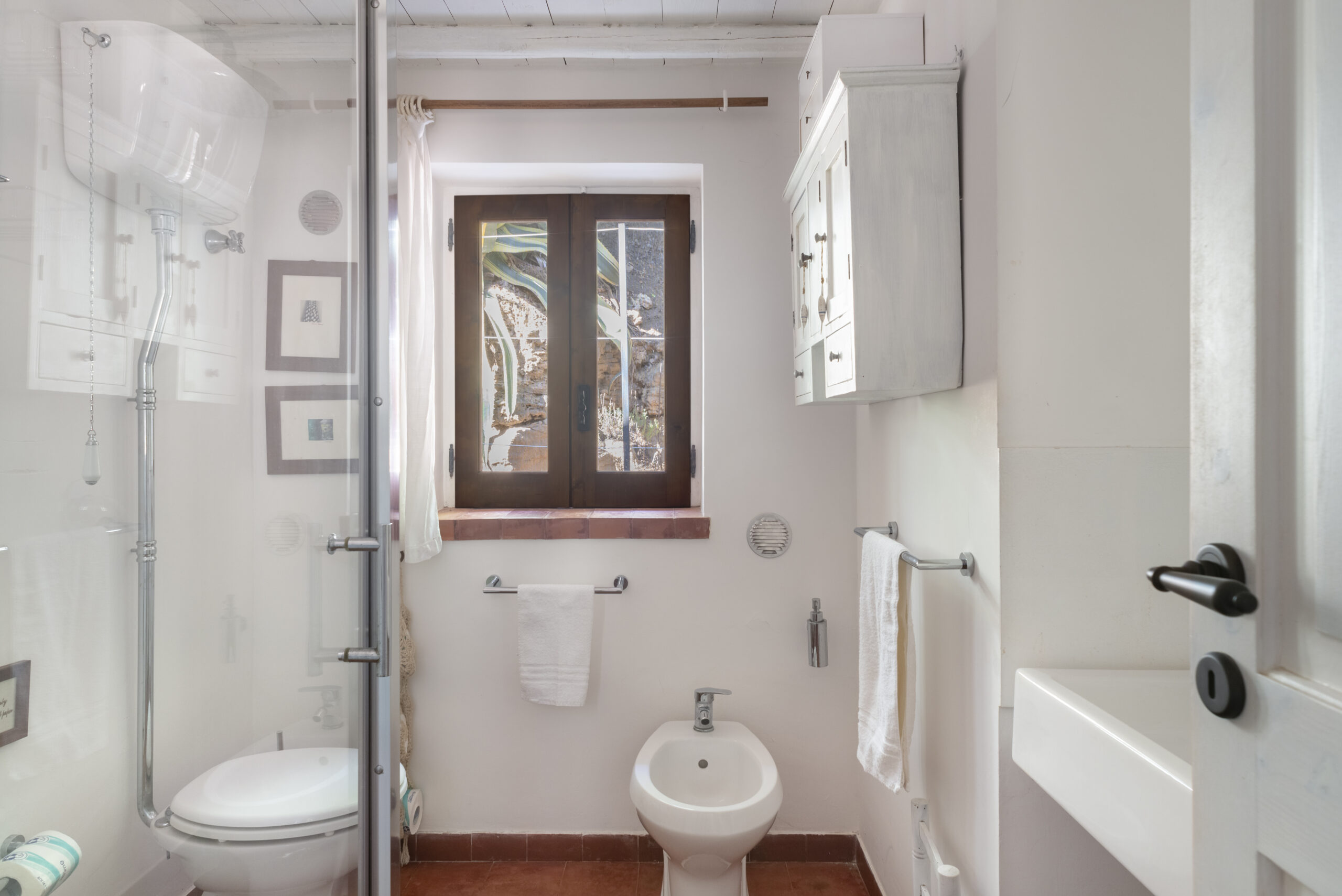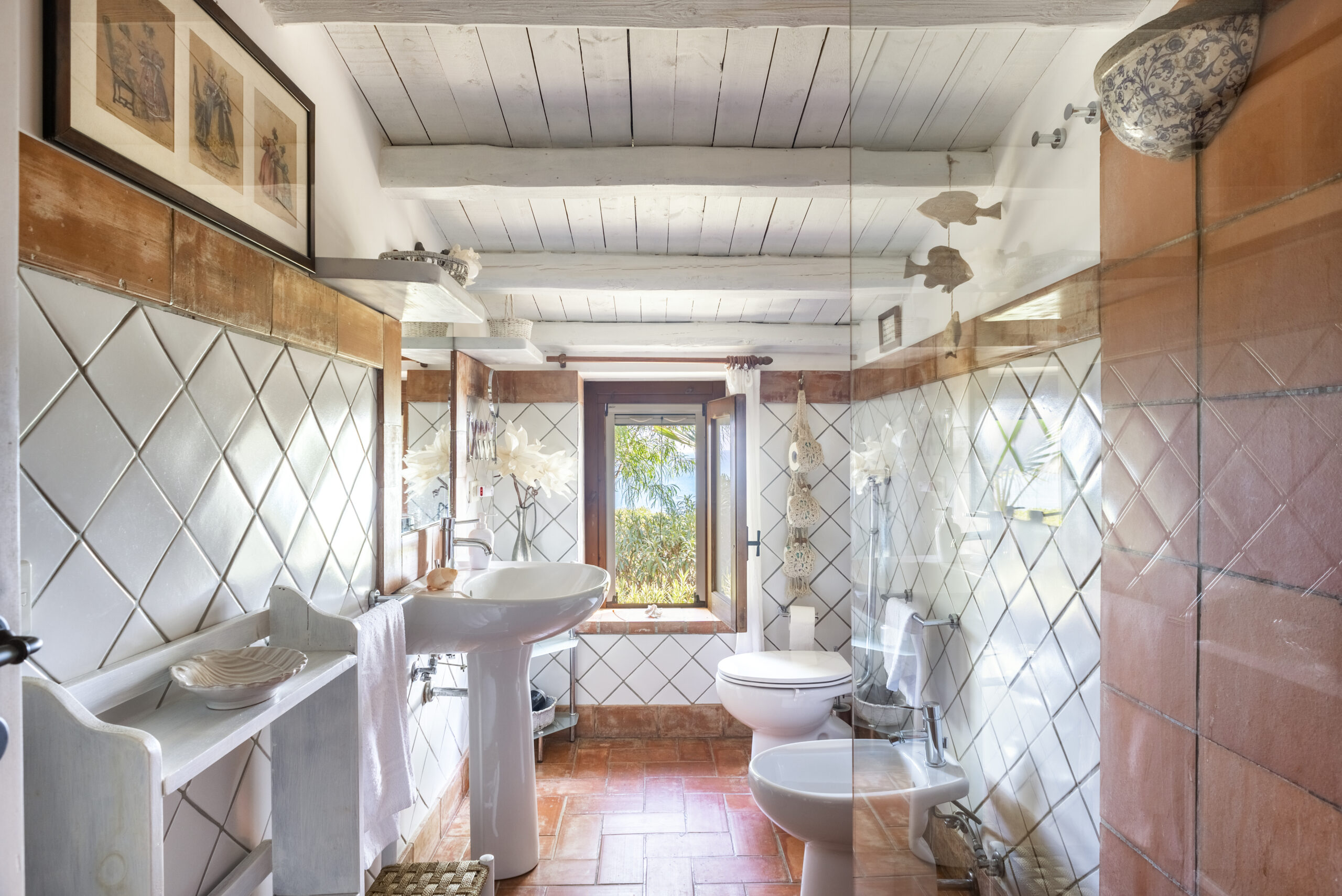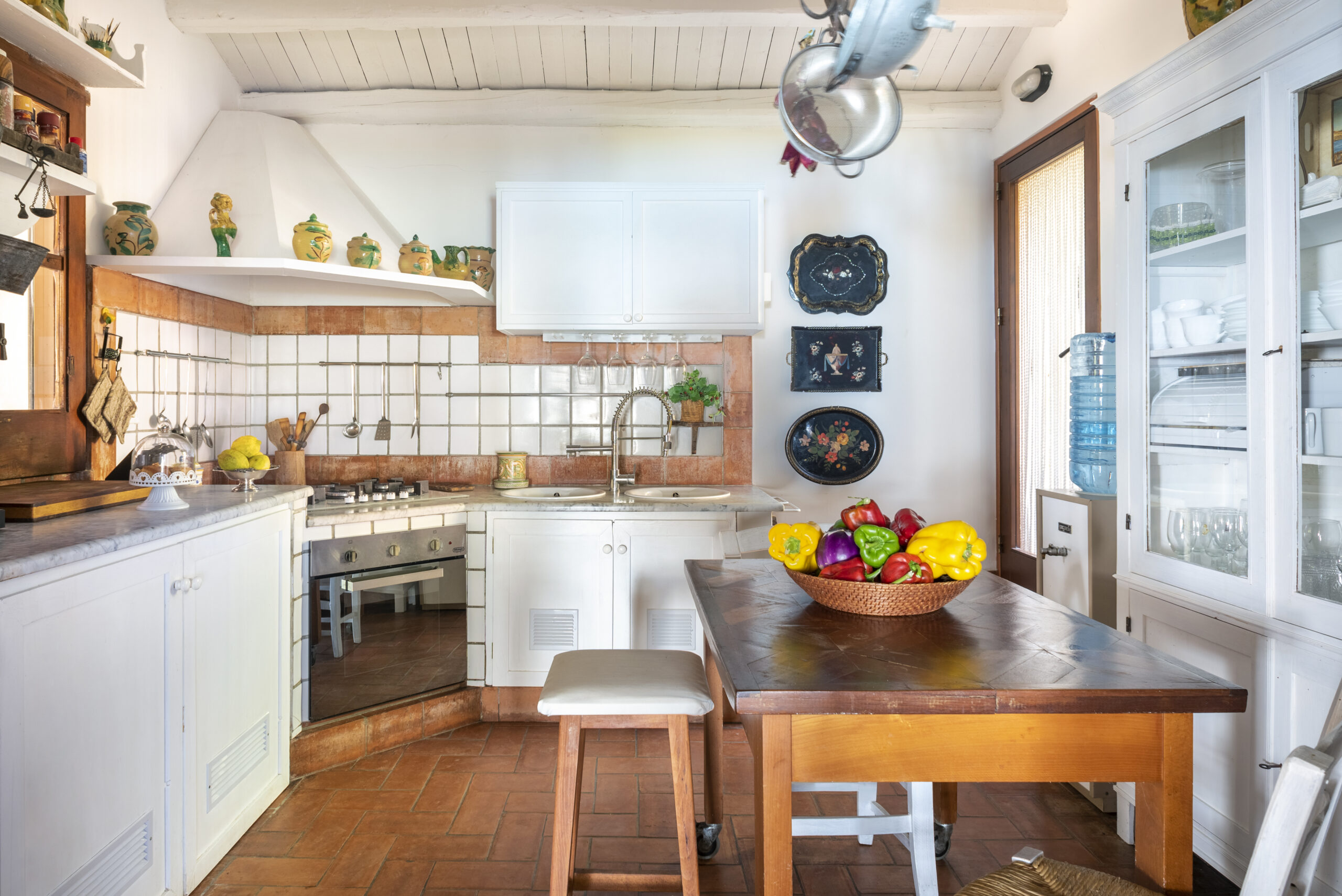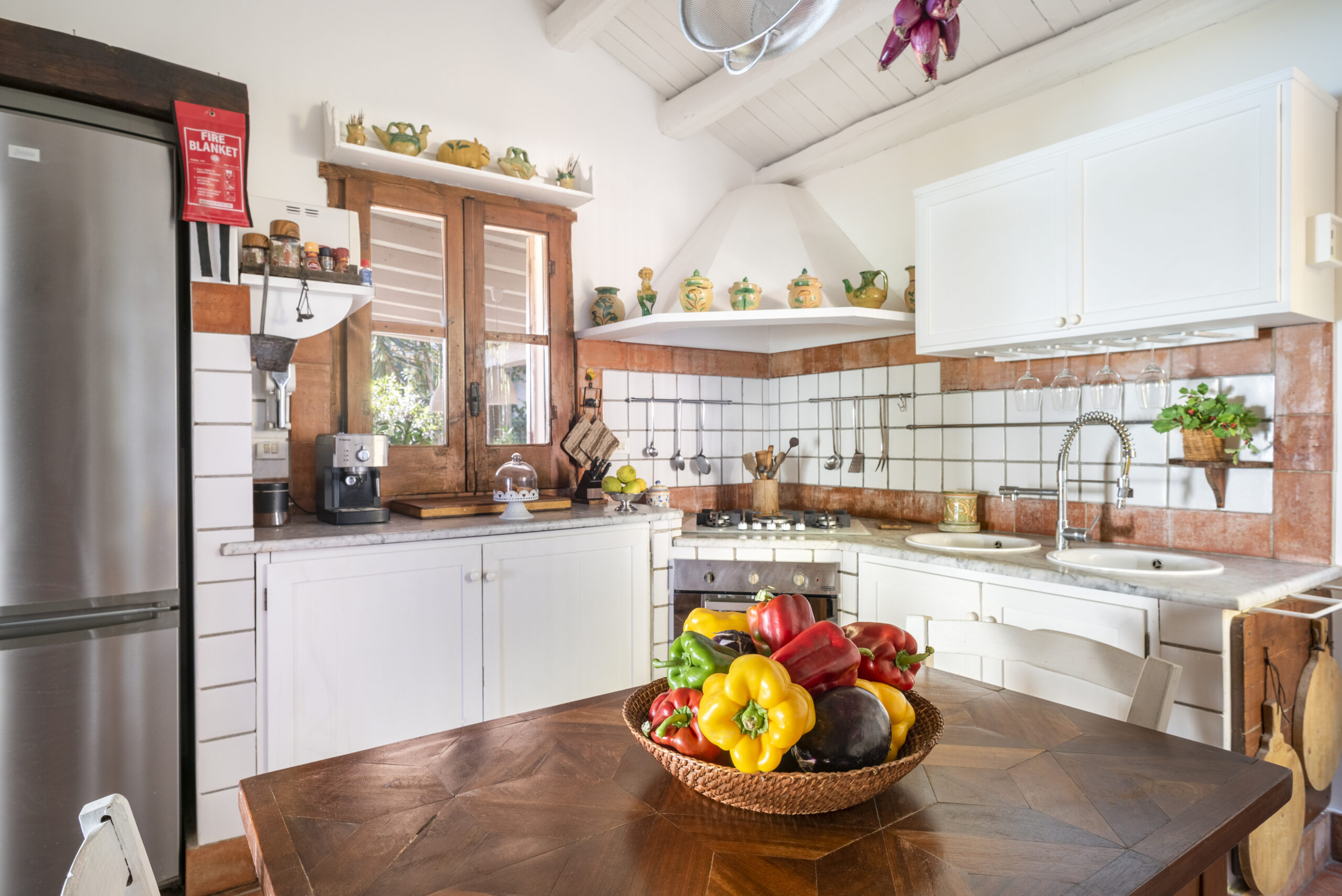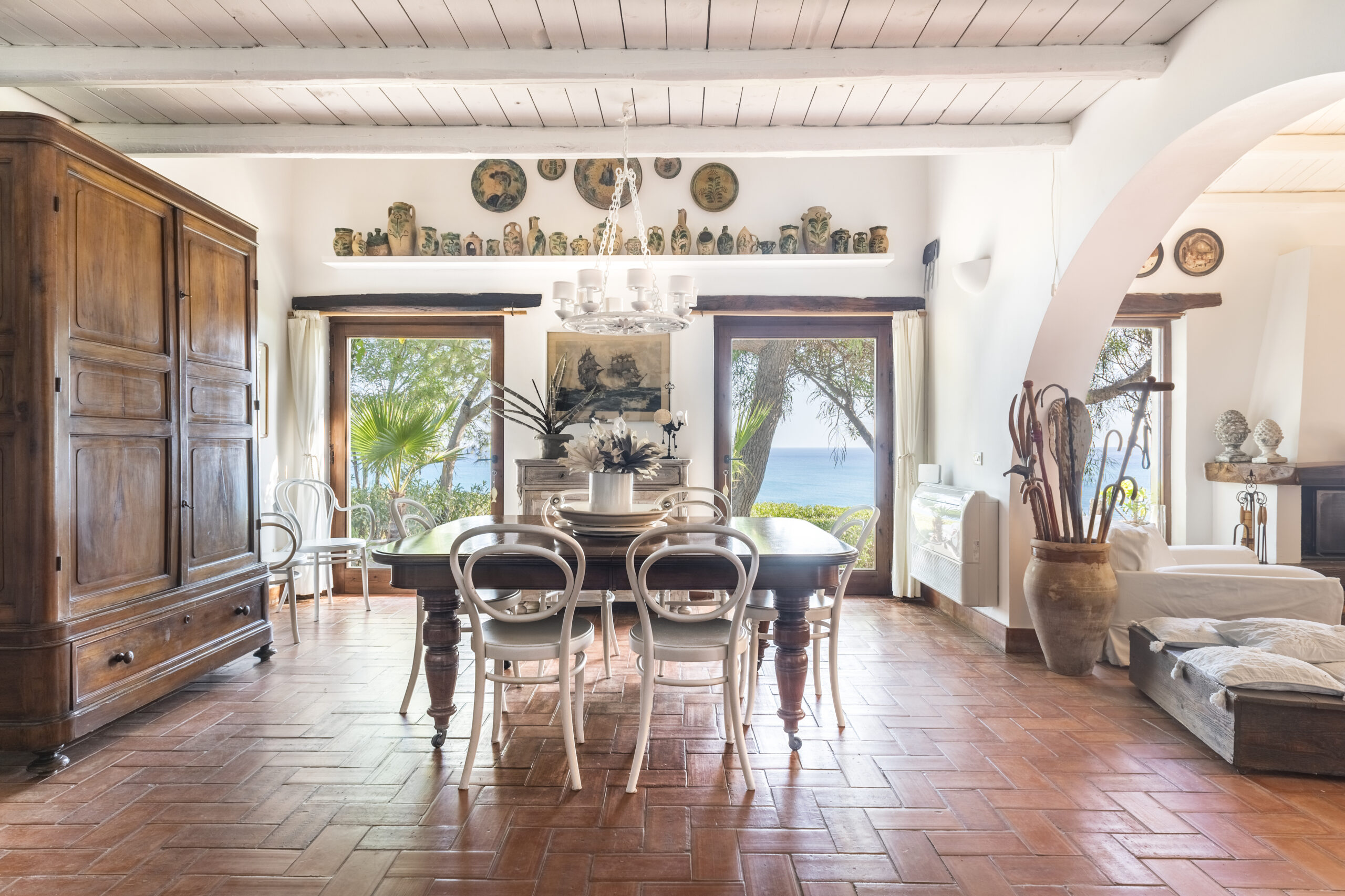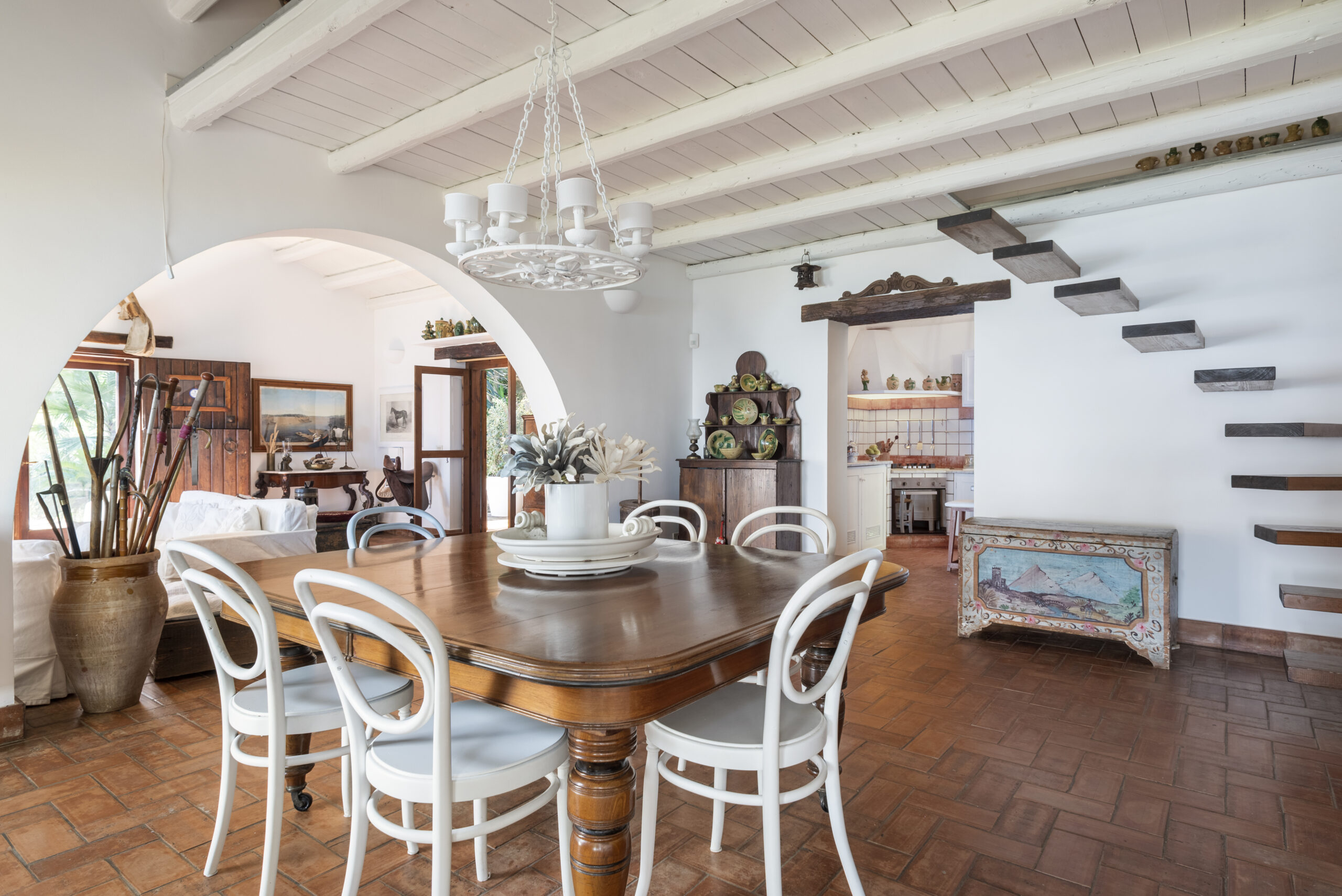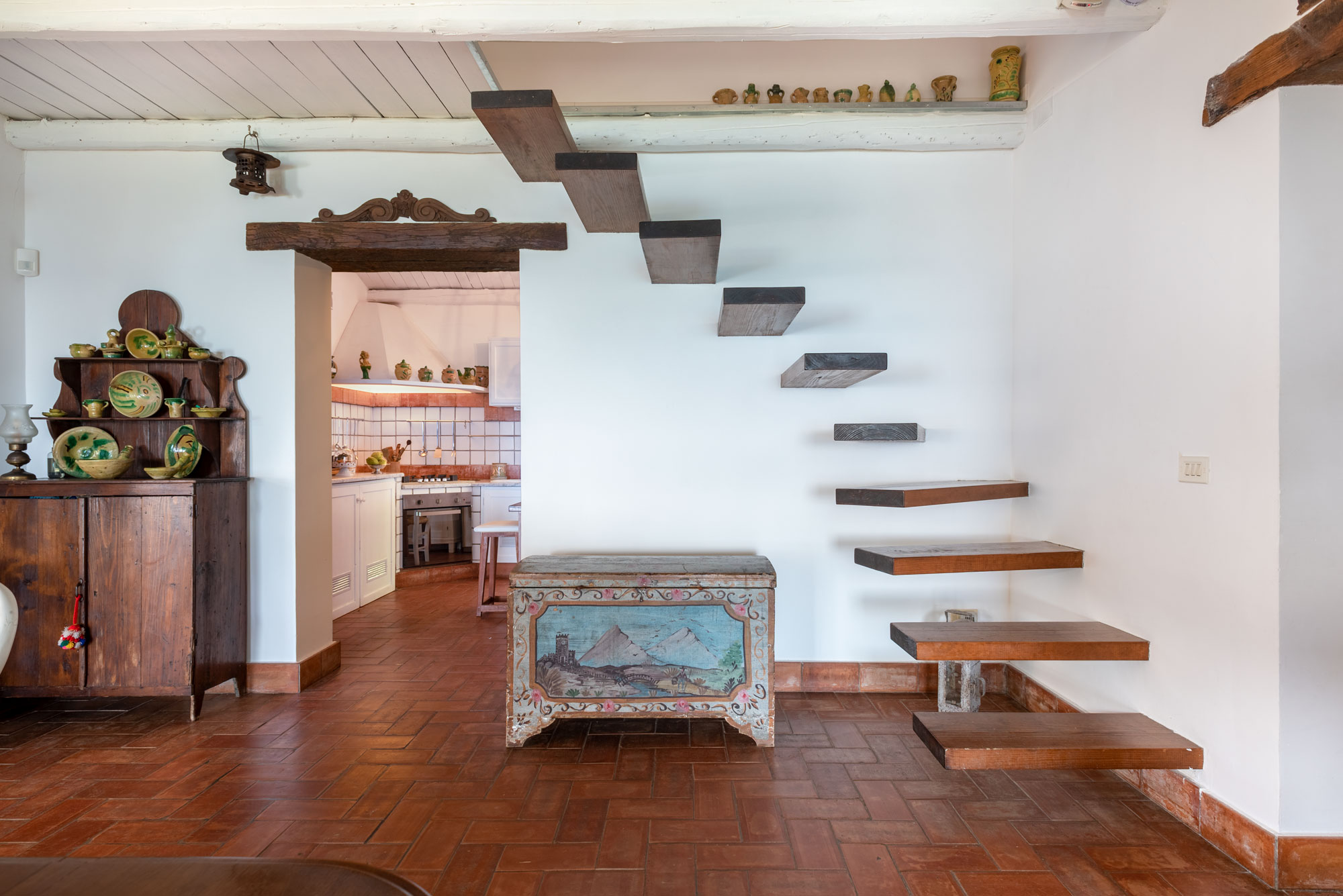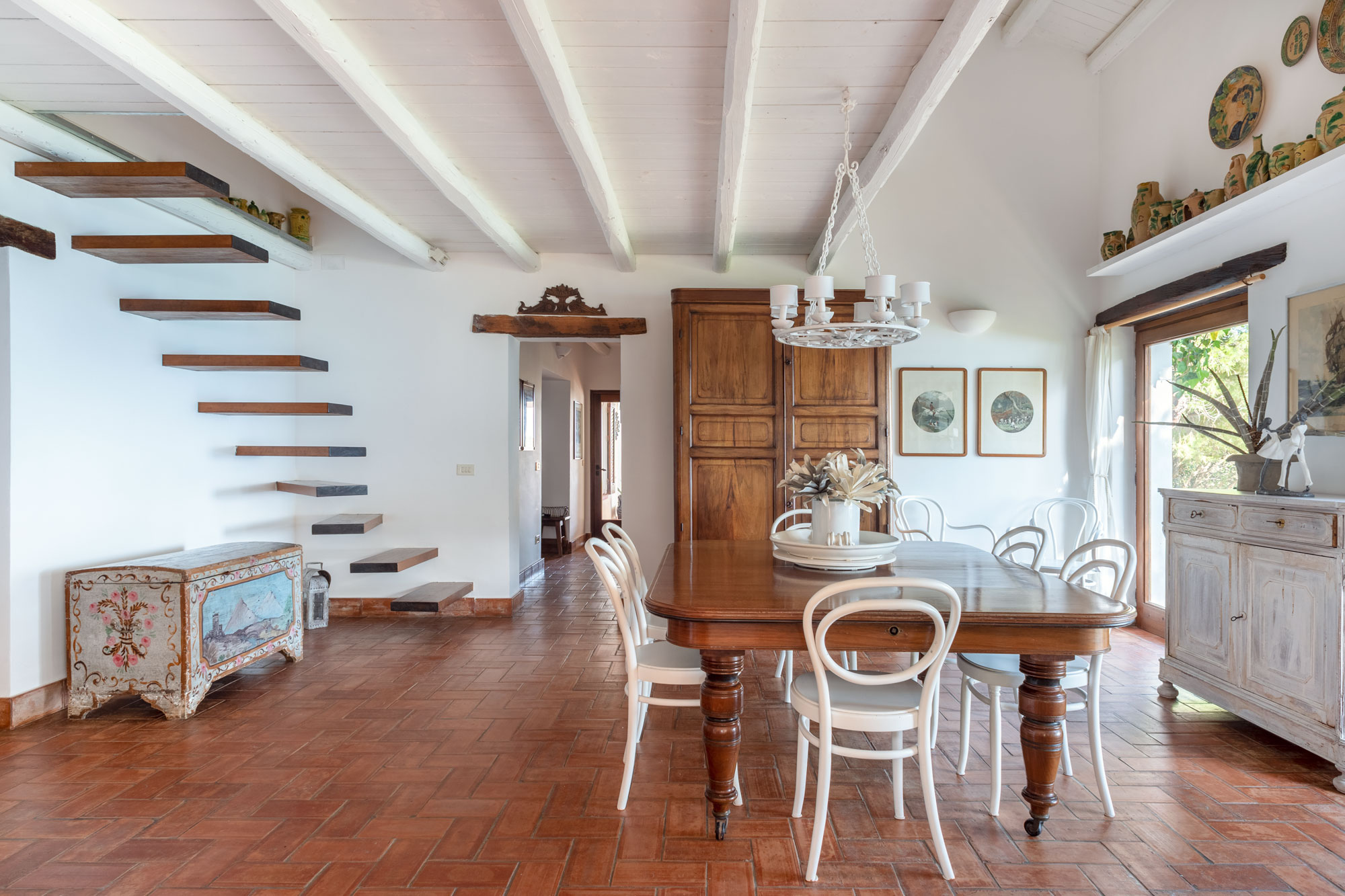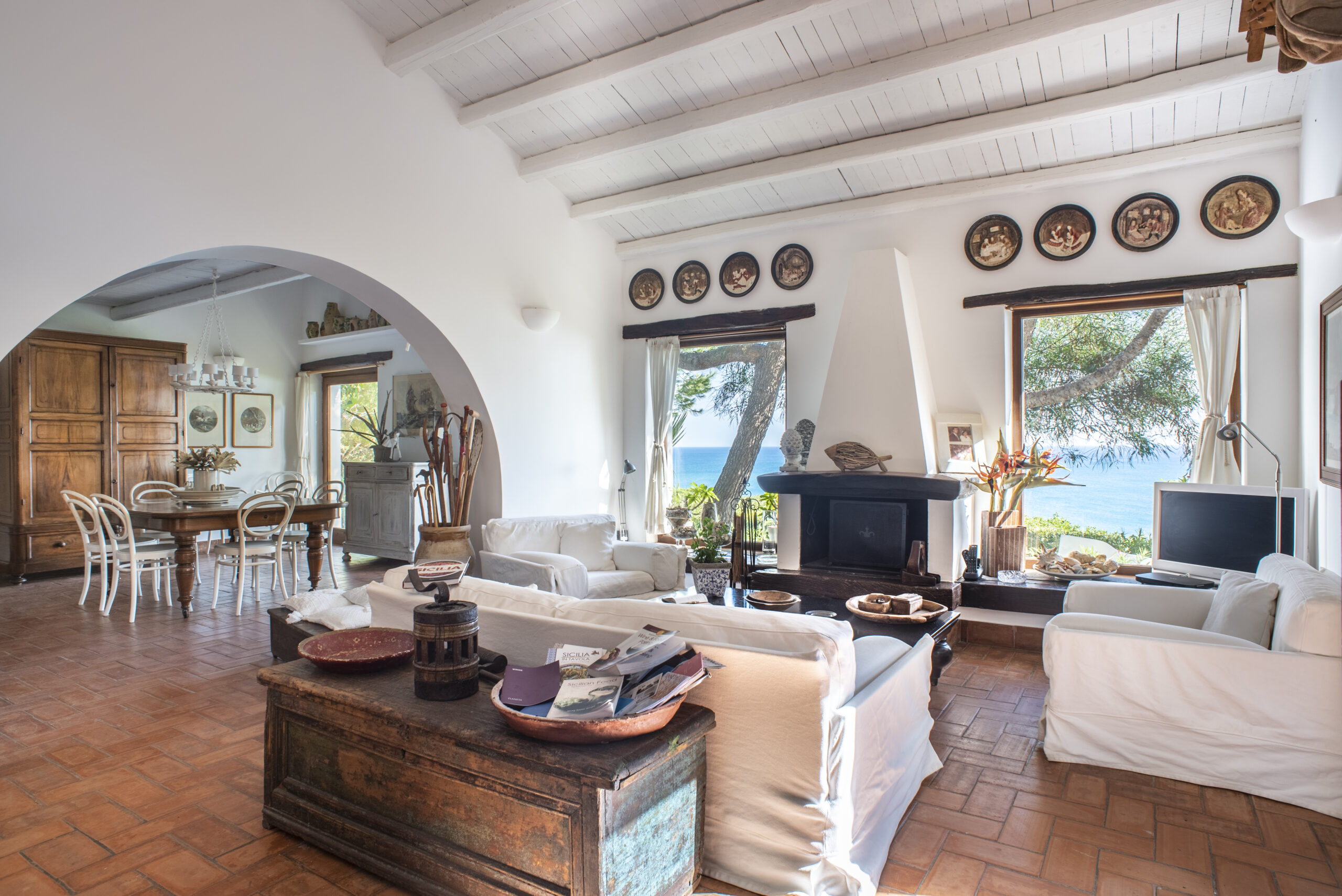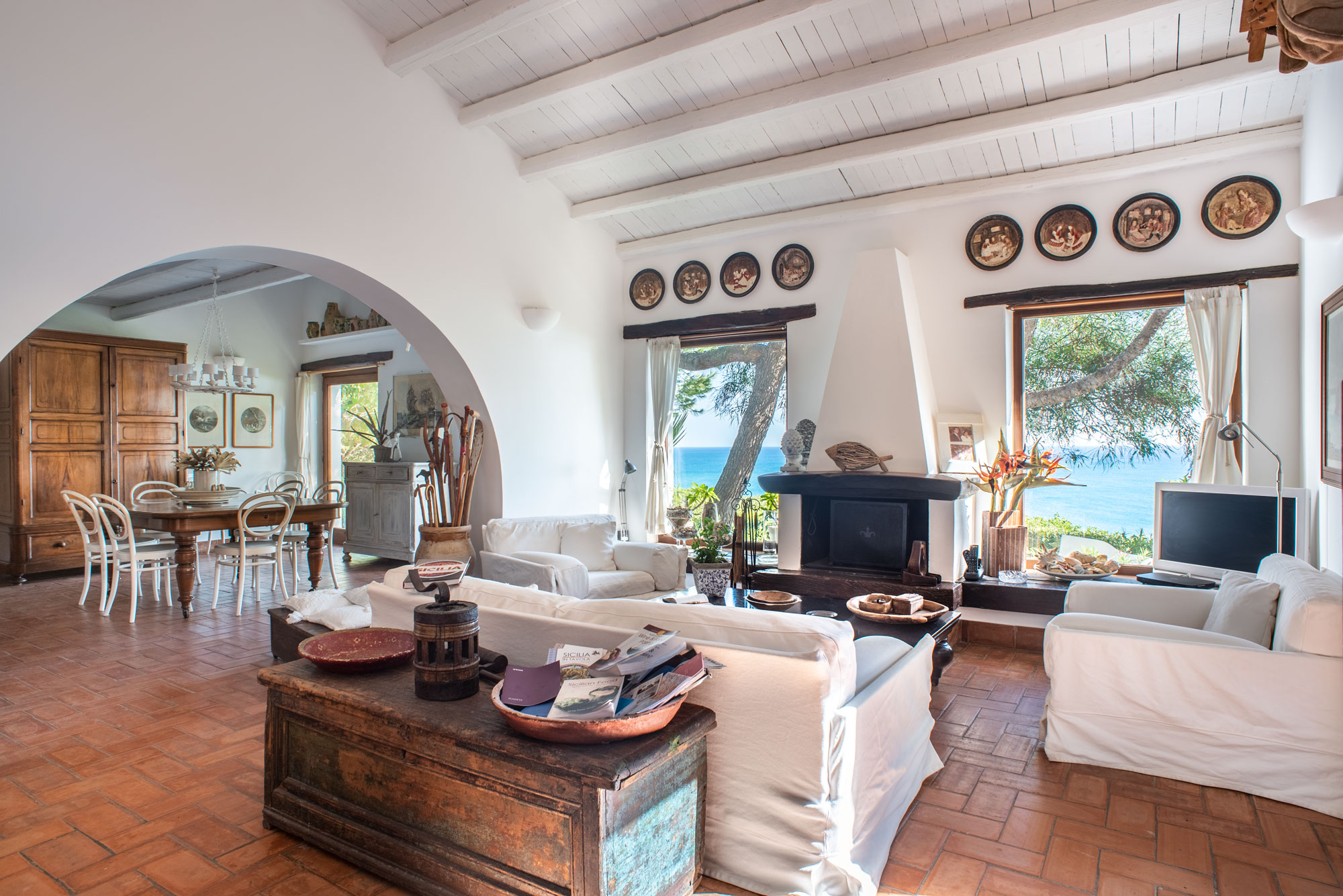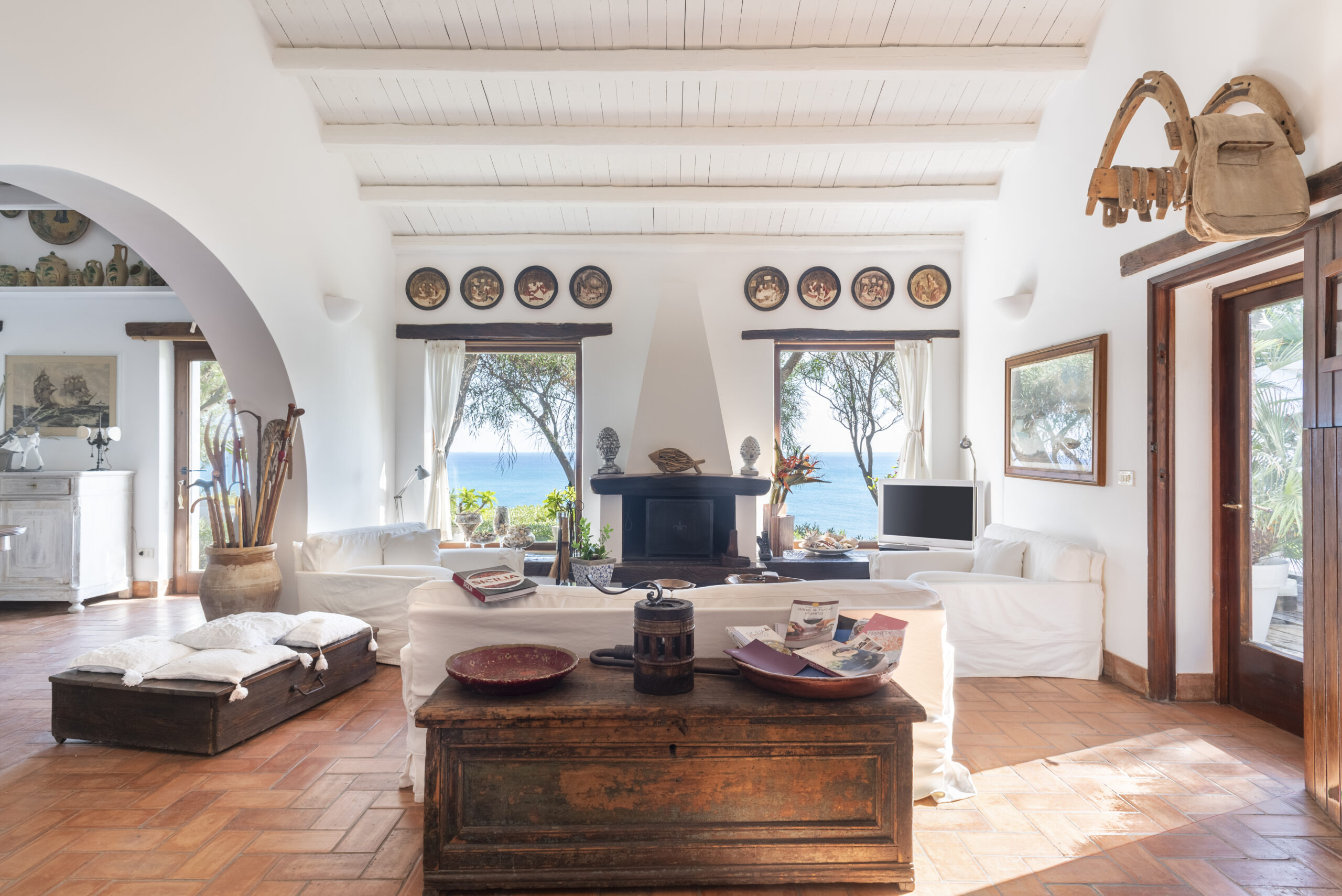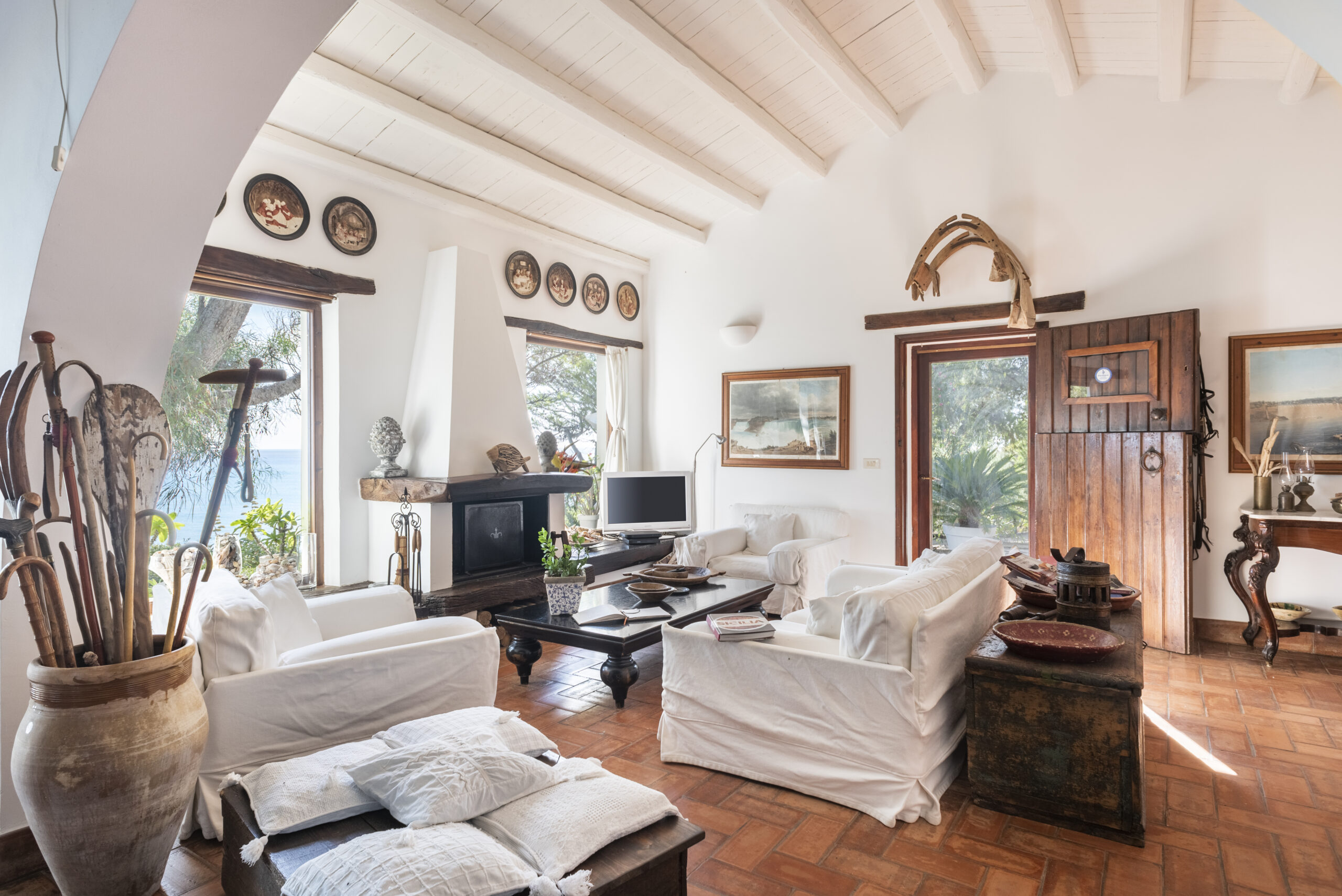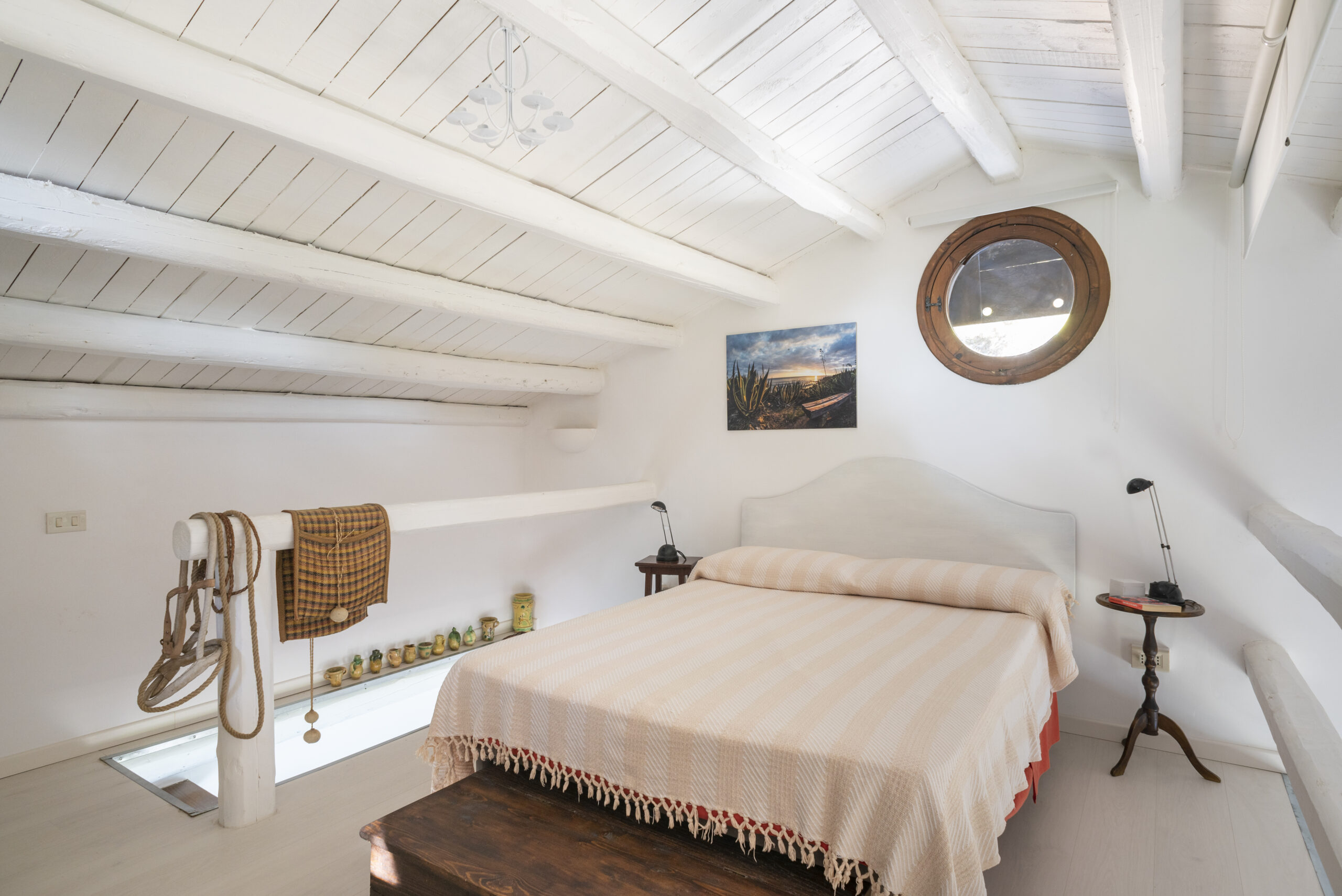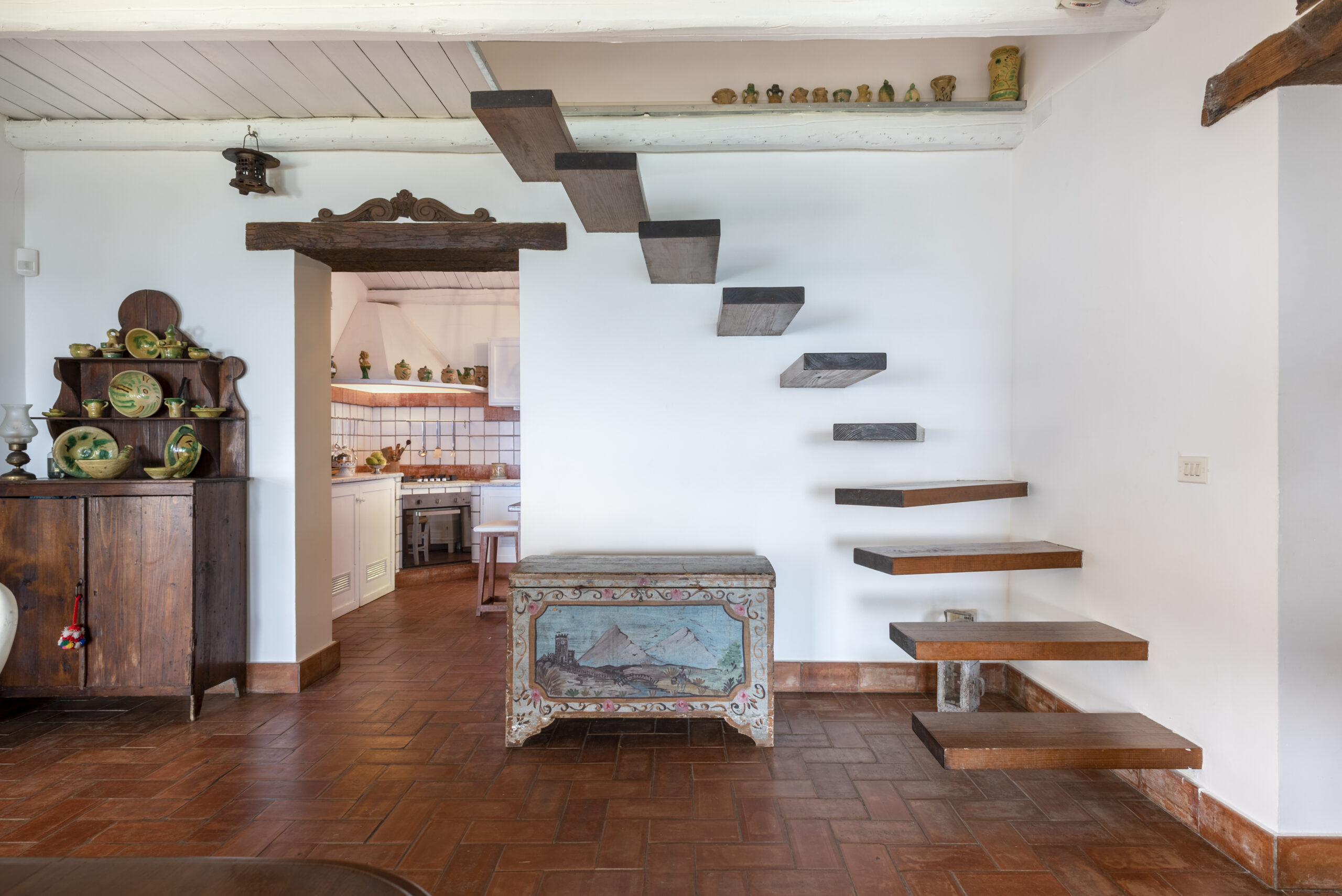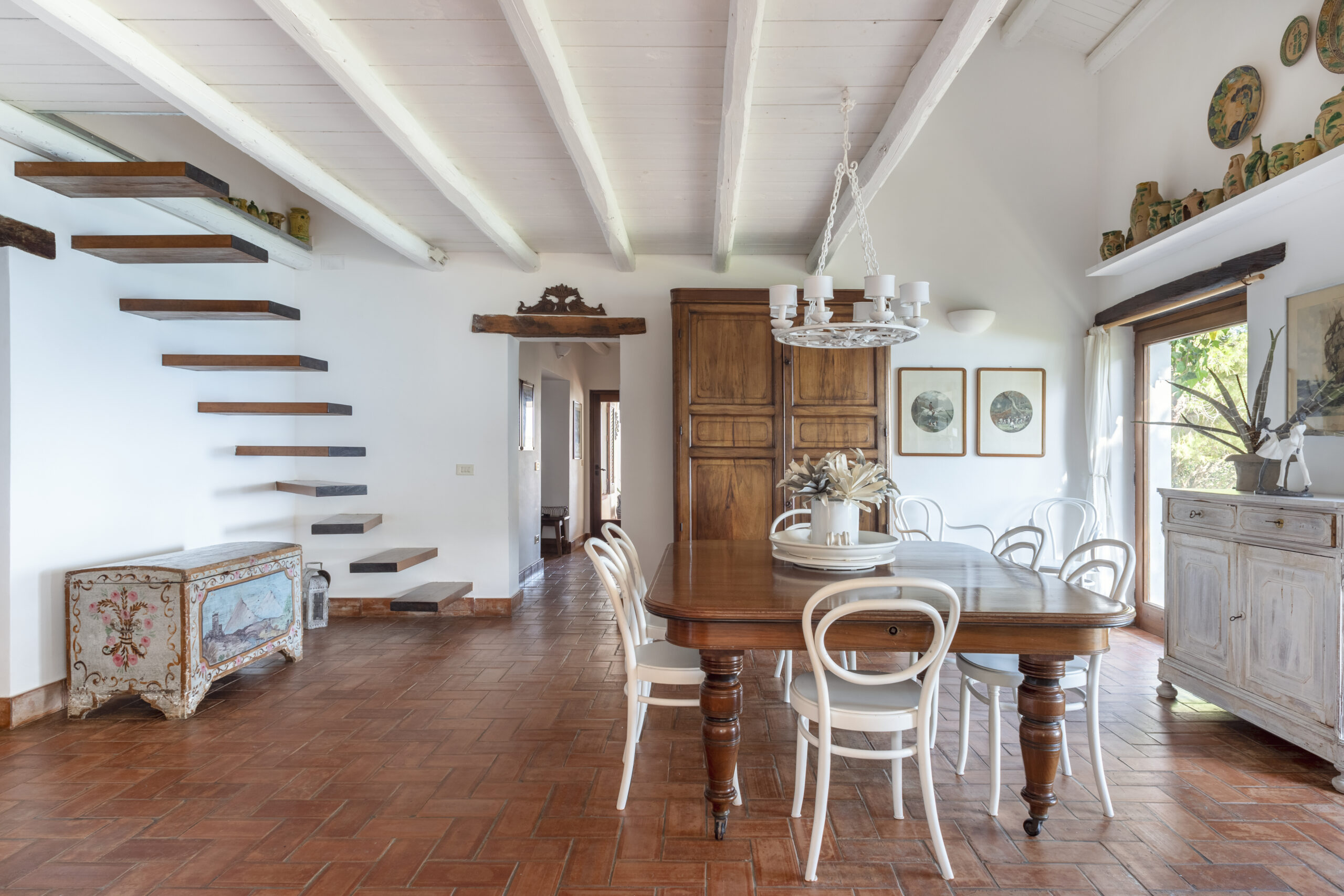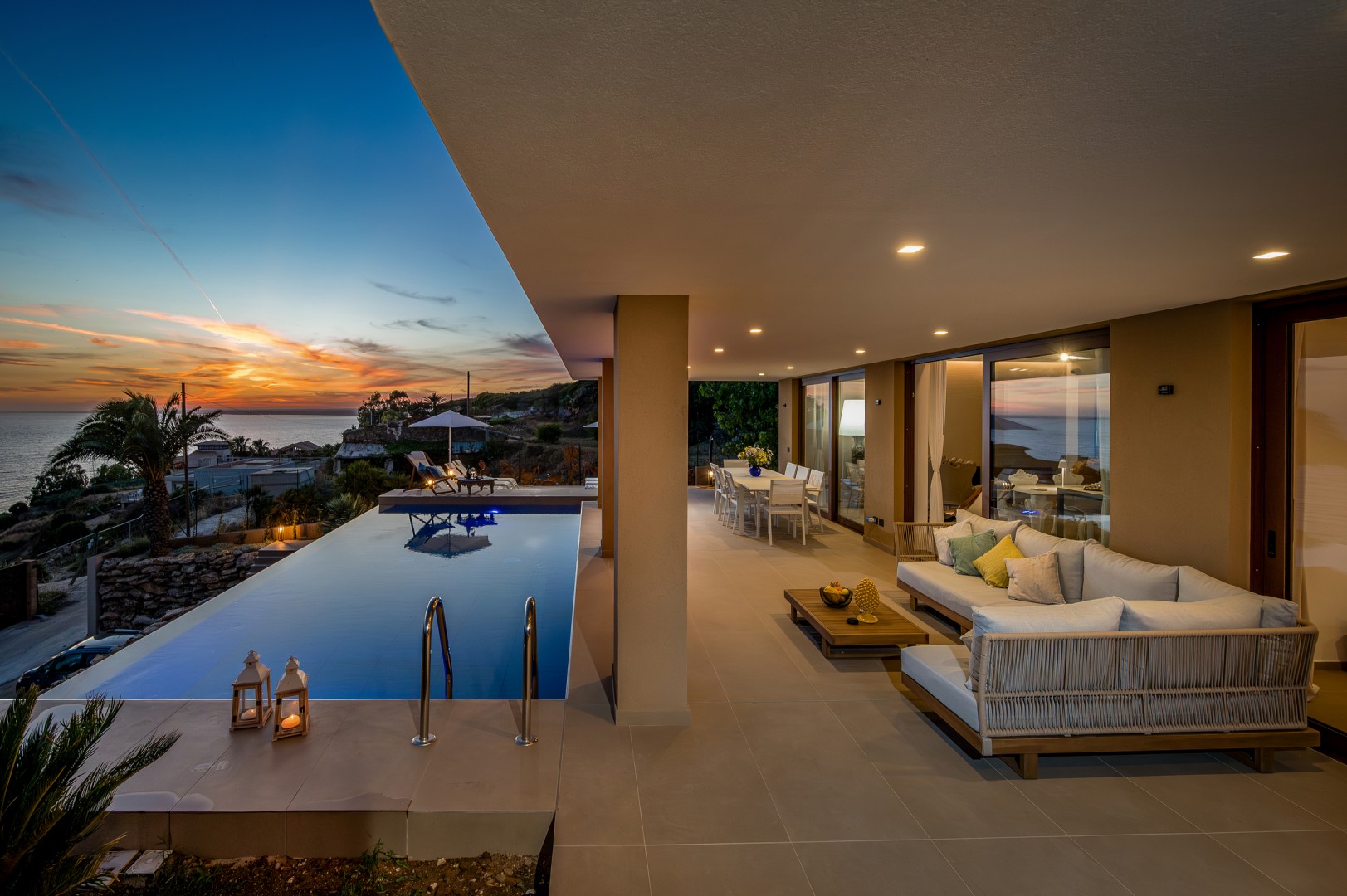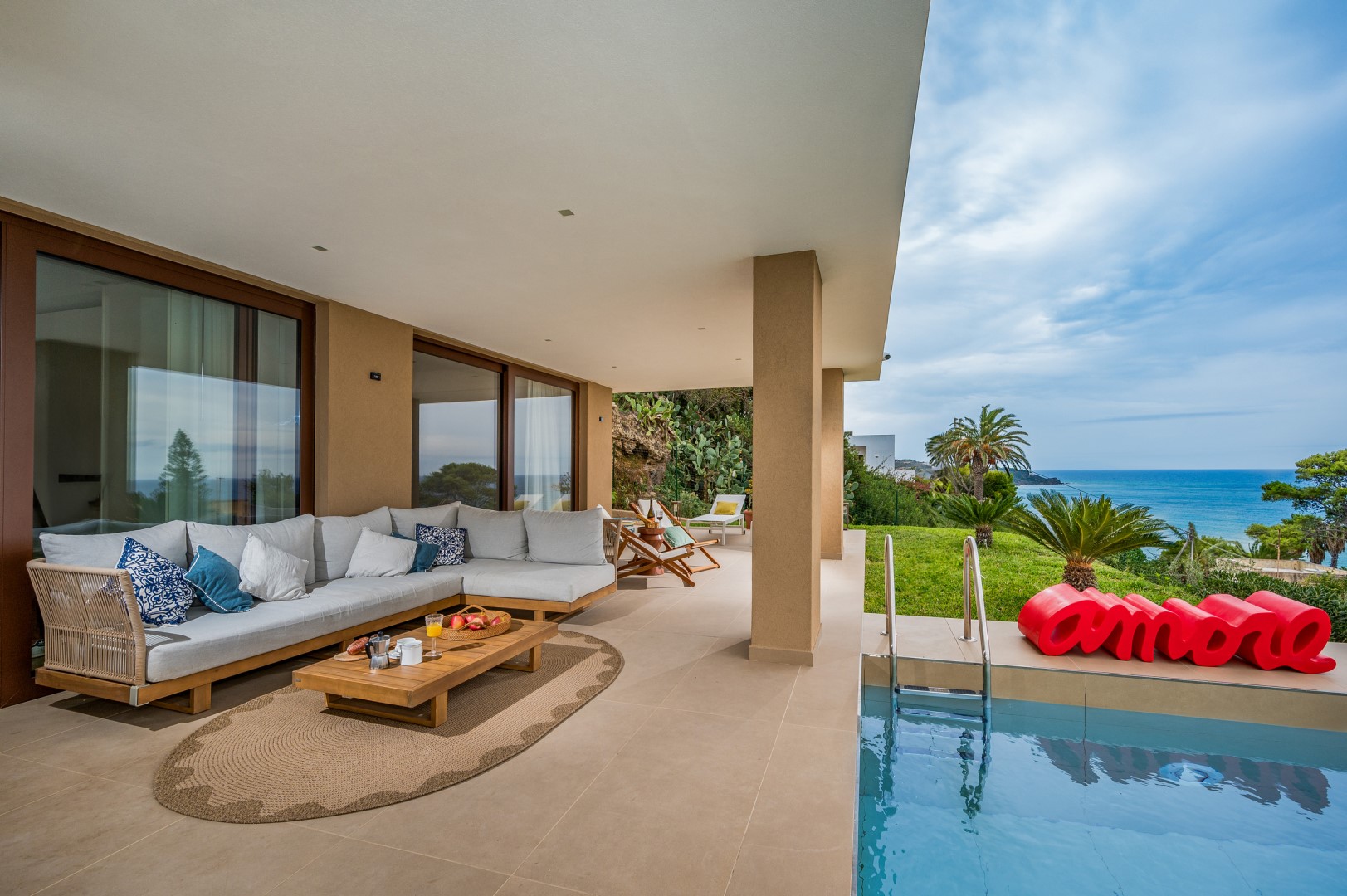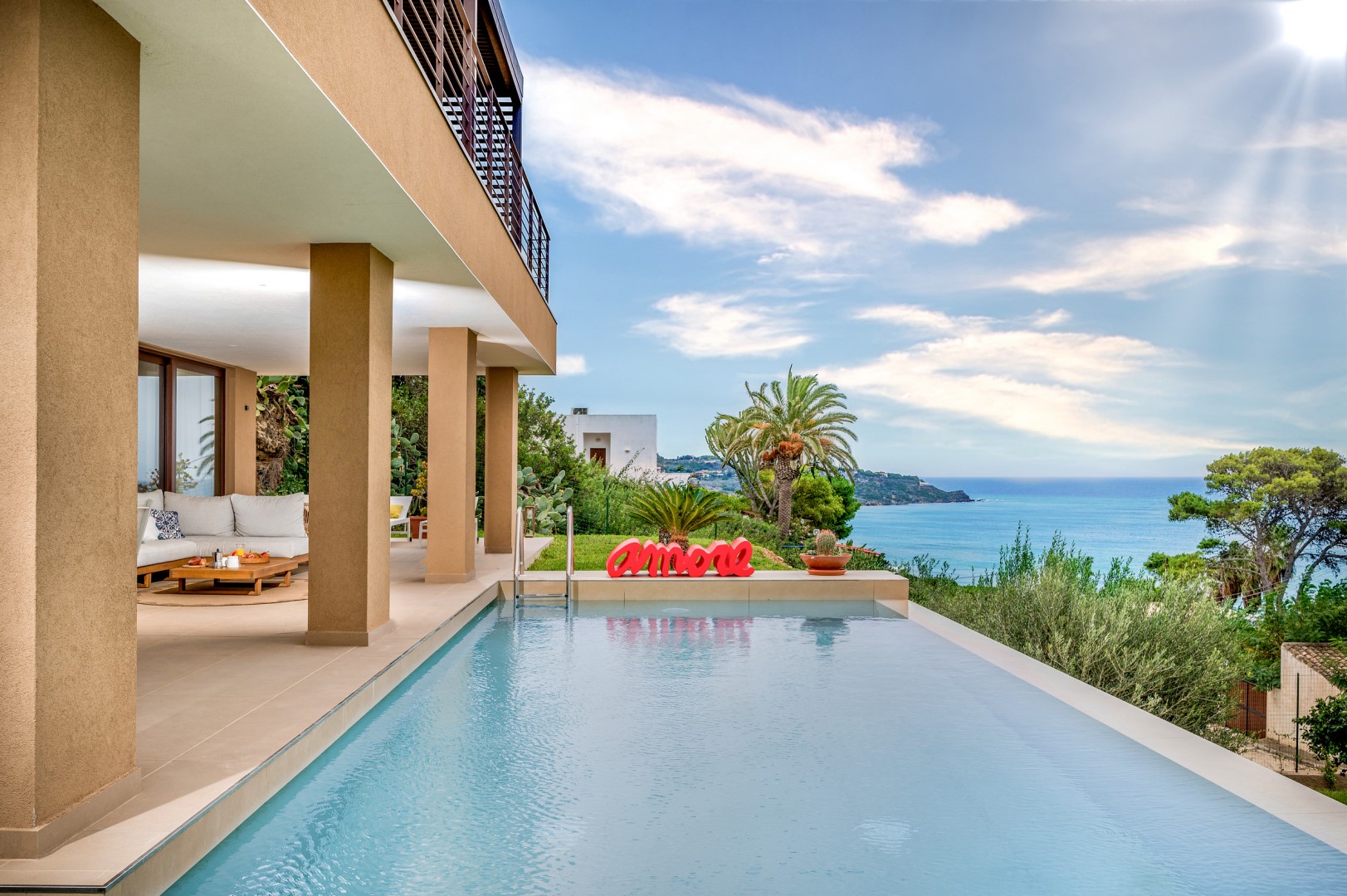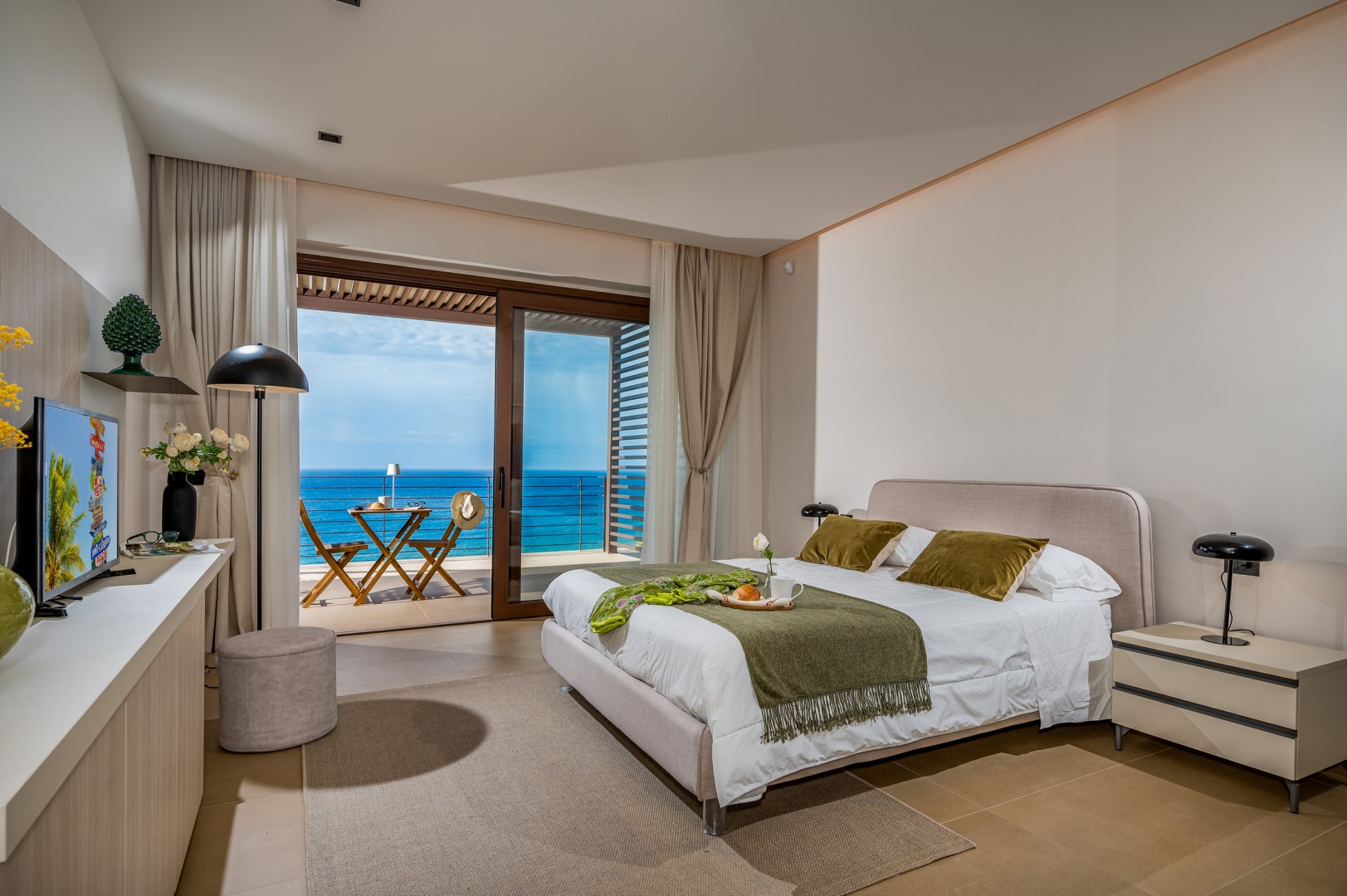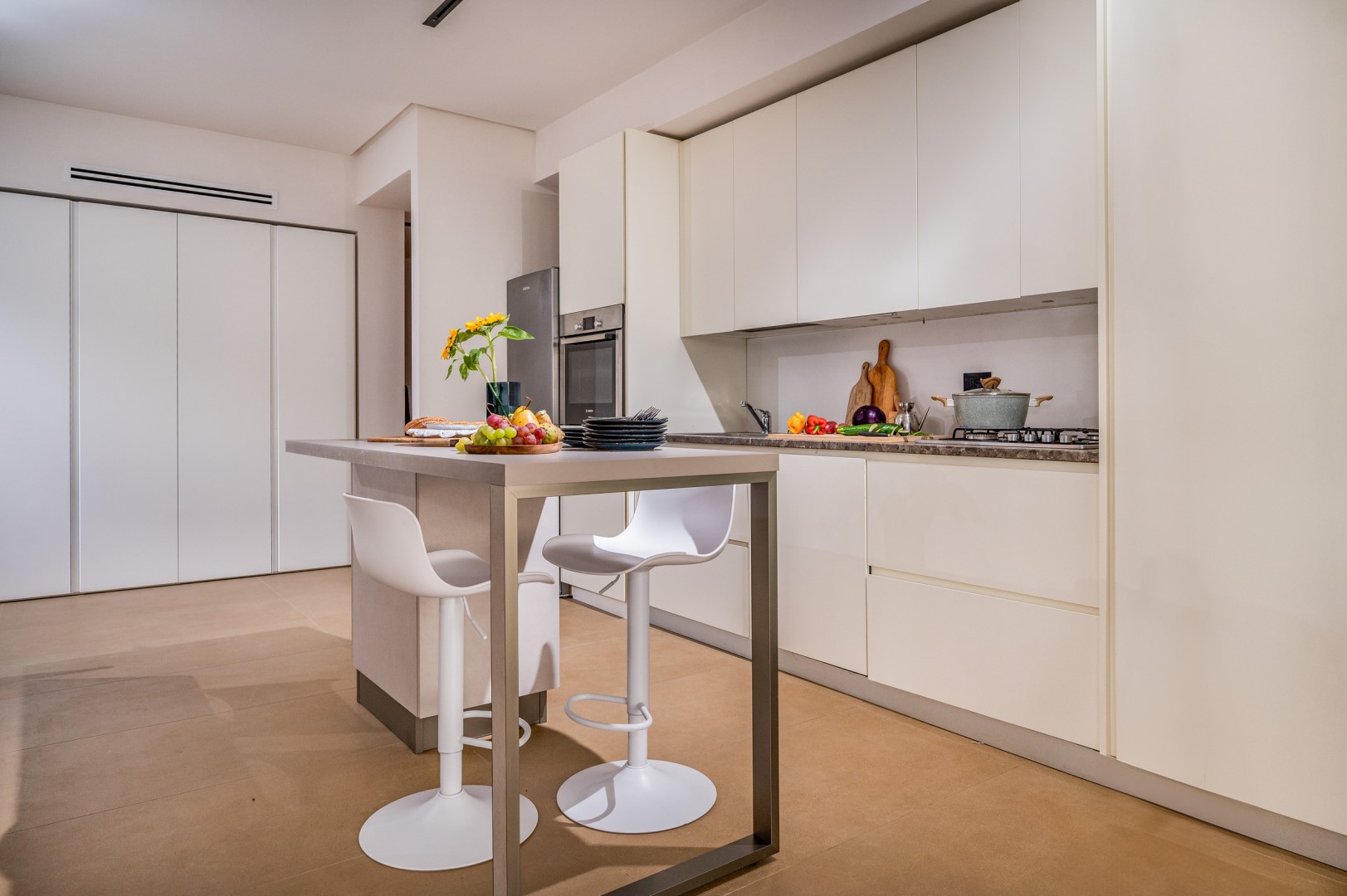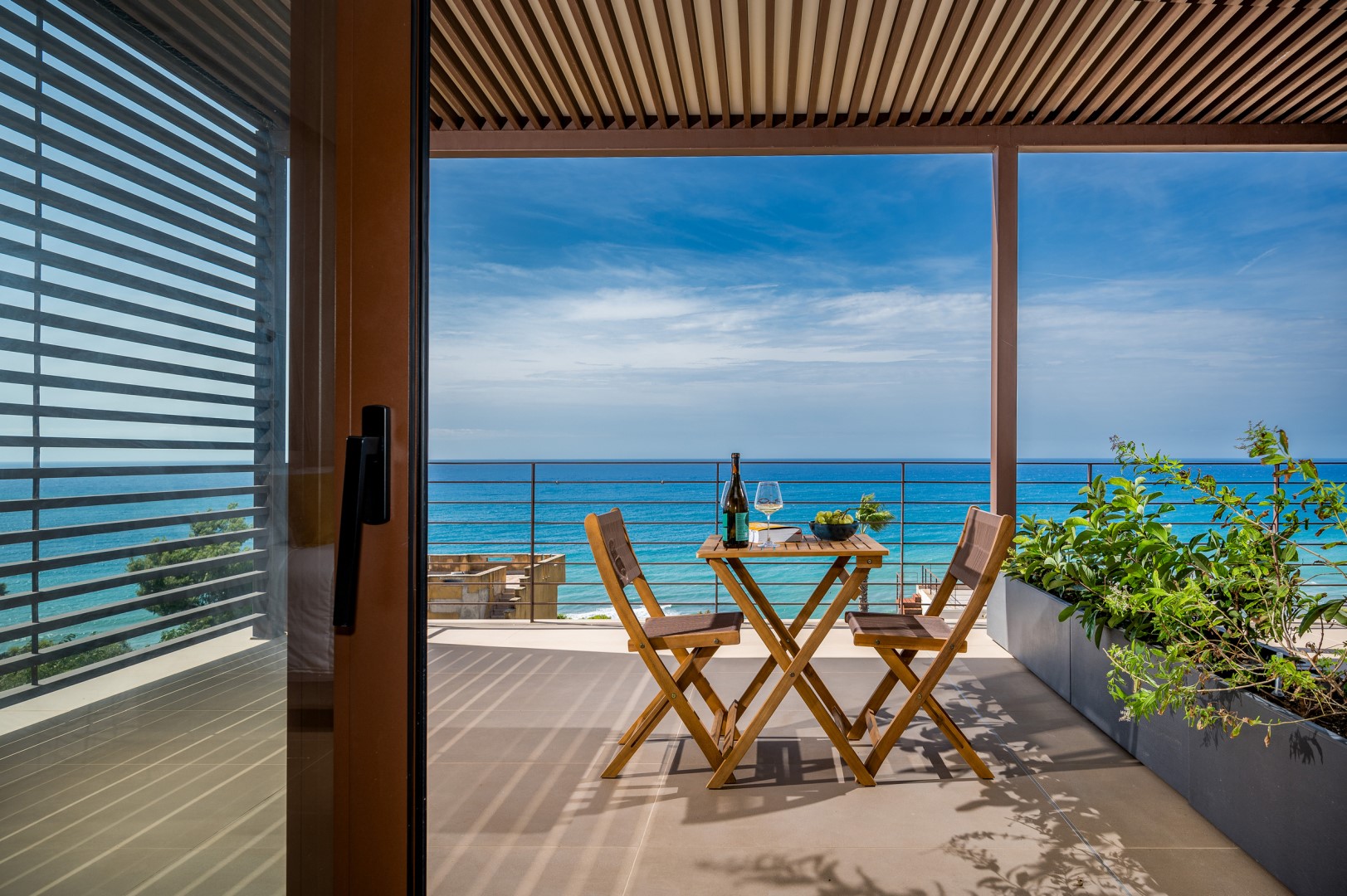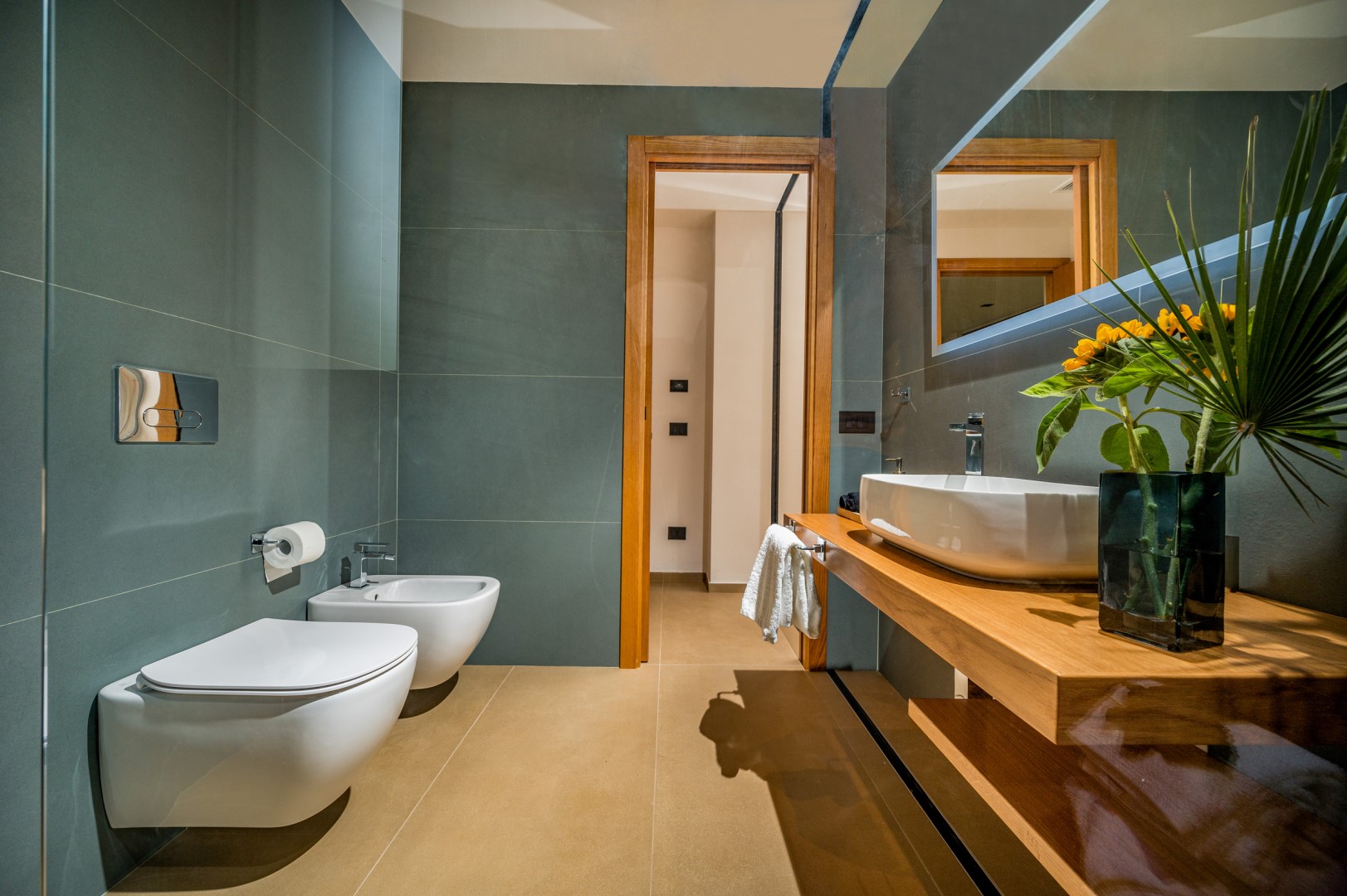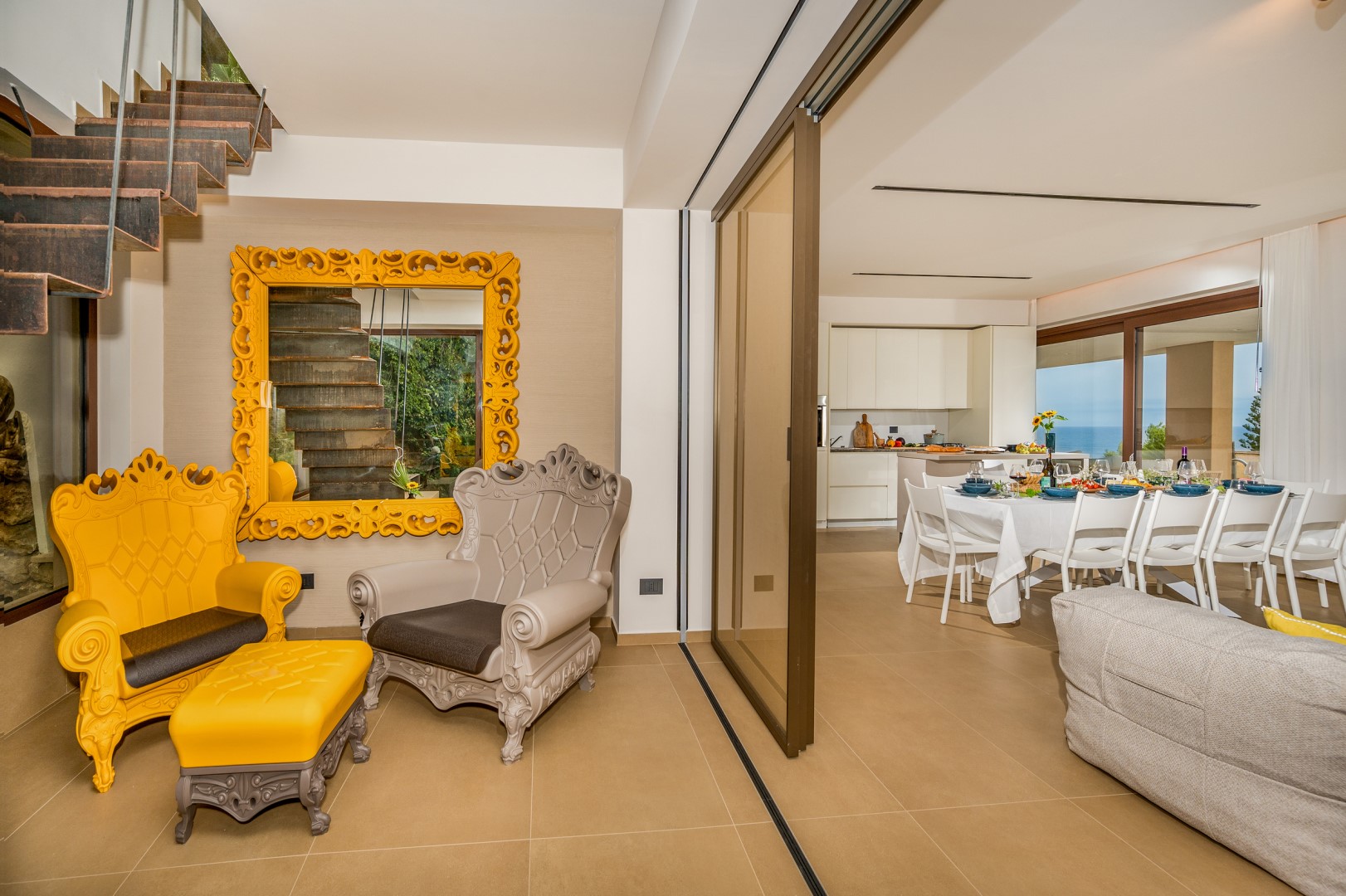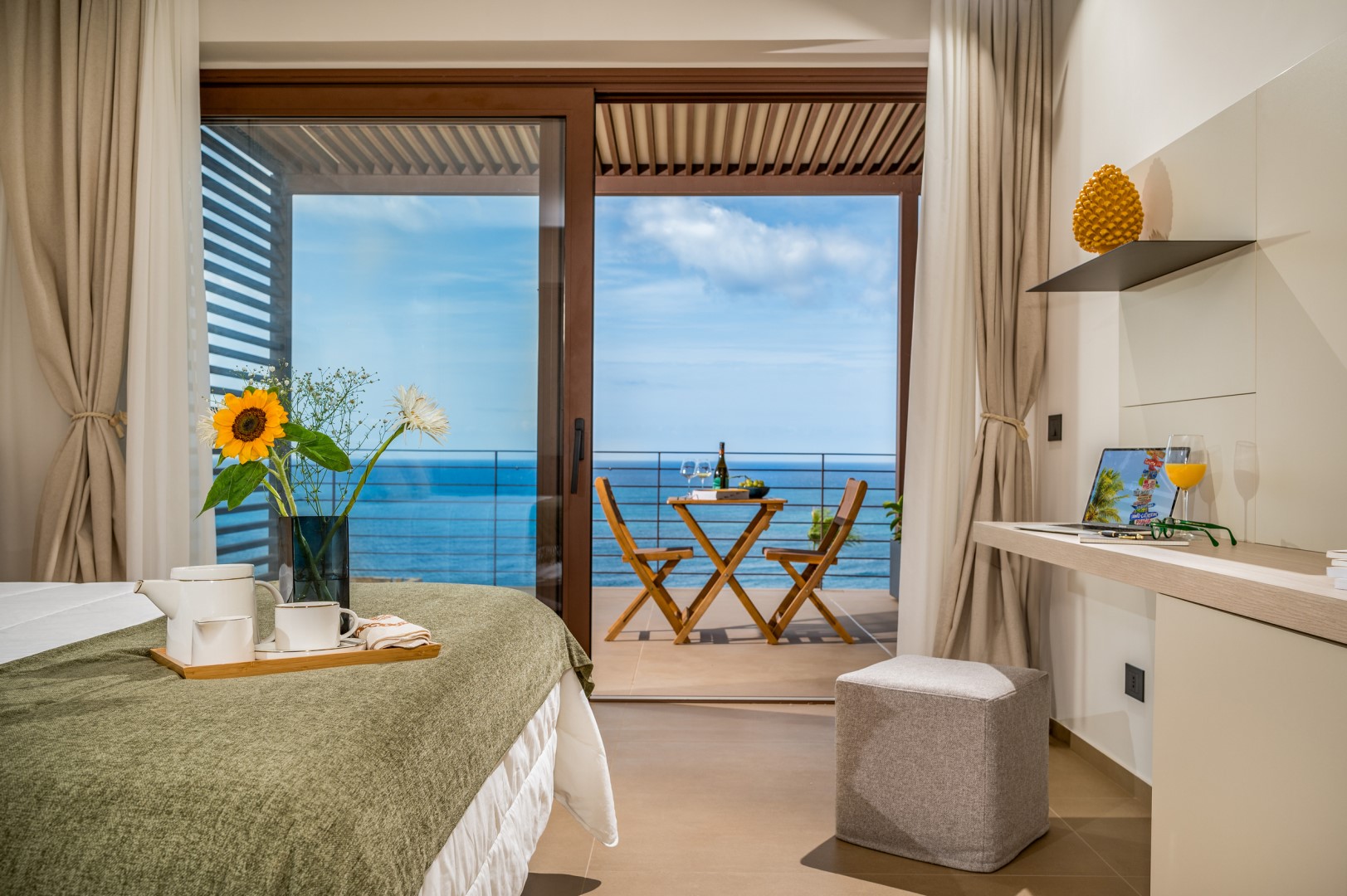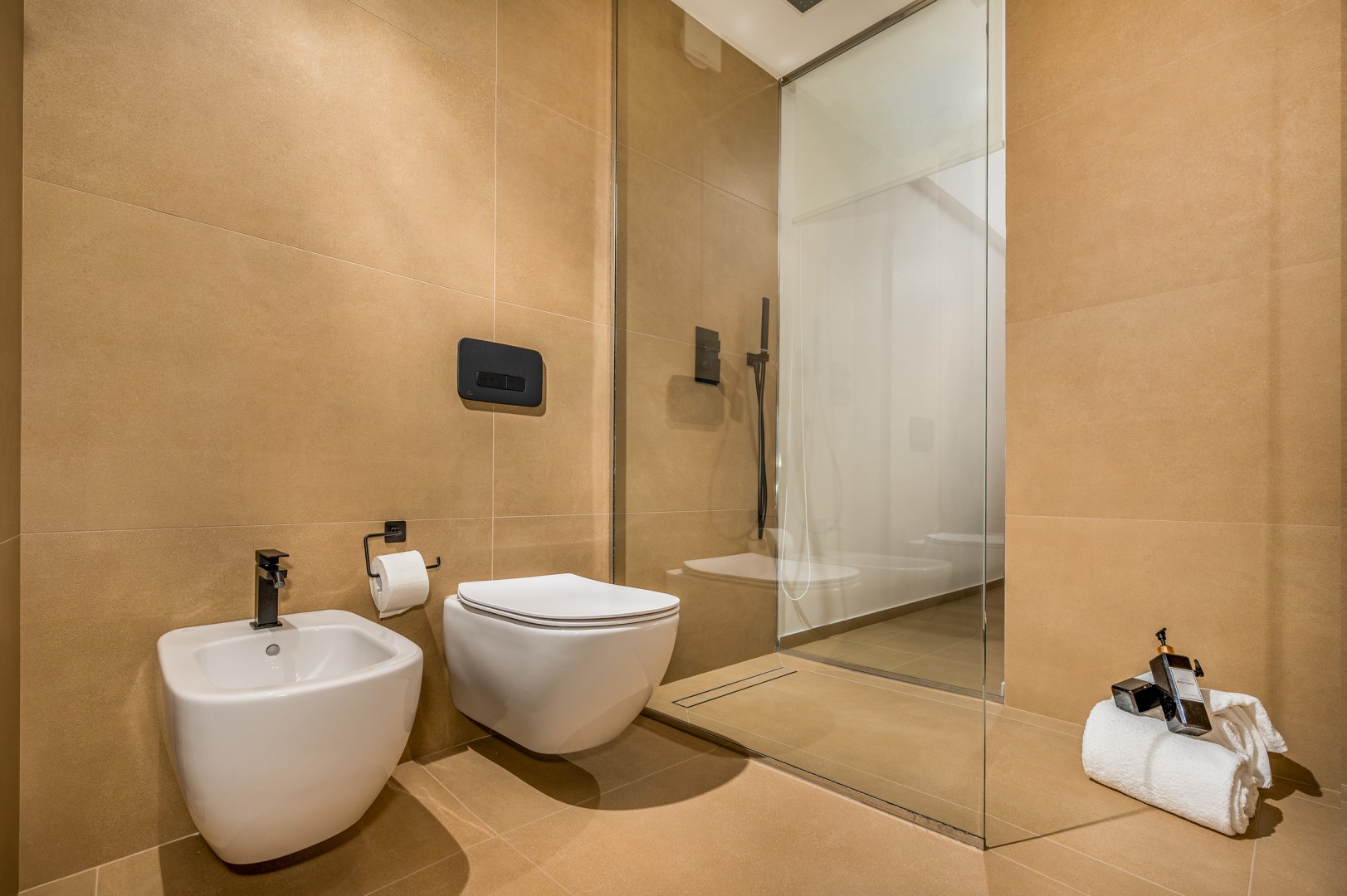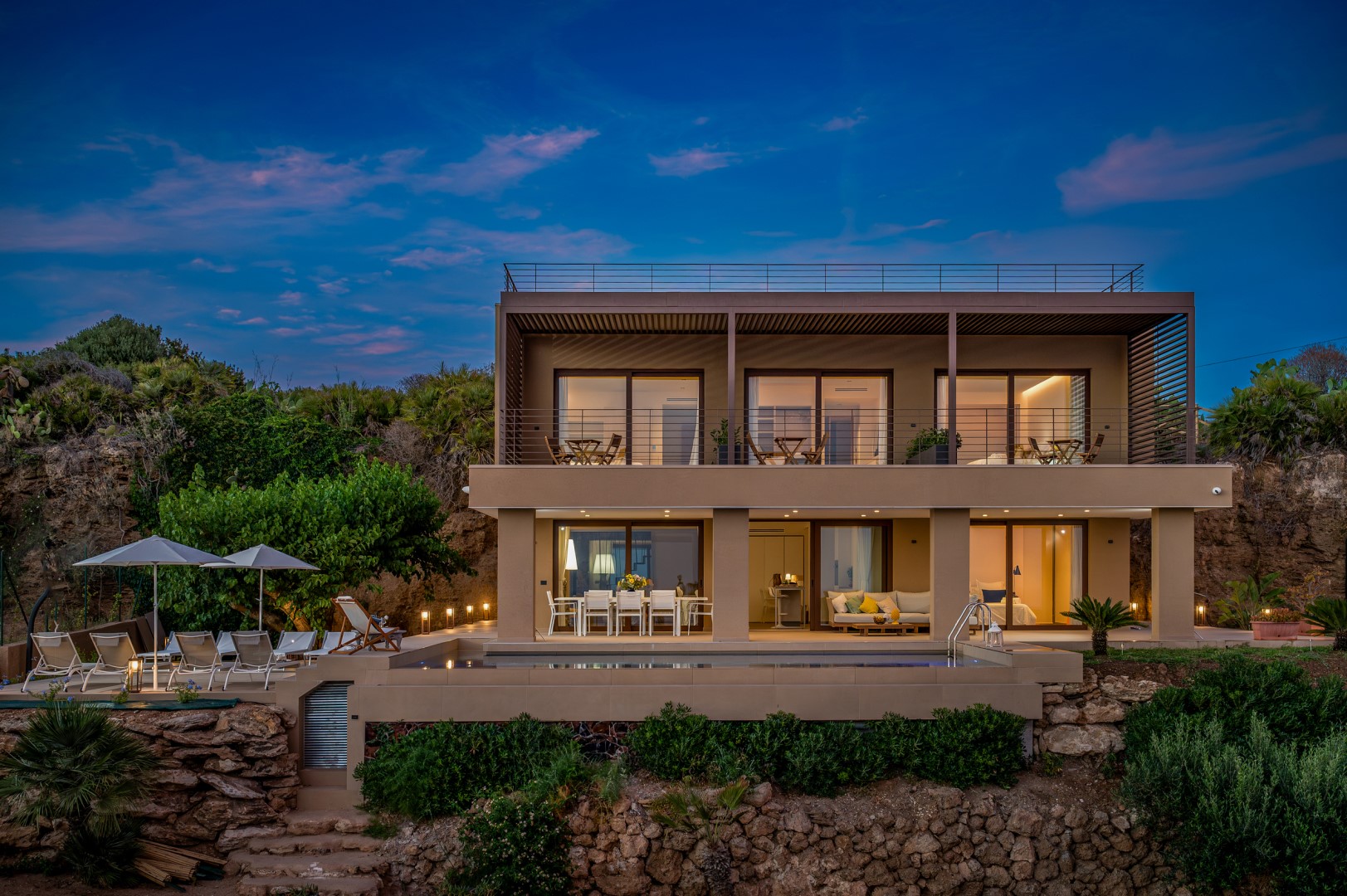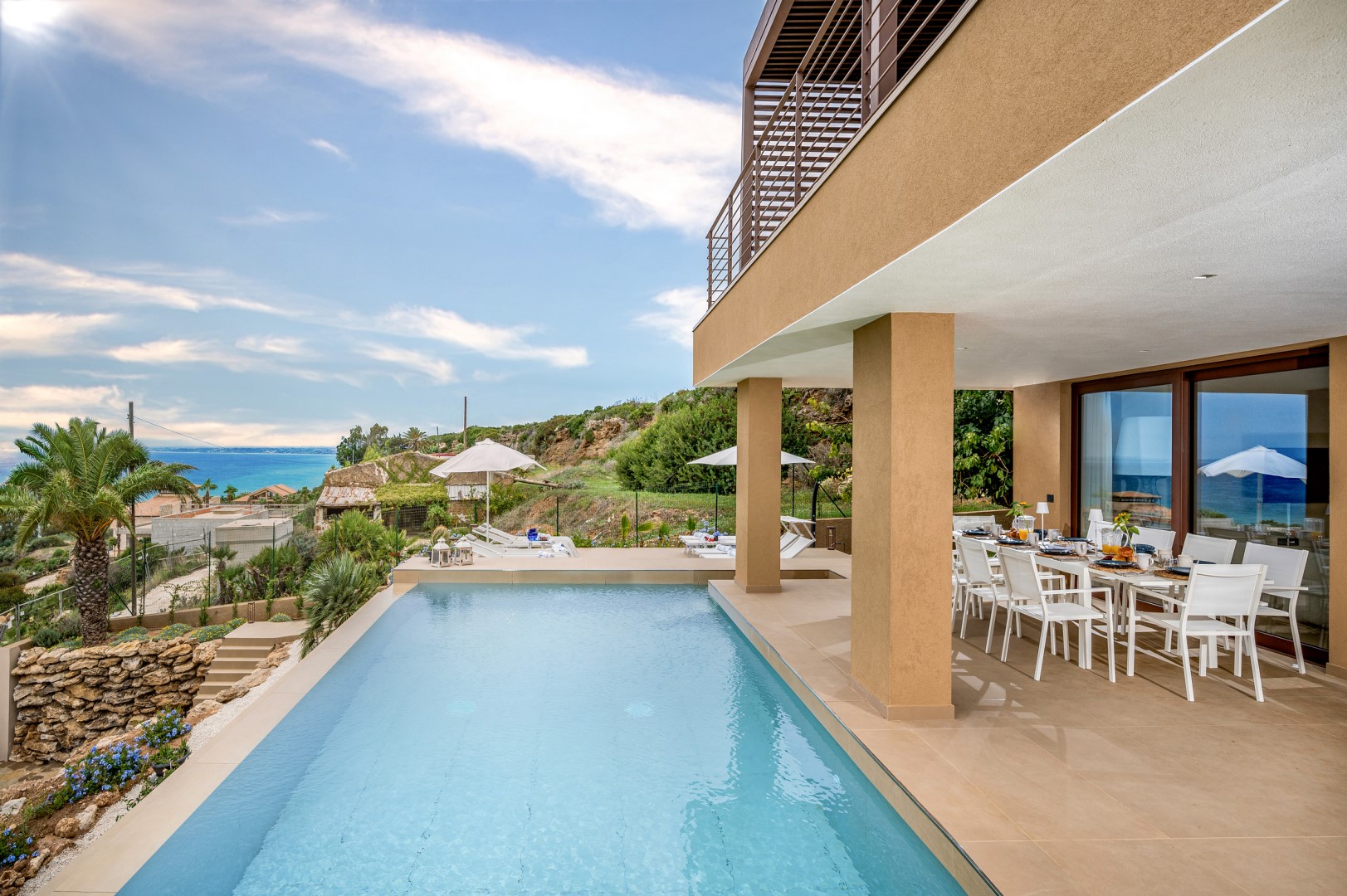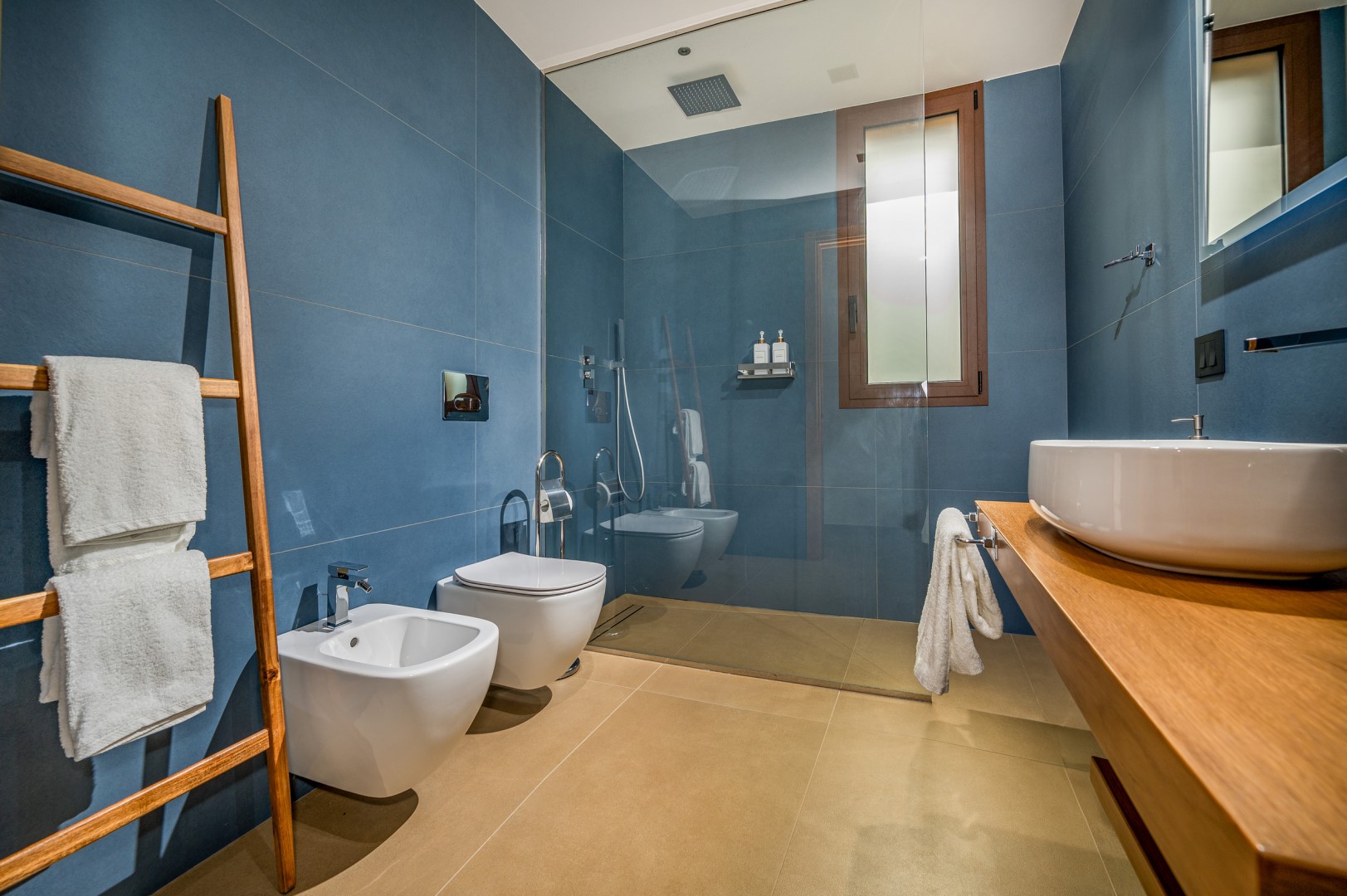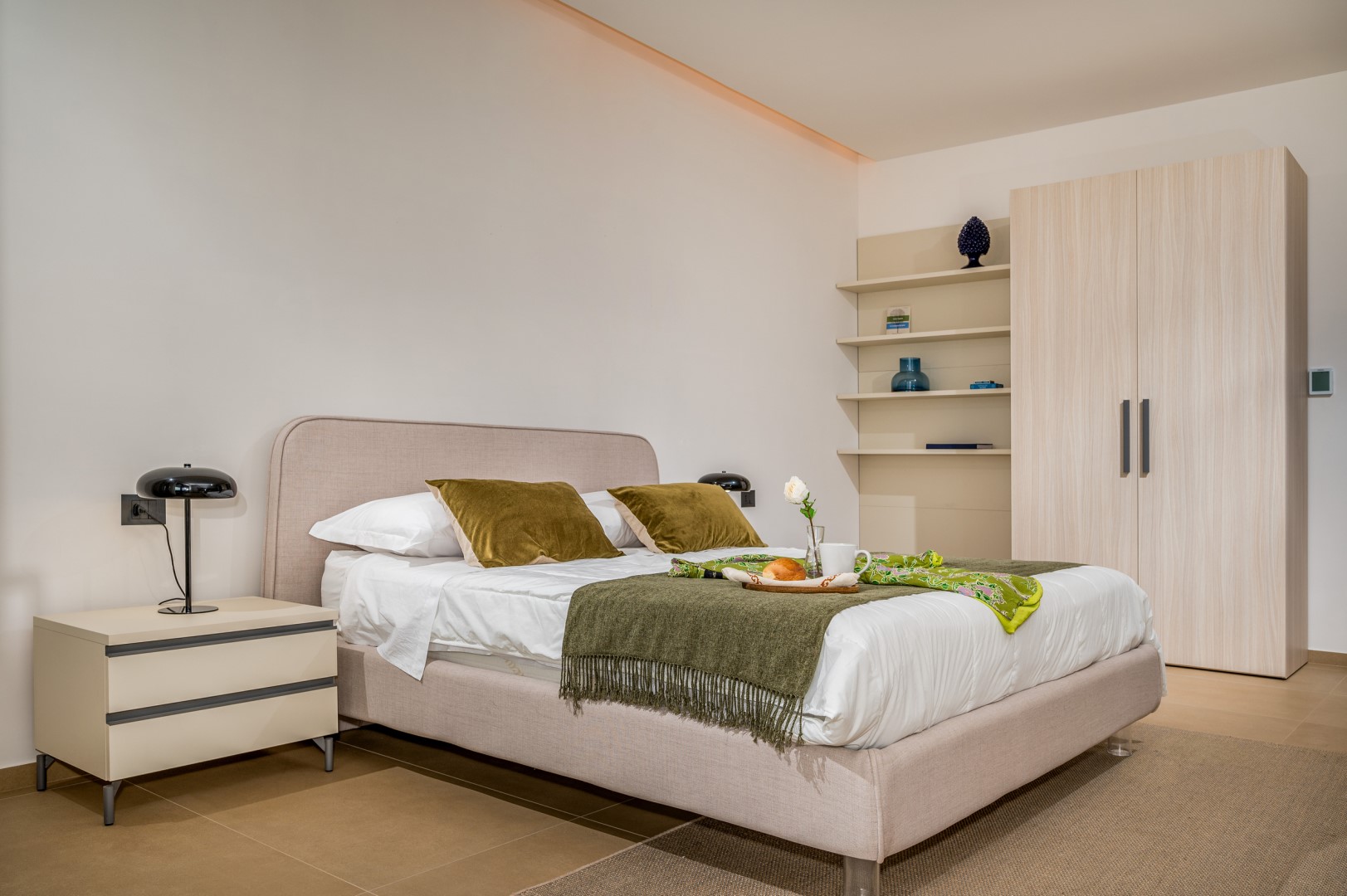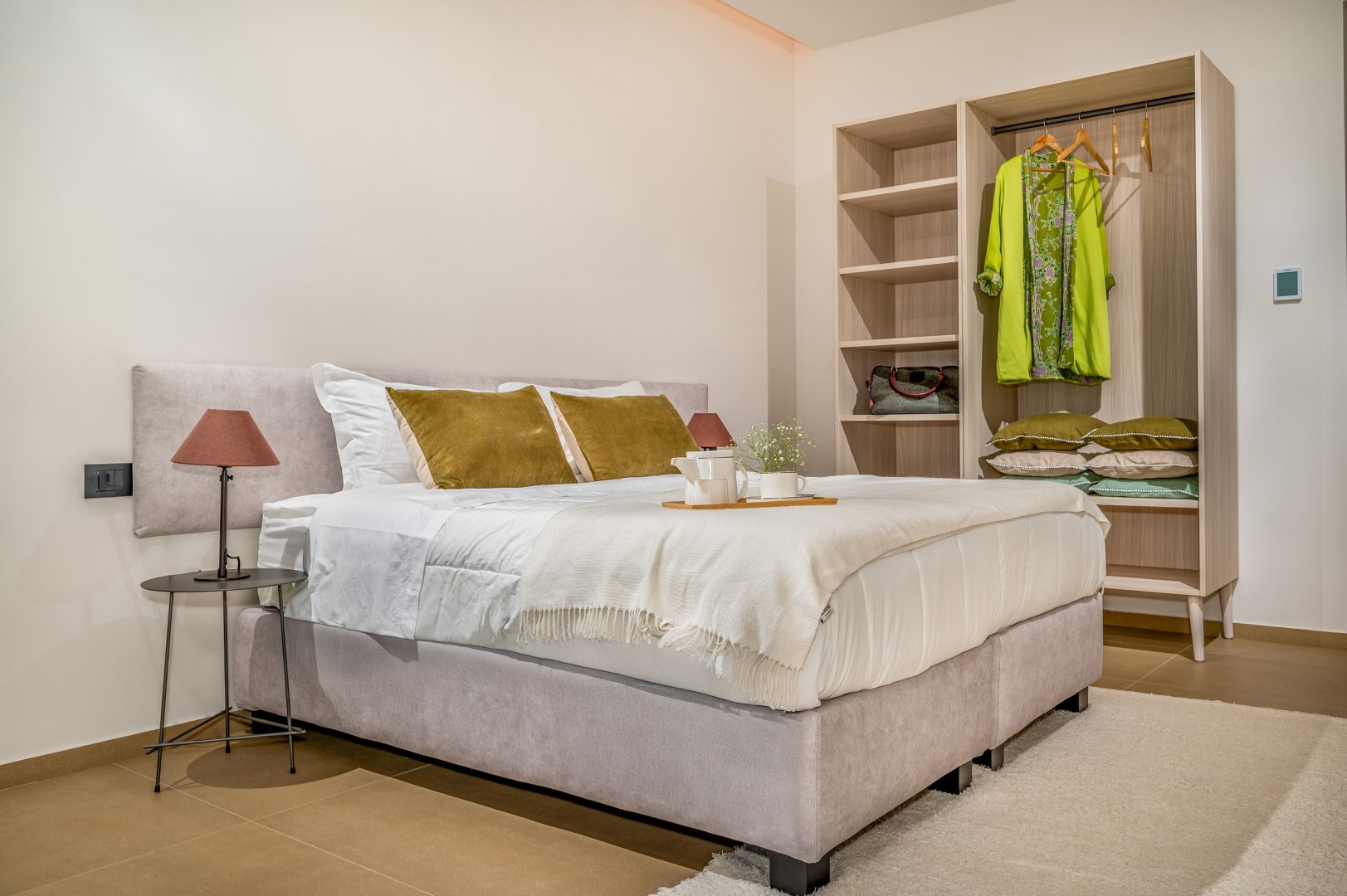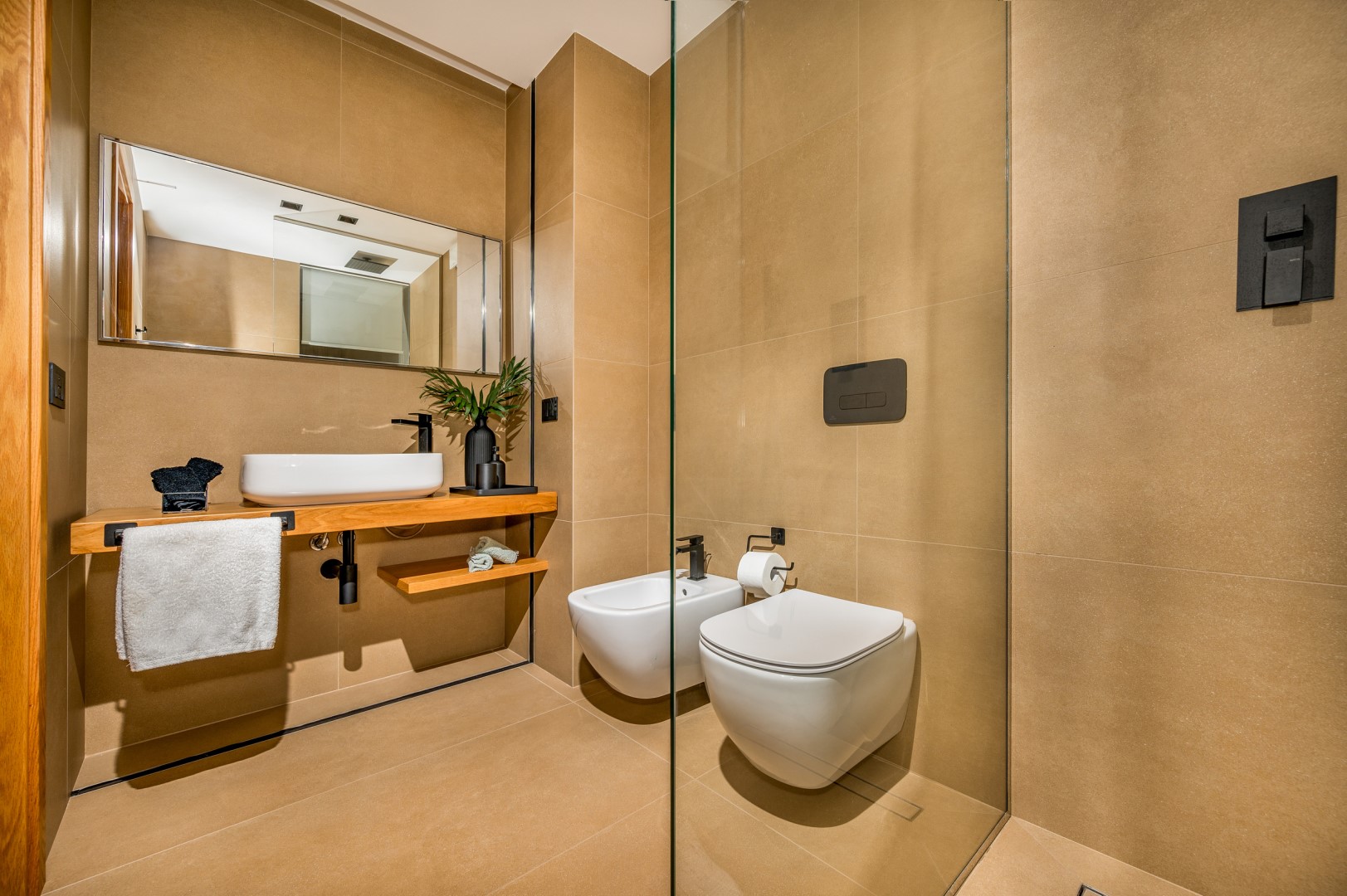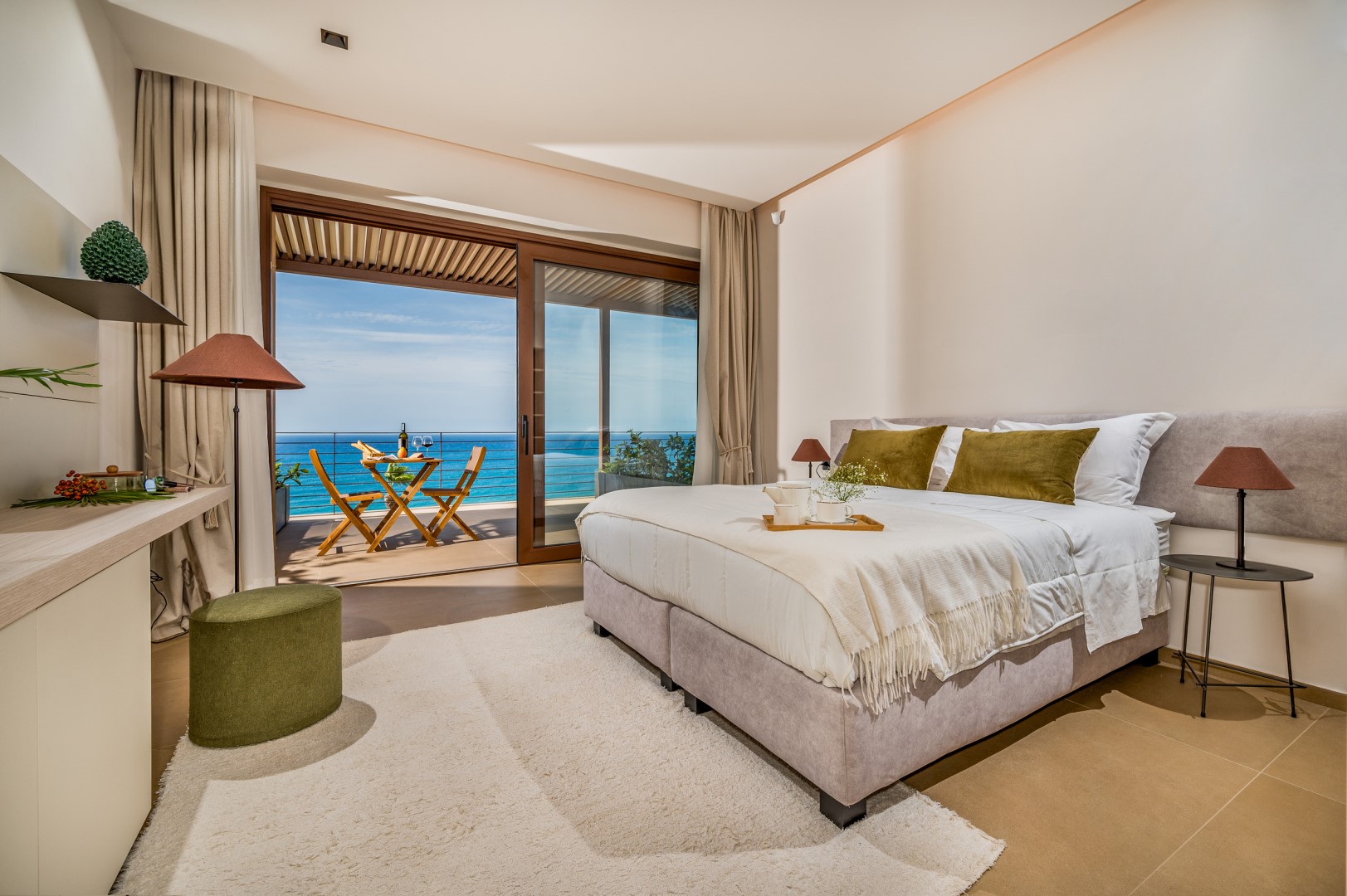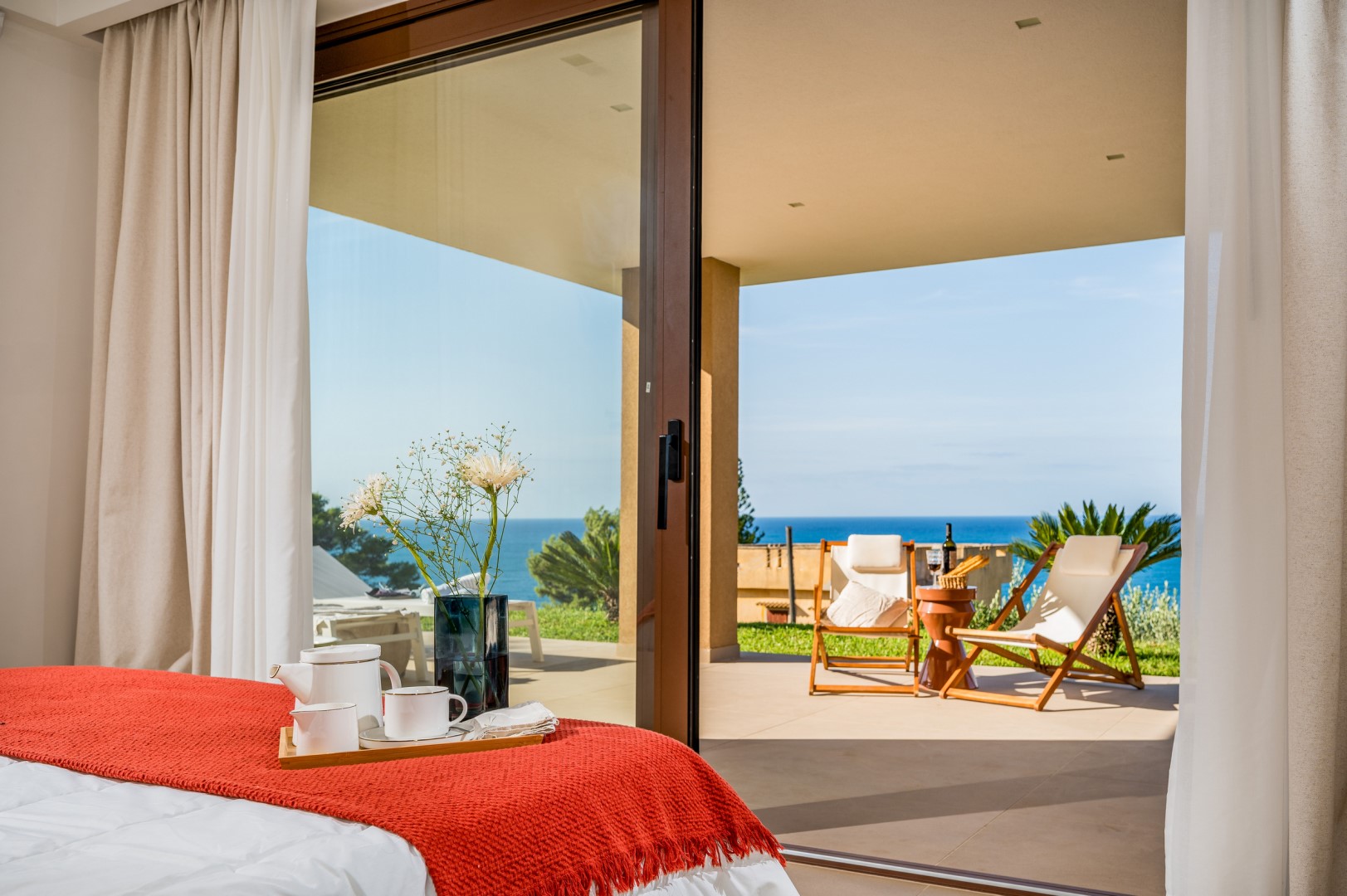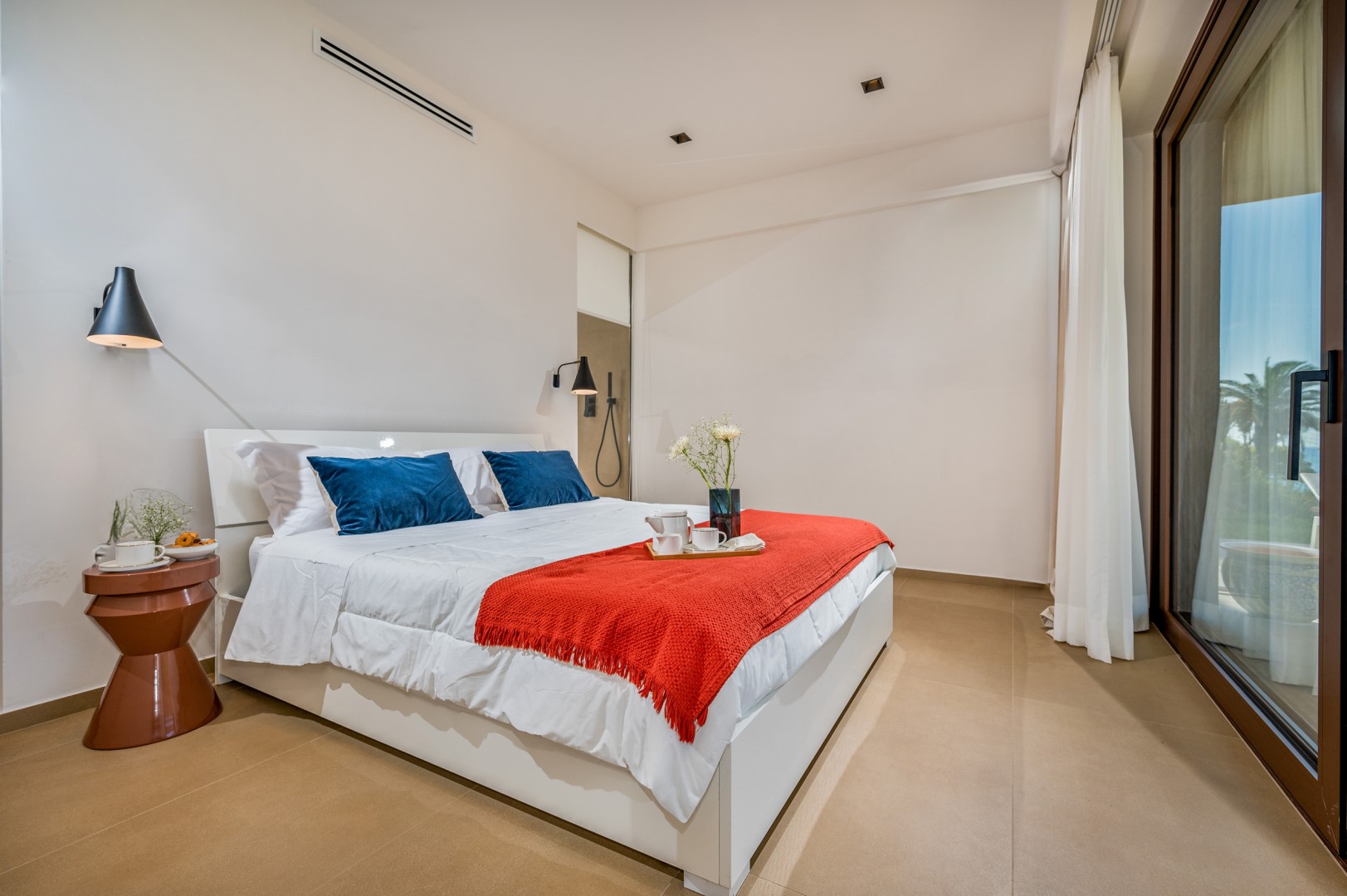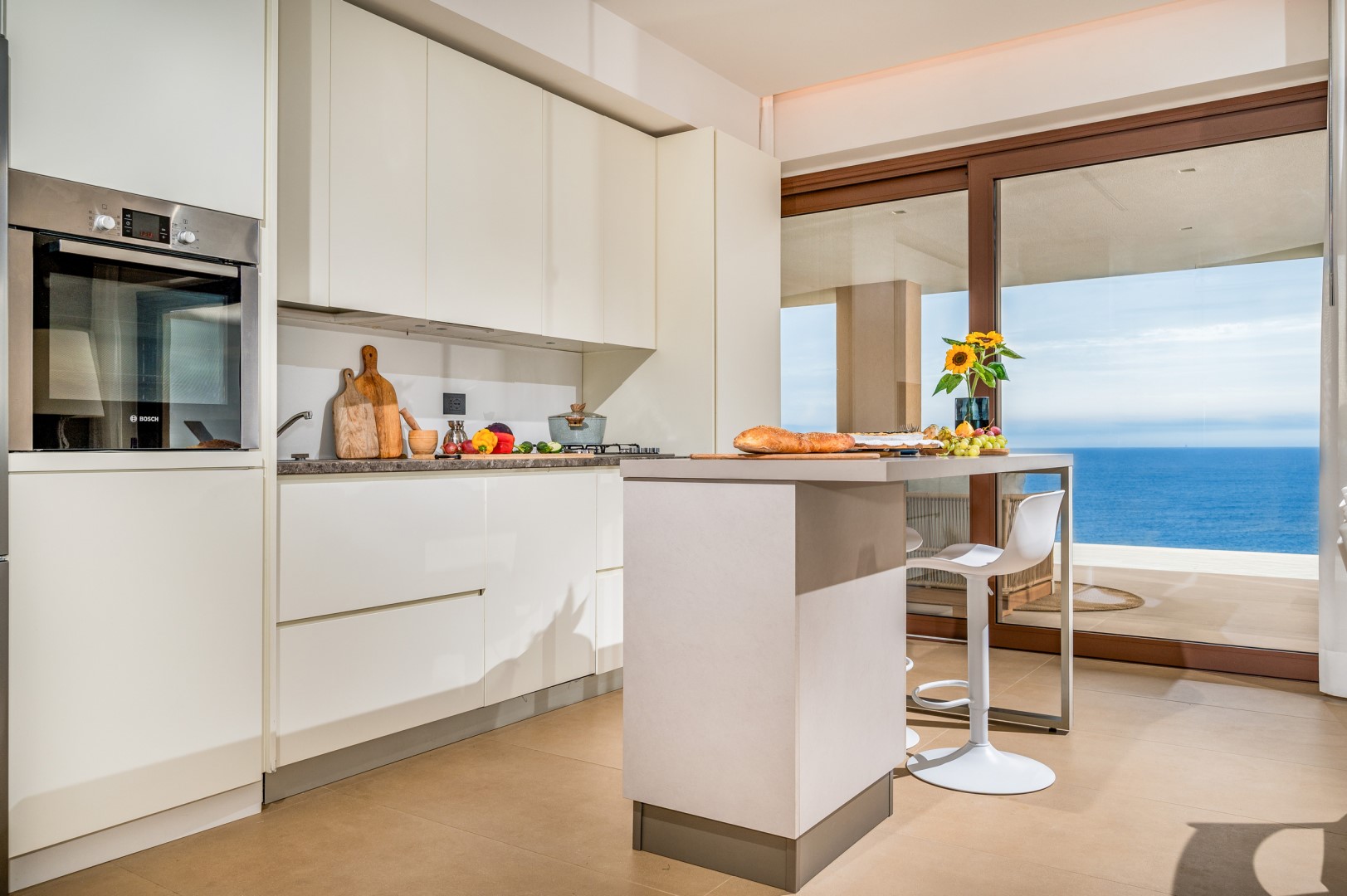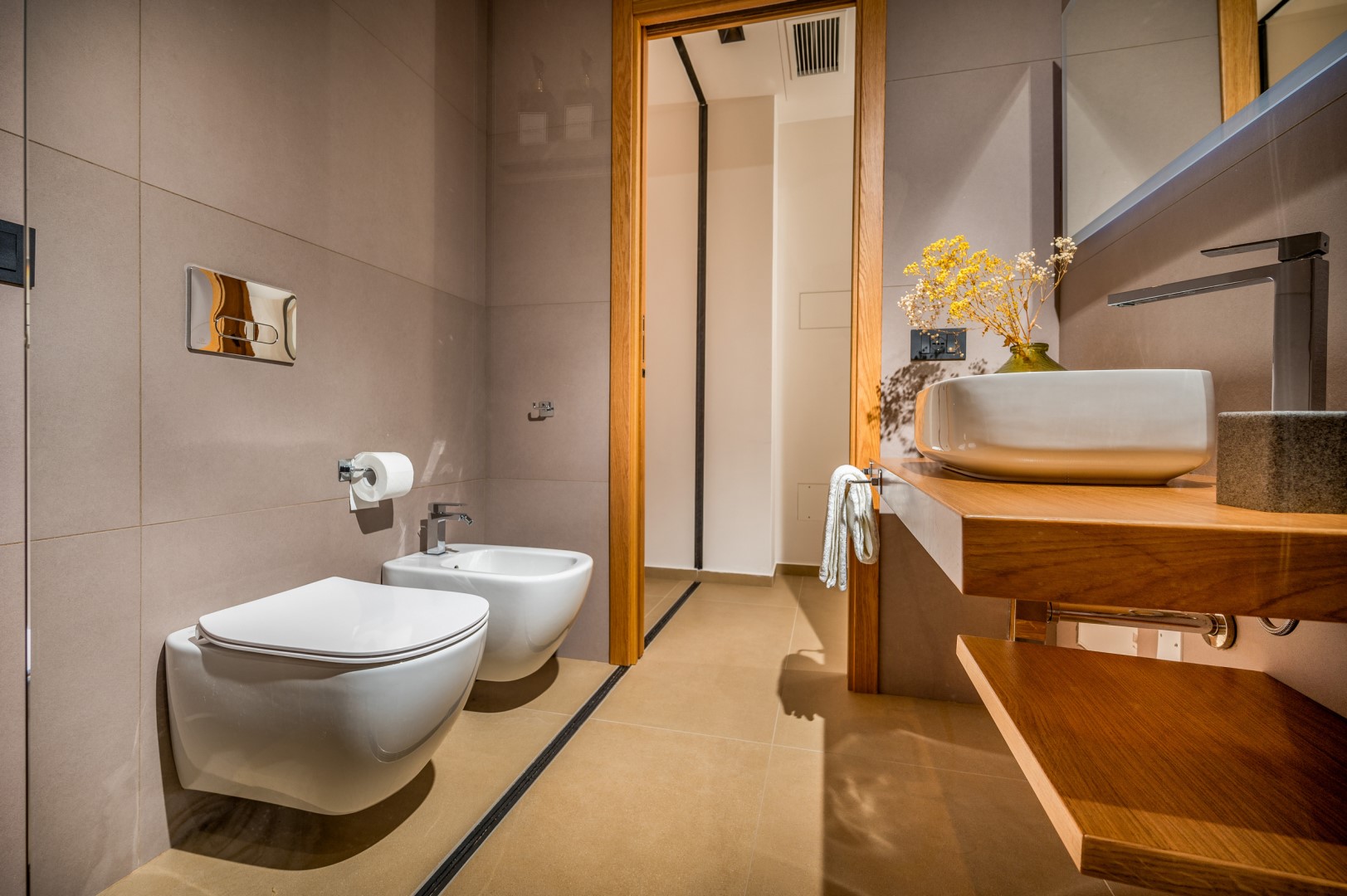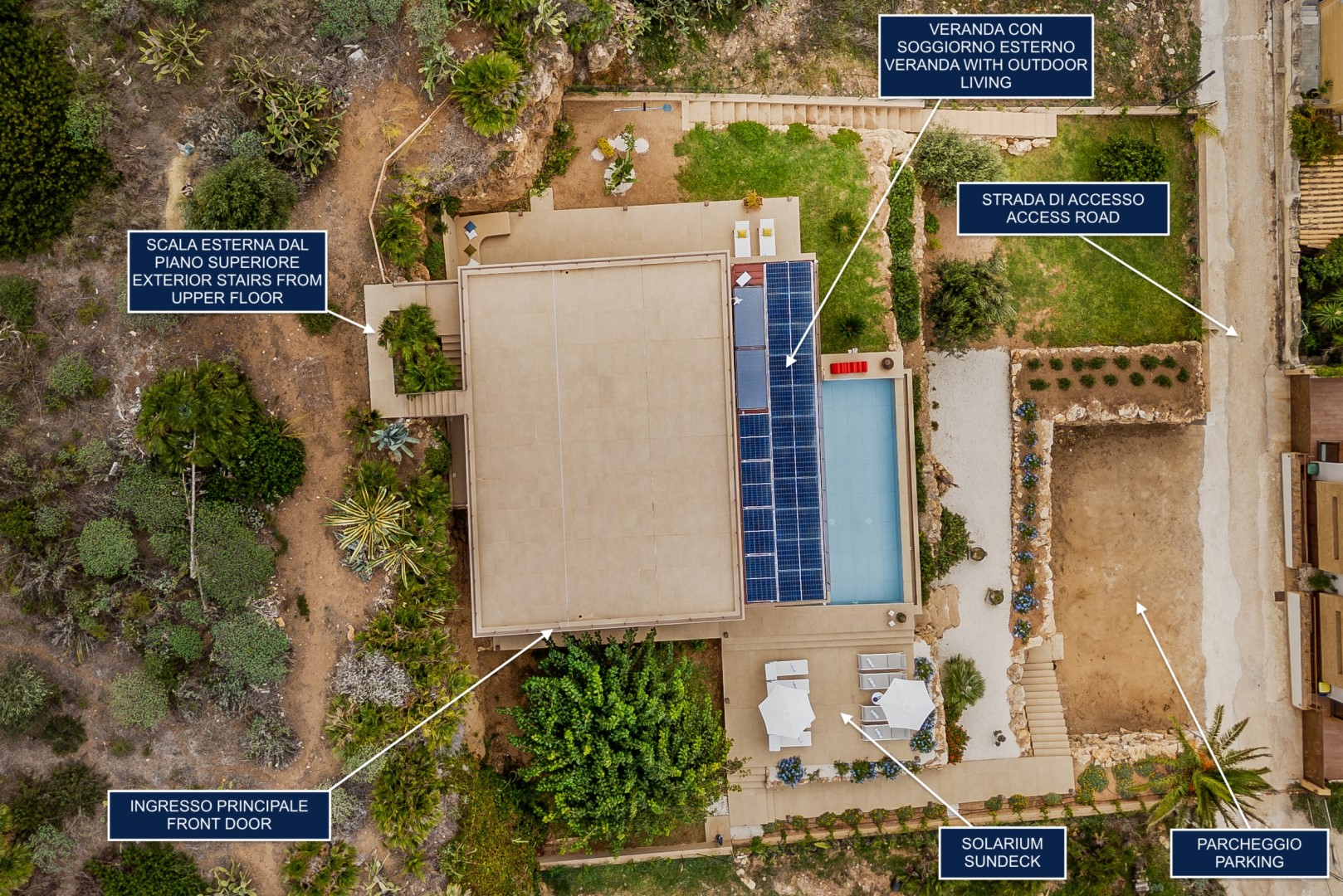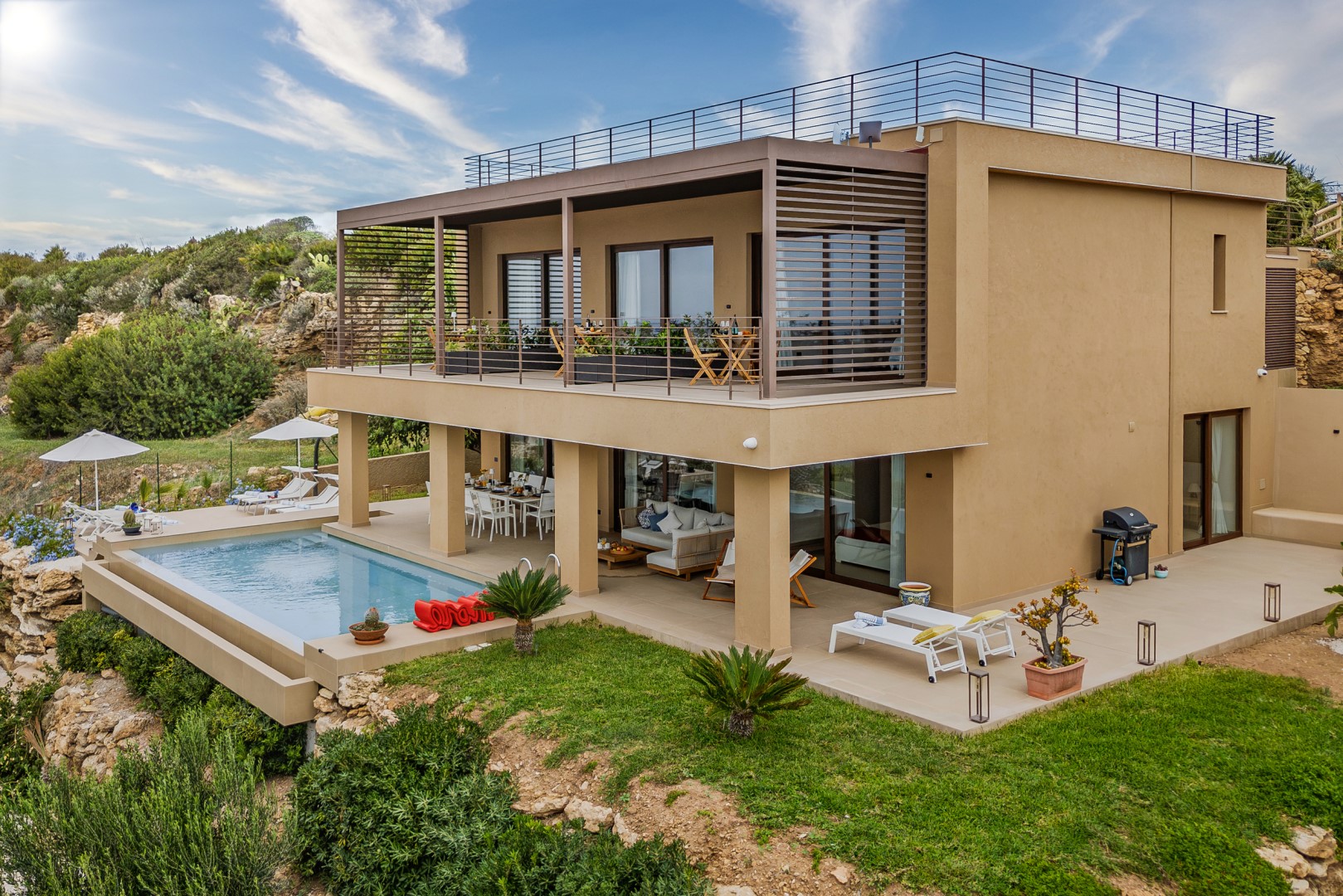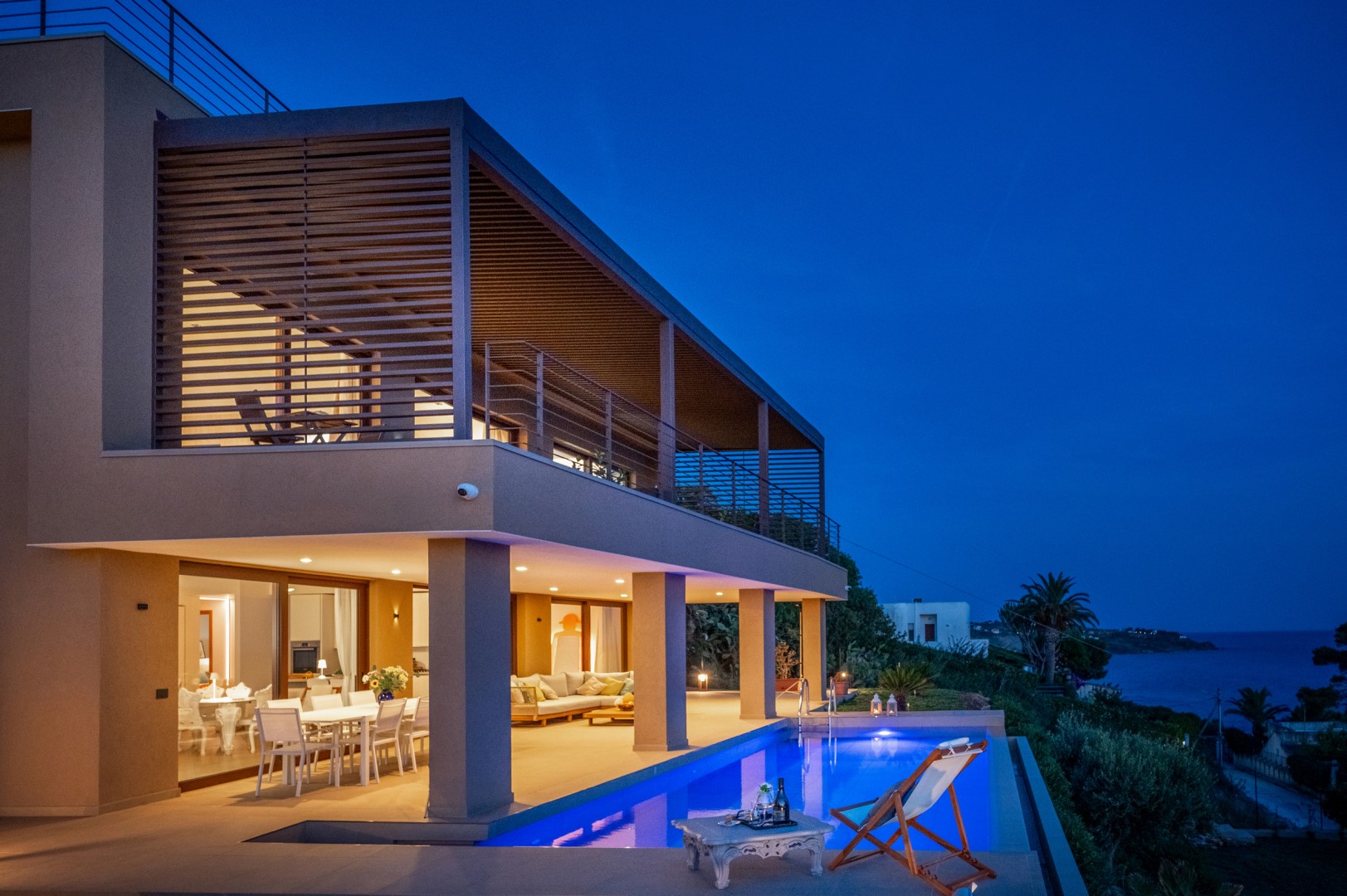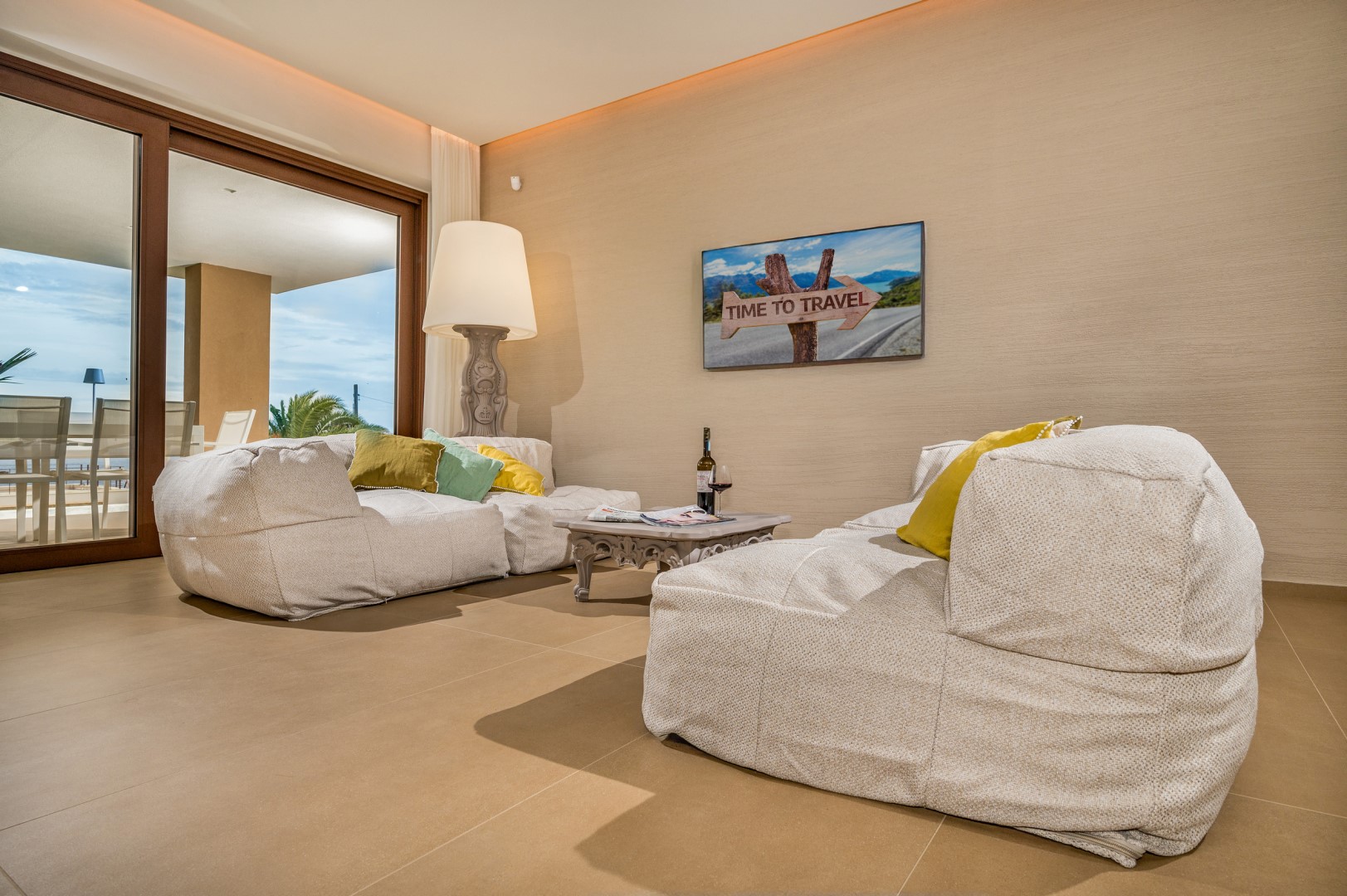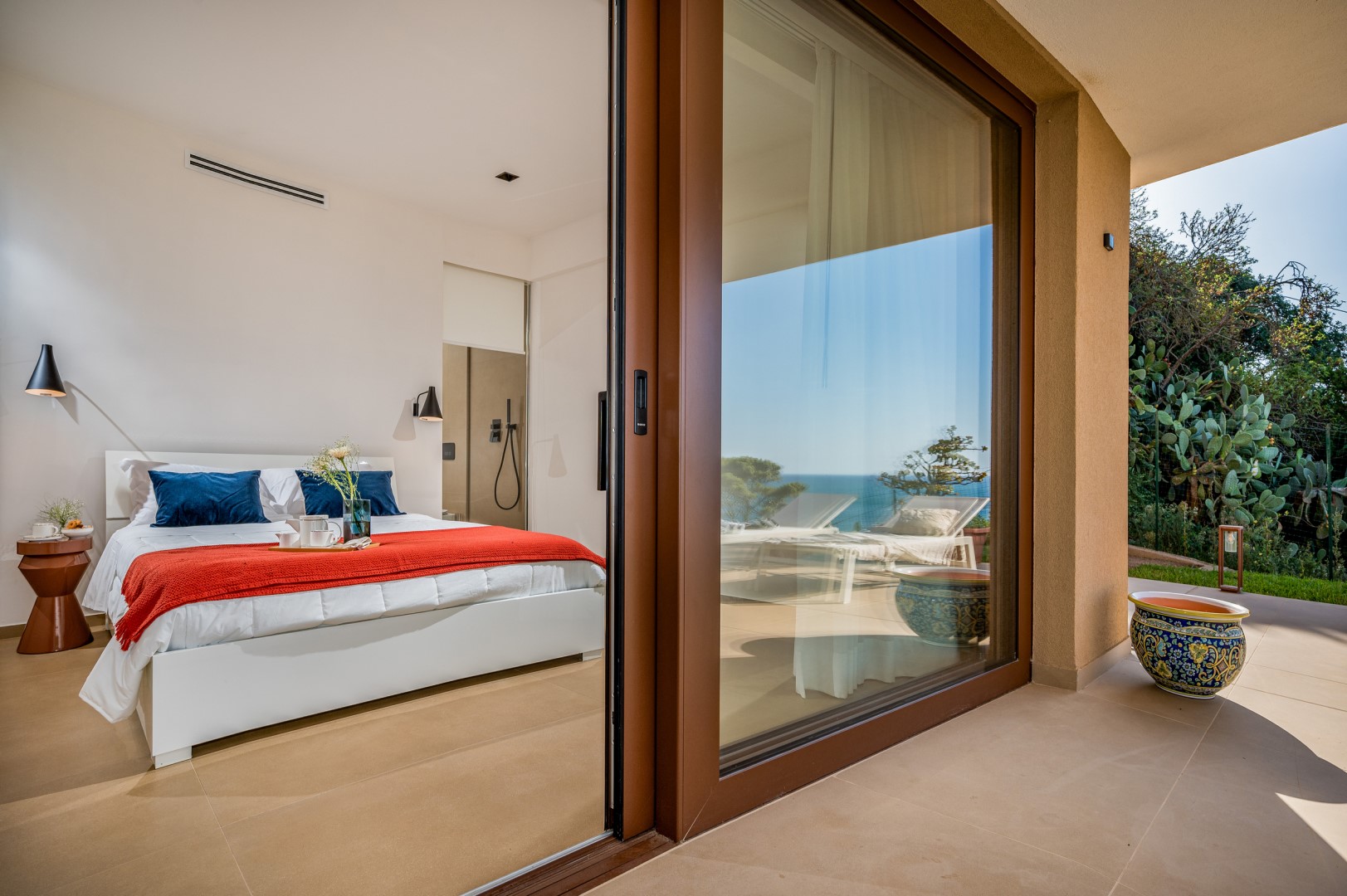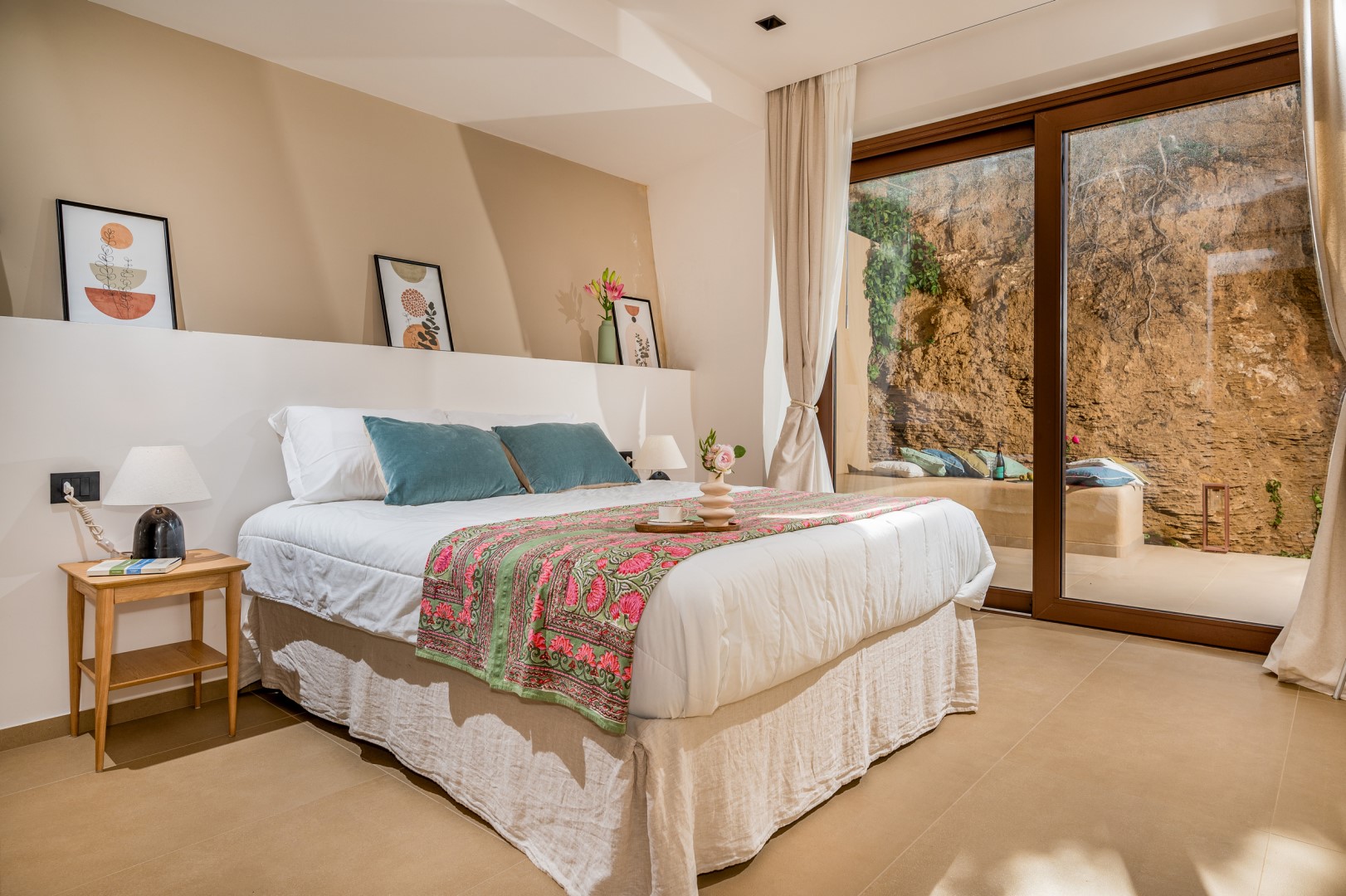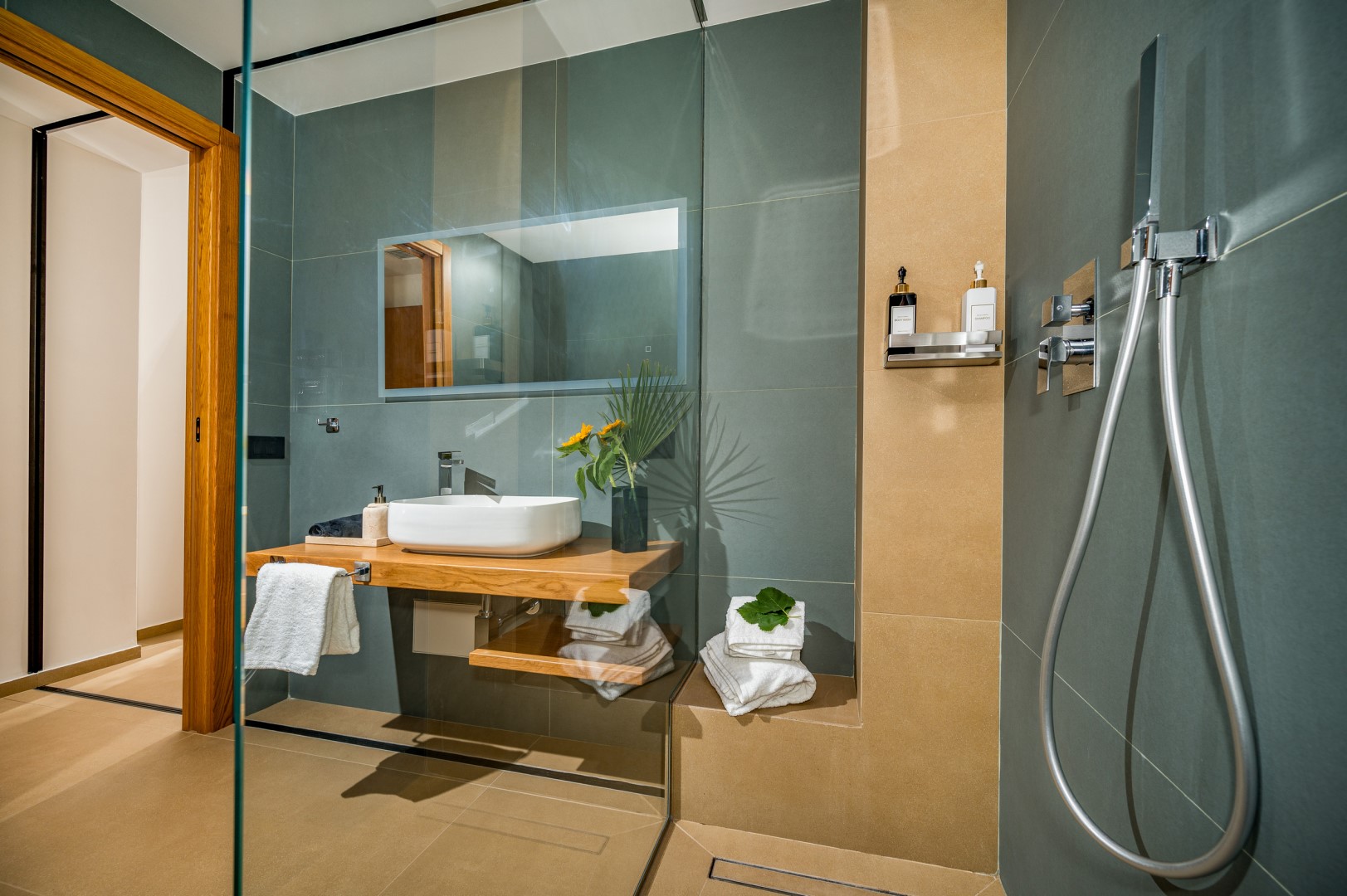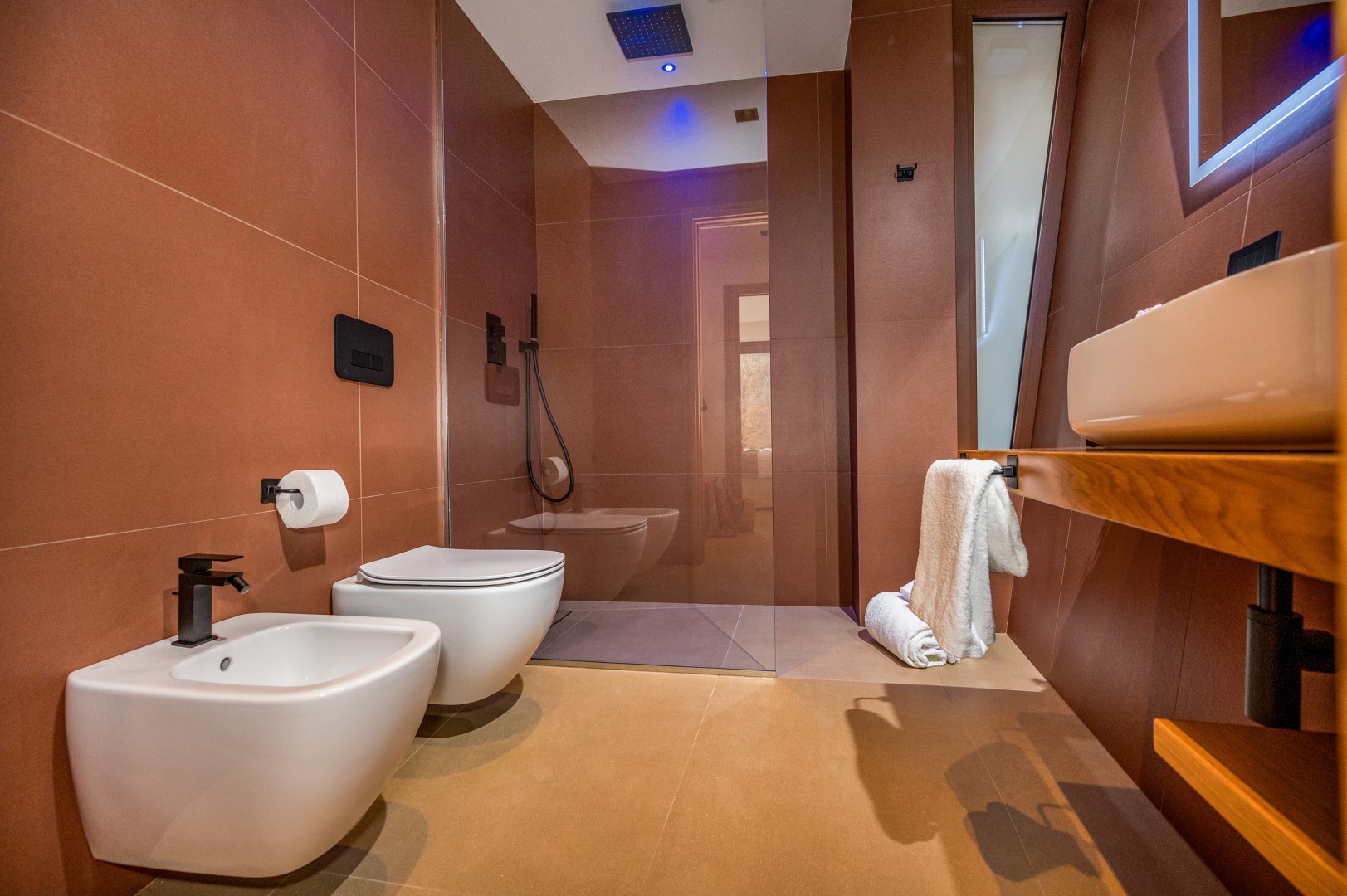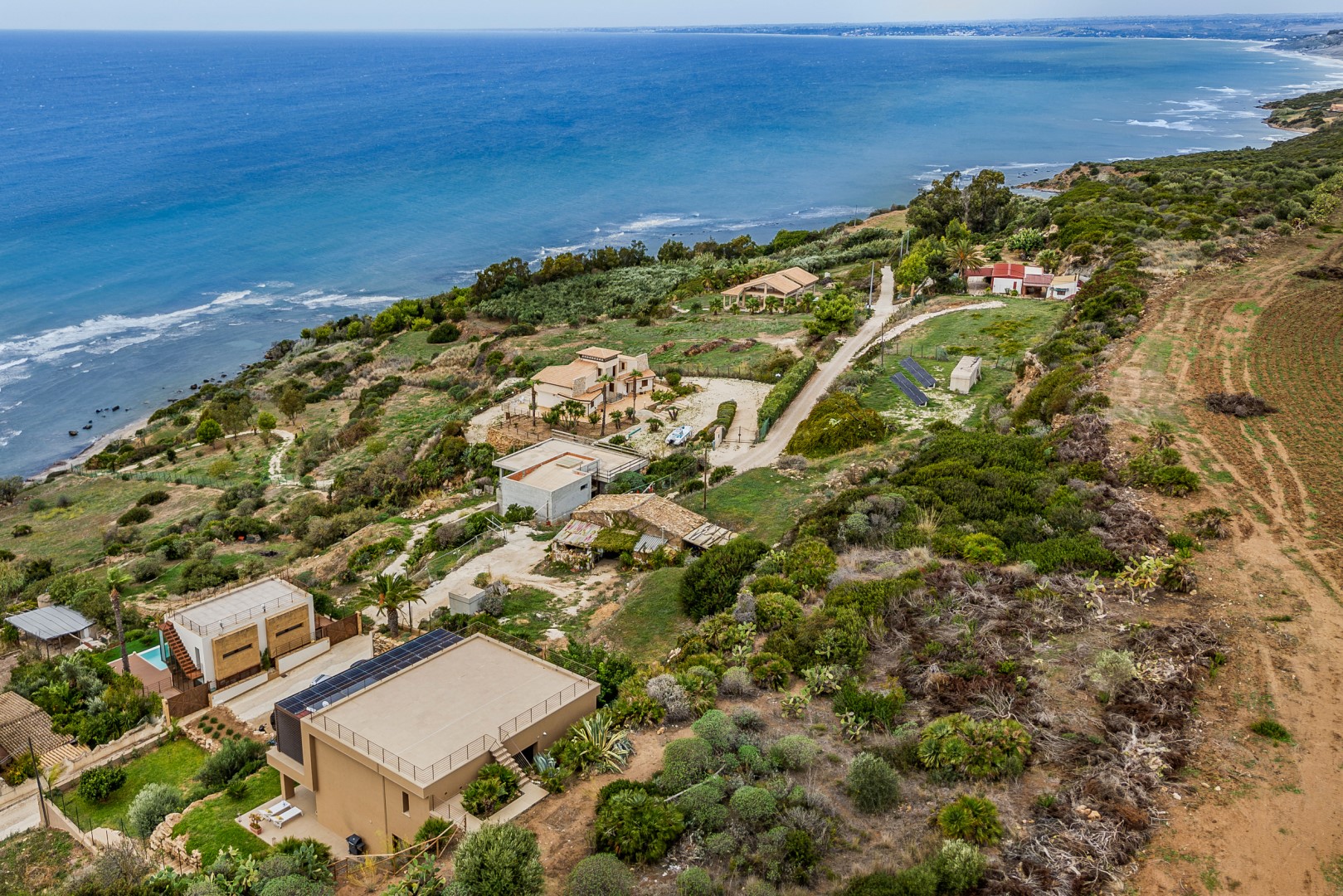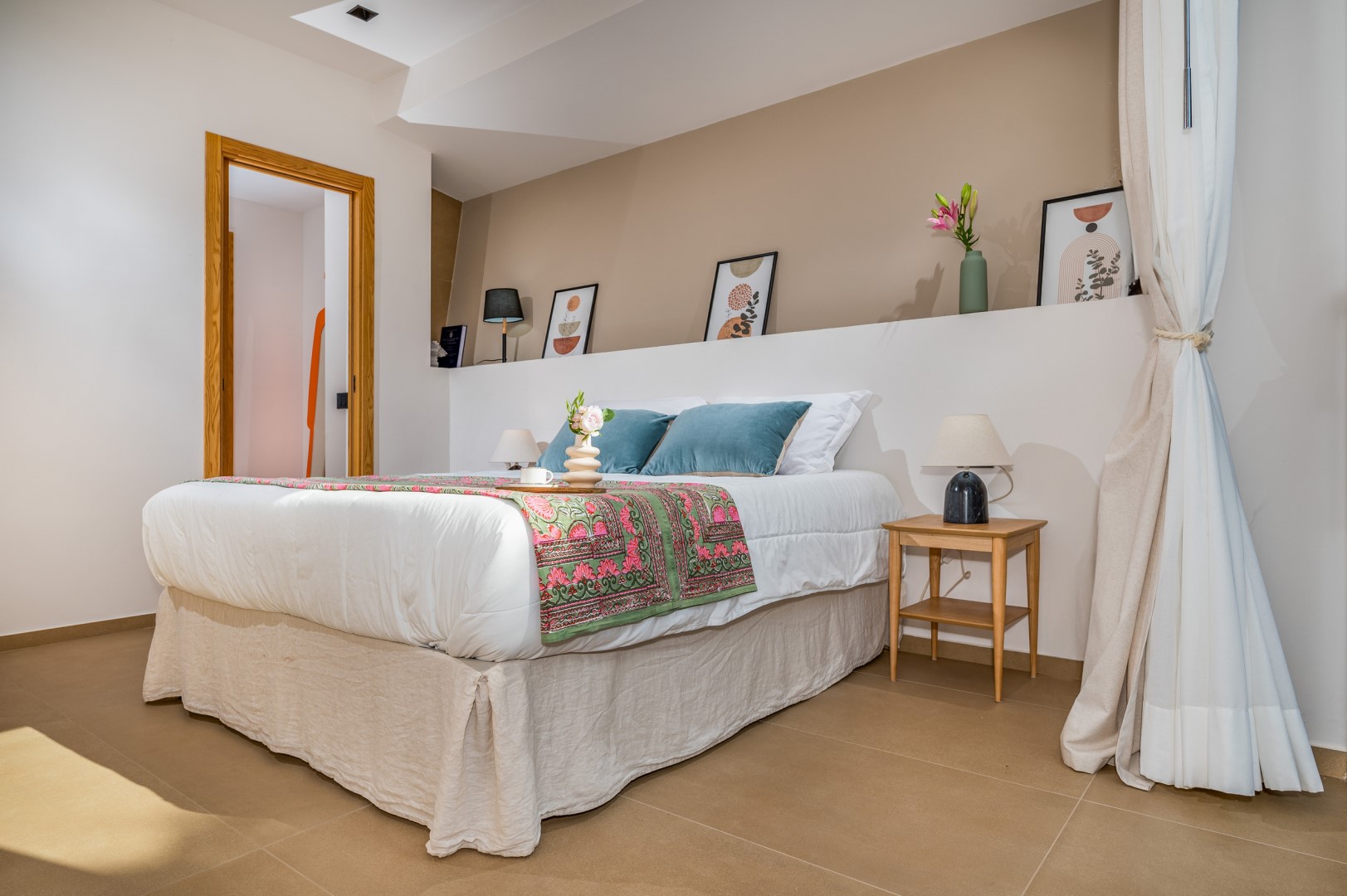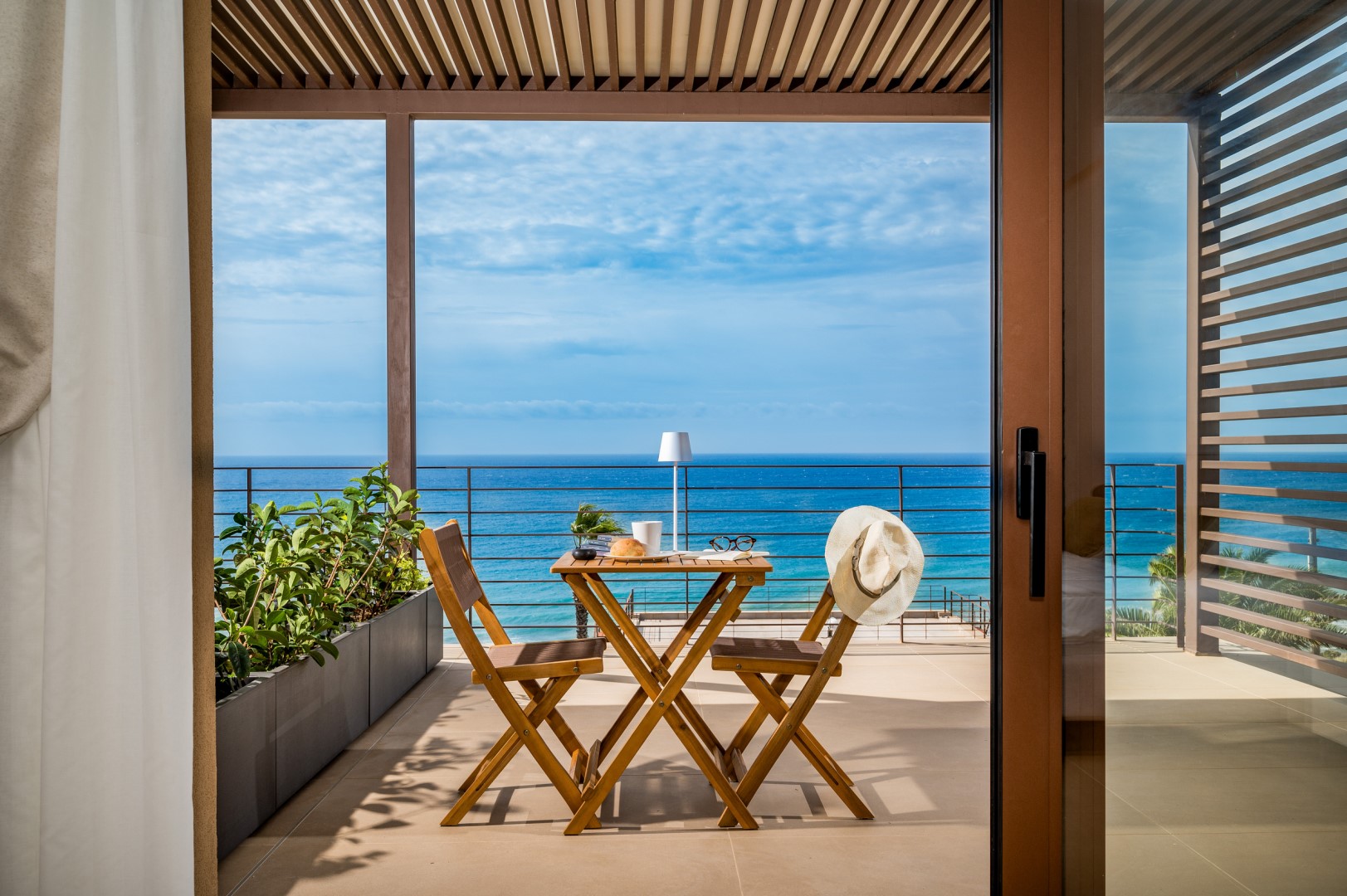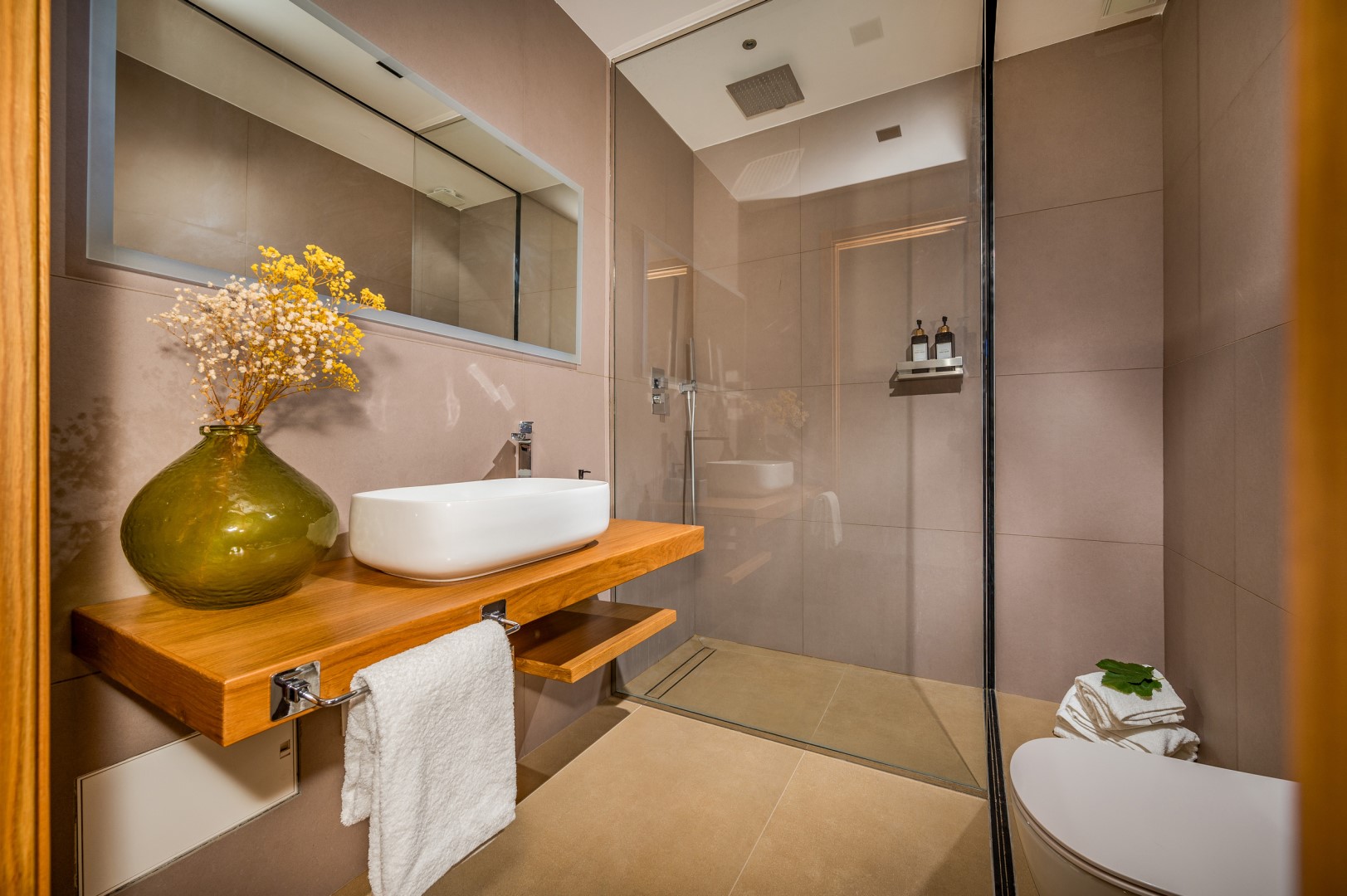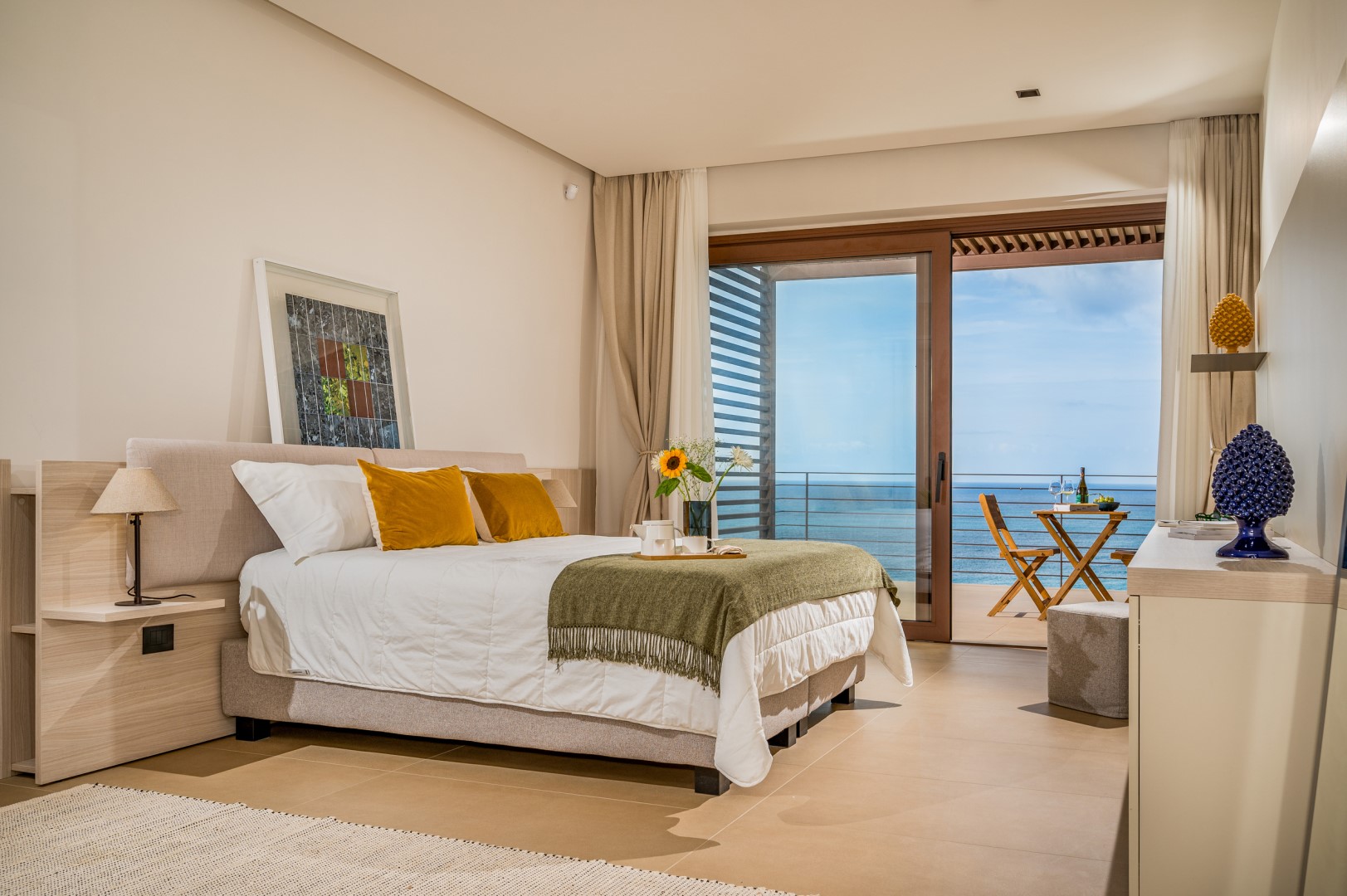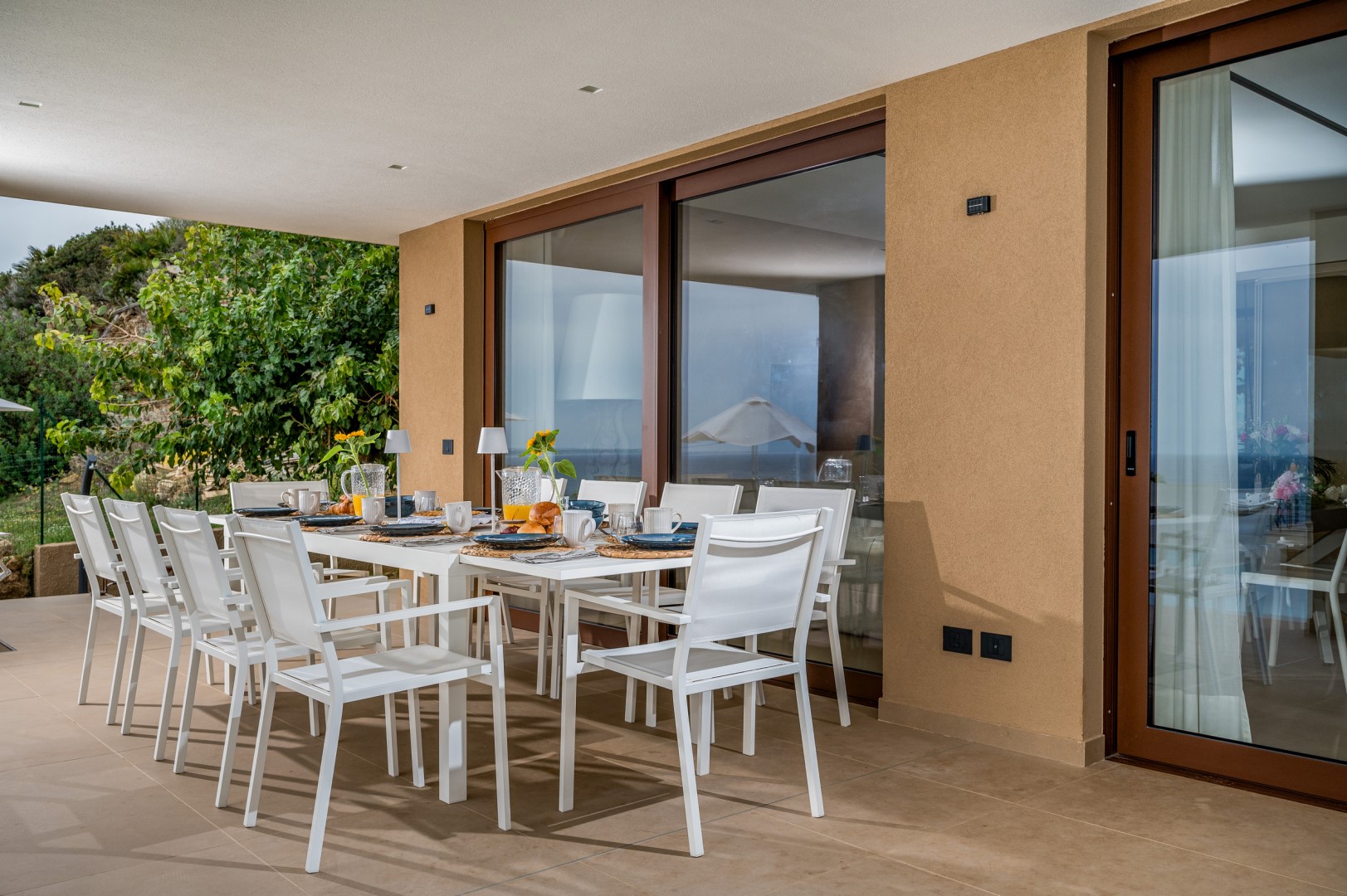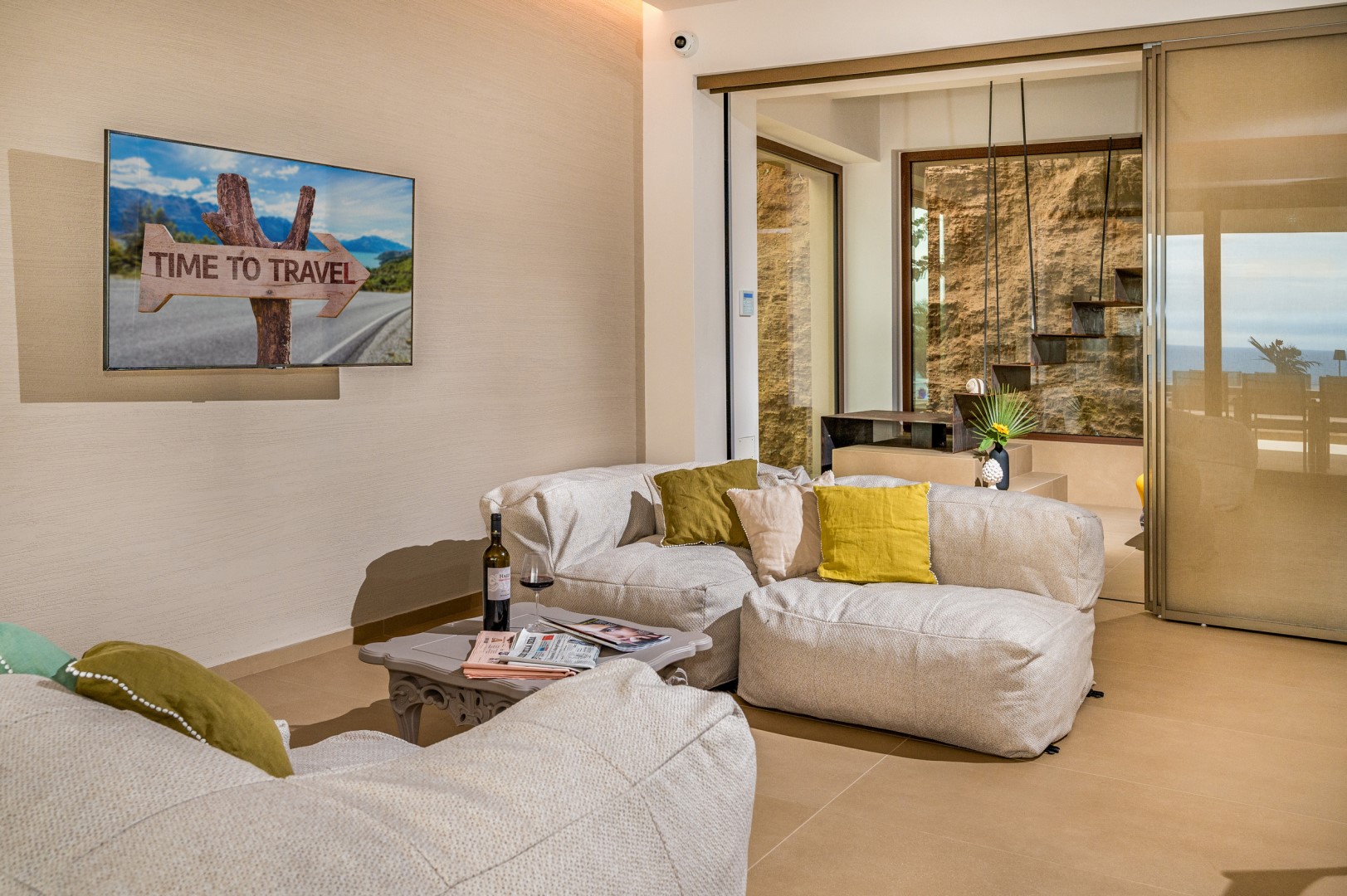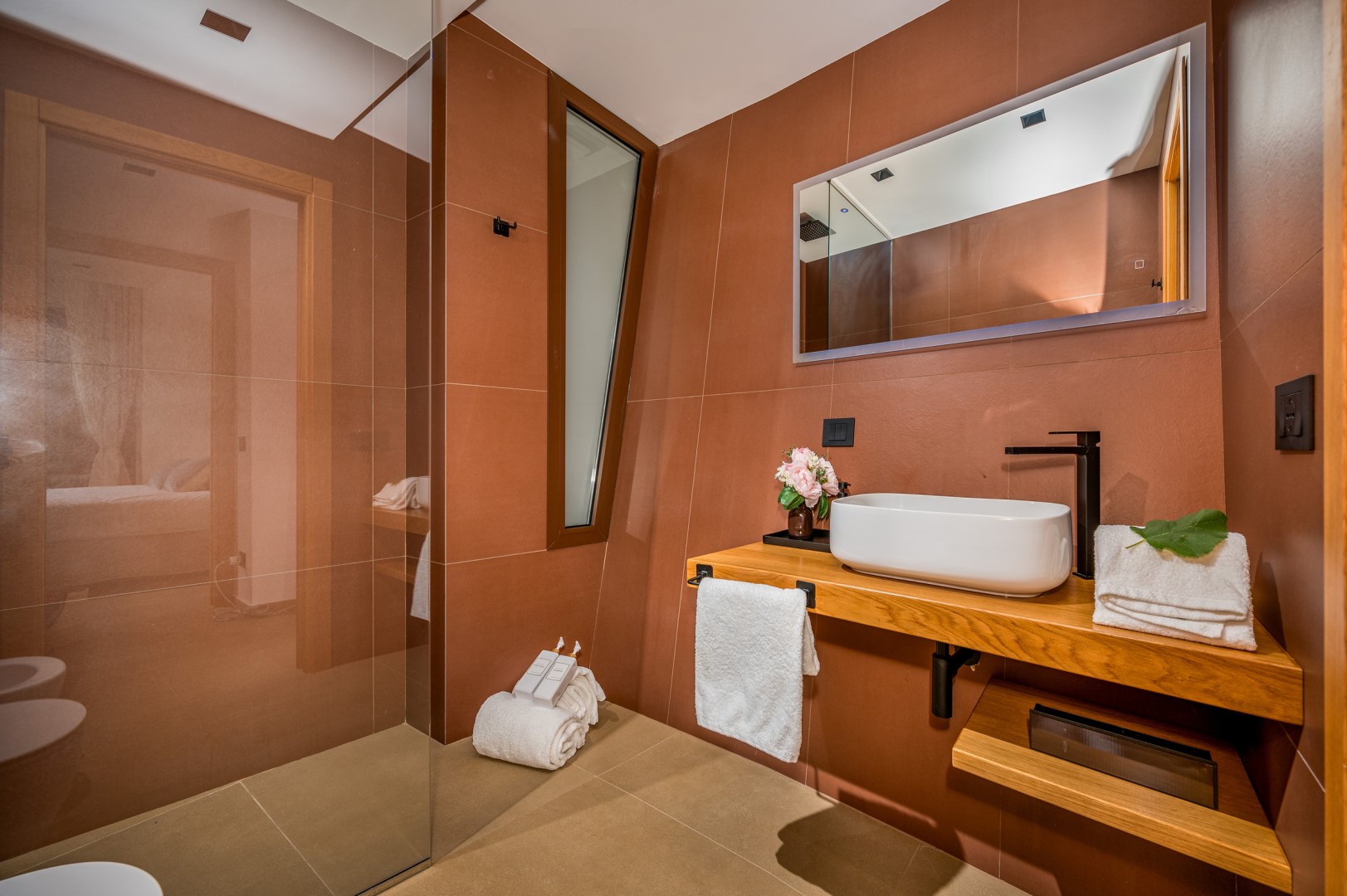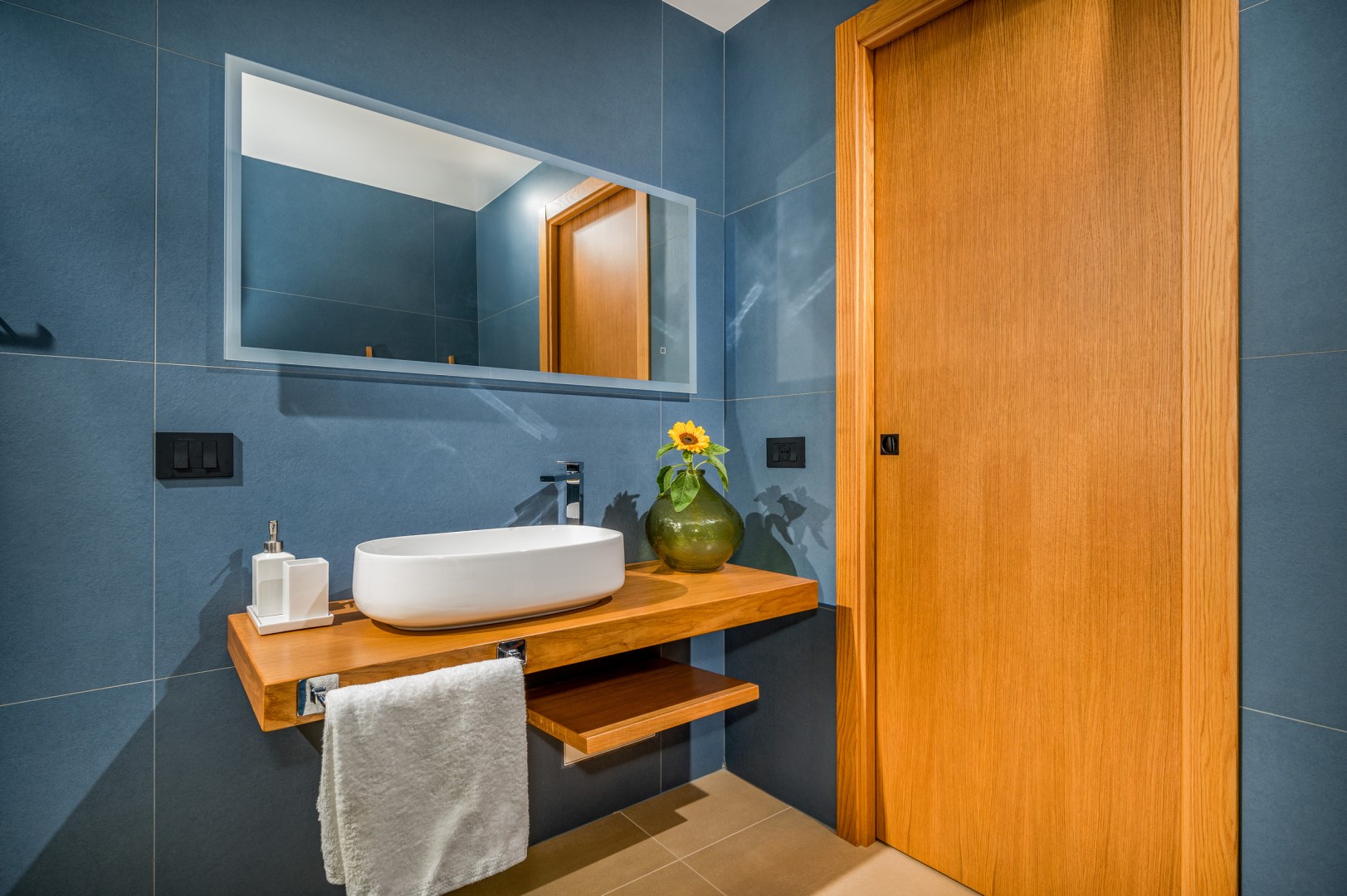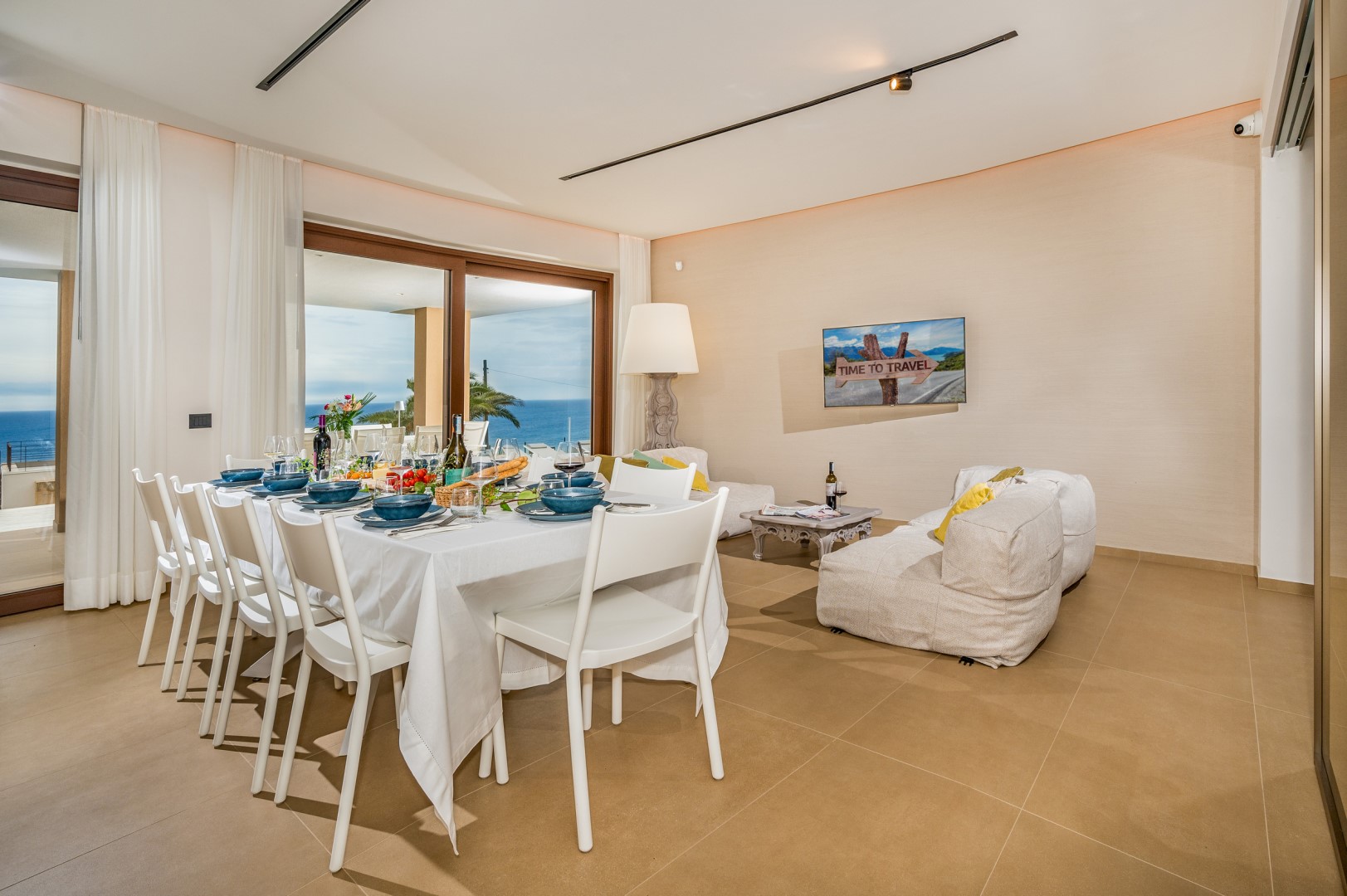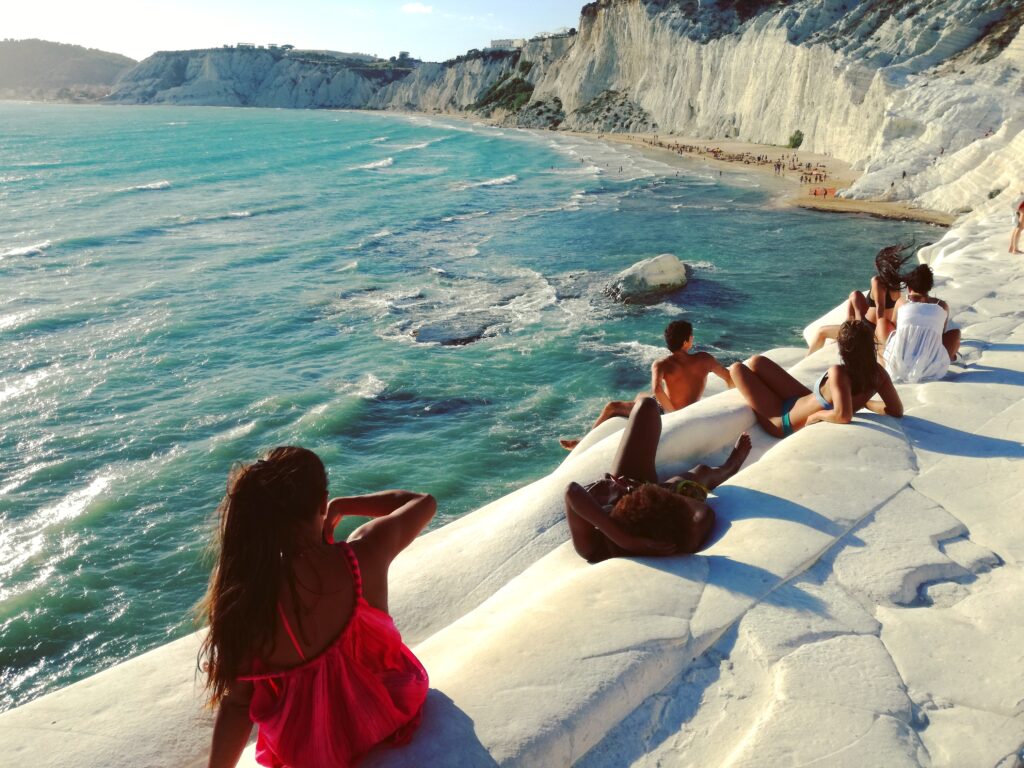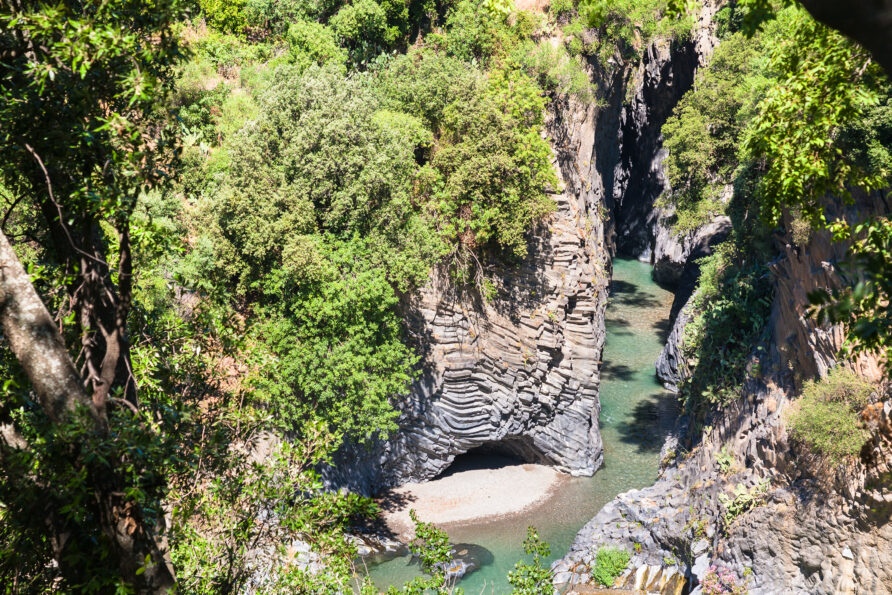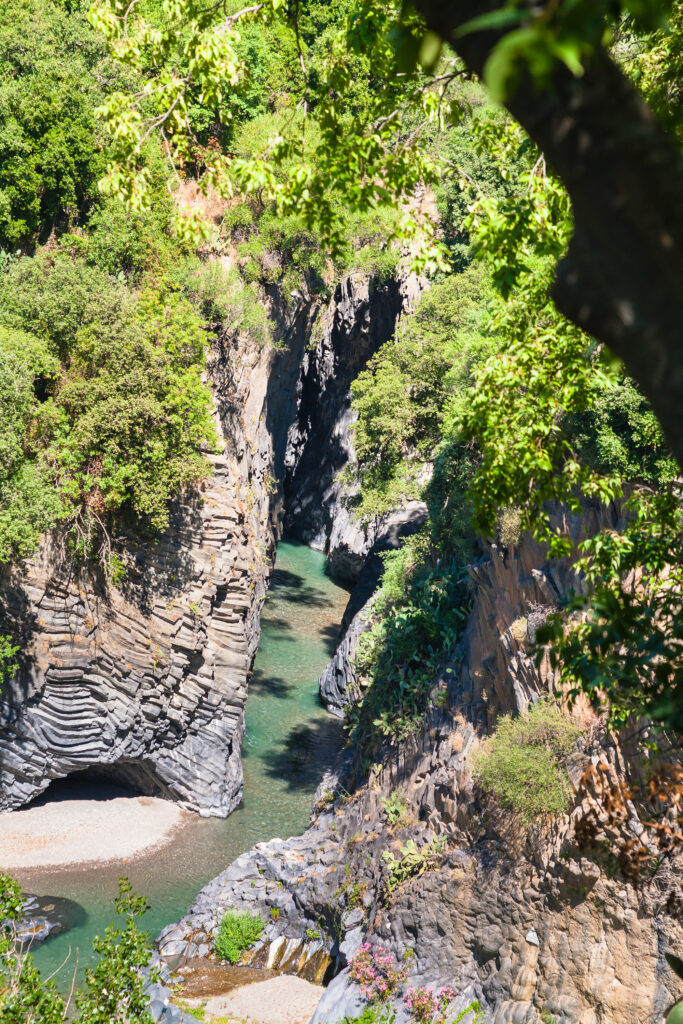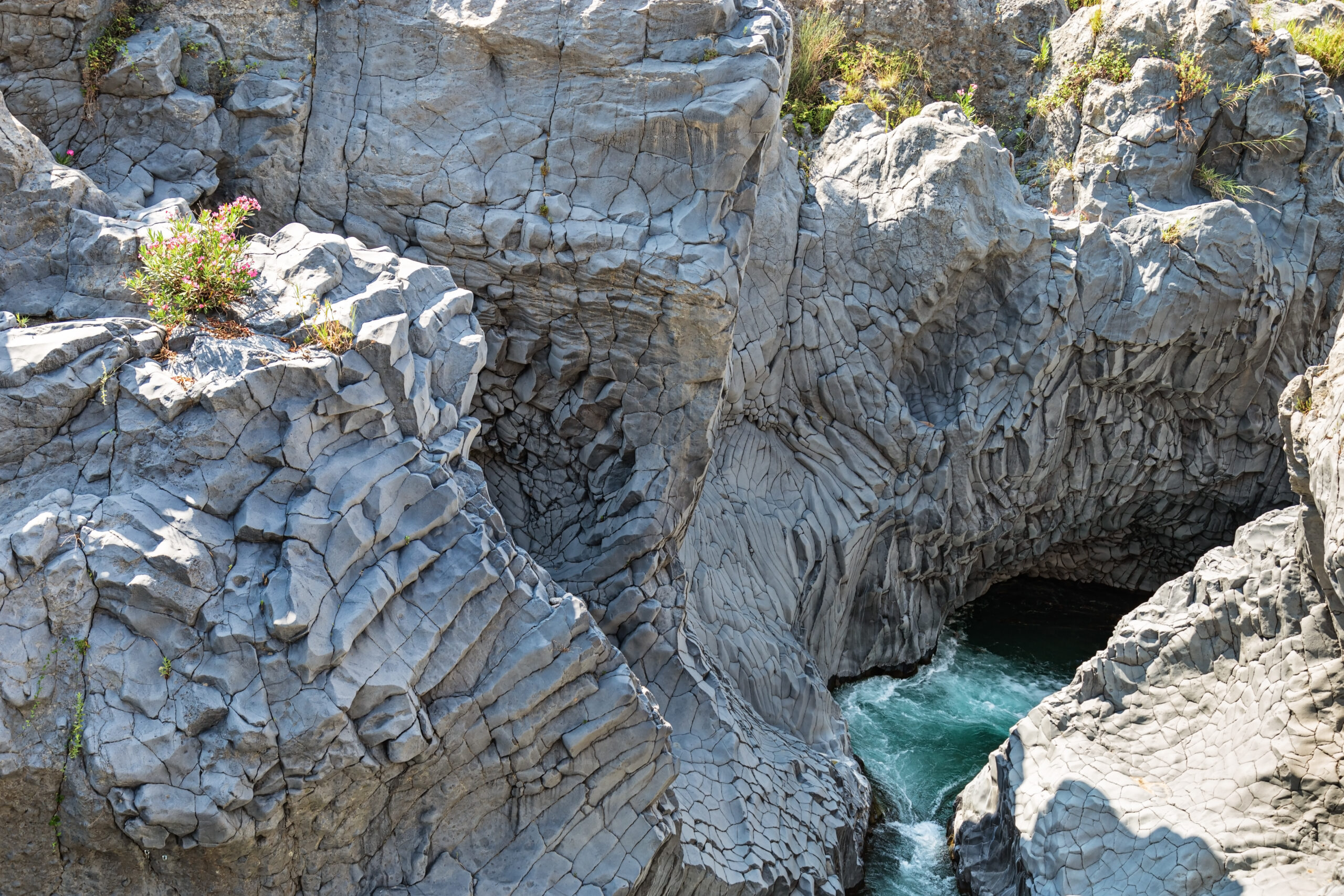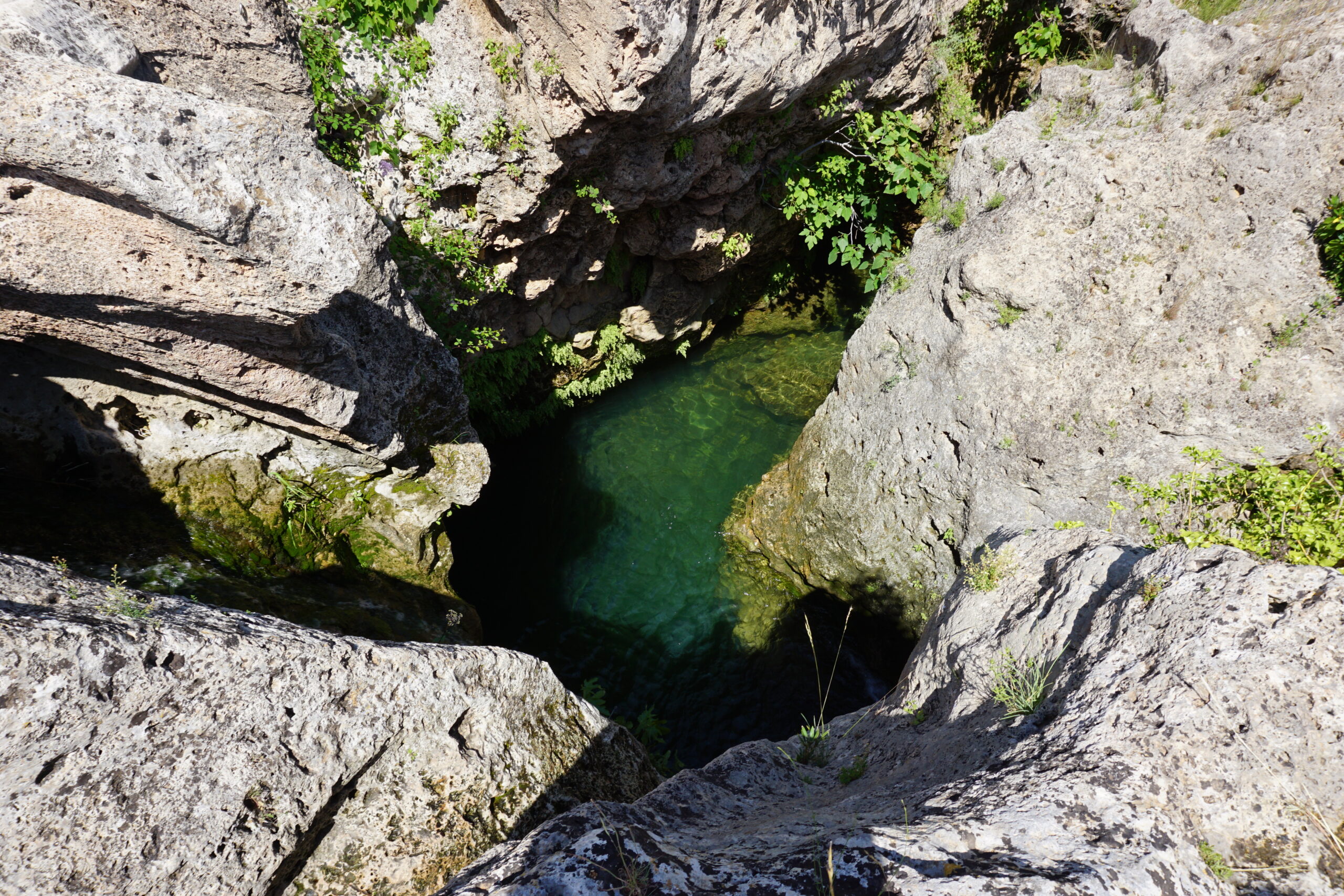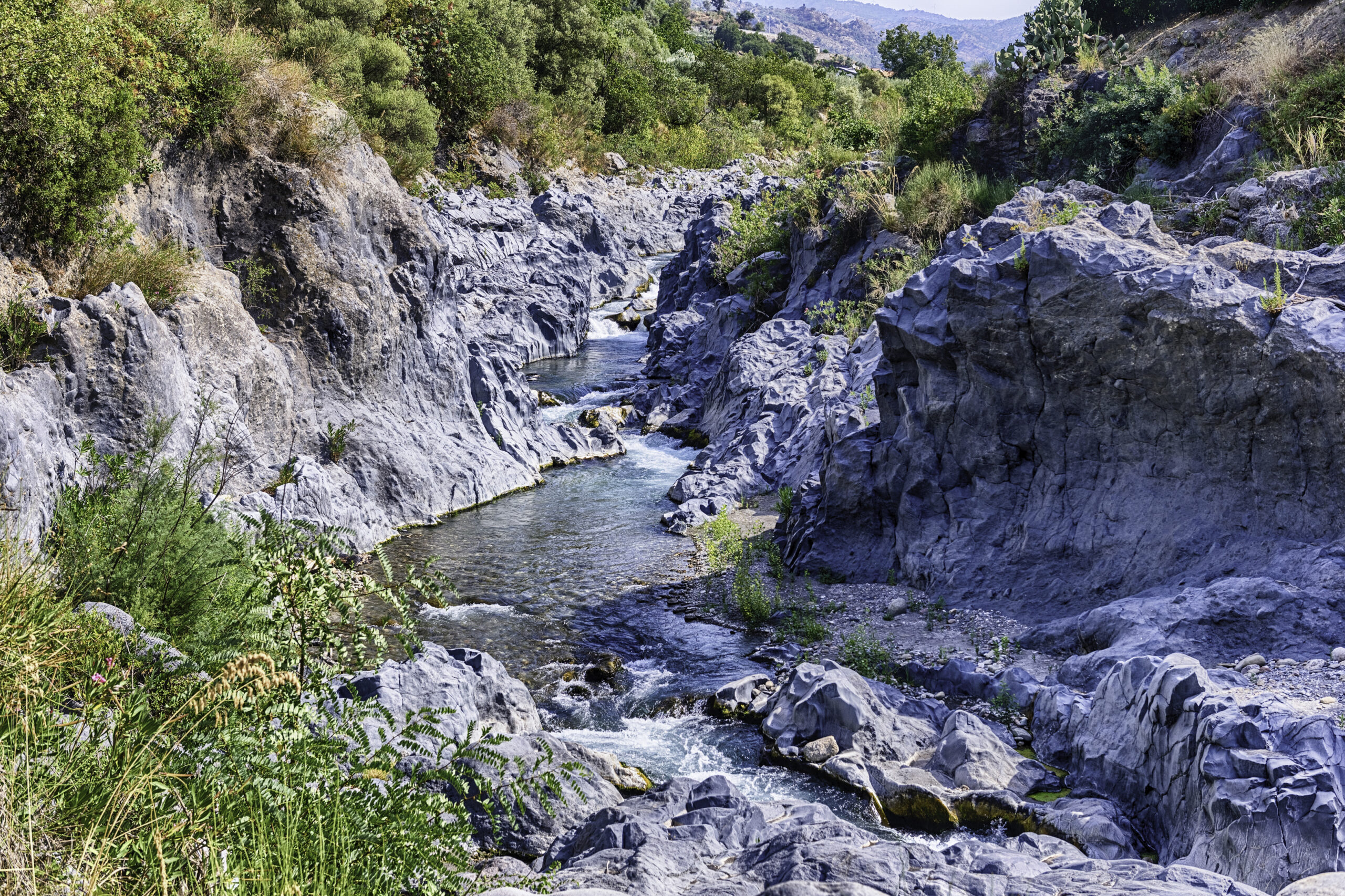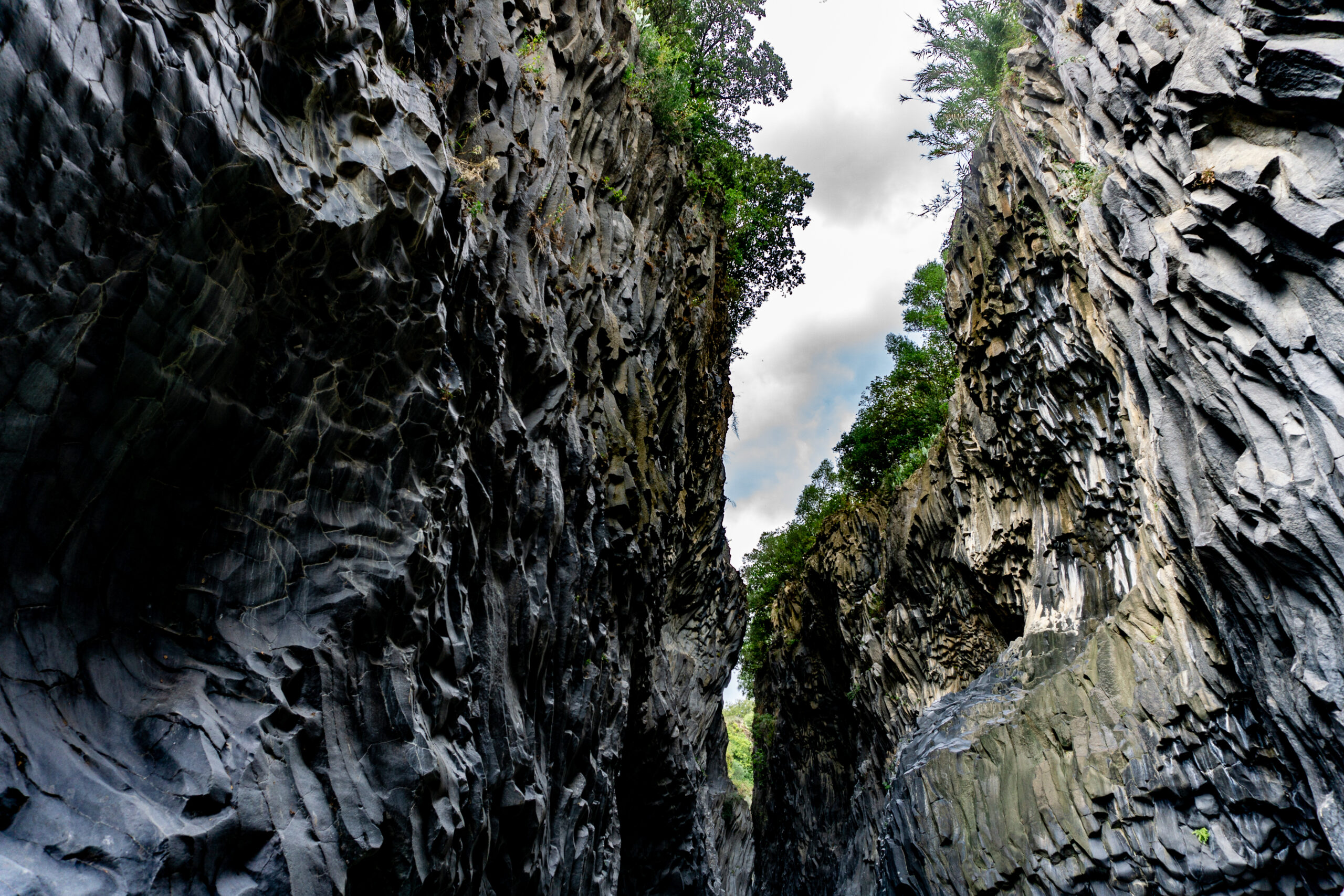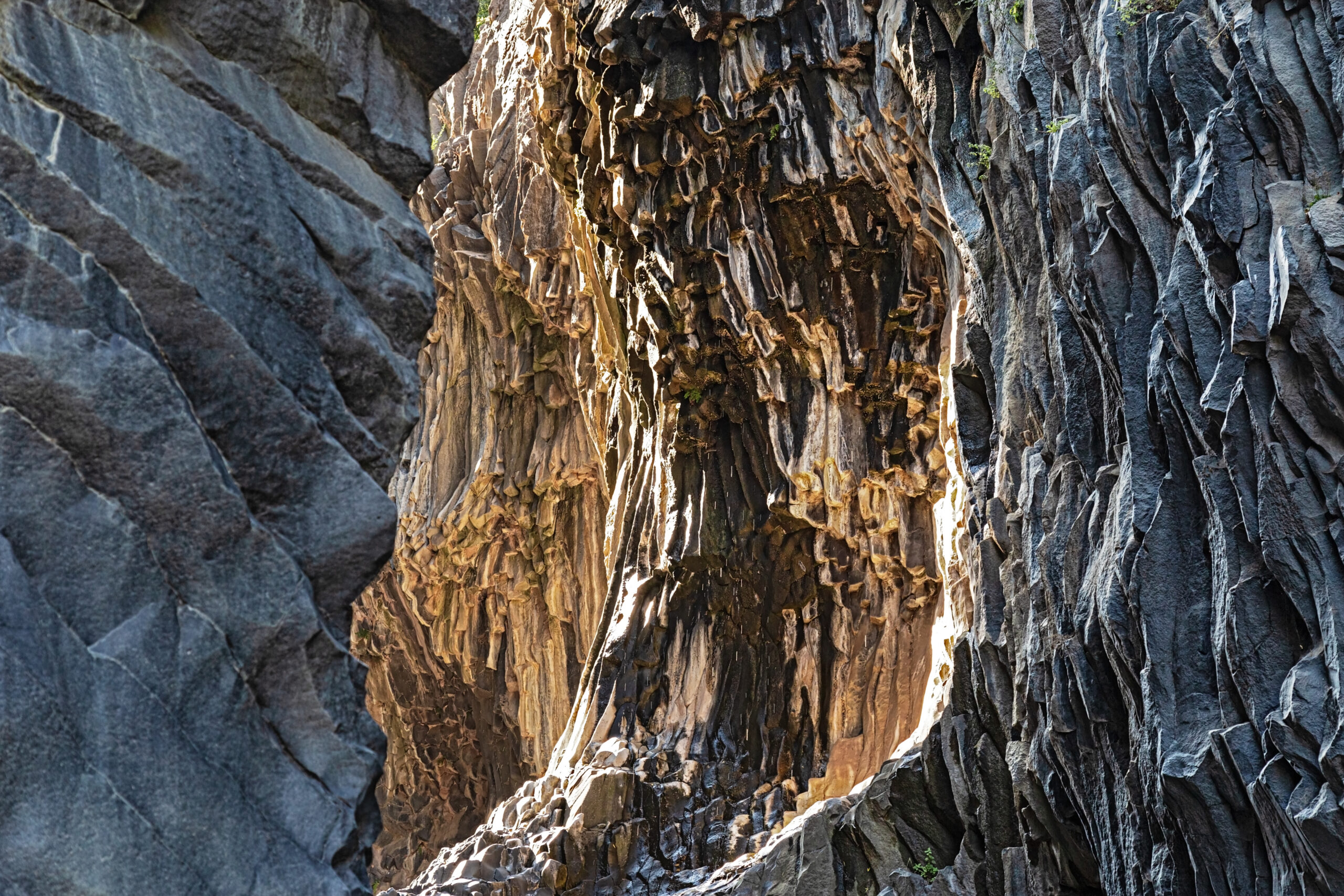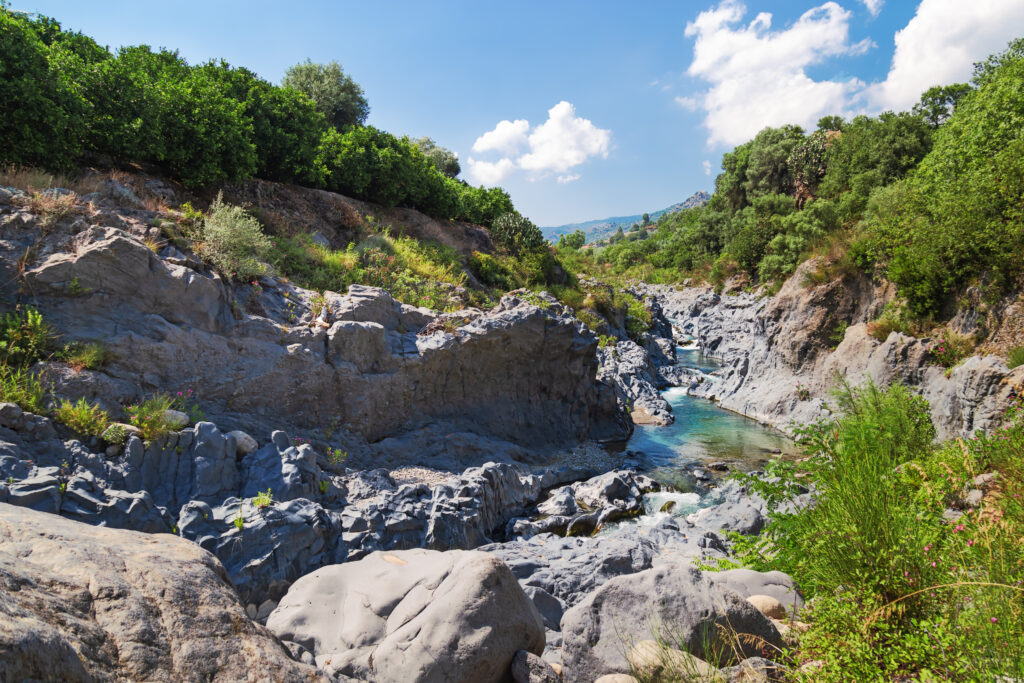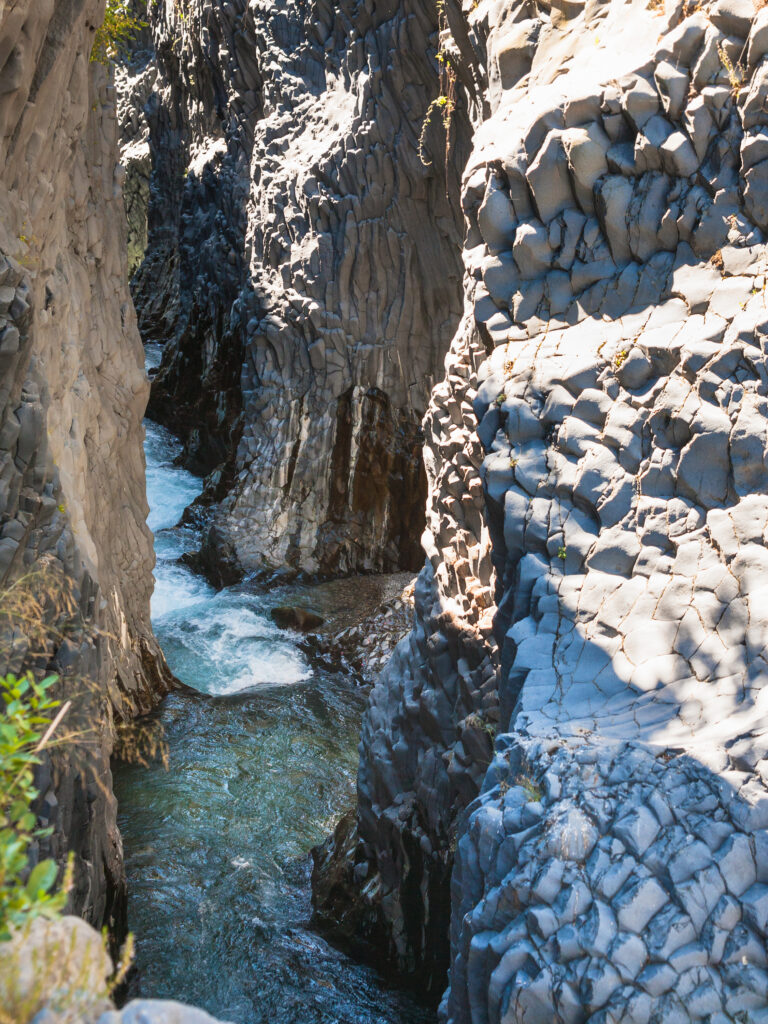Selinunte is one of the most important archaeological sites in Europe, a sprawling archaeological park of around 270 hectares on Sicily’s southern coast near Marinella di Selinunte. Founded in the 7th century BC, it was once a thriving ancient city with monumental Greek temples, sanctuaries, and an acropolis overlooking the sea. Though destroyed by Carthage in 409 BC, Selinunte still offers impressive ruins, including Temple E, Temple F, and the remains of the acropolis. Today it is among the largest archaeological parks in Italy, a must-see for anyone interested in Sicilian history and culture.
What is Selinunte and where is it located?
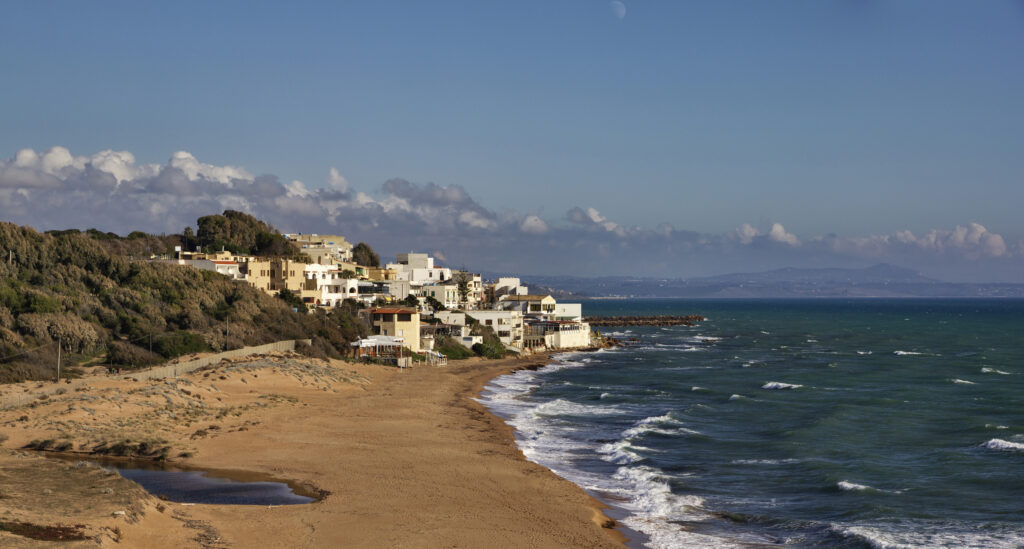
Selinunte was an ancient Greek city on the southwest coast of Sicily, between the rivers Selinos and Cottone. Its ruins now form a vast archaeological park near Marinella di Selinunte, making it the largest archaeological park in Europe.
The park is divided into different areas: the Acropolis, the Eastern Temples, the Western Sanctuary, and nearby necropoleis. Together they give a full picture of the scale and complexity of the ancient city.
When is the best time to visit Selinunte?
The most comfortable months are April to June and September to October, when temperatures are pleasant and the site is less crowded. July and August can be very hot, so early morning or late afternoon visits are best. Winter offers quieter visits, though with shorter opening hours and fewer facilities available.
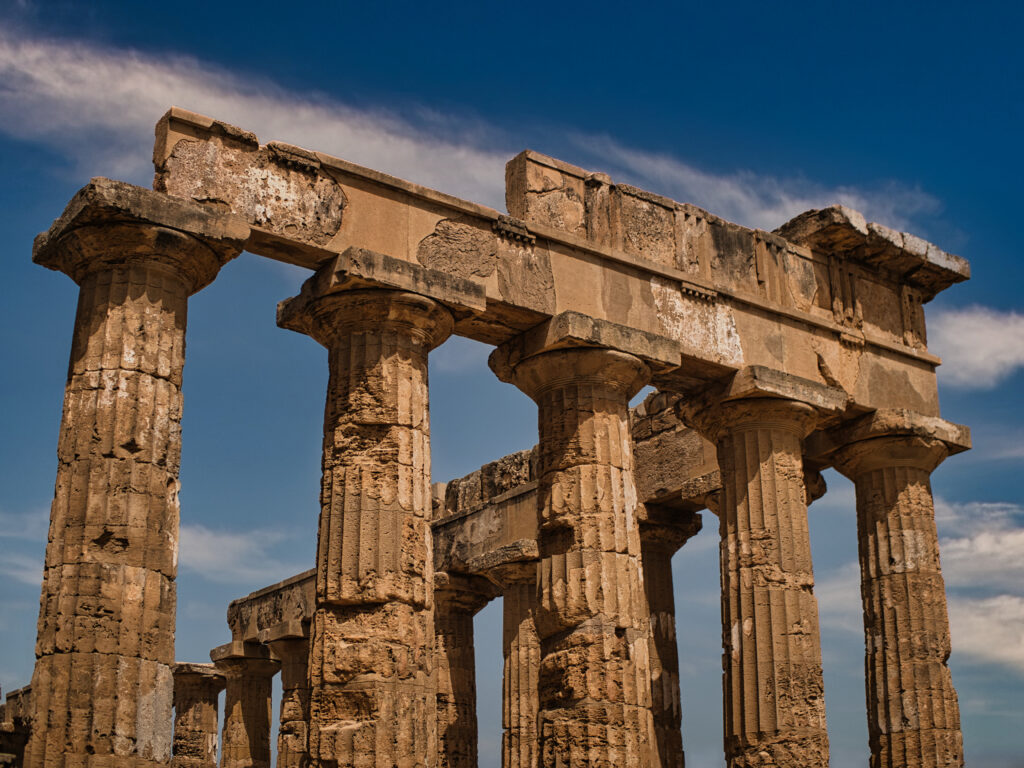
Sunset at the acropolis offers one of the most memorable views, as the columns glow golden against the sea. Winter visits are quieter and still rewarding, though shorter daylight hours mean less time in the park.
What are the opening times for Selinunte in 2025?
Selinunte is open year-round. According to CoopCulture, hours are 8:30 am to 5:30 pm from October to March, and 8:30 am to 7:30 pm from April to September. Ticket offices close one hour before the site. In summer, occasional evening openings are scheduled, but these are announced separately. The on-site museum, which houses metopes and other finds, follows similar hours.
Ticket prices are typically around €6-8 for adults, with reduced rates for EU citizens under 26, and free entry for children. Guided tours are available, and in high season you may find special cultural events or night visits among the temples.
How accessible is Selinunte, including parking and facilities?
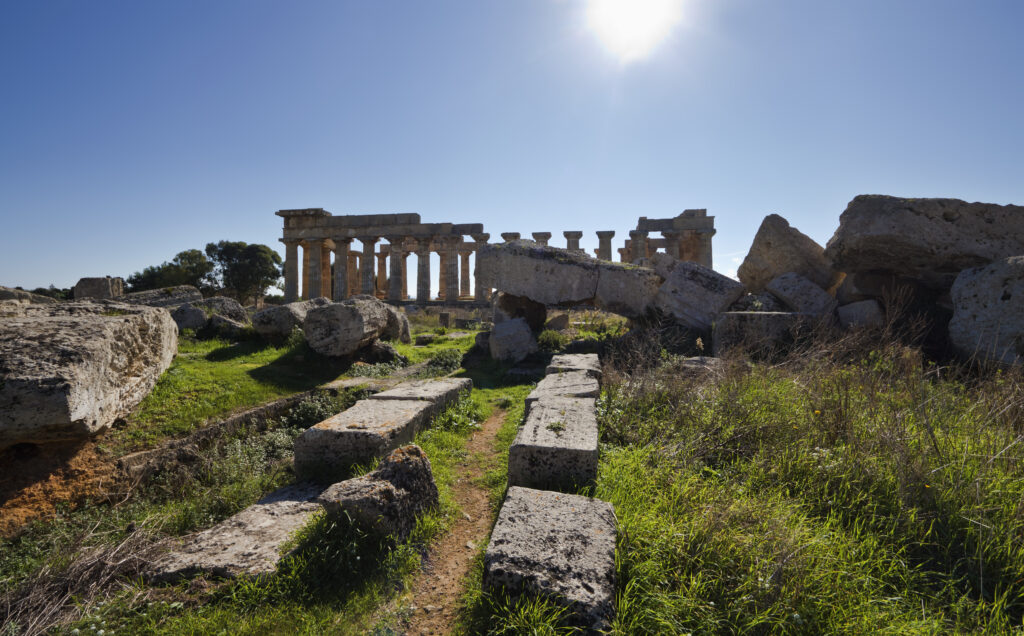
The park covers 270 hectares, so distances between zones can be long. Shuttles connect the main areas, but you’ll still need to walk. The Acropolis involves some uphill paths, while the Eastern Temples are easier to access.
Parking is available near the entrances, especially by Marinella di Selinunte, and facilities include restrooms, a café, and picnic areas. Wear comfortable shoes, and be prepared for uneven ground.
What is the history of Selinunte?
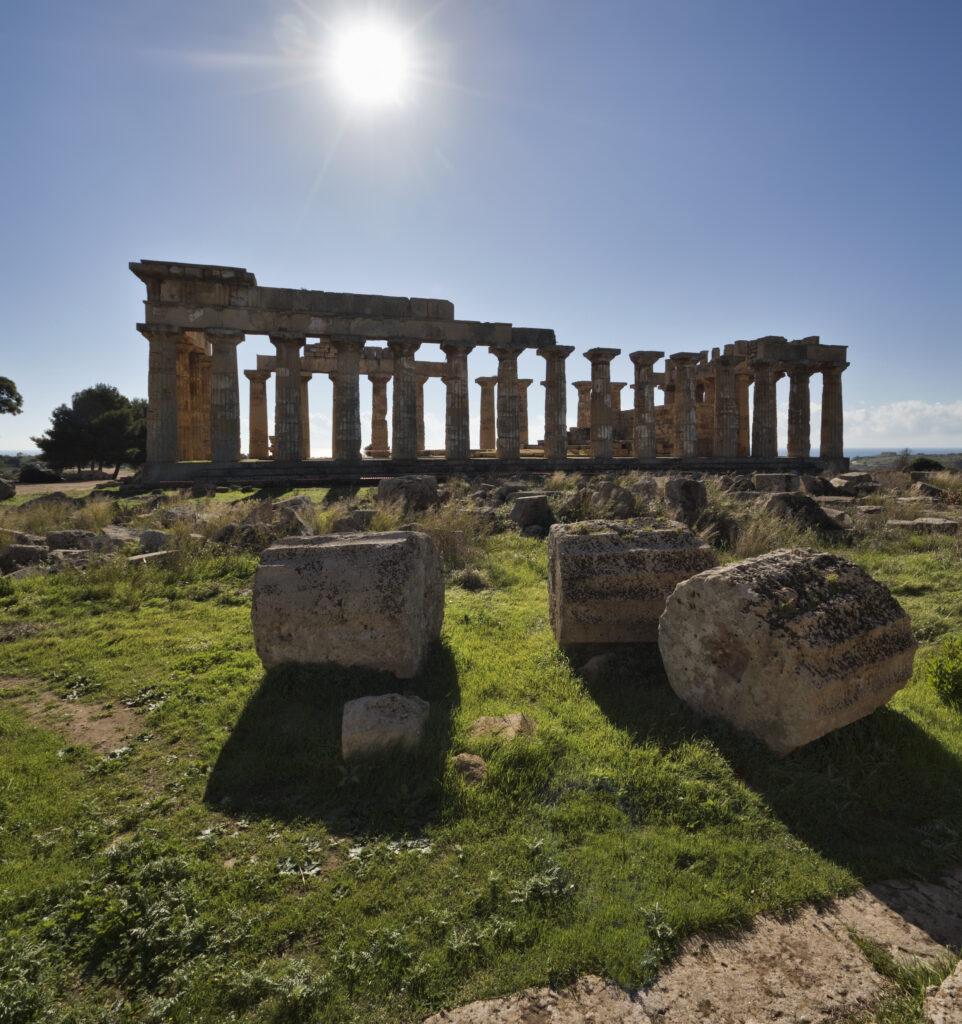
Selinunte was founded in the 7th century BC by Greek settlers from Megara Hyblaea. It quickly grew into one of the wealthiest and most powerful Sicilian Greek cities, famous for its monumental temples.
Its prosperity ended in 409 BC, when it was attacked and largely destroyed by Carthage. Thousands were killed, and the survivors enslaved. Although parts of the city were rebuilt, it never fully recovered and was eventually abandoned.
Today, visitors walk through the remains of that ancient city, temples, sanctuaries, and defensive walls, still impressive despite centuries of decline.
Why is Selinunte worth visiting?
Temple E was restored in the 20th century and is generally thought to have been dedicated to Hera, though some scholars debate its attribution. Temple F is smaller and more ruined, and its dedication is uncertain, Temple G was never completed but remains one of the largest Greek temples of the ancient world.
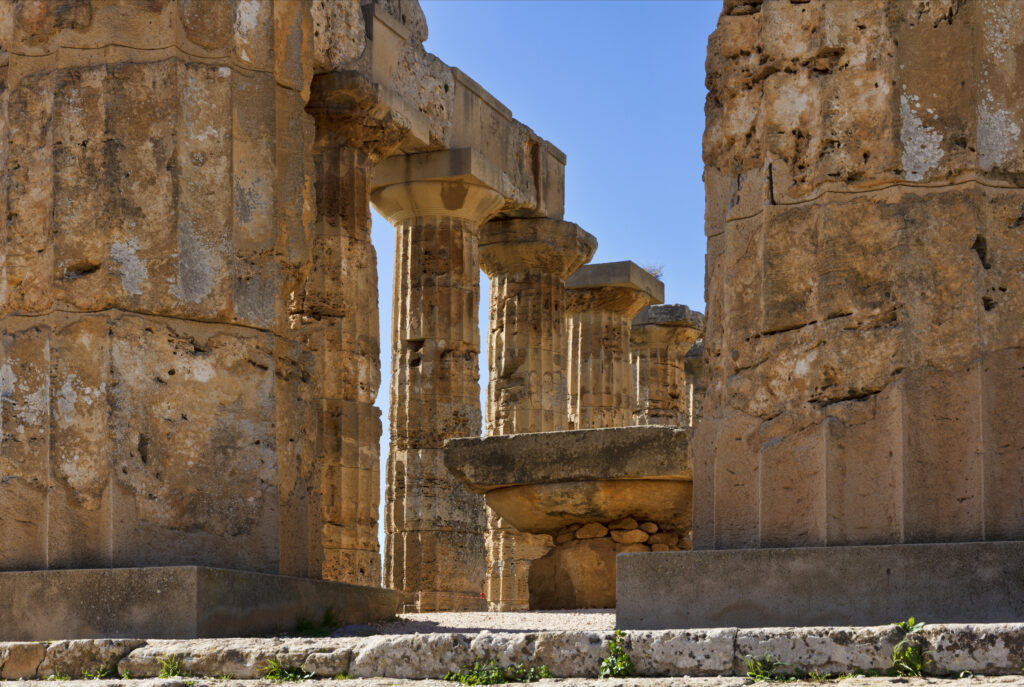
The Acropolis, perched on a hill, holds the remains of several temples and sanctuaries, and is known for sweeping views of the sea as well as stunning examples of Doric architecture . Exploring these different zones gives you a real sense of the city’s layout and importance.
Can you visit Selinunte with kids?
Yes, but plan ahead. The park is very large, and walking between areas can be tiring in the summer heat. Bring water, snacks, hats, and sunscreen.
Children often enjoy the dramatic ruins, especially the giant fallen columns and the open spaces. The museum, especially the Civic Museum of Castelvetrano, houses some of the famous metopes (carved temple panels). Many others are preserved in Palermo’s Archaeological Museum.
How do you get to Selinunte from major Sicilian cities?
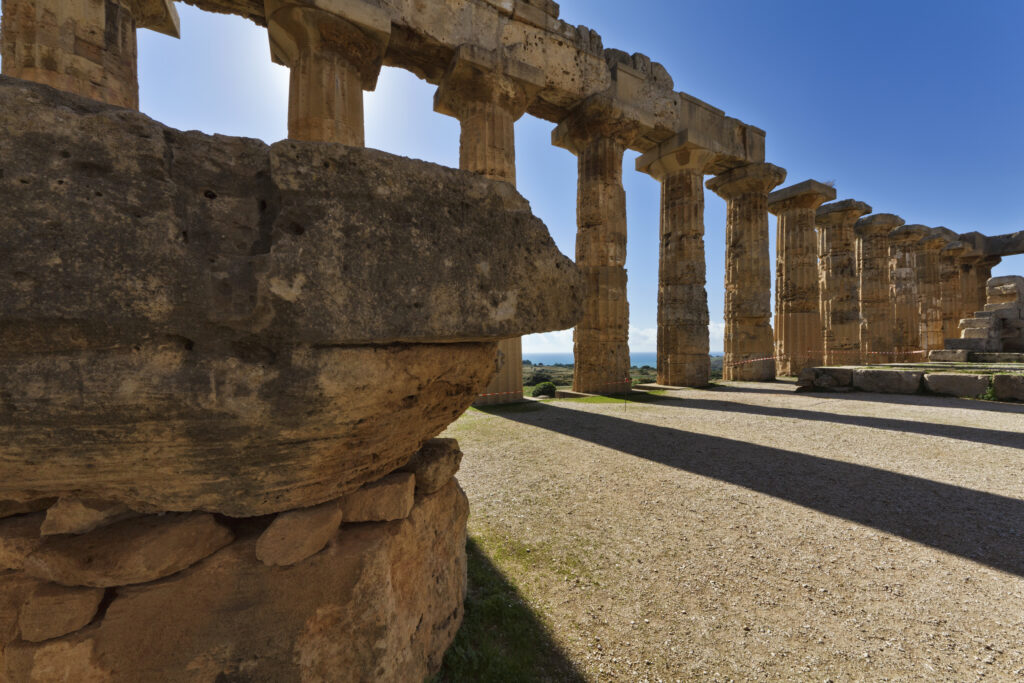
From Palermo
About 1.5 hours by car, driving southwest toward Castelvetrano.
From Agrigento
Around 1 hour 20 minutes by car along the coast road.
From Trapani
Roughly 1 hour 15 minutes by car.
From Marsala
Just under 1 hour by car, heading southeast.
From Catania
About 3 hours by car via Palermo or inland routes.
Public transport is limited. The best option is to drive, though in high season some organized tours include Selinunte and the nearby Cave di Cusa quarries.
What activities can you do in and around Selinunte?
Explore the Acropolis (part of the archaeological park)
The fortified hill area of the ancient city, overlooking the sea. Here you’ll find temple ruins, sanctuaries, and traces of city walls.
See the Eastern Temples
The most striking zone, with Temple E, Temple F, and Temple G. Temple E is partly reconstructed, giving you a vivid sense of ancient grandeur.
Visit the Cave di Cusa
These stone quarries, about 13 km away, supplied the building blocks for Selinunte’s temples. The sight of unfinished columns still lying in the fields is unforgettable.
Explore the Museum
The Civic Museum in Castelvetrano houses finds from the site, including famous metopes from the temples.
Can you see Temple E and Temple F at Selinunte?
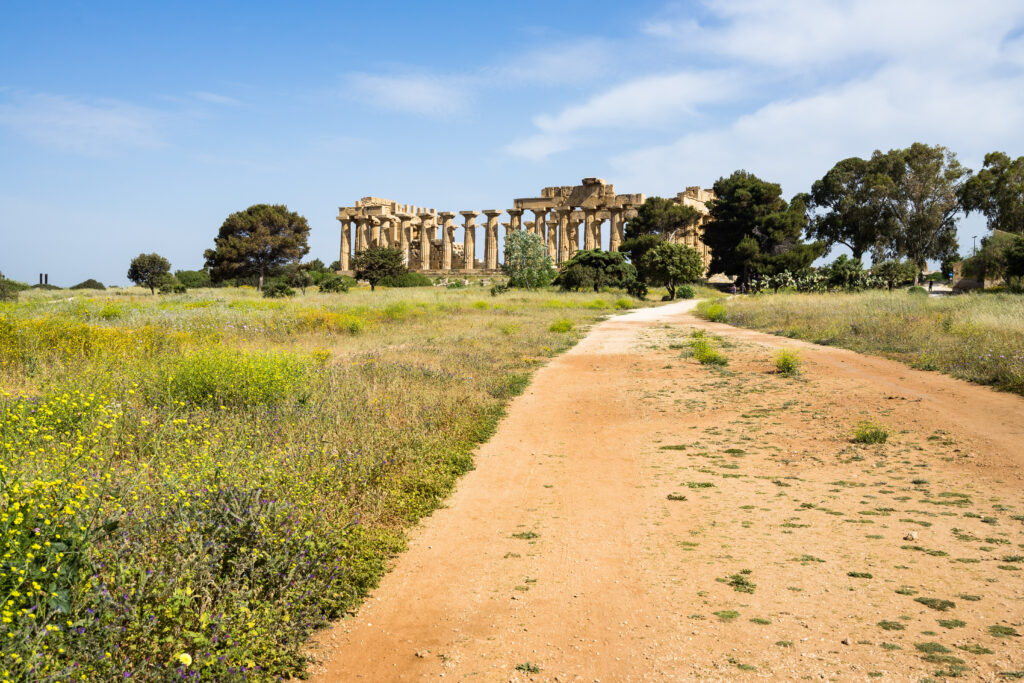
Yes, both are highlights of the Eastern Temples area. Temple E, likely dedicated to Hera, was restored in the 20th century and is one of the most impressive ancient monuments in Sicily. Temple F, smaller but fascinating, shows different proportions and construction methods.
When is the best time to visit Selinunte?
The most comfortable months are April to June and September to October, when temperatures are pleasant and the site is less crowded. July and August can be very hot, so early morning or late afternoon visits are best. Winter offers quieter visits, though with shorter opening hours and fewer facilities available.
Sunset at the acropolis offers one of the most memorable views, as the columns glow golden against the sea. Winter visits are quieter and still rewarding, though shorter daylight hours mean less time in the park.
Why book your holiday with Sicily4u?
Selinunte is unforgettable, but staying nearby makes it even more special. With Sicily4u, you can choose from handpicked luxury villas along the southern coast, giving you privacy, comfort, and easy access to the park.
Our villas come with private pools, terraces, and stylish interiors, perfect for relaxing after a day walking among ruins. We also provide local guidance, helping you plan not just your visit to Selinunte but your wider Sicilian adventure.
Featured Villas Near Selinunte: Villa Torre Canalotto and Villa Citrea
Villa Torre Canalotto
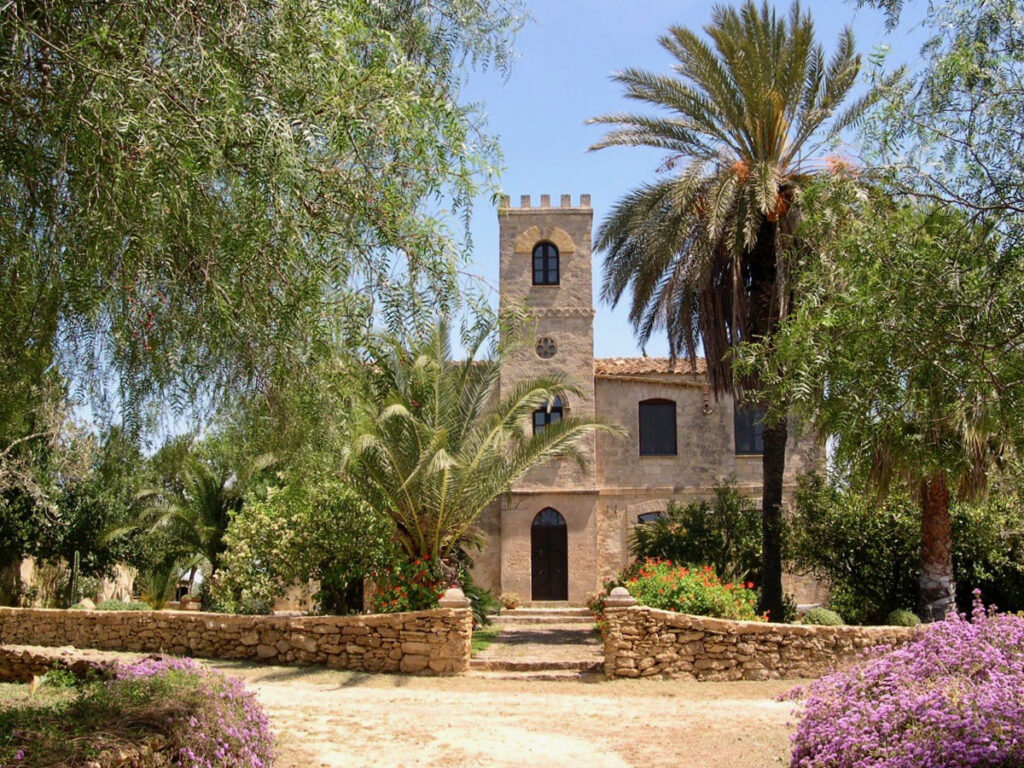
Villa Torre Canalotto offers a refined blend of privacy and elegance, set within easy reach of Selinunte. Its design emphasizes serenity, with terraces that offer sweeping views over the Sicilian countryside, stylish interiors that balance comfort and tradition, and outdoor spaces perfect for relaxing after touring the ancient temples. It’s an ideal base when you want to combine archaeological days at the park with evenings in quiet luxury.
Villa Citrea
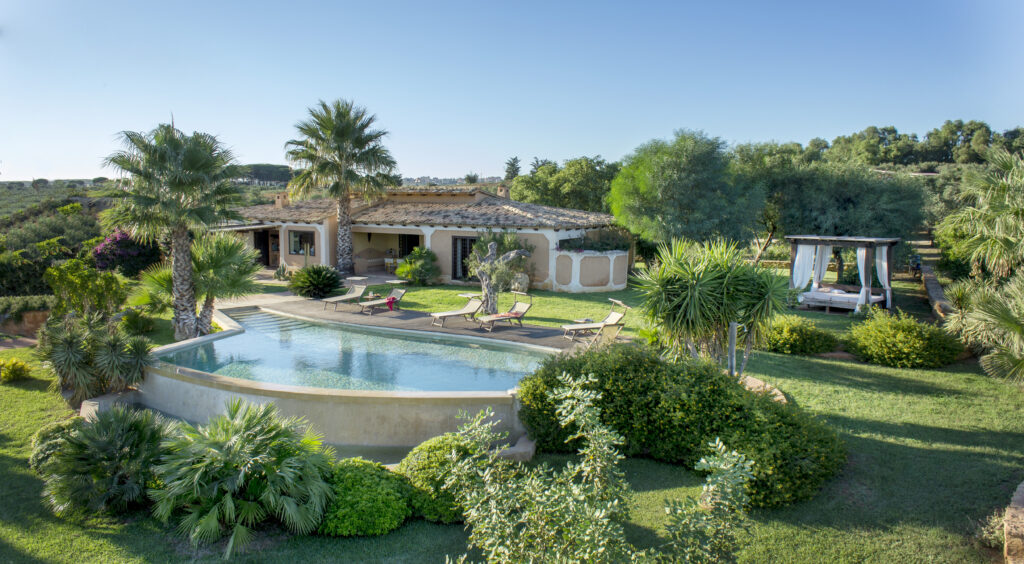
Villa Citrea is a luminous retreat just a short drive from the ancient ruins. Flooded with natural light, the villa’s decor celebrates Sicilian colors, with citrus-inspired tones that echo the landscape. Spacious open areas, private gardens, and elegant lounging zones make it perfect for travellers who value both comfort and beauty. Villa Citrea gives you the feeling of being home, with the grandeur of Selinunte just moments away.
Together, these villas reflect the Sicily4u promise of combining luxury, style, and proximity to some of the island’s greatest cultural treasures.
Why is Selinunte one of the most important archaeological sites in Sicily?
Because it captures the rise and fall of an entire ancient city in one vast park. The acropolis, the Eastern Temples, the sanctuaries, and the Cave di Cusa all show how powerful and ambitious Selinunte once was. Its destruction by Carthage in 409 BC and the ruins left behind make it a moving reminder of Sicily’s turbulent history.
Selinunte is not just another ruin, it is the largest archaeological park in Europe and one of the most impressive in the world. By visiting, you step back into the lives, beliefs, and ambitions of the ancient Greeks in Sicily.
Book your villa with Sicily4u, and make Selinunte part of an unforgettable Sicilian journey.


